Dakota Jones
The man of destiny immortalised in a photo, the first ultramarathon at only 18 and the incredible career between success and passion.
Colorado Ultrarunning
A journey into the heart of Colorado, through railroads, ghost towns, mines and prairies to discover how ultrarunning changed the West.
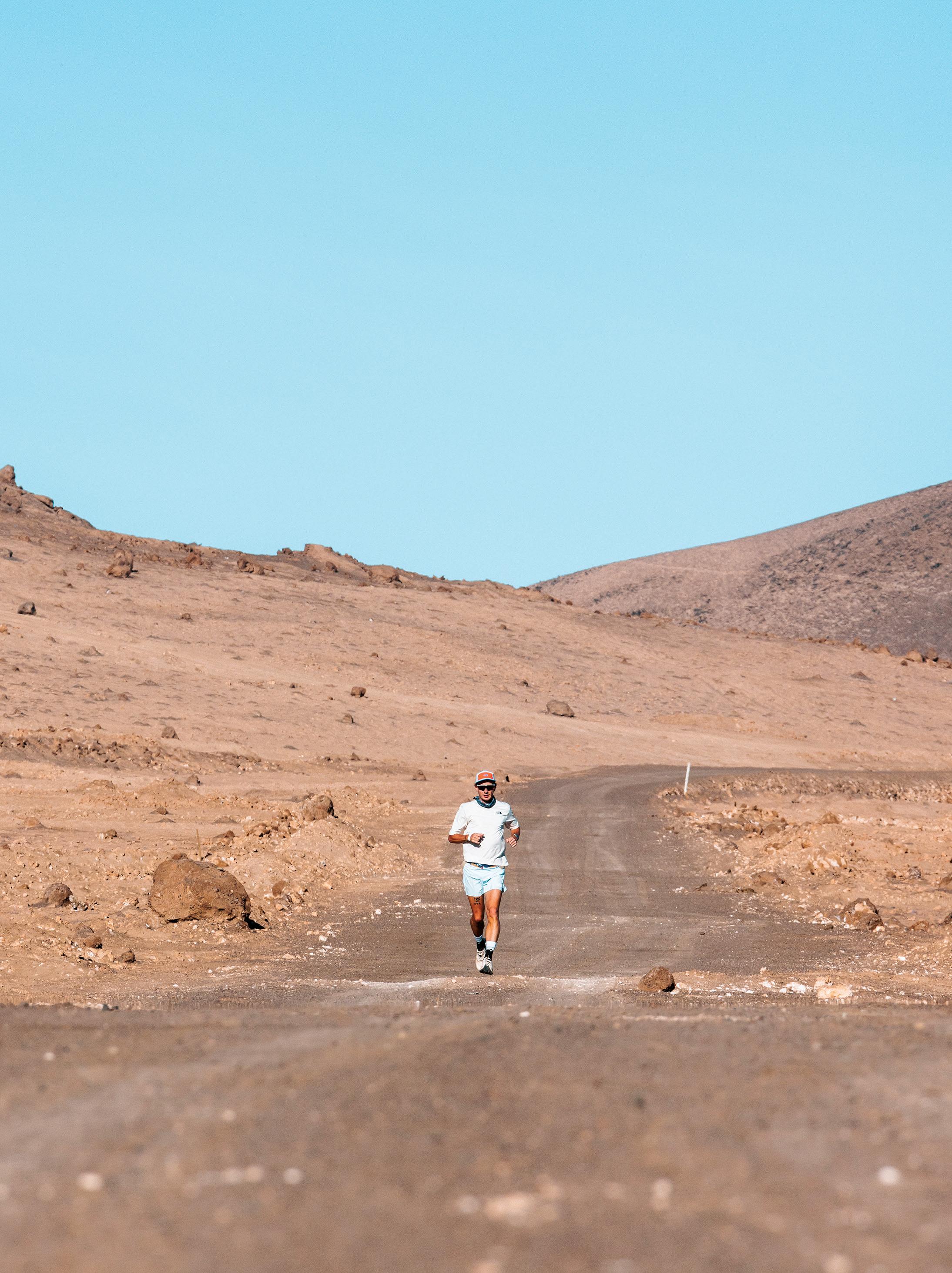
Queen Jasmin Paris
100 miles, 59 hours, 58 minutes & 21 seconds.
The legendary Barkley Marathons has finally crowned its queen.
ISSN 83167269 9HRSDLG*hcgaag+[E\A\K\K\B Aprile €7.00 2024 BIMESTRALE P.I. 18 APRILE 2024
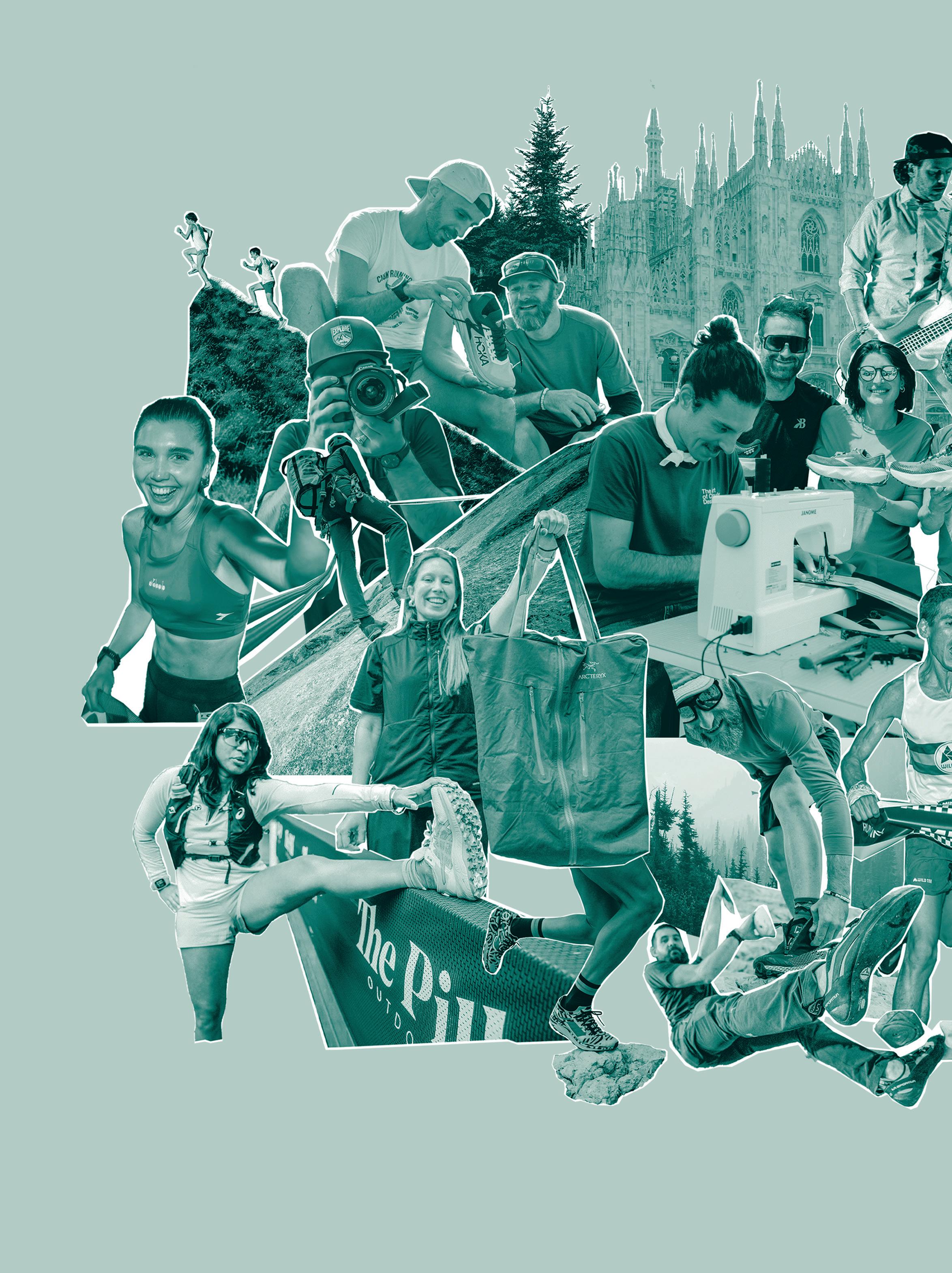
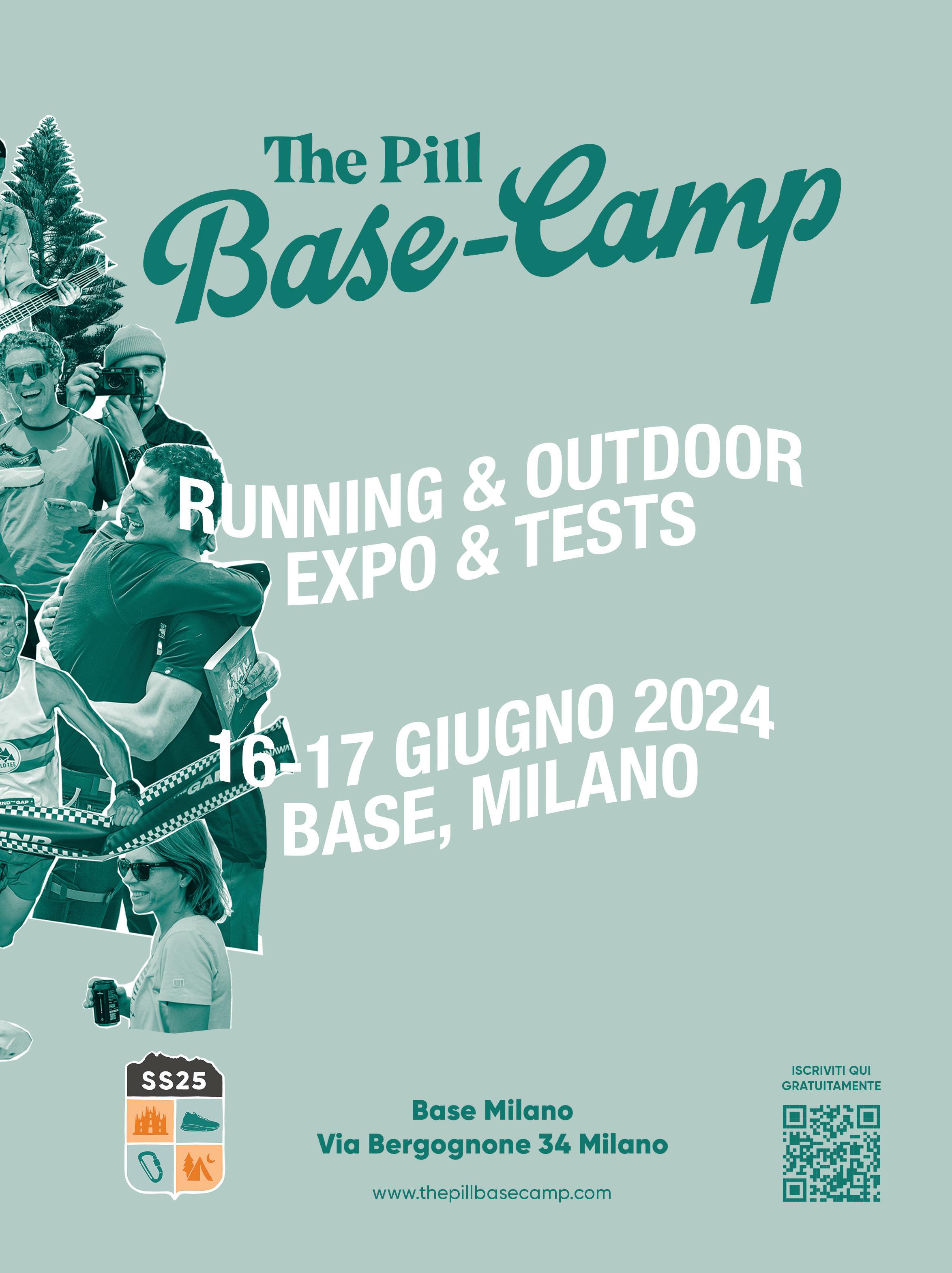 BY DAVIDE FIORASO PHOTO JORDAN MANOUKIAN
BY DAVIDE FIORASO PHOTO JORDAN MANOUKIAN

This editorial has reminded me of the joy of slow writing, of that special connection between hand and mind that lets you express any change in thought or feeling. It's been ages since I've felt this way. Here I am, curled up in an uncomfortable chair at Arrecife airport, while a screen boldly declares "Delayed" for the flight that's supposed to take me home. This is the ultimate waiting place, where time seems to stretch on forever. In places like these, we all act the same: stealing glances at the clock, desperately searching for new distractions to make the minutes pass quicker, often without even trying. Basically, we're all terrible at just waiting. Thinking about it, I've also preferred to escape the waiting by finding something else to do, instead of just sitting around. I wanted to write about this, but instead, pen and paper have sparked my imagination. They've inspired me to introduce you to someone: Cesar Manrique, a brilliant creative mind
who always leaves his mark on my visits to this island. Manrique has reshaped some of the fundamental ideas of architecture, drawing a map that helped define Lanzarote's unique identity. He was ahead of his time, practicing concepts that are now common knowledge. In 1966, Juan Ramírez Cerdá, the president of the Cabildo, the island's top political body, asked him to come up with strategies to deal with the growing pressures of global tourism. It turned out to be the right move. Thanks to their foresight, aesthetic and ecological concerns won over the economic ones. They took actions to highlight the island's natural beauty, putting it on the map internationally while still accommodating to tourists.
Over twenty-five years, Lanzarote became his canvas: a complete work of art, where preserving the island's original beauty went hand in hand with making changes; all his interventions
were guided by the landscape. "After coming back from New York, I wanted to turn my home island into one of the most beautiful places in the world." Manrique carved out new paths among the volcanoes, danced along the coastline, explored the intricate network of caves beneath the island. Nowadays, many modern buildings could be anywhere, part of the same globalized world. But not Manrique's creations: they can only be found in Lanzarote, perfectly integrated into the volcanic landscape. His works teach us that nature is a valuable resource, and understanding it is key to living harmoniously with it. Within the island of volcanoes and trade winds, in an environment where what towers over our fragile species shows itself with uncontrollable power, nature is also shelter, a shell that protects; and what derives from a catastrophe can transform into a new calm and a renewed pact of alliance. As a versatile artist, he excelled
2
EDITO
ALL FUN, NO EDGE.
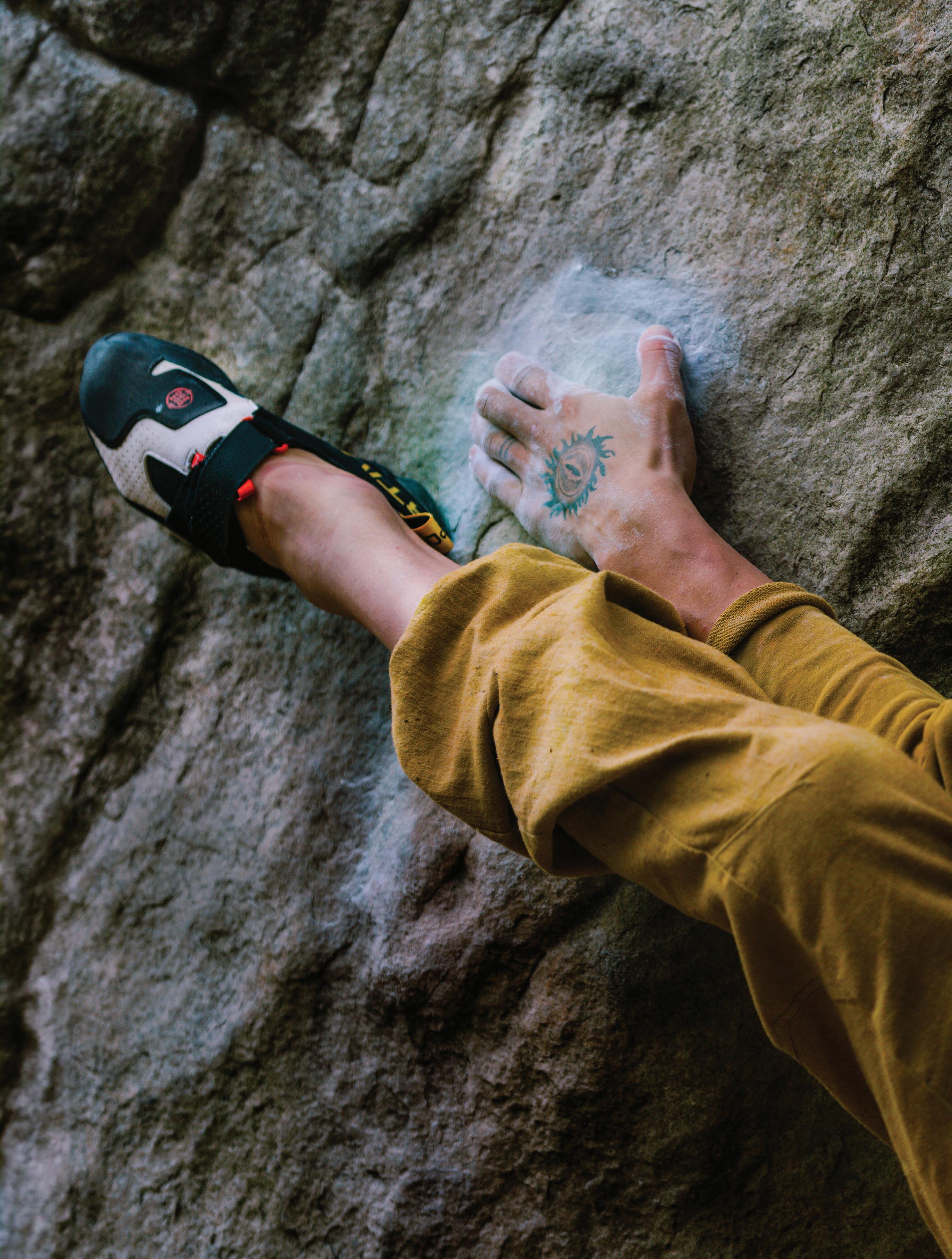
Istinto. Contatto con la roccia. Arrampicata naturale. Con No-Edge® il tuo piede si spalma su ogni appoggio con maggiore sensibilità, grazie a una costruzione della punta a spessori ridotti e senza spigoli, per una scalata più naturale, libera, dinamica. Semplicemente più divertente. Scopri Mandala su lasportiva.com
#citizensofthemountain
Elias Iagnemma , Fountainbleau.
BY DAVIDE FIORASO PHOTO JORDAN MANOUKIAN
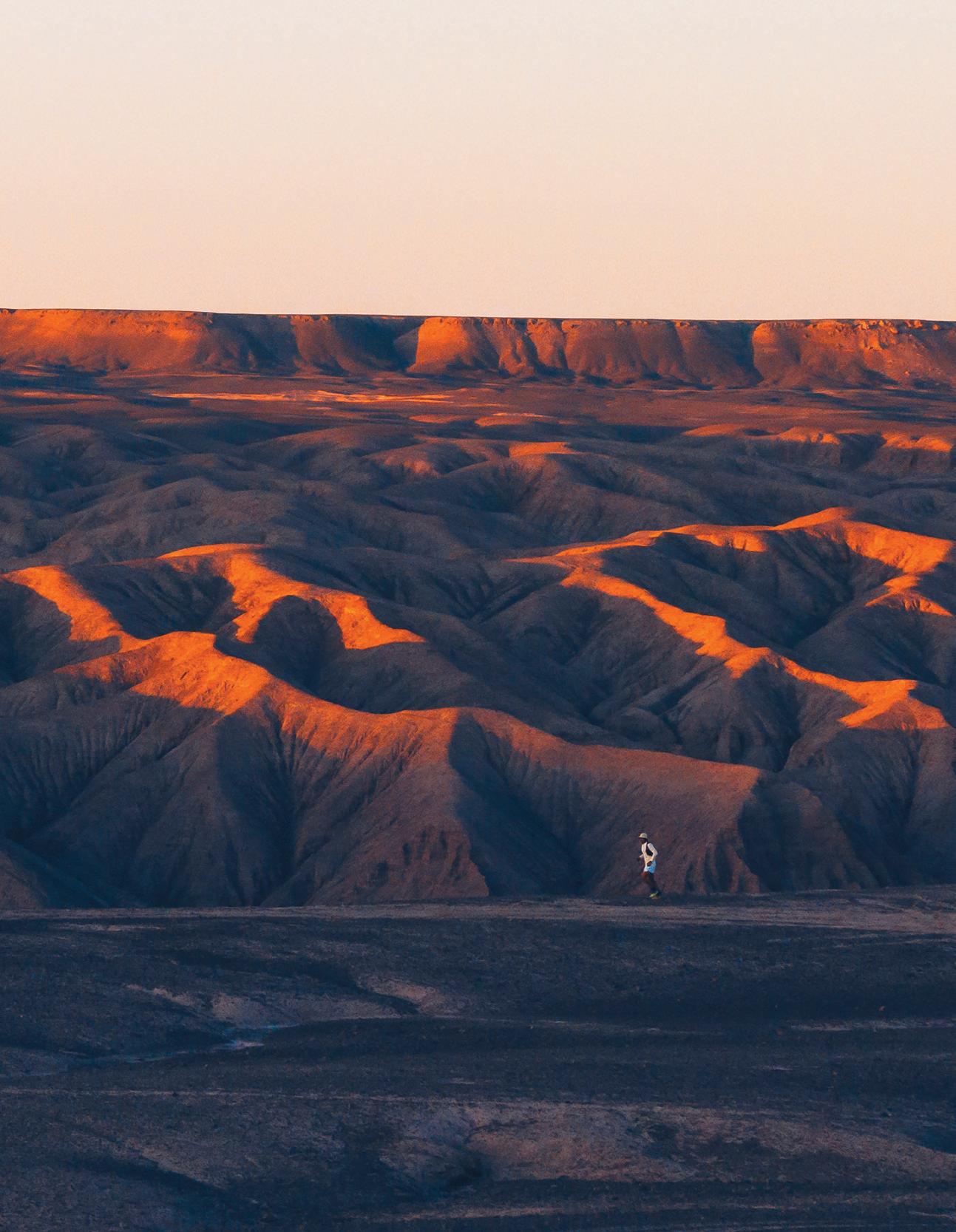
in painting, sculpture, and graphics. His works aren't just meant to be seen; they're meant to be experienced with all your senses. His spaces are both lively and serene, inviting us to interact with them on a physical and mental level.
For Manrique, the landscape is like a love affair and an understanding that becomes a giving of value, a deep and wide look; because it's not just about the remarkable spots, but a bunch of individual stories that chat in a network of connections. With him, rocks, wind, lichens, and cacti gain a newfound identity in everyone's eyes.
It was he who said that rural architecture, made of simple, white, low volumes, with a few and special wooden parts, was the guardian of tradition to keep in order to confirm local identity, avoiding the introduction of tall buildings, various materials, random colors, and adverts. He thus created a new aesthetic ideology, tied to the tourism industry, to which he gave an unprecedented economic and social functionality, anticipating key sustainability concepts when "sustainability" wasn’t yet a thing. Like Ernst Haeckel and Alexander von Humboldt, he thought art and nature couldn't be pulled apart. Manrique
talked about these things and stuck up for them with the same feeling he had when he said no to thinking that nature was something to use up.
The bad feeling I'm bringing back from this last trip is rows of buildings next to Los Ajaches Natural Park, where until four years ago there was just empty land. Over 30 years, I've seen this island slowly change, letting in more and more of big business, letting buildings pop up without thinking. I've seen its identity get weaker. Manrique was scared that this would happen; because of things done to it, which he considered real desecrations. And, since the notion of the profane implies the notion of the sacred, it's evident that he attributed this value to the insular space. It's not strange that when he heard that someone was trying to mess up the place he loved, nothing and no one could contain his fury.
Before leaving, I went to the small graveyard of Haria to see his simple grave. To say sorry for what's happening, because no one seems able to keep and fight for his legacy.
4
EDITO
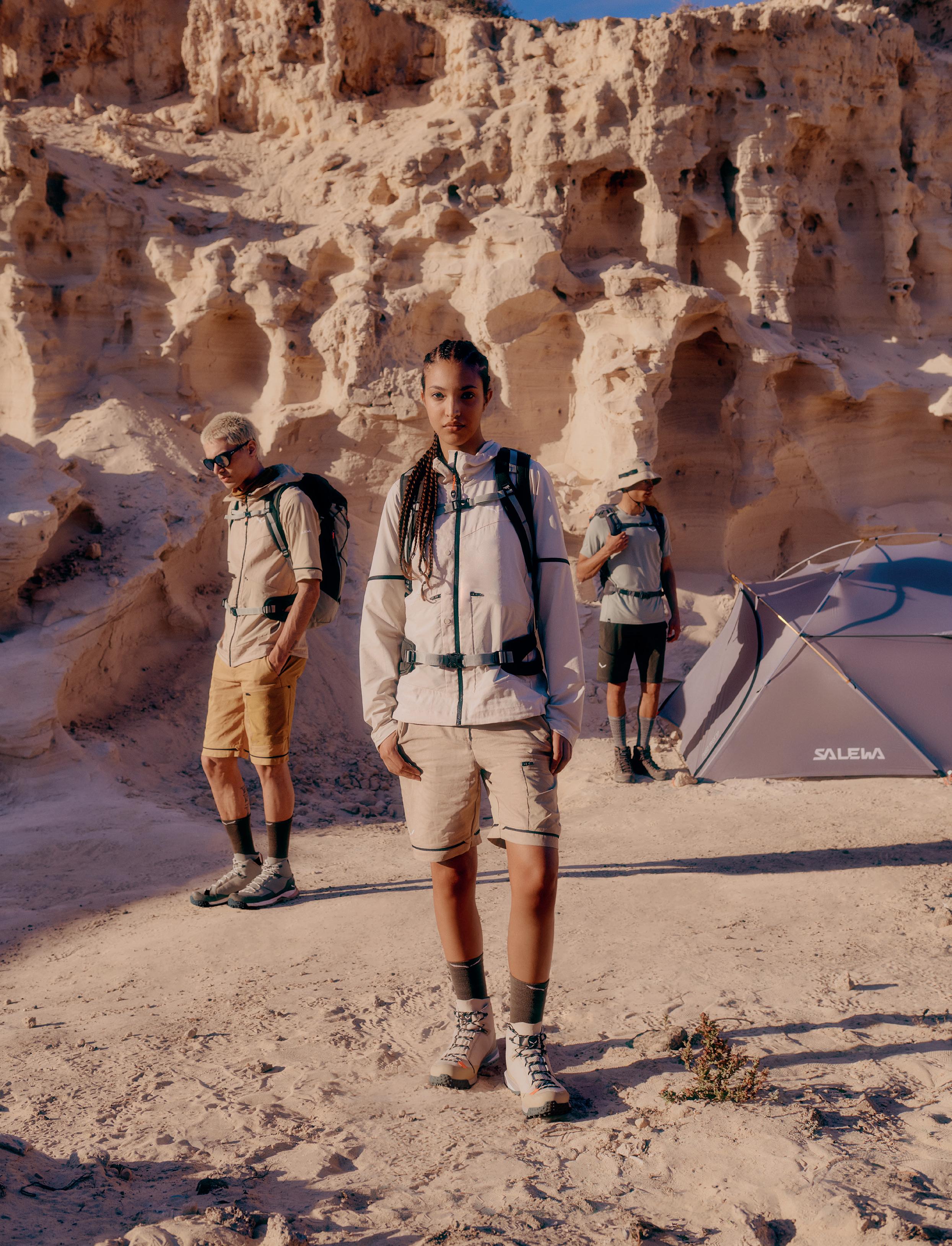 THE SALEWA TREKKING COLLECTION IS ENGINEERED IN THE DOLOMITES, CRAFTED FROM NATURAL FIBERS, AT HOME IN NATURE. ANYTIME, ANYWHERE.
THE SALEWA TREKKING COLLECTION IS ENGINEERED IN THE DOLOMITES, CRAFTED FROM NATURAL FIBERS, AT HOME IN NATURE. ANYTIME, ANYWHERE.

PRODUCTION
The Pill Agency | www.thepillagency.com
EDITOR IN CHIEF
Denis Piccolo | denis@thepillagency.com
EDITORIAL COORDINATOR
Lisa Misconel | lisa@thepillagency.com
Elena Benassi | elena@thepillagency.com
EDITING & TRANSLATIONS
Silvia Galliani
ART DIRECTION
George Boutall | Evergreen Design House
Niccolò Galeotti, Francesca Pagliaro
THEPILLOUTDOOR.COM
hello@thepillagency.com
PHOTOGRAPHERS & FILMERS
Giorgia Archetti, Chiara Guglielmina, Matteo Pavana, Jacob Zocherman, Mountain legacy project, Jourdan Manoukia, Elisa Bessega, Denis Piccolo, Mattia Davare, Jerome Tanon, Photos Perly
COLLABORATORS
Filippo Caon, Chiara Beretta, Chiara Guglielmina, Davide Fioraso, Matteo Pavana, Lisa Misconel, Elena Benassi, Simone Luciani, Elisa Bessega, Luca Albrisi, Davide Passerini
SHOP & SUBSCRIPTIONS
www.thepilloutdoorshop.com
SHOP MAGAZINE MAP
www.thepilloutdoor.com/magazine-finder
COMPANY
EDITOR
Hand Communication, Piazza XX Settembre 17, Saluzzo CN 12037, Italy hello@thepillagency.com
COVER
Jordan Manoukian
PRINT
L'artistica Savigliano, Savigliano - Cuneo - Italy, lartisavi.it
DISTRIBUTION
25.000 copies distribuited in 1100 shops in Italy, Switzerland, Austria, Germany, France, Belgium, Spain, England & The Netherlands
ADVERTISING
hello@thepillagency.com | +39 333.7741506
FOLLOW US
www.thepilloutdoor.com
www.facebook.com/thepilloutdoor
Instagram.com/thepilloutdoor
The Pill rivista bimestrale registrata al tribunale di Milano il 29/02/2016 al numero 73

6
THE CREW
PHOTO JORDAN MANOUKIAN
THE WEIGHT IS OVER.
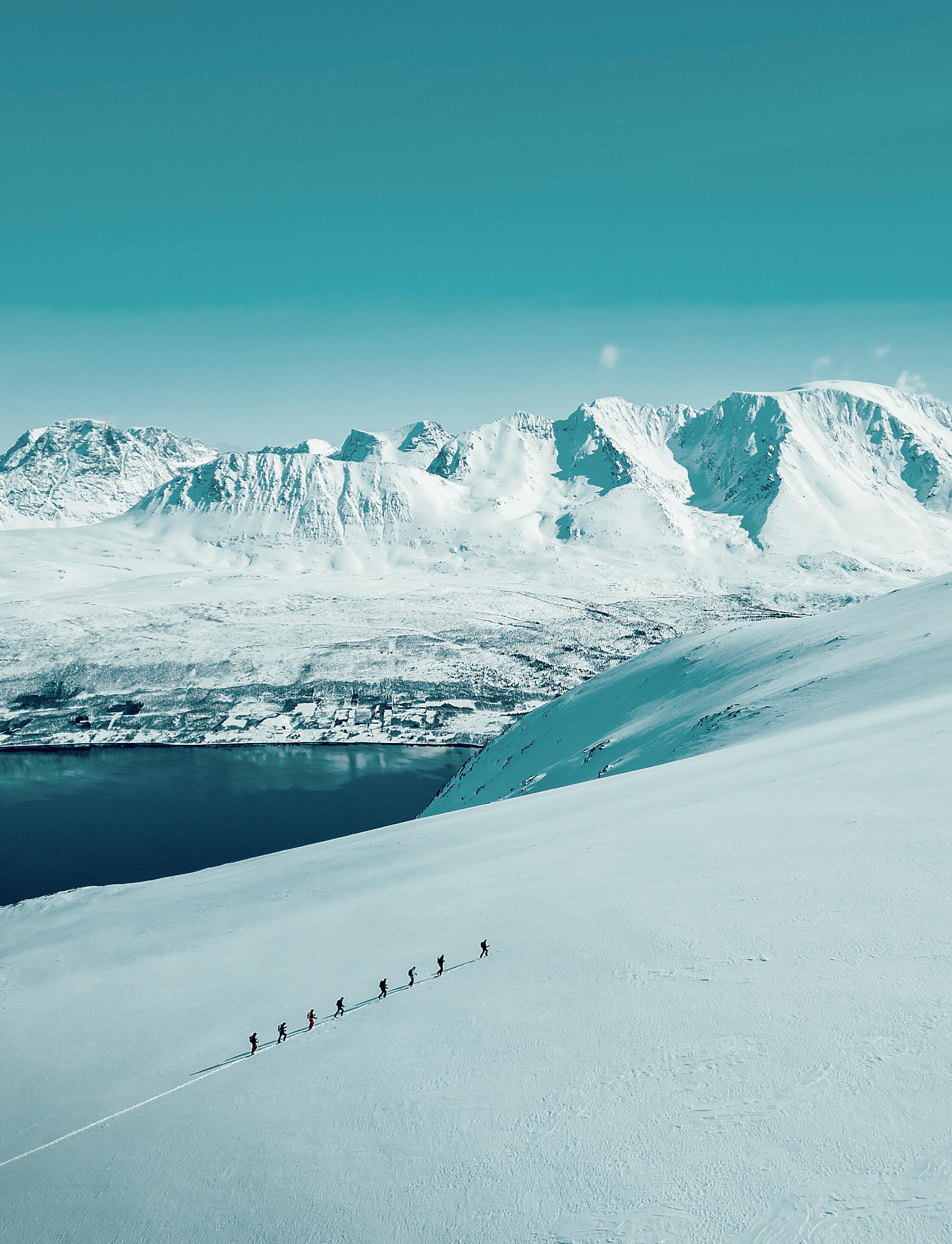
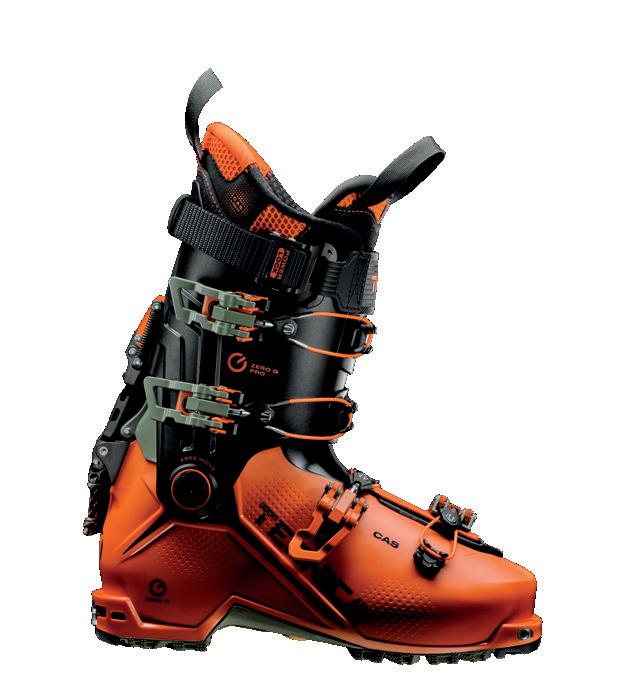
BLIZZARD-TECNICA.COM LIVE THE MOMENT
TECNICA ZERO G TOUR PRO
ISSUE 66
PHOTO JORDAN MANOUKIAN

P.10
P.14
P.18
P.22
P.26
P.28
P.30
P.32
P.34
P.38
P.40
P.42
P.44
P.49
P.52
THE DAILY PILL
BEST MADE
KILLER COLLABS
ECO SEVEN
NIRMAL "NIMSDAI" PURJA
VANS ULTRA RANGE NEO VR3
CRAFT X VITTORIA
SCOTT KINABALU 3
LUCIA CAPOVILLA
CLIMB WORLD TOUR
GARMIN FENIX 7 PRO
LA MUNT CREW
SALEWA
DOLOMITE SAXIFRAGA
TECNICA WOMEN2WOMEN
P.56
P.60
P.64
P.71
P.77
P.80
P.88
P.94
P.100
P.108
P.116
P.124
P.132
P.142
P.160
FRESH FOAM X HIERRO 8
ROBERT HAJNAL
DAKOTA JONES
AKU VEGAN AS POSSIBLE
OMAR DI FELICE
MILLET CAMP DE BASE CHAMONIX
VICTOR DAVIET
UNASTORIA VERA
ALTERED DOLOMIA
AMORE CHE VIENI AMORE CHE VAI
BARKLEY MARATHONS
TRANSGRANCANARIA
THE SPEED PROJECT
ULTRAWEST
LAST WORD
8
Cinque giorni. Quattro notti. Una prima.
"Avevo adocchiato questa linea da molto tempo, ne ero attratto! Ne ho parlato a Clovis e poi a Symon. È così che è nato il nostro trio. Non si tratta solo di un mix di abilità alpinistiche. Prima di tutto è una storia di amicizia e di passione condivisa"

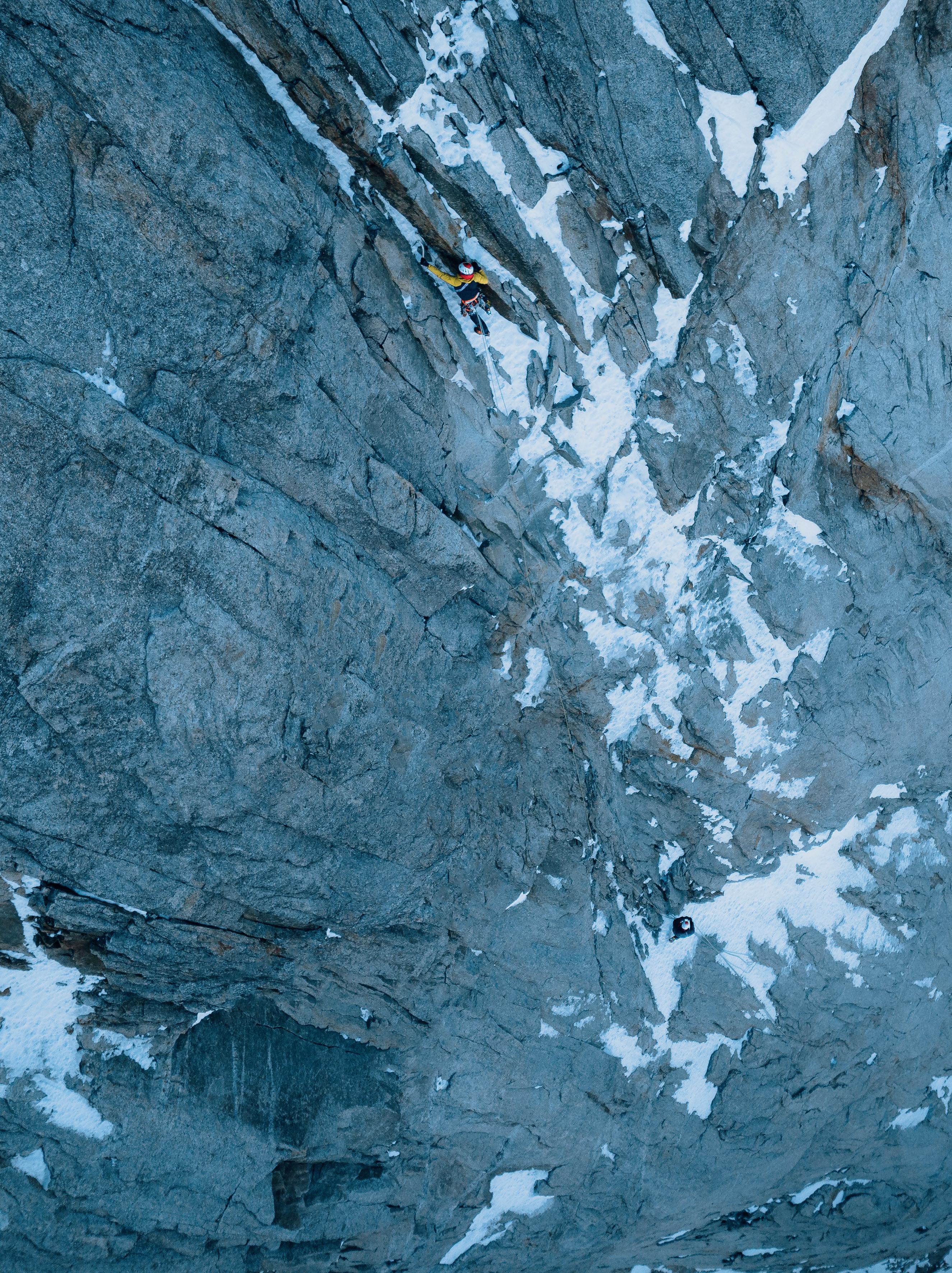 GRANDES JORASSESPRIMA INVERNALE Parete NordDirettissima alla punta Walker Charles Dubouloz, Symon Welfringer, Clovis Paulin
GRANDES JORASSESPRIMA INVERNALE Parete NordDirettissima alla punta Walker Charles Dubouloz, Symon Welfringer, Clovis Paulin
©M.Dumas_M.Daviet
Charles Dubouloz

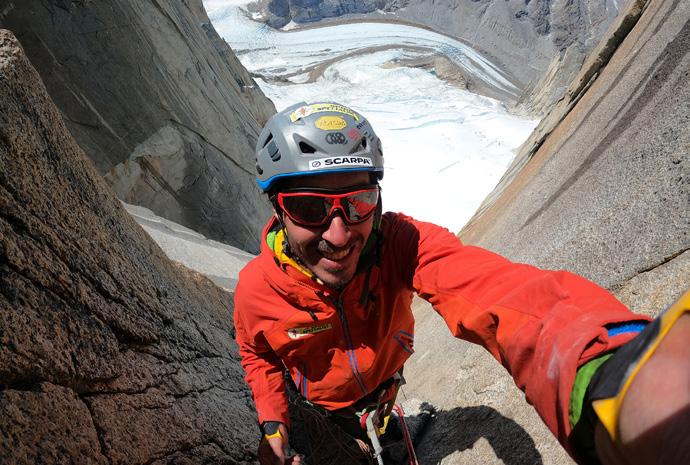
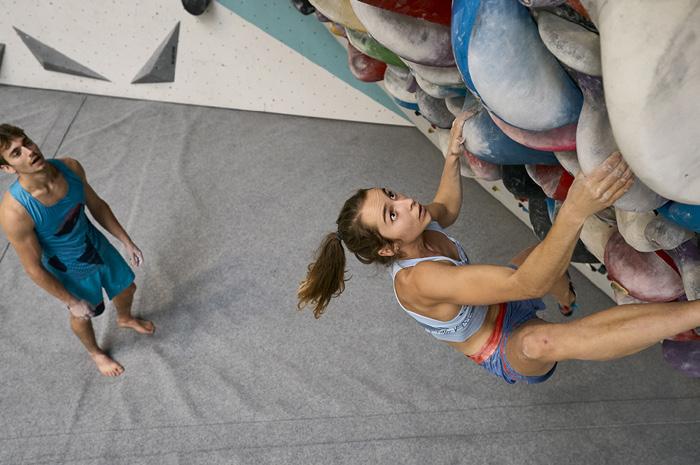

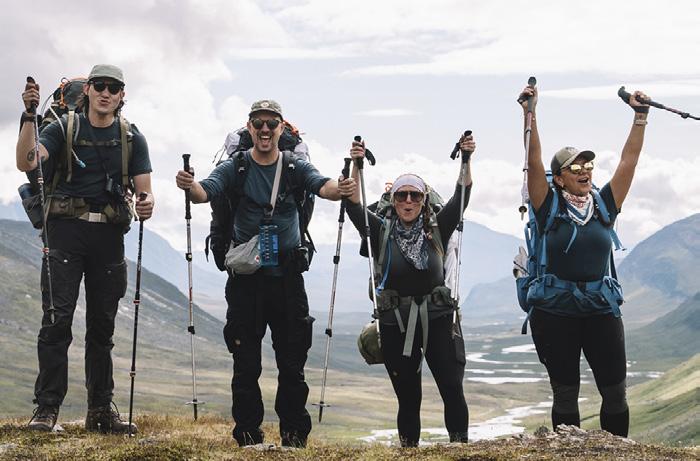
THE DAILY PILL
BY SARA MARIOTTA
LA SPORTIVA NO-EDGE: UPGRADES AND NEW ENTRIES
La Sportiva renews No-Edge, technology for all climbing enthusiasts who want to enjoy the vertical experience in the most fluid and natural way possible. A proposal that satisfies the sensitivity of the most demanding climbers who want to have an even more intimate contact with the wall, thanks to an increased sensitivity and a precise perception of even the most complex footholds.
THE SUMMIT OF LIFE: NEW BOOK BY DELLA BORDELLA
The mountaineer, Ragno di Lecco, Matteo Della Bordella is back in the bookstores with 'La vetta della vita' (The summit of life). A book that stems from one of his greatest feats: the opening of a new route on Cerro Torre. A perfect mountain for him, where dream and destiny intersect.
LA SPORTIVA: SECOND EDITION OF THE CLIMB WORLD TOUR
On Tuesday 16 April, thirteen gyms on 5 continents came alive with workshops, meetings with athletes and product tests. Protagonist of the Climb World Tour 2024 was the No Edge line, for lovers of a more fluid and natural climbing style.
MARC RADUA
1ST PLACE MILLET TOUR DU RUTOR EXTREME
Spanish athlete Marc Radua of the Millet team took first place in the U23 category of the Millet Tour Du Rutor Extreme, one of the world's most spectacular ski mountaineering competitions in which Millet has been a partner since 2009.
FJÄLLRÄVEN: THE MOST SUSTAINABLE BRAND
For the fifth consecutive year, Fjällräven has been voted by Swedish consumers as the country's most sustainable brand in the 'clothing and fashion' category in the Sustainable Brand Index 2024.
10
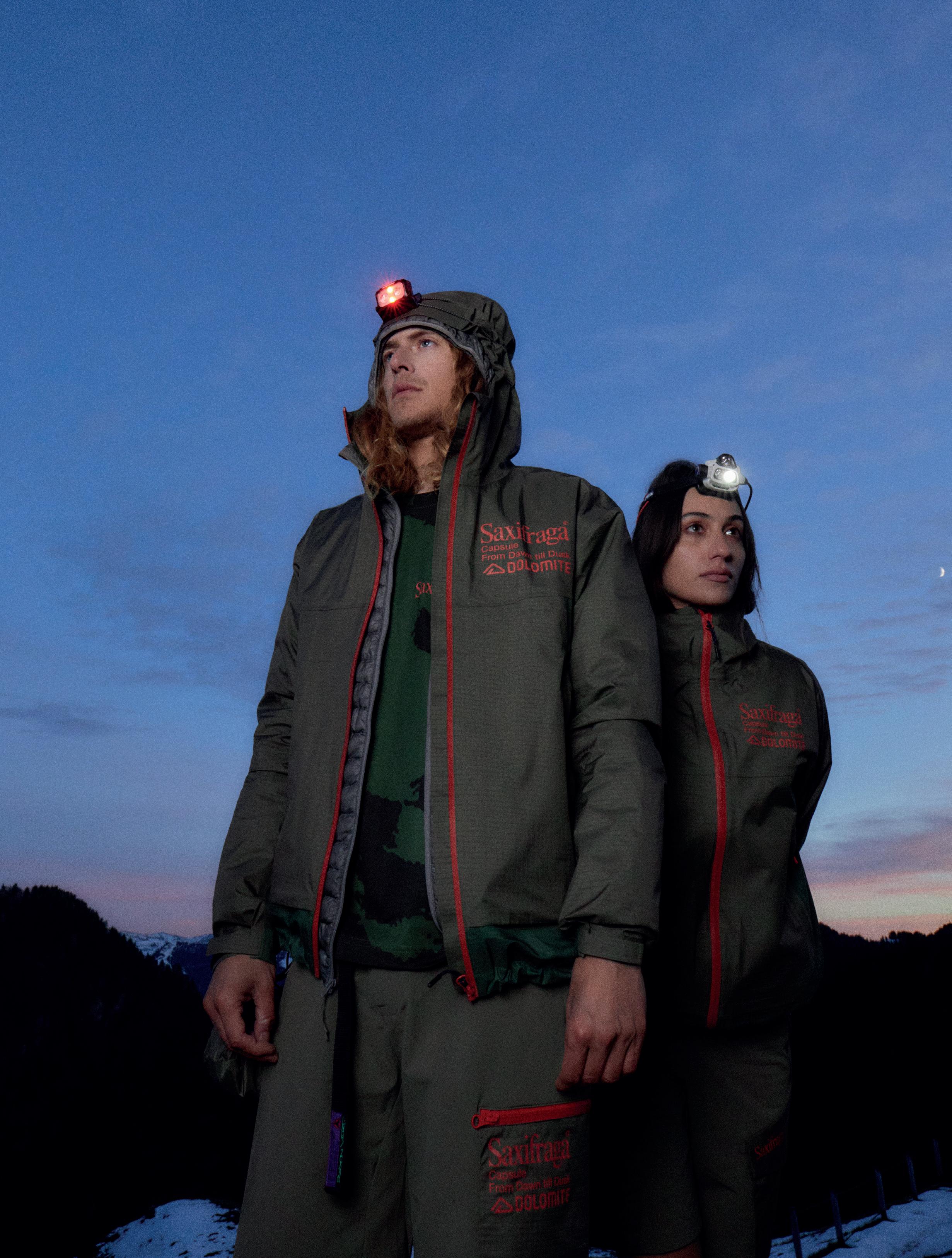
dolomite.it/saxifraga-capsule
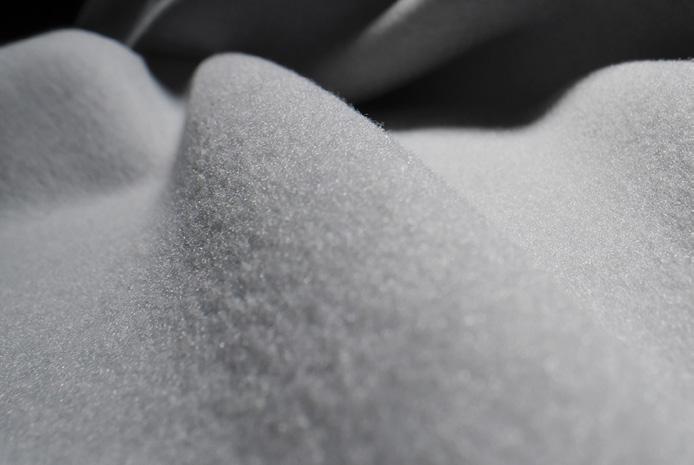
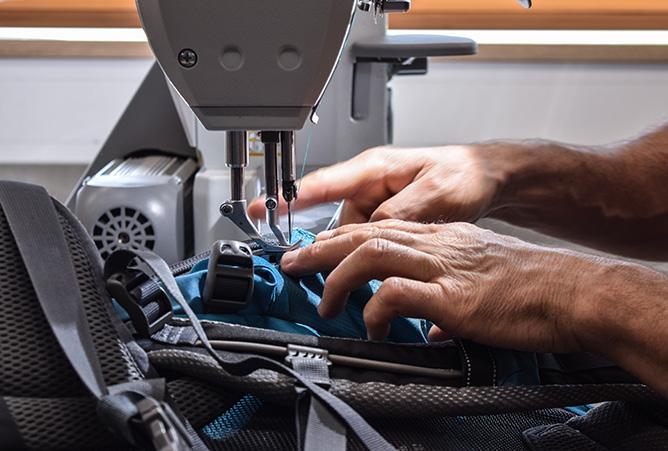
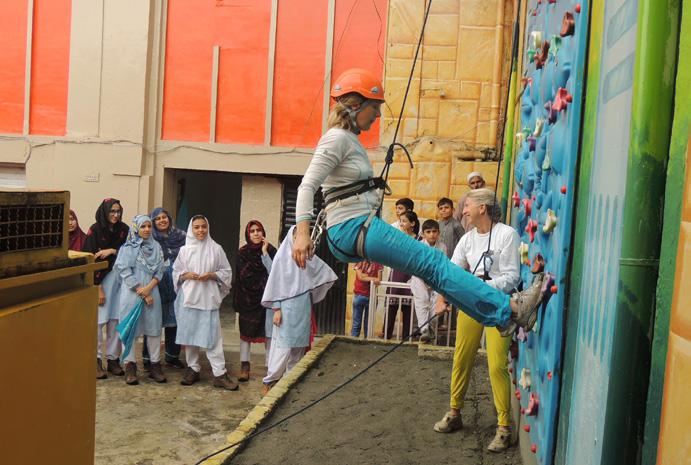
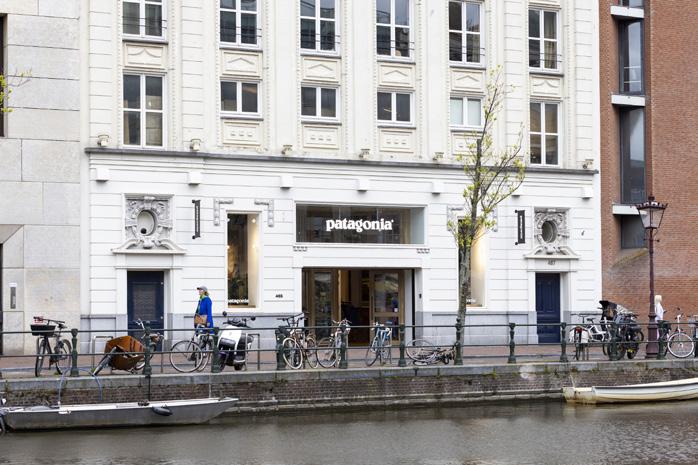
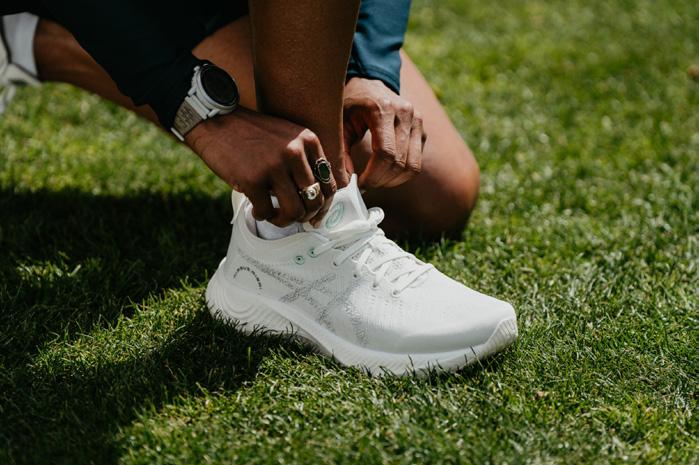
THE DAILY PILL
BY SARA MARIOTTA
BEYOND BEGINS TODAY: NEW POLARTEC FABRICS
Polartec presents Polartec Power Shield, a membrane made from recycled polyester materials, Polartec 200 and Micro Series, recycled fleece with Polartec Shed Less technology.
DEUTER: TOGETHER WE CARE
Deuter is dedicated to improving the environment to ensure a better future through the reduction of its carbon footprint, supported by a deep love for nature. It collaborates with various entities to amplify the impact of its initiatives, following the slogan "Together we care".
FERRINO: MOUNTAINS FOR PAKISTANI WOMEN
Ferrino is excited to announce its partnership with the mountain course dedicated to women in the Swat region of Pakistan, an initiative promoted by the Asian Desk of Mountain Wilderness, the Italian Academic Alpine Club (CAAI) and the International Association for Mediterranean and Eastern Studies (ISMEO).
PATAGONIA
OPENS NEW STORE IN AMSTERDAM
Patagonia opens its first shop in the Netherlands in Amsterdam, designed to be not only a store but also a space dedicated to local activists and sports communities. The shop, located in the historic Singel 465-467 location, offers a wide range of products for outdoor sports, including snow sports, climbing and trail running.
ASICS NIMBUS MIRAI
ASICS today introduces Nimbus Mirai, a running shoe designed to be circular without compromising the quality or performance expected of a product like Gel-Nimbus. "Mirai" means "Future" in Japanese, a term that reflects the company's commitment to positively impacting the next generation of athletes.
12
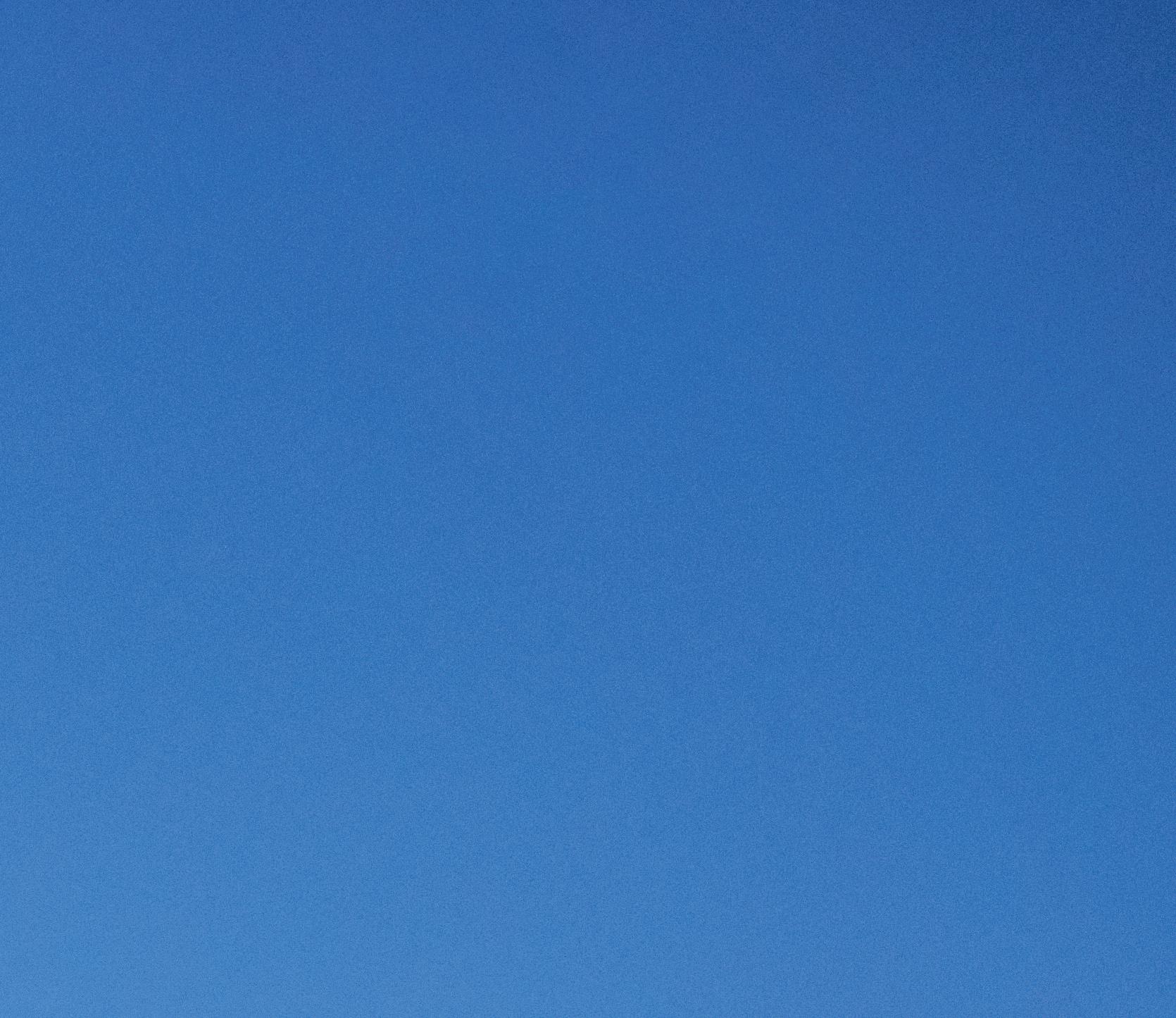


‹‹‹CUSHIONINGANDGRIP›››
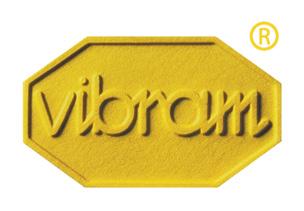
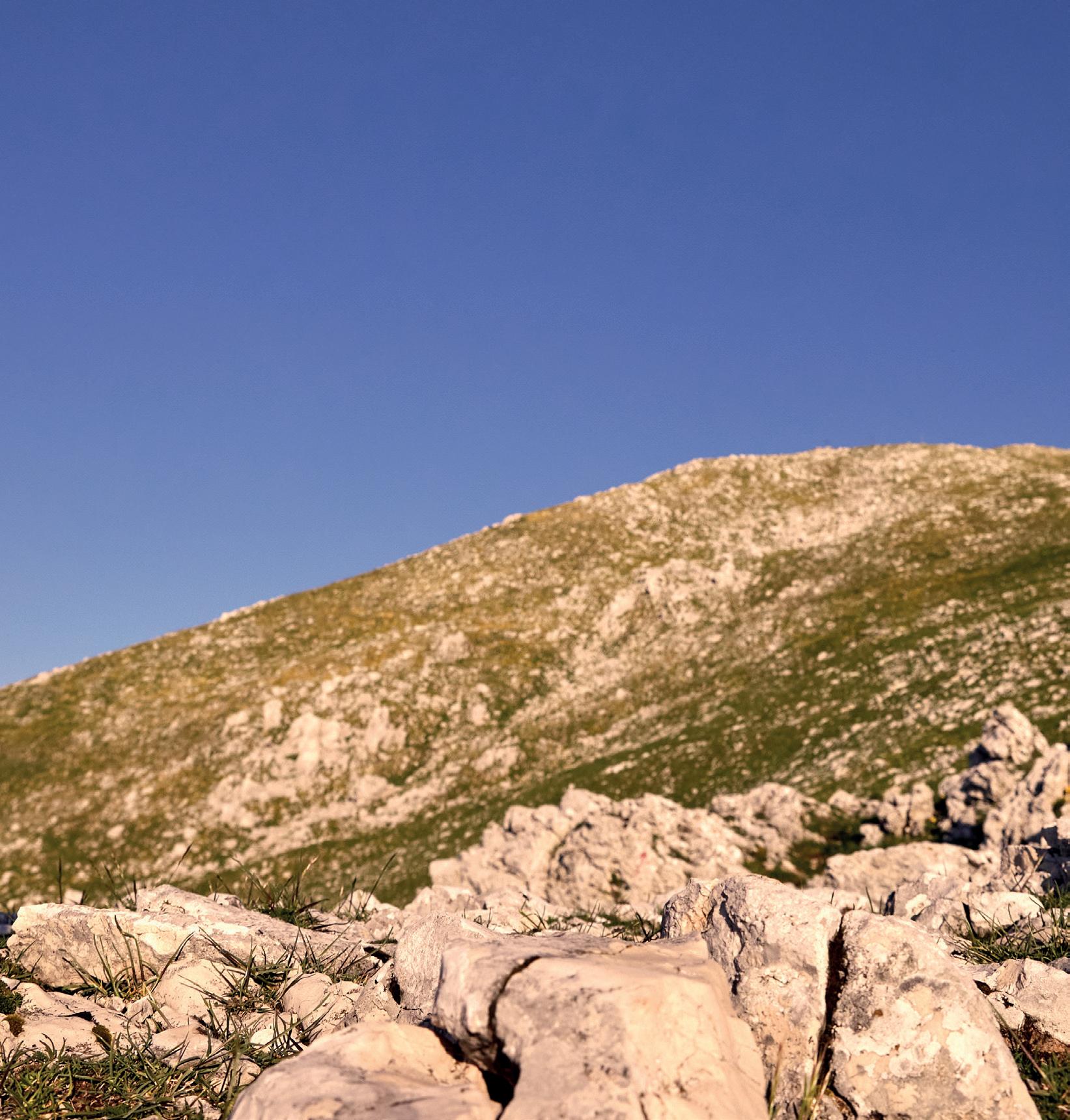

1 0 W GET O GET E
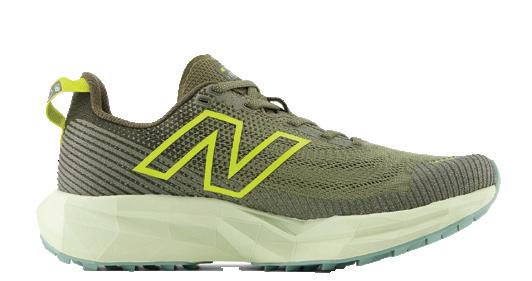
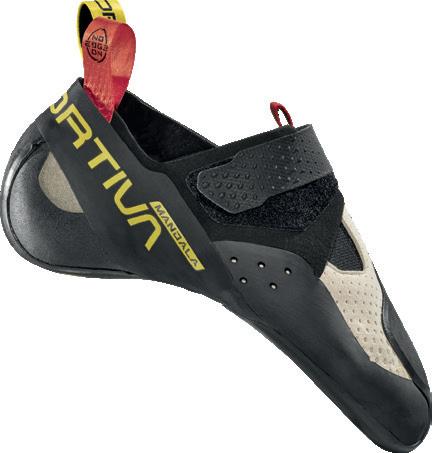
1. NEW BALANCE
FUELCELL VENYM
A imed at fast and technical runners, the New Balance FuelCell Venym adds to the Boston-based brand's off-road shoe catalogue. Ideal for both road and mountain, these shoes offer light weight, excellent cushioning and responsiveness, making them the ideal option for those seeking high performance.
4.LA SPORTIVA
M ANDALA
The latest addition to the No Edge family, the Mandala is a shoe dedicated to the modern climber, where every detail is designed to maximize performance: precision in heel hooking, wide ultra-grippy coverage on the toe for easy hooking, limited thicknesses to ensure high sensitivity.
BEST MADE
BY DAVIDE FIORASO

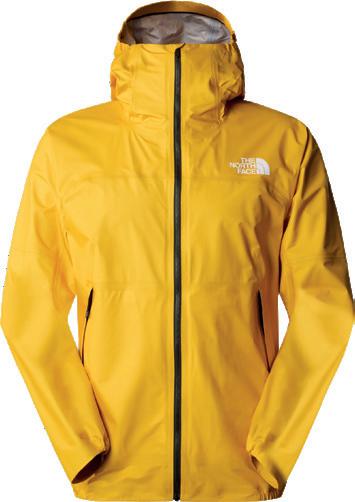
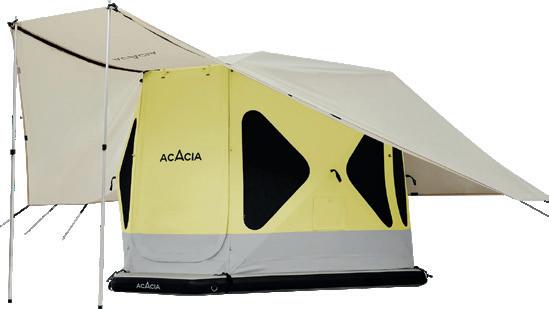
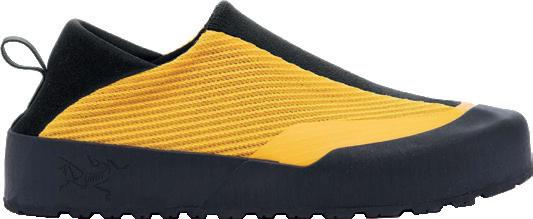
2.SALEWA
P UEZ 40+5L
A backpack with a contemporary design, specifically designed to adapt to a wide range of activities. The roll-top opening provides an additional 5 liters of space, while the infinity zip with double slider allows quick access to the main compartment. The entire structure revolves around the proven Dry Back transport system.
5.SPACE
A CACIA TENT
A 3-in-1 system consisting of a spacious and modern tent, a sturdy patented inflatable floor, and the innovative Oxford 300D canopy with sun protection and temperature regulation. Two versions available: standard or XL to accommodate up to six people. 8 side windows and 4 elevated ones offer optimal ventilation.
3. THE NORTH FACE SUMMIT
SERIES PAPSURA FUTURELIGHT JACKET
A waterproof and breathable Futurelight shell jacket, already a winner of the ISPO Award 2023. Named after the eastern summit of the Tosh Glacier in the eastern Indian Himalayas. Minimalist design, adjustable hood, no seams on the shoulders. Folds into its right pocket.
6.ARC’TERYX KRAGG
A new concept of approach footwear that ensures comfort and freedom after climbing. The upper is made of a single layer of breathable and stretchy Spacermesh. TPU and Vibram rubber provide protection on the toe and in high-wear areas. During breaks or while belaying, the heel folds down to create a slipper effect.
14 1. 2. 3. 4. 5. 6.

Step Outside Adventure Awaits
outdoor since
Contemporary
1870
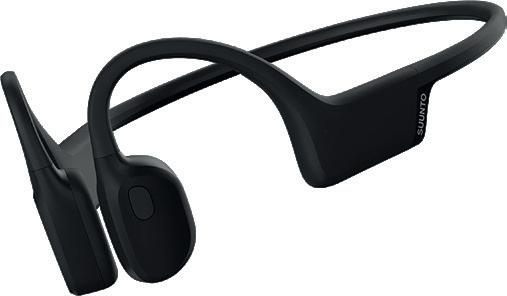
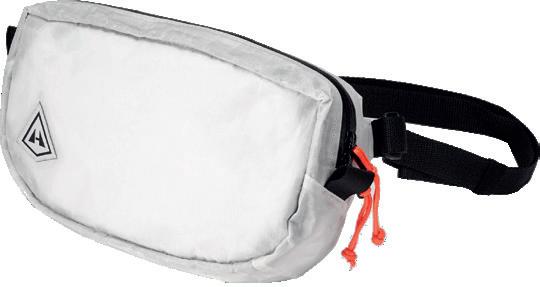
8.SUUNTO
S ONIC
Bone conduction sports headphones with open-ear technology to listen to music without losing awareness of the surrounding environment. Unlike traditional headphones, they adhere to the jawbone, leaving the ear canal free. Waterproof and sweat-resistant; up to 10 hours of autonomy with a 60-minute charge.
10.HYPERLIGHT
MOUNTAIN GEAR VICE VERSA
There are essentials, and then there's the essential of the essential. The Vice Versa 1.3L waist pack carries your most important items on short trips or hikes. Like its larger sibling, it's made from 100% waterproof and durable Dyneema composite fabrics for a barely perceptible weight of 76 g.
BEST MADE
BY DAVIDE FIORASO
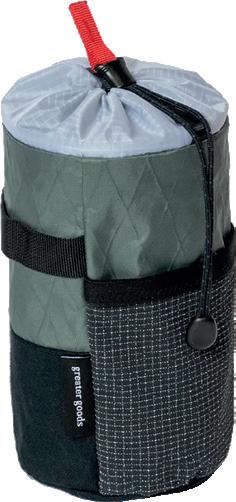


8.GREATER GOODS
STEM BAG 1L
Designed to hold your essentials while cycling. Base and body made of high-performance X-Pac fabric, expandable top in recycled nylon ripstop, Velcro strips for different attachment configurations. Dyneema side pocket for easy phone and wallet storage, aluminum clip.
11.BOTA
TEA BOTTLE
Tea preparation, anytime. An elegant 4-in-1 bottle with a separate brewing/ infusion chamber and precise temperature control; preparation in just 5 minutes and double-wall insulation to keep the drink hot for 12 hours. Leak-proof ergonomic design with built-in cup.
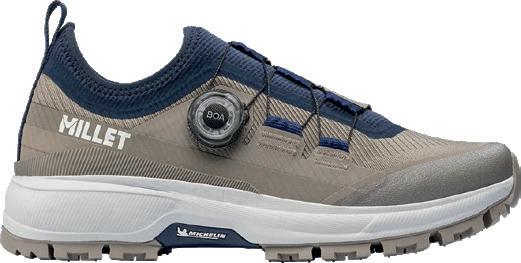
9.LA MUNT ALBERTA REMOCA
PAD HYBRID JACKET WM’S
Comfortable, warm, and highly breathable, it benefits from ReMOCA Pad insulation made from scraps of Pomoca ski mountaineering skins combined with recycled polyester and cotton. Technical stretch fleece on the sleeves, side inserts, and lower back ensures ample freedom of movement.
12.MILLET
WANAKA BOA WM’S
Fast hiking footwear characterized by a BOA system with side bands that wrap the foot with extreme precision. A technical model intended for summer trekking with a highly breathable TPU upper and Michelin Traction family sole with tread specially designed for progressive traction.
16 7. 8. 9. 10. 11. 12.
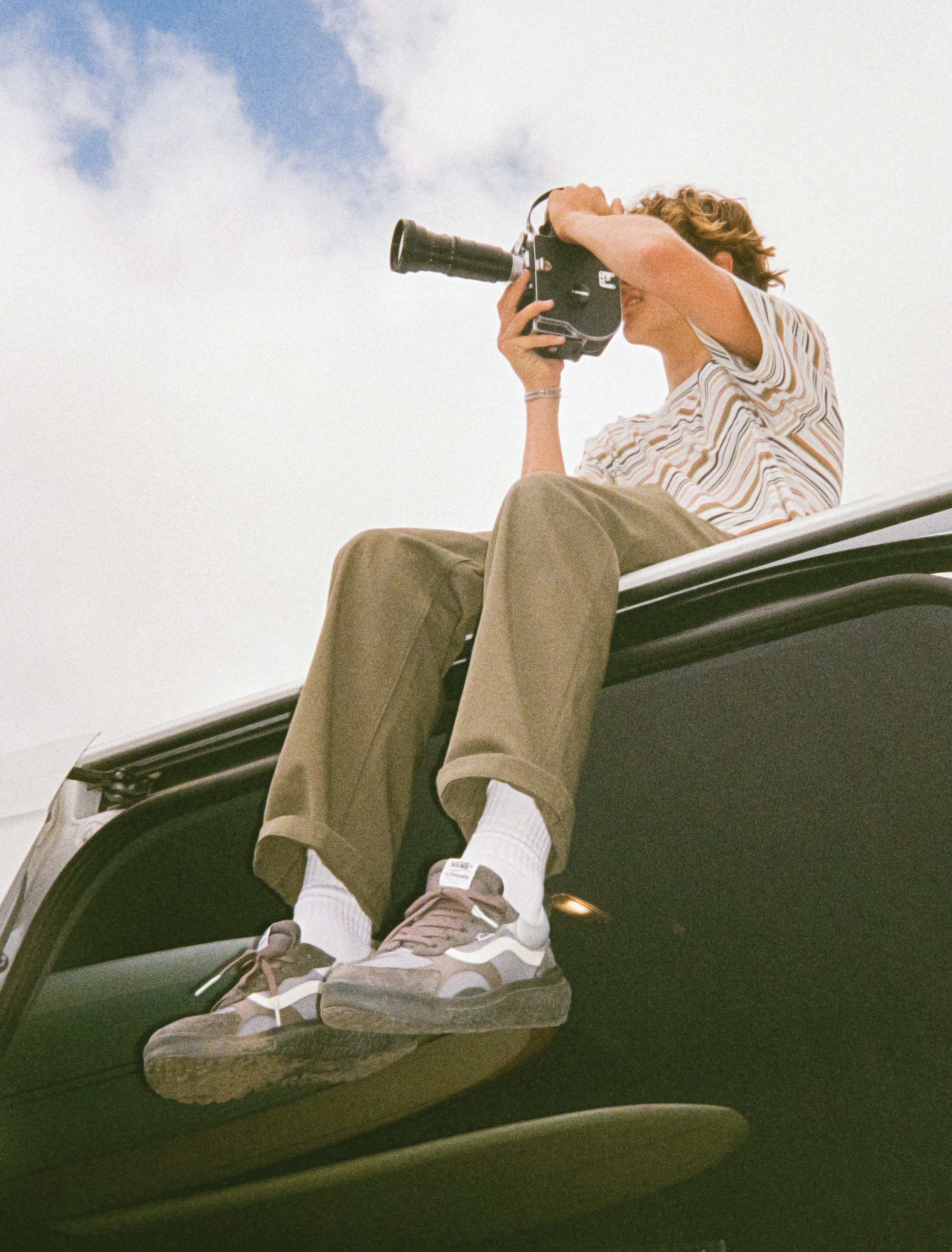


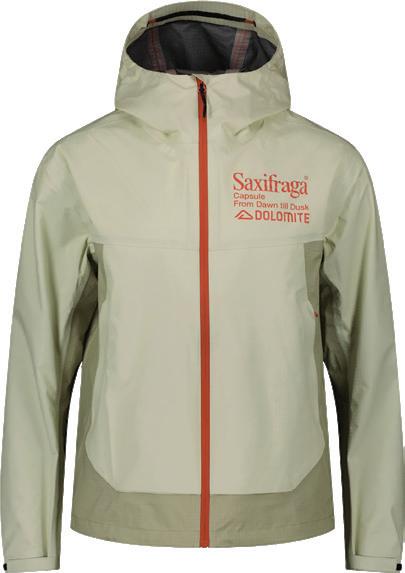
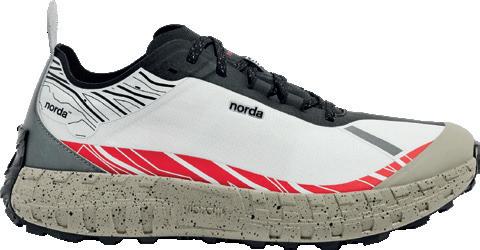
1.STUDIO TEMP X RAYON VERT X
DOLOMITE SAXIFRAGA 3L JACKET
Exploring new aesthetic and communicative codes to fully experience the outdoors. Saxifraga is the Dolomite capsule collection born in collaboration with Studio Temp and Rayon Vert. Part of the From Dawn ‘till Dusk project, this three-layer jacket is breathable, windproof, and has a water resistance of 20,000 mm.
4.RAY ZAHAB X NORDA
001 RZ MAGMA
Built with the world's first Bio-Dyneema seamless upper and exclusive Vibram midsole, the 001 is a shoe that needs no introduction. This exclusive version is the result of collaboration with athlete Ray Zahab to support the programs of his charity organization impossible2possible (i2p).
KILLER COLLABS
BY DAVIDE FIORASO
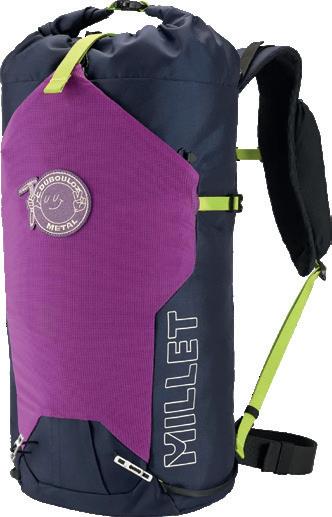
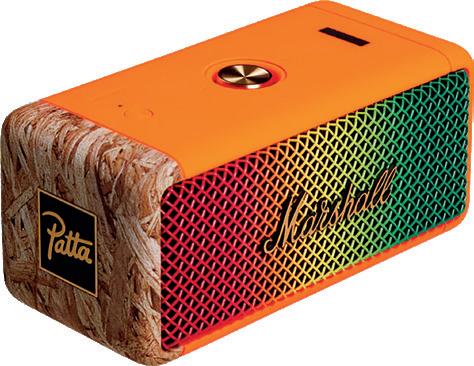
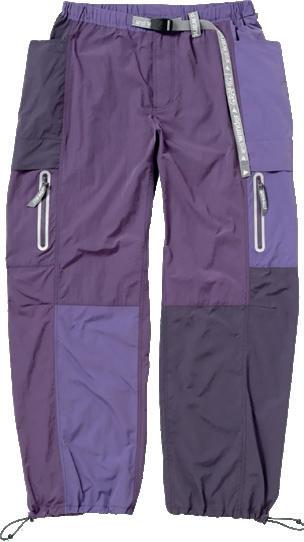
2.CHARLES DUBOULOZ X MILLET
OFF_LINE MIXT 25L BACKPACK
A technical backpack that adapts to various mountain activities, from rapid rock ascents to ski mountaineering, climbing, and trekking. Designed in collaboration with Charles Dubouloz as part of the extensive Off_Line collection, entirely crafted from production scraps and excess materials.
5.GRAMICCI X AND WANDER
PATCHWORK WIND PANT
Aesthetic and functionality merge in the SS 2024 collection of these two visionary brands. Inspired by Gramicci's classic Voyagers, these climbing pants are made with a fun patchwork of ripstop and high-density nylon. Side and thigh pockets, ankle drawstrings, and an iconic collaborative logo.
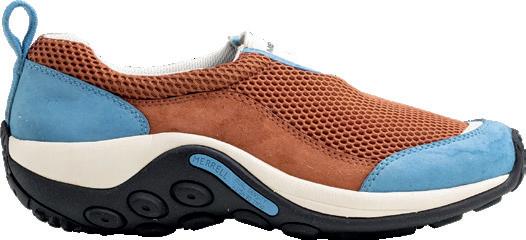
3.PATTA X MARSHALL
EMBERTON II PORTABLE SPEAKER
To celebrate its first collaboration with Patta, Marshall has created this limited edition Emberton II speaker inspired by Caribbean sound system culture. Fluorescent orange and OSB print clash to create something unique. Patta's Surinamese heritage is intricately woven into the multicolored grid.
6.HIGHSNOBIETY X MERREL
1TRL JUNGLE MOC BREEZE TOPAZ
Highsnobiety, a media brand founded in 2005 by David Fischer (and acquired by the German giant Zalando in 2022), presents its first collaboration with Merrell 1TRL. The offering includes a new interpretation of the iconic slipon Jungle Moc sneaker with custom panels and exclusive peyote/breeze/ topaz coloring.
18 1. 2. 3. 5. 4. 6.

ADERENZA.LEGGEREZZA.CARATTERE.
Questo è il trail running con le nuove Timp 5. Lo stesso comfort di sempre, con una struttura ancora più leggera e, grazie alla suola Vibram ® Megagrip, un’aderenza impareggiabile su superfici asciutte e bagnate.
MUOVITI NATURALMENTE
La nuova Timp 5 ti offre un puntale spazioso e zero drop per consentirti un movimento naturale.
ALTRARUNNING.EU
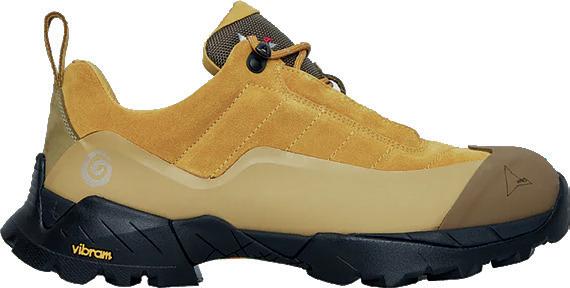
KILLER COLLABS
BY DAVIDE FIORASO
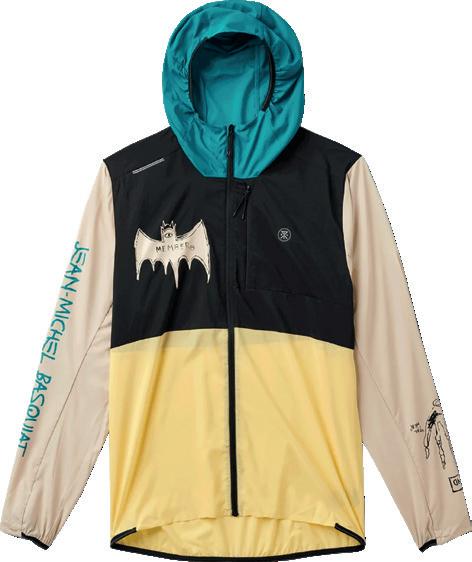
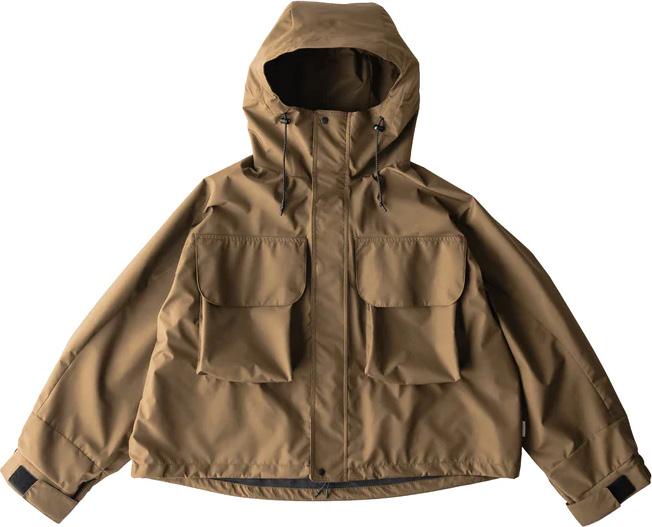
7.OSTRYA X ROA KATHARINA
The small Montreal-based mountaineering clothing brand signs this edition of Katharina, a highlight of the Italian brand ROA. A hybrid with a classic approach shoe, it combines a suede upper inspired by the spring sun. Rubber foxing with reflective Ostrya logo.
10.CLESSTE X PLUS PHENIX CITY WADING JACKET
The collaboration between Clesste, a brand founded in Tokyo by Ryo Takashima, and +Phenix, an urban-lifestyle project of the historic ski apparel brand, is a modern reinterpretation of the SST fishing jacket, a Patagonia masterpiece from the 1990s. Made from Windstopper fabric by Gore-Tex Labs, it features a reduced and ample cut.
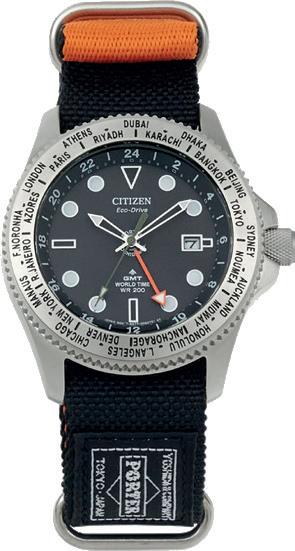
8.JEAN-MICHEL BASQUIAT X ROARK RUN AMOK
SECONDWIND ANORAK JACKET
Almost 40 years after his death, Jean-Michel Basquiat's artistic legacy continues to hold sway. His neo-expressionism is found today in a collection under the Run Amok by Roark brand, including the ultralight and compressible Secondwind 3.0 technical jacket. Reflective prints and logos.
11.PORTER X CITIZEN PROMASTER GMT WORLD TIME
After a special release with G-Shock, the bag and accessory brand Porter Yoshida unveils another exciting partnership, this time on Citizen's Promaster series. The reinterpretation of the GMT World Time model, with Eco-Drive movement, features co-branding on the dial, customized hands, and a two-tone rubber and fabric strap.
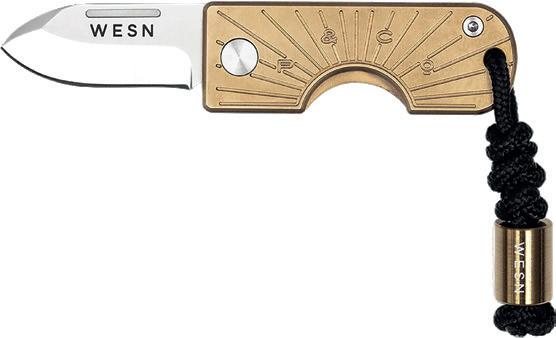

9.P&CO X WESN SLIPJOINT MICROBLADE
From Birmingham to Detroit, a collaboration that has been pursued since 2022, faithful to the heritage of both brands. Slipjoint Microblade is a semi-stainless D2 steel microblade knife with an engraved brass handle destined to develop a beautiful patina over time. 5.9 cm when closed for a weight of only 51 g.
12.END CLOTHING X HOKA OVERLAND MAFATE SPEED 2
A reimagining of one of Hoka's classic trail titans, the Overland edition of the Mafate Speed 2 is part of the debut collection with END, a renowned British retailer specializing in streetwear. A two-piece capsule that celebrates popular adventure travels and the shared love for the great outdoors.
20 7. 8. 9. 10. 12.
11.


ECO SEVEN
BY DAVIDE FIORASO & SILVIA GALLIANI

N ATURE, SUSTAINABILITY, AND COMFORT: SALEWA INTRODUCES HEMP INTO THE SUMMER COLLECTION
Thanks to its properties and low environmental impact, there has been a resurgence in the hemp textile industry in recent years. Salewa has decided to embrace this trend, using hemp as the primary material in some of its collections. "The great sustainable potential of industrial hemp lies in the plant itself, in cultivation, and its ability for carbon storage. Hemp requires no irrigation or pesticides, protects biodiversity, and regenerates the soil," says Christine Ladstaetter, Innovation & Special Projects Manager at Salewa.

MICROPLASTICS ON ITALIAN GLACIERS: ORTOVOX ANNOUNCES ITS SUPPORT FOR RESEARCH
Ortovox has announced its support, through the provision of materials and technical clothing, for a study conducted by the Department of Environmental Science and Policy at the University of Milan, in collaboration with Greenpeace Italy, regarding the presence of microplastics on Alpine glaciers. Results so far have shown that contamination affects 80% of samples taken from the Forni Glacier and 60% of those collected from the Miage Glacier. Among the identified microplastics, fibers represent over 70% of the contamination footprint.

PATAGONIA PRESENTS A SALMON NATION, A DOCUMENTARY ON THE IMPACT OF OPEN-WATER FISH FARMS
Patagonia has released Laxaþjóð – A Salmon Nation, its new film about the fight to protect pristine waters and wild Icelandic salmon from industrial open-water fish farms. Beneath the surface of Icelandic fjords, industrial salmon farming methods threaten one of Europe's last wild places. The 27-minute documentary tells the story of a nation united by its land and waters, as well as the power of a community to protect its wild spaces and the animals that have helped shape its identity.
22
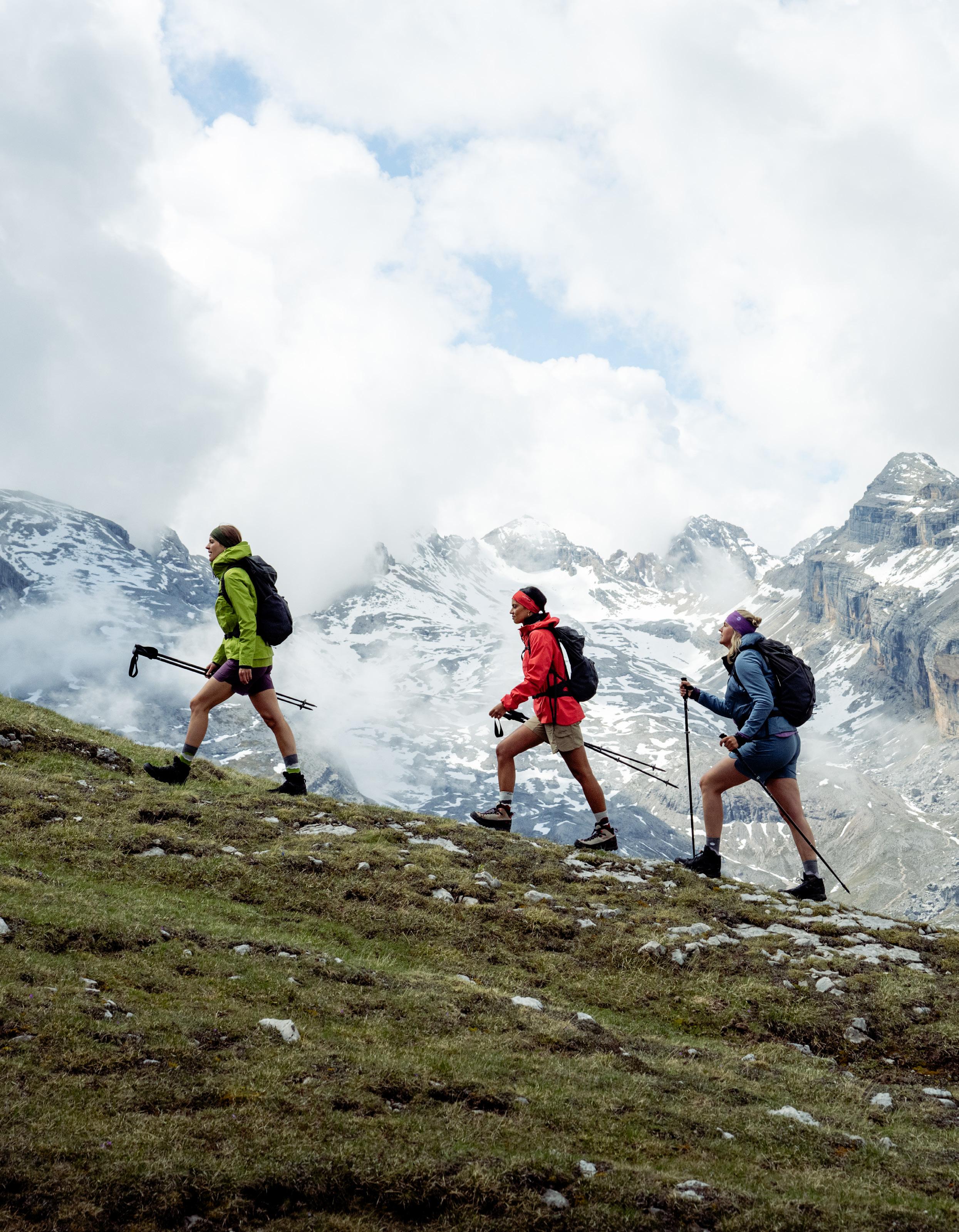
MOUNTAIN ME-TIME
Abbigliamento da montagna premium creato da donne per donne
LaMunt.com
ECO SEVEN
BY DAVIDE FIORASO
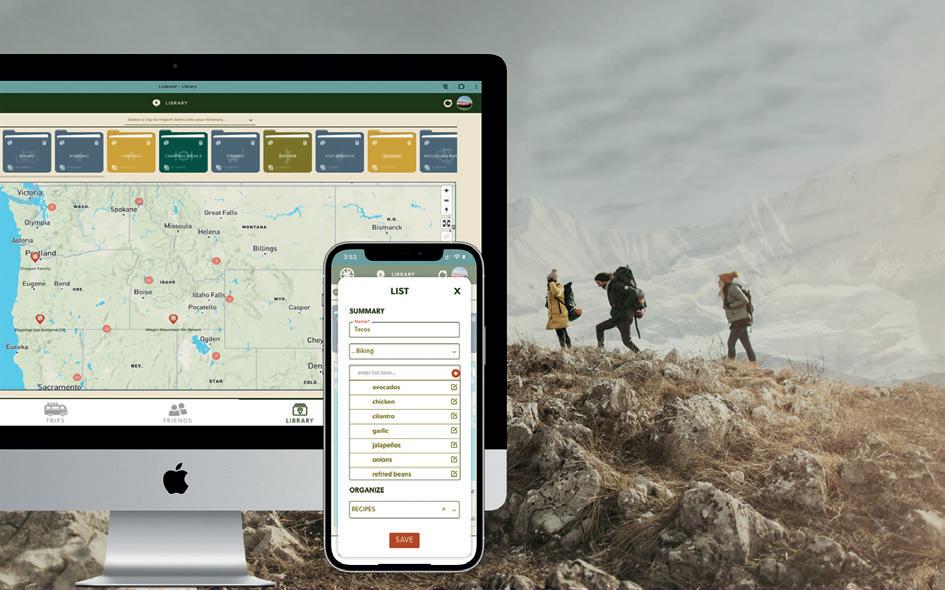
P OLARTEC INTRODUCES NEW HIGHPERFORMANCE FABRICS WITH S USTAINABLE BENEFITS
I n an effort to intensify its commitment to the planet, Polartec has introduced Power Shield RPM, a 100% recycled polyester fabric that revolutionizes weather protection while providing high freedom of movement. Among the innovations is also Polartec Shed Less technology, an innovative process that, by optimizing yarn construction and knitting, reduces fiber shedding during domestic washing by up to 85%. Less microfiber spills ending up in waterways and more years of use for soft fleece fabrics.

B LOOM SUSTAINABLE MATERIALS: T HE CLEAN WATER CHALLENGE
Moving brands and their products towards a reparative and circular economy is the goal of Bloom, which has issued a challenge to its brand partners (including Adidas, Rip Curl, Merrell, Redwing, Icebug, Chaco, Igloo, among others) to implement substantial changes in how they create their products. Bloom harnesses the positive attributes of algae, a naturally growing renewable resource, simultaneously addressing the issue of proliferation and reducing CO2 emissions. The innovative process involves squeezing algae into a paste, which, once dried, is reduced into blends of green powder to be converted into foams and rubbers.
T HE REVOLUTIONARY LODESTAR APP SIMPLIFIES SUSTAINABLE TRAVEL PLANNING
Lodestar celebrated International Women's Day by unveiling its innovative app, an all-in-one platform for planning outdoor adventures. Designed to enable users to have a positive impact on places and communities, it sets a new standard of responsibility by offering a comprehensive range of features covering all aspects of sustainable travel planning: itineraries, routes, maps, campsite bookings, carbon footprint calculation, and connections with a growing network of local nonprofit organizations.
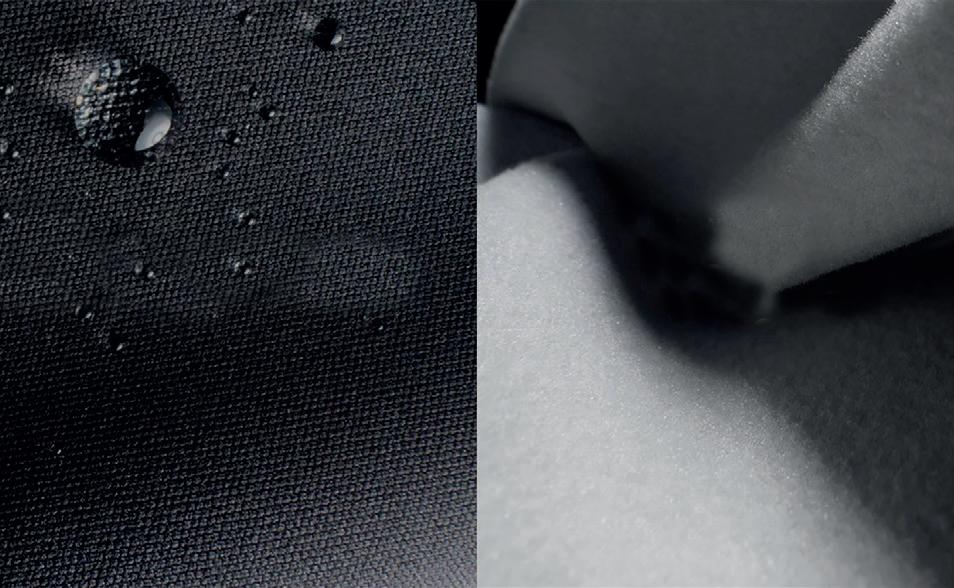
O UTDOOR ALLIANCE CELEBRATES 10 YEARS OF SUCCESSES WITH A VIDEO RECOUNTING ITS MILESTONES
Established to represent the political interests of 10 distinct member groups, each representing different outdoor recreational activities, Outdoor Alliance has helped the outdoor community become a force capable of protecting over 40 million acres of land, securing $5.1 billion in funding for public lands and waters. "The impact of Outdoor Alliance in the world of policy and outdoor space advocacy cannot be overstated," said Ryan Gellert, CEO of Patagonia. "Their team's expertise has shaped legislation to protect public lands and waters and ensure fair access to outdoor spaces."
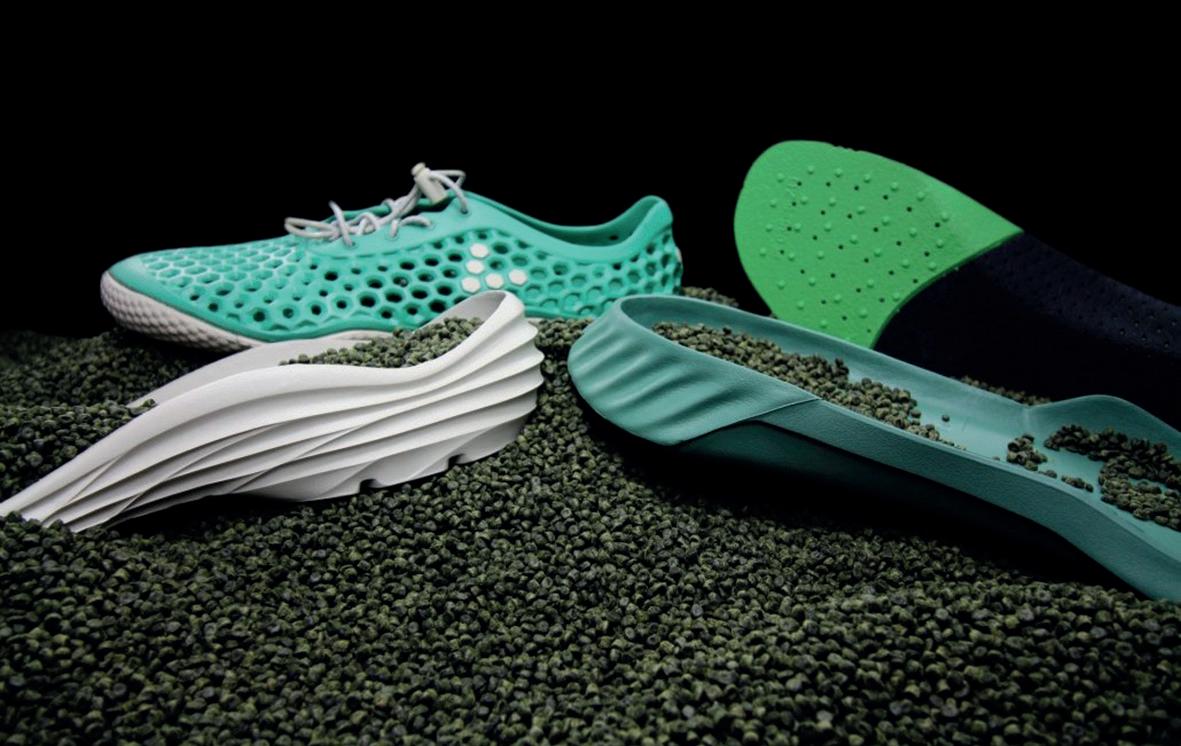
24
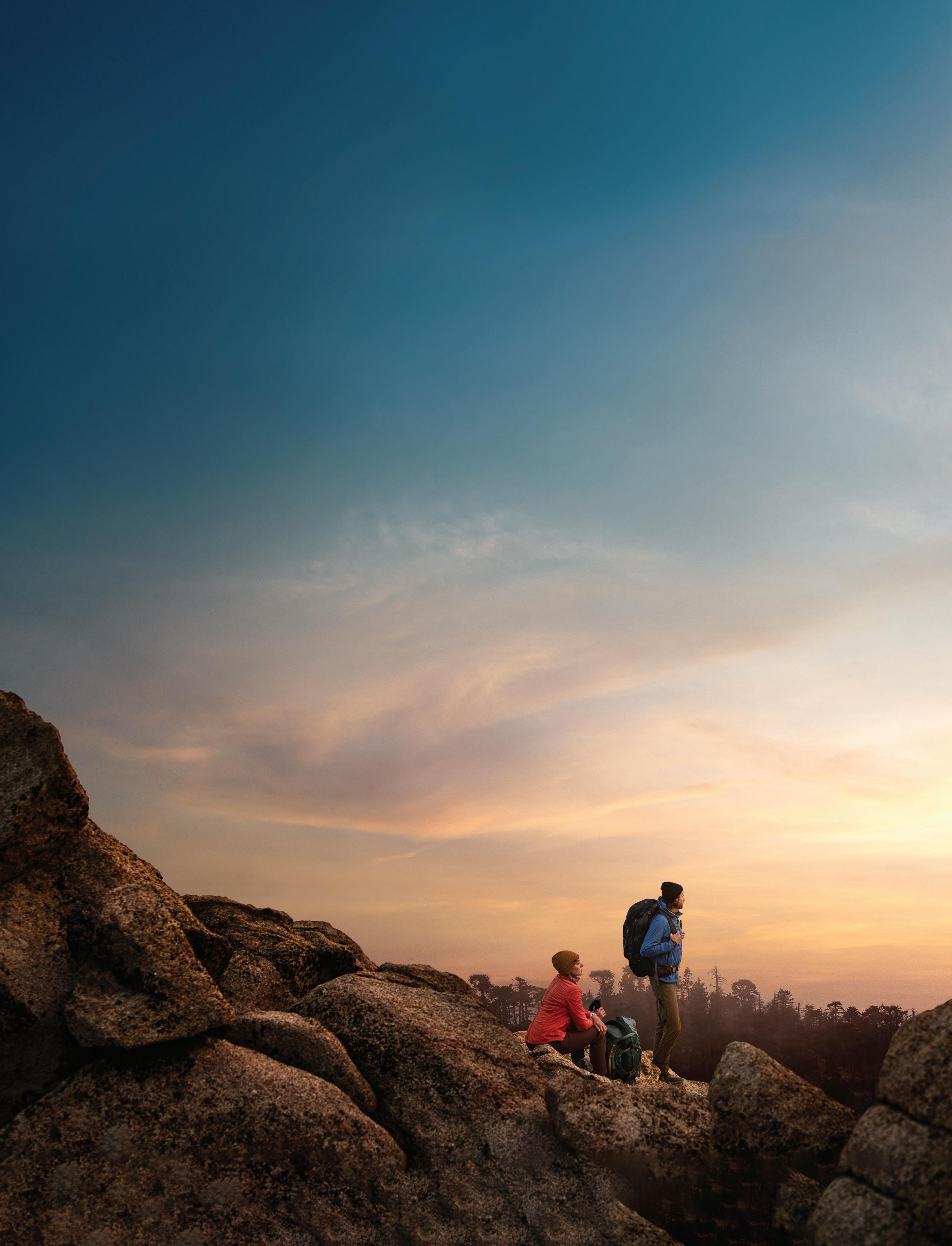

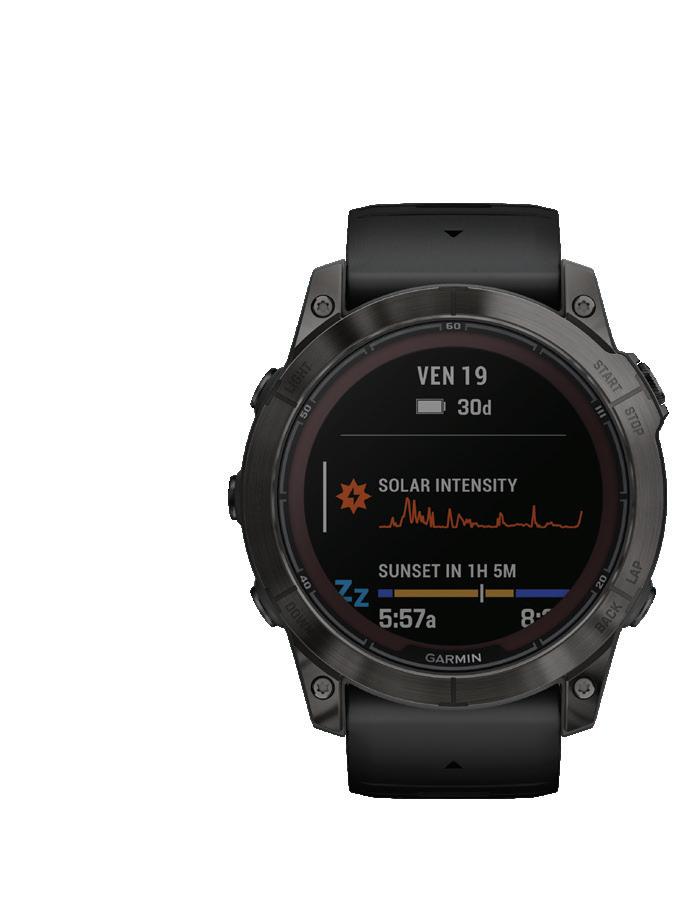 BY ANDREA PASSERINI
BY ANDREA PASSERINI
Nirmal “Nimsdai” Purja Solidarity and Inspiration Beyond Records
Nirmal “Nimsdai” Purja, a name that needs no introduction. His extraordinary feats and records speak for themselves and accompany him at every step. When SCARPA announced that he would be the special guest at the “Courmayeur Feeling Mountain” event, it sold out in no time at all, not even enough time to lace up one’s boots. We have just a few minutes with him to discover what lies behind the man of records.
Hi Nims! I think what you’re doing for your country is simply fantastic. But first of all, what’s your inspiration in life and in sport? Let's start with an easy one. My inspiration is to inspire others. I believe there are and will be very talented people among the younger generations. Sometimes, all they need is someone to support them to enable them to achieve even more than I have. With the Nimsdai Foundation, we are currently building the Porter House, and just last year we sponsored more than a dozen athletes. Similarly, when there was a flood in Pakistan, we were the first to respond. We supported more than 10,000 families. This is what gives me the motivation to keep going.

Has there been a particular event in your life that changed you and pushed you towards what you are pursuing? I don’t think I have experienced any extraordinary events or anything like that. My story is unique and comes from an extremely humble background: sometimes, I didn't even have the bare minimum to feed myself. Mine is the story of a boy who dared to dream big. The first step was joining the Gurkhas so I could support my mother and my parents. From that moment, I realized there were broader horizons, and this realization pushed me to try to enter the special forces, becoming the first Nepali to succeed in doing so. Subsequently, I found a purpose in life: with "Project Possible," I set out to elevate the prestige of the Nepali community by showing the world that there are no limits to achieving one's goals.
Do you think mass tourism in the mountains can coexist with environmental sustainability? I want to make a consideration: climbers tend to be criticized, and it is undeniable that we can always improve in every aspect of our actions. But let's think about it: how many people visit New York every year? We’re talking about millions of individuals. So why should we be scandalized by 50,000 people choosing Nepal as a destination in a year? Compared to the global tourist flow, the mountaineering sector in Nepal seems minimal, yet it is our mountain community that often finds itself in difficulty. There are those who criticize without considering the other side of the coin. However, we are now making strides to improve waste management thanks to the “Big Mountain Cleanup,” a project that I care deeply about and that we are trying to realize in as many places as possible.
26
THE PILL INTERVIEW


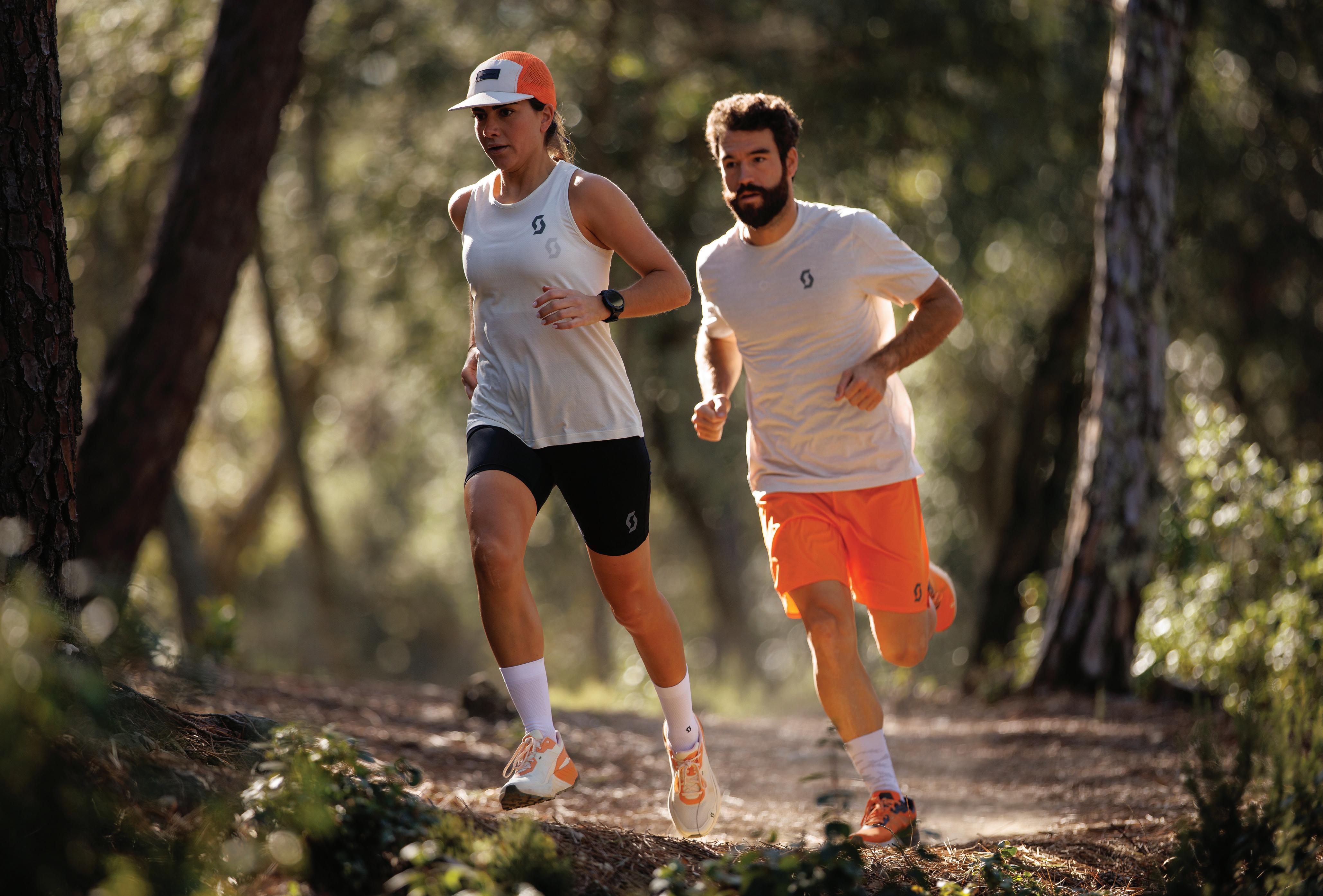
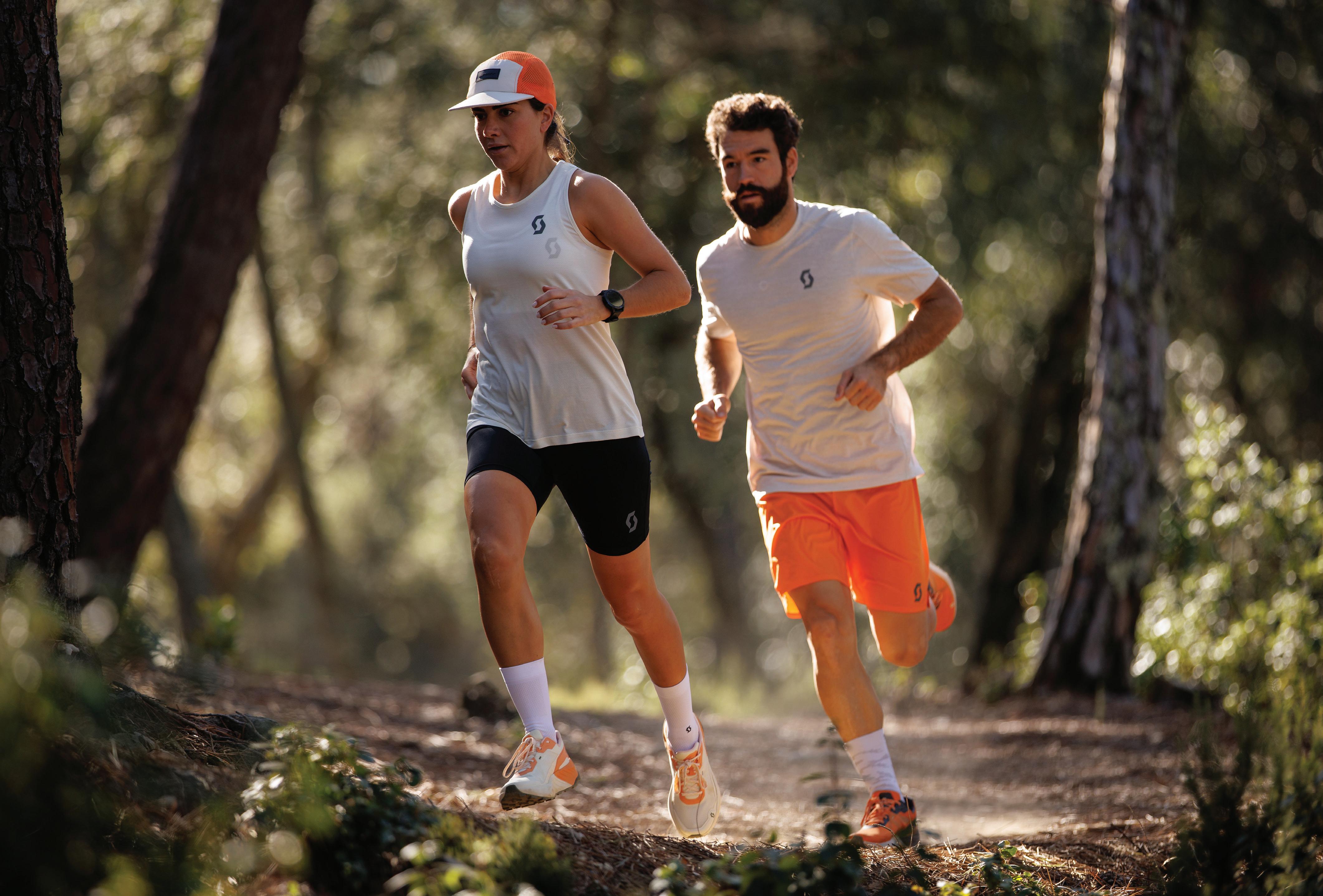
 BY ELENA BENASSI
BY ELENA BENASSI
Vans Ultrarange Neo VR3 Innovation and versatility
Imagine the thrill of riding a wave at sunset, the sun tinging the horizon gold as the waves crash hard along the shoreline. Think of the feeling of freedom in performing a skateboard trick, defying gravity and dancing with the wind in city spots. In these moments, where adrenaline meets pure joy, timeless inspiration is born. From this fusion of emotions, stimulated by the valuable feedback from the athletes of the Vans Surf team, comes the new Vans Ultrarange Neo VR3 collection. These shoes represent more than just an accessory; they are the culmination of a creative journey that fuses Vans' authentic roots with the boldest technological innovations.
The Vans Ultrarange Neo VR3 opens a new chapter with the introduction of two new colour variants: "Light Green/Black" and "Yellow/Multi". These new tones not only enrich the aesthetics of the model but also maintain and amplify all the most appreciated features of the previous version.
One of the most innovative aspects of the Ultrarange Neo VR3 is its revamped last that provides an improved fit and optimised profile, while preserving the iconic Vans "Off The Wall" aesthetic. In addition, the shoe

has been fitted with an updated arch support cradle to offer unprecedented support for the feet of everyday adventurers.
But the innovations don't stop at shape and colour. Vans has worked hard to integrate sustainable elements into the Ultrarange Neo VR3 without compromising performance. The shoe is part of the Vans Checkerboard Globe line, which follows strict standards regarding the use of sustainable materials. The uppers are made entirely of recycled PET, while the midsoles are made of at least 50 per cent biobased EVA foam. The soles, which reinterpret Vans' traditional waffle traction, are composed of at least 60% regenerated natural rubber.
Alongside the innovative footwear, Vans introduces a versatile and avant-garde clothing line, perfectly matching the new Ultrarange Neo VR3. The collection includes pieces such as the reversible Rosewood waistcoat, a set consisting of a double-knit mock neck and shorts, a climbing short, a camping cap, a short-sleeved t-shirt and a cotton tank top.
This model is destined to become a point of reference for those looking for footwear capable of tackling any adventure while keeping an eye on the environment, and once again, Vans teaches that it is possible to combine performance and style in a single high quality product.
28
PILL PRODUCTS
THE
THE PILL PRODUCTS
BY ELENA BENASSI
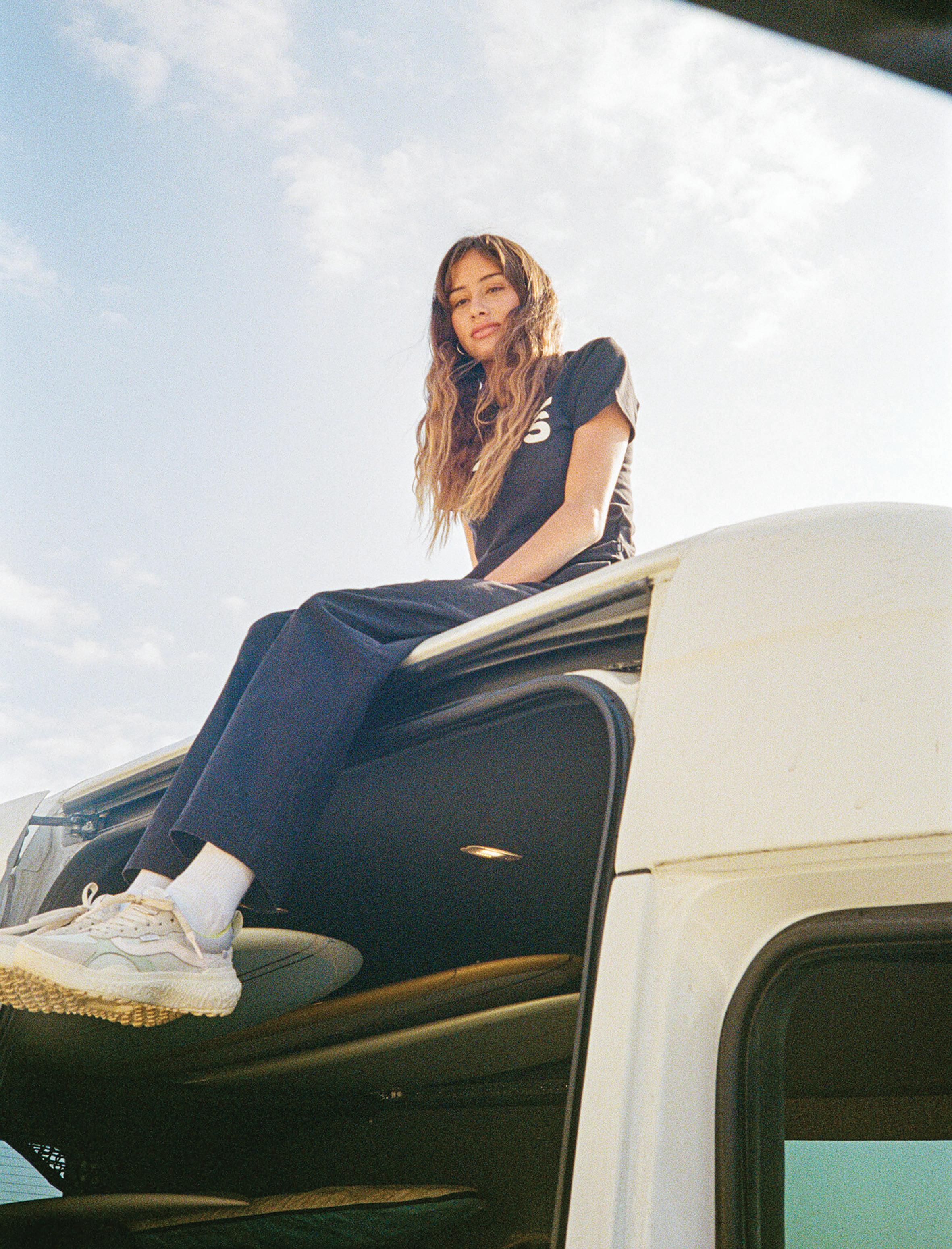
29
THE PILL EVENTS
BY LISA MISCONEL
Craft Xplor x Vittoria
When it comes to gravel, the focus is usually on the world of biking.
It's a formula that combines road and off-road terrain to diversify the playing field for cyclists aiming for speed and dynamism but looking to get away from the road and cars. This transition can also be seen in the world of running, considering the significant growth of trail running. However, while the concepts of road, gravel, and mountain biking are quite defined in cycling, the distinction in running is still primarily between road and trail. Positioned as a bridge between road running and technical trail running, gravel encompasses everything from asphalt to gravel roads and forest paths that aren't overly technical but allow for working on speed on moderate inclines in both uphill and downhill sections.
Craft x Vittoria
Let's talk about gravel, running, biking... and an innovative partnership. One of the most frequent and efficient sports combinations is that of cycling and running. If we think about it, a cyclist's recovery often involves a slow run, while a runner's recovery often includes cycling. This winning combination has been replicated by Craft and Vittoria in their latest innovation called Xplor. "More than just a collaboration, ours is a communion of intentions," emphasizes Bruno Tecci, global marketing director for Vittoria, world-leading brand in technical tires and bicycle accessories. The two brands are ai-
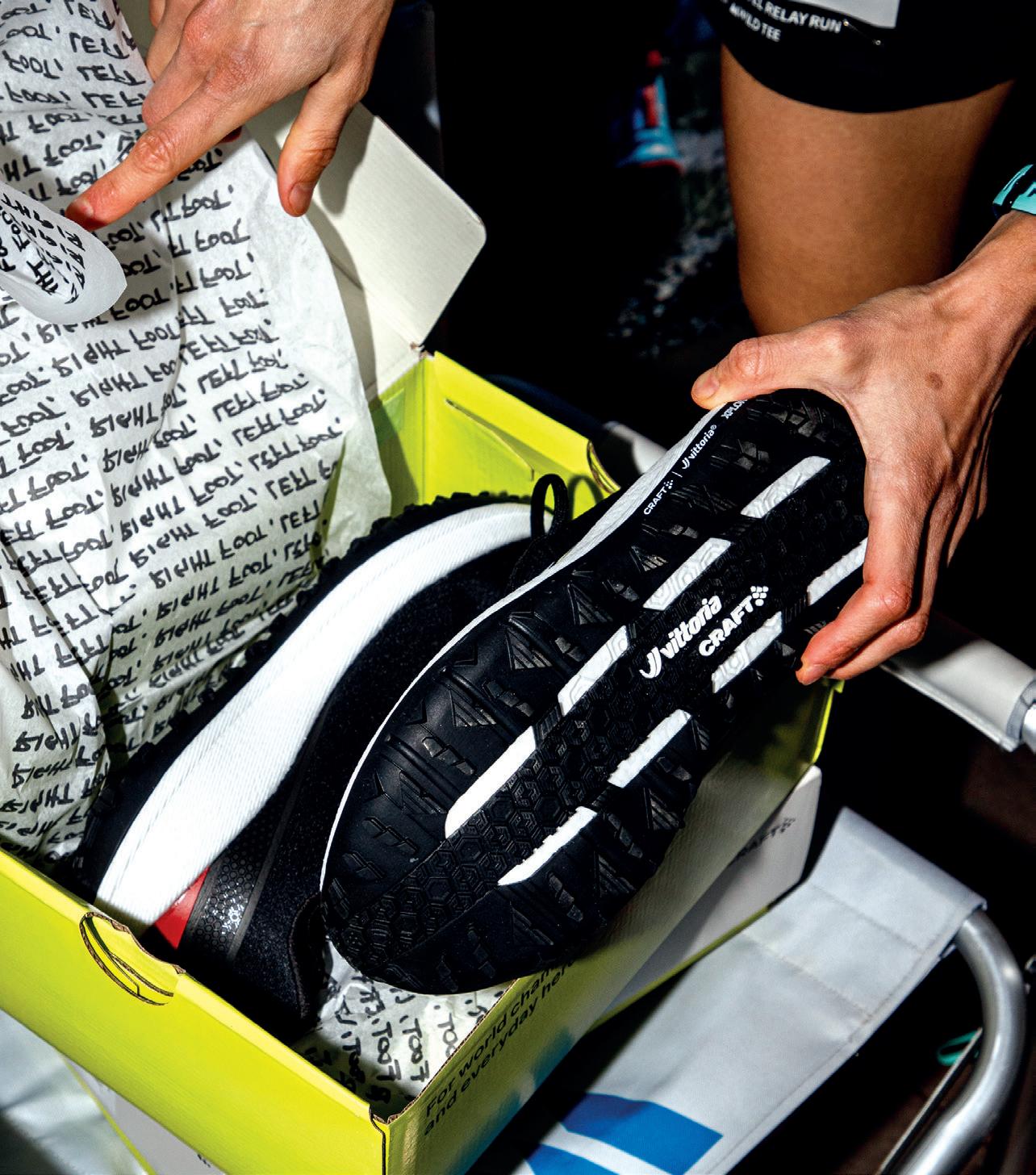
ming to introduce a new way of interpreting running.
A revolutionary outsole
The highlight of the shoe is undoubtedly its outsole: a pattern inspired by Vittoria's Terreno Mix gravel tire combined with the scale-like pattern from the Terreno Dry tire. Terreno Mix is designed to excel off-road, providing maximum grip and safety, while Terreno Dry ensures peak performance on asphalt and wet surfaces.
Gravel Relay Race @Vittoria Park
From Paris-Roubaix to the Flanders, from dirt to rocks, wet grass to wood: if there's a place to test out soles, it's Vittoria Park in Brembate. With approximately 50,000 square meters of surface area, it's a paradise for en-
thusiasts and a research ground for Vittoria's product development. What better place than this to test the new Xplor shoes with a relay race on a specially designed 1km circuit? Hills, curves, and mixed terrain provided the perfect test for Craft Xplor shoes, closing an evening inaugurated by a talk featuring Bruno Tecci, Vittoria's global marketing director, and Alex Baldaccini, Craft athlete. After a rainy day, Vittoria Park showcased its best during its first evening dedicated to running, where competitive relay runners and product enthusiasts were able to meticulously test the new outsole pattern. The responsiveness on asphalt allowed for pushing in flat sections on road, while the Terreno Dry parts provided the right support on rough descents and corners.
30

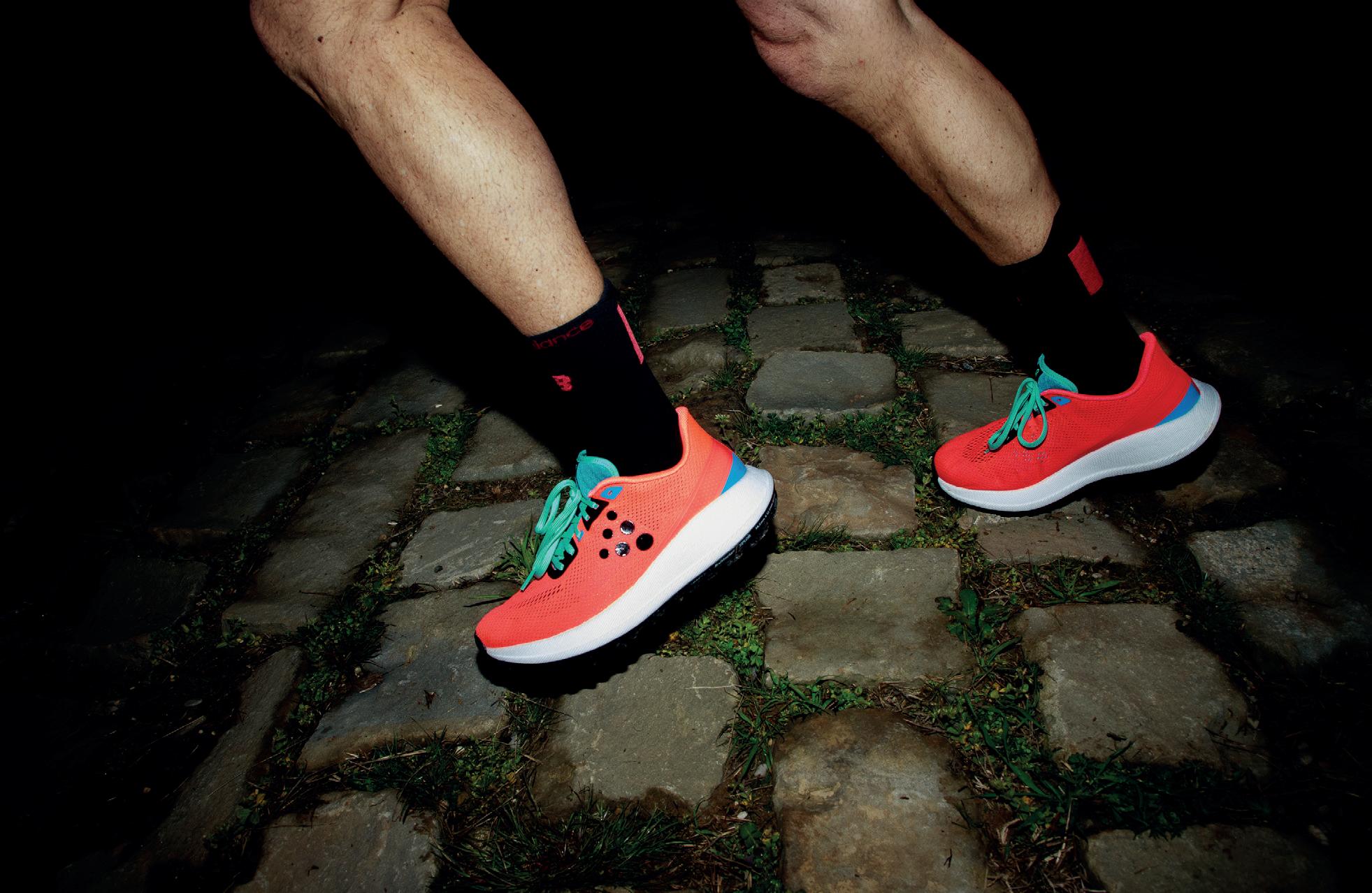
31 BY
PILL EVENTS
LISA MISCONEL THE
BY LISA MISCONEL
Scott Kinabalu 3
as we've never seen it before
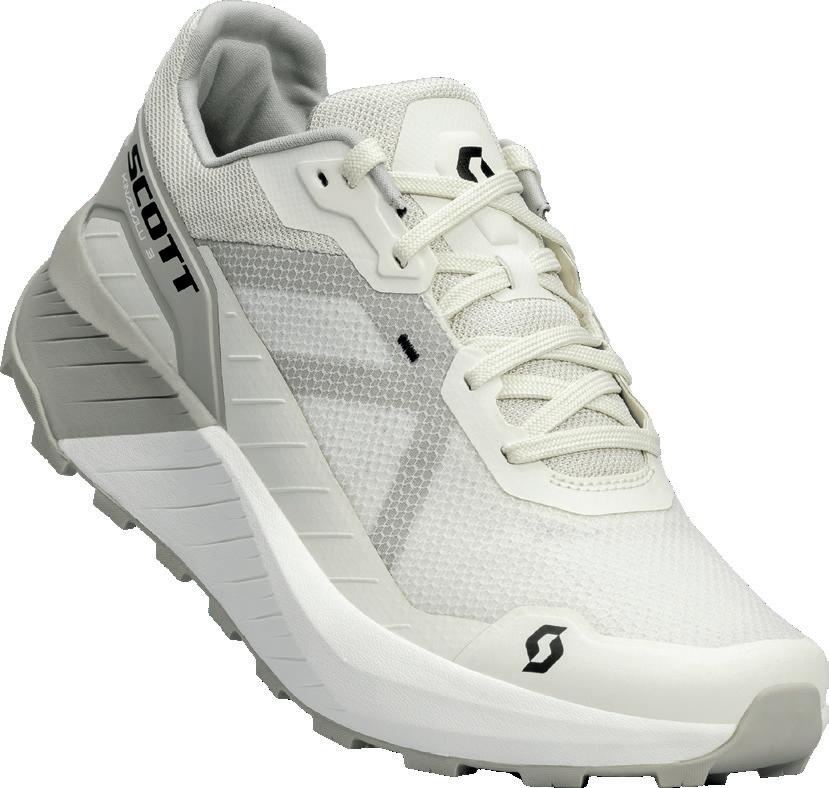
When a number accompanies the name of a shoe, it means that it has been around for quite some time, year after year, always improving. This is the case with Scott’s Kinabalu 3... introduced to the public in February 2024 in a completely redesigned setup. We're looking at a best-selling shoe, appreciated for its great versatility that allows it to perform on different types of terrain and meet the needs of various types of runners. Introduced into Scott's trail running collection since 2016, the name Kinabalu encompasses a collection of different shoe models ranging from training to races.
News and upgrades
The Kinabalu 3 has had a big makeover to make it more comfy, protective, and better overall. There are two main changes in this new version, both focused on the bottom part of the shoe. First off, you'll notice a bigger rocker in the front. This is thanks to the Evolved Rocker2 (ER2) technology, which helps you run in a way that's more dynamic and reduces how hard your heels hit the ground, making your runs more efficient. This tech is the result of ten years of research by Scott, all about how your body mo -
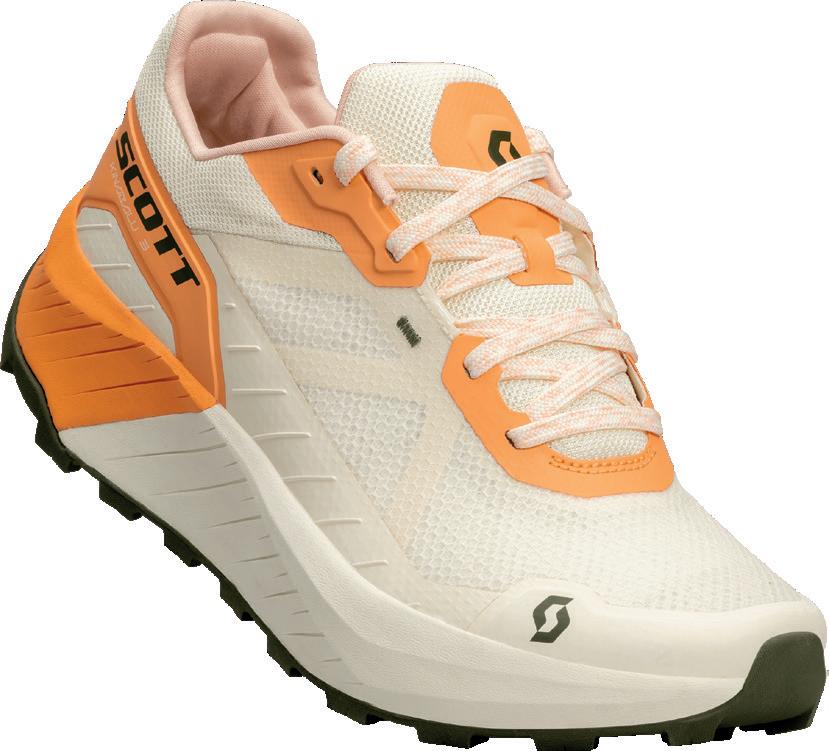
ves when you run. Secondly, they've upgraded the midsole, replacing the usual foam with Kinetic Foam. This foam is light and bouncy, giving you back 14% more energy than before. These changes aim to make your runs faster and help you keep going for longer with less effort.
Kinabalu 3 in numbers
As always, in the world of running and trail running, some numbers are
needed to identify a shoe. First of all, the weight: we're talking about 300g, which translates into a shoe whose main characteristic is not lightness but justifies every gram with more important features when it comes to trails. The drop is 7mm, while the stack is 29.5mm on the heel and 22.5mm on the forefoot. Scott's Versatile Traction sole allows performance on every type of terrain.
32 THE PILL PRODUCTS
BY LISA MISCONEL

33
PILL PRODUCTS
THE
THE PILL HEROES
BY ELENA BENASSI
Leggera: the story of Lucia Capovilla
In the world of sport, where physicality seems to reign supreme, stories emerge that rewrite rules, inspire and transform. Lucia Capovilla's story is one of these, a narrative that not only elevates the human spirit but redefines the concept of possibility. Her story, beautifully captured in the film 'Leggera' produced by Mammut, is a testimony of resilience, determination and pure passion for climbing.

Born without her left arm, Lucia has never allowed this characteristic to define or limit her. Her story begins in the tranquillity of a home where the love of challenges was breathed in daily. Her grandmother, a key figure in her life, turned curiosity and ingenuity into a mission, creating customised solutions to allow Lucia to climb without compromising her safety or comfort This combined quest for adaptation and overcoming obstacles became the core of her climbing adventure.
Paraclimbing, the discipline Lucia has chosen to conquer, was once relegated to the fringes of world sport. However, through the efforts and triumphs of athletes like Lucia, paraclimbing has gained its well-deser-
ved recognition. Her second place at the IFSC World Climbing Championships in Bern is not only a tribute to her athletic prowess, but also a symbol of the evolution of the sport itself.
"She was 20 years old when he started climbing. It has been his freedom ever since'.
His grandmother's words resonate like an echo of this conquered freedom, a reminder of the power of beginning, regardless of age or circumstance. Her climbing, more than an expression of physical endurance, became a dance of mental strategy and determination, bringing to light the true meaning of the motto 'The mind is the limit’.
Today, Lucia not only climbs physical peaks but also metaphorical ones,
serving as a beacon of inspiration for many. Her career as a nurse and motivational speaker allows her to share her story, encouraging others to overcome their limitations and rediscover the power of the human will.
'Lightweight' is not just a film about the life of a successful paraclimber; it is an ode to inner strength, an exploration of human resilience and a reminder that, in life's challenges, determination is just as important as physical performance. Lucia Capovilla's story shows that, with the right amount of courage and perseverance, the highest peaks can be reached, one step at a time.
34
THE PILL HEROES
BY ELENA BENASSI
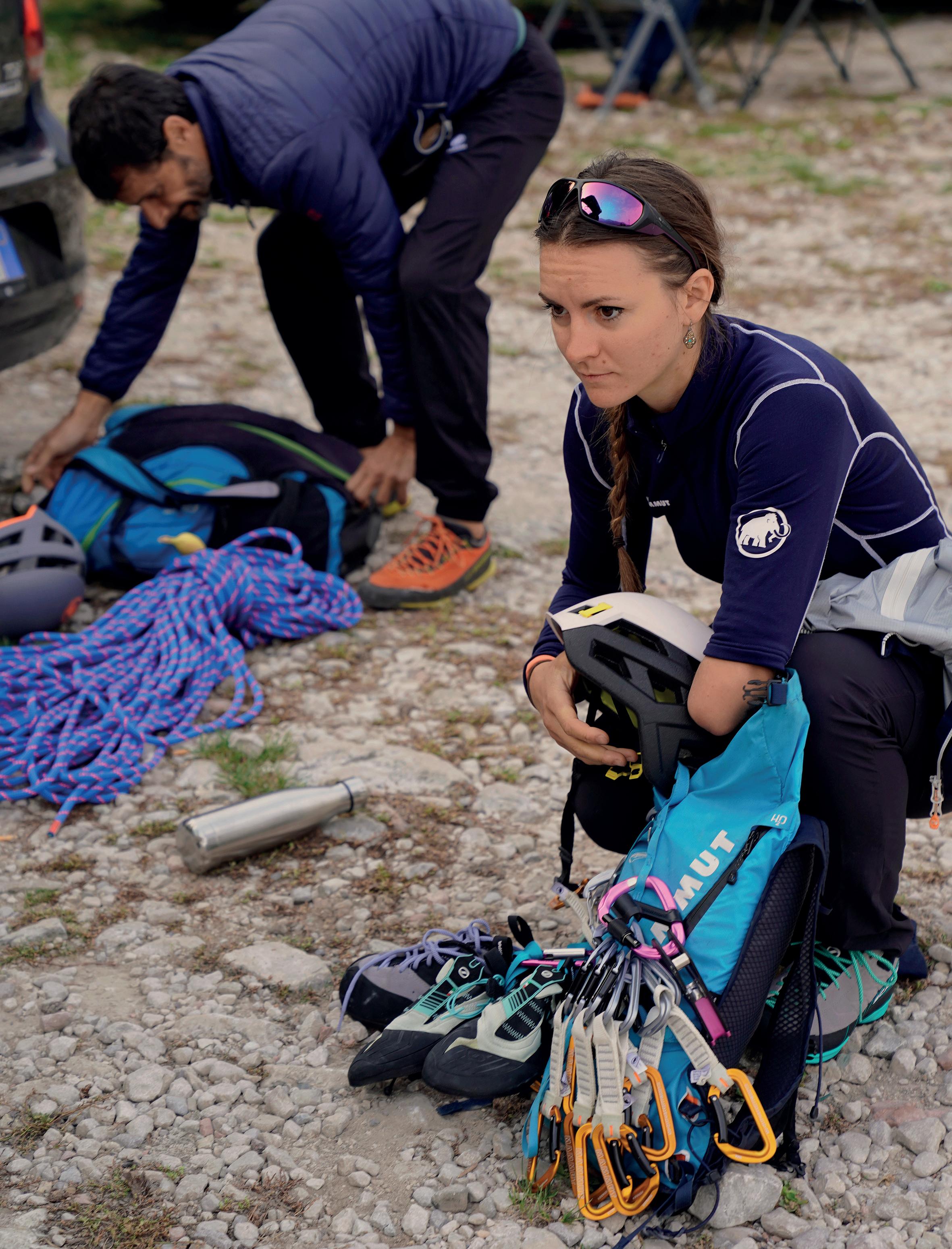
35
THE PILL HEROES
BY ELENA BENASSI
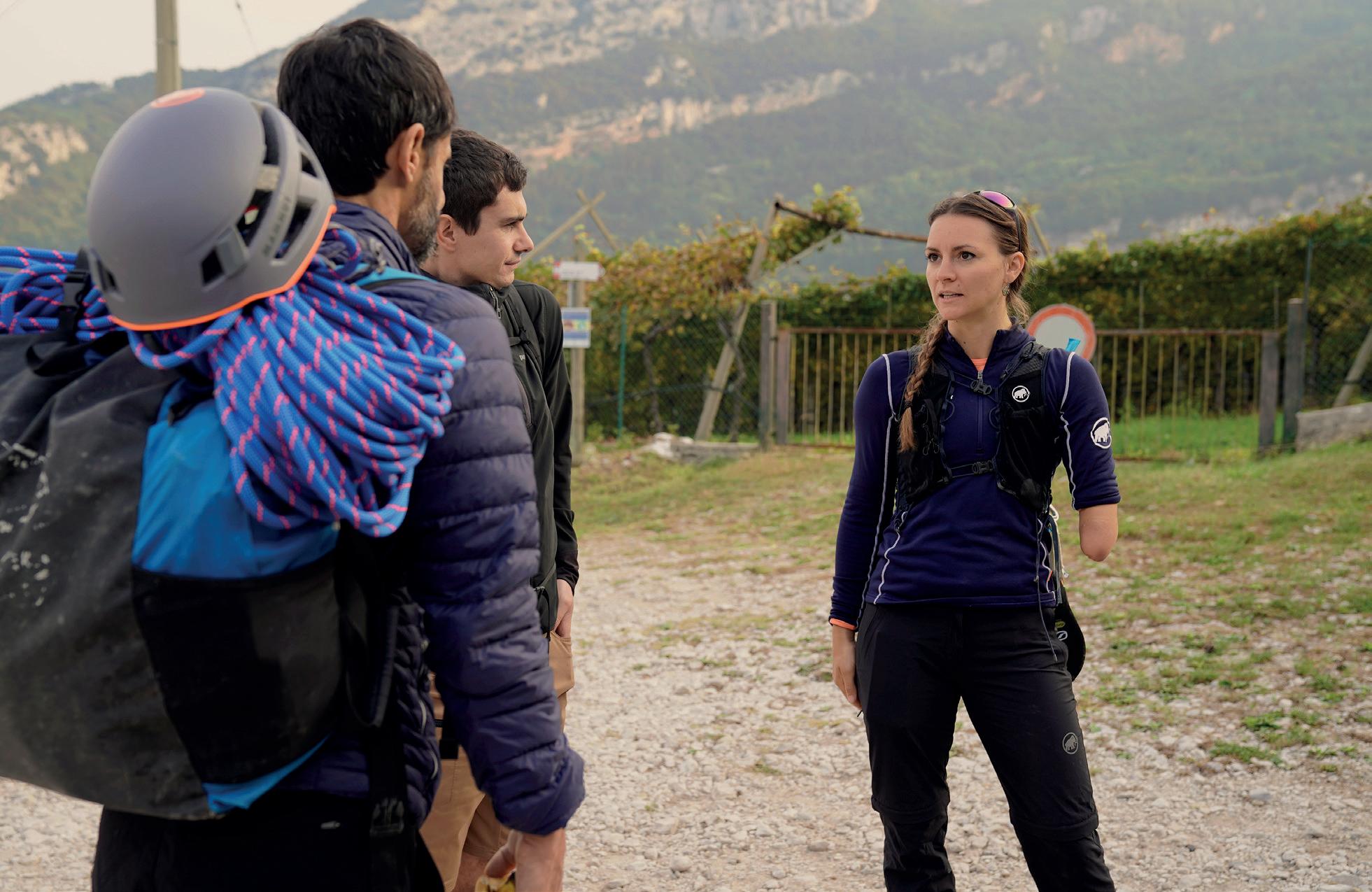
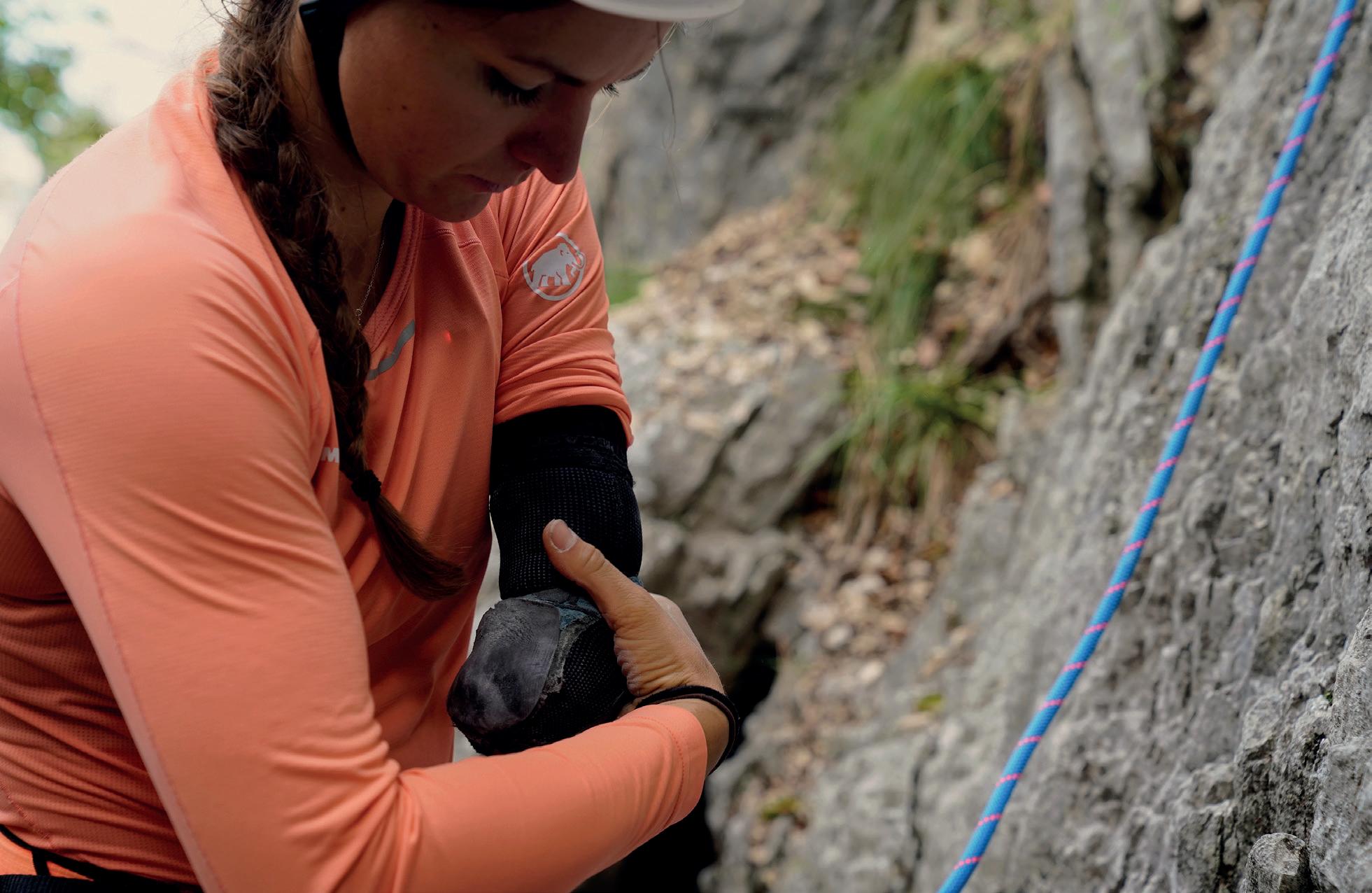
36
THE PILL HEROES
BY ELENA BENASSI
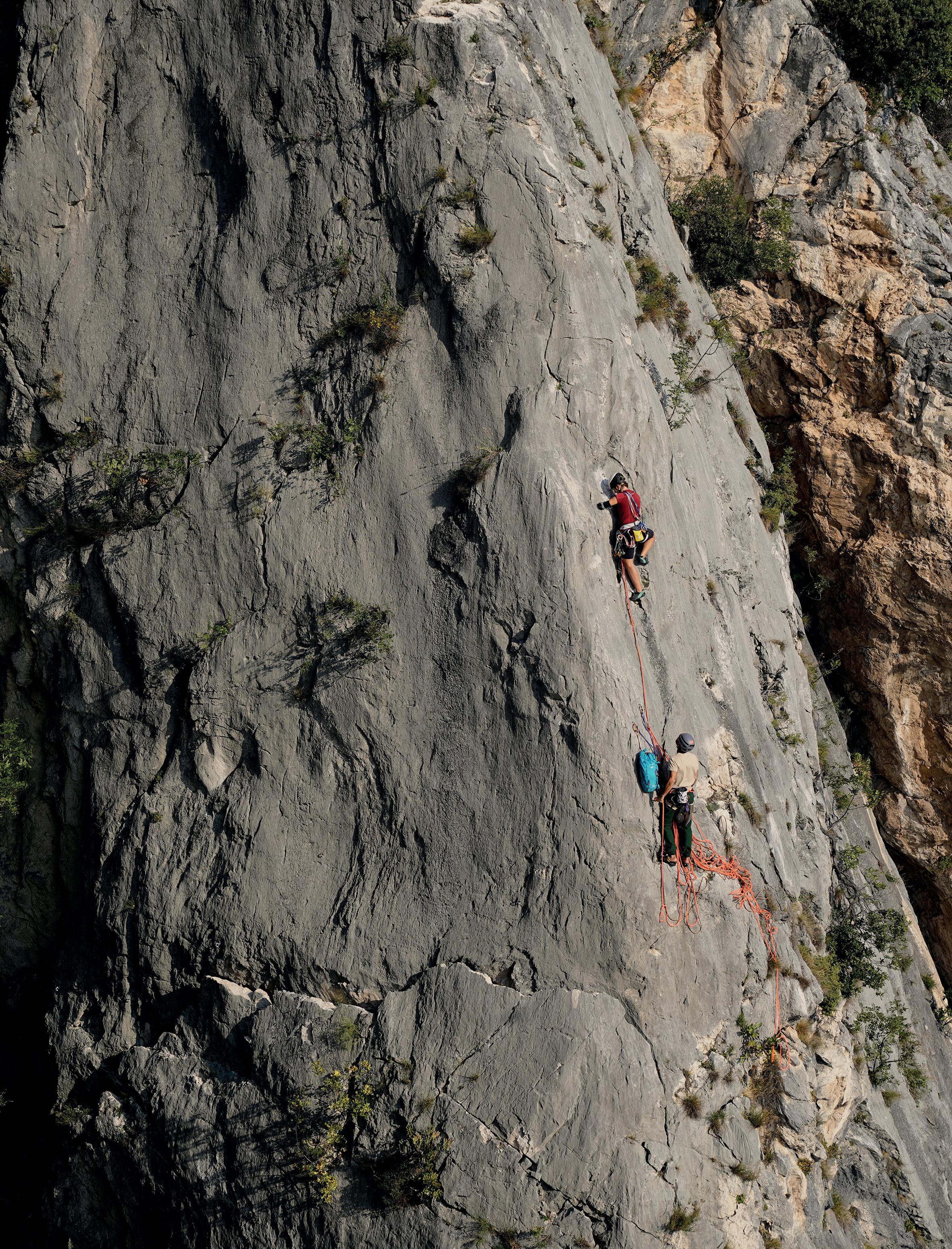
37
THE PILL EVENT
BY ELENA BENASSI
Climb World Tour La Sportiva Ascending together
La Sportiva has always closely intertwined its destiny with that of the climbing community, building not only equipment but also relationships, bonds and a global network of enthusiasts. The Climbing World Tour, represents the culmination of this commitment, an event that extends beyond geographical boundaries to touch the lives of climbers on four continents.
We met Fabio Parisi, Marketing Team leader, to let him tell us about the genesis of this ambitious project just a few days before the kick-off of its second edition.
Tell us about the idea behind this initiative The Climbing World Tour certainly represents one of the fundamental projects within our activities in climbing gyms, with the main objective of integrating into local communities and consolidating the relationship with those who follow us. This initiative originated about 15 years ago, where we were pioneers in testing shoes directly in gyms. It all started at the behest of Pietro Dal Pra, who travelled around Europe in his van presenting the shoes. At the beginning there were only 5-6 gyms, today the project has expanded considerably, planning to reach 150-200 gyms by the end of the year.
From local to global event… It will start simultaneously in 13 different cities, from Tokyo to Boulder, Beijing and Vienna. The kick-off is set for 16
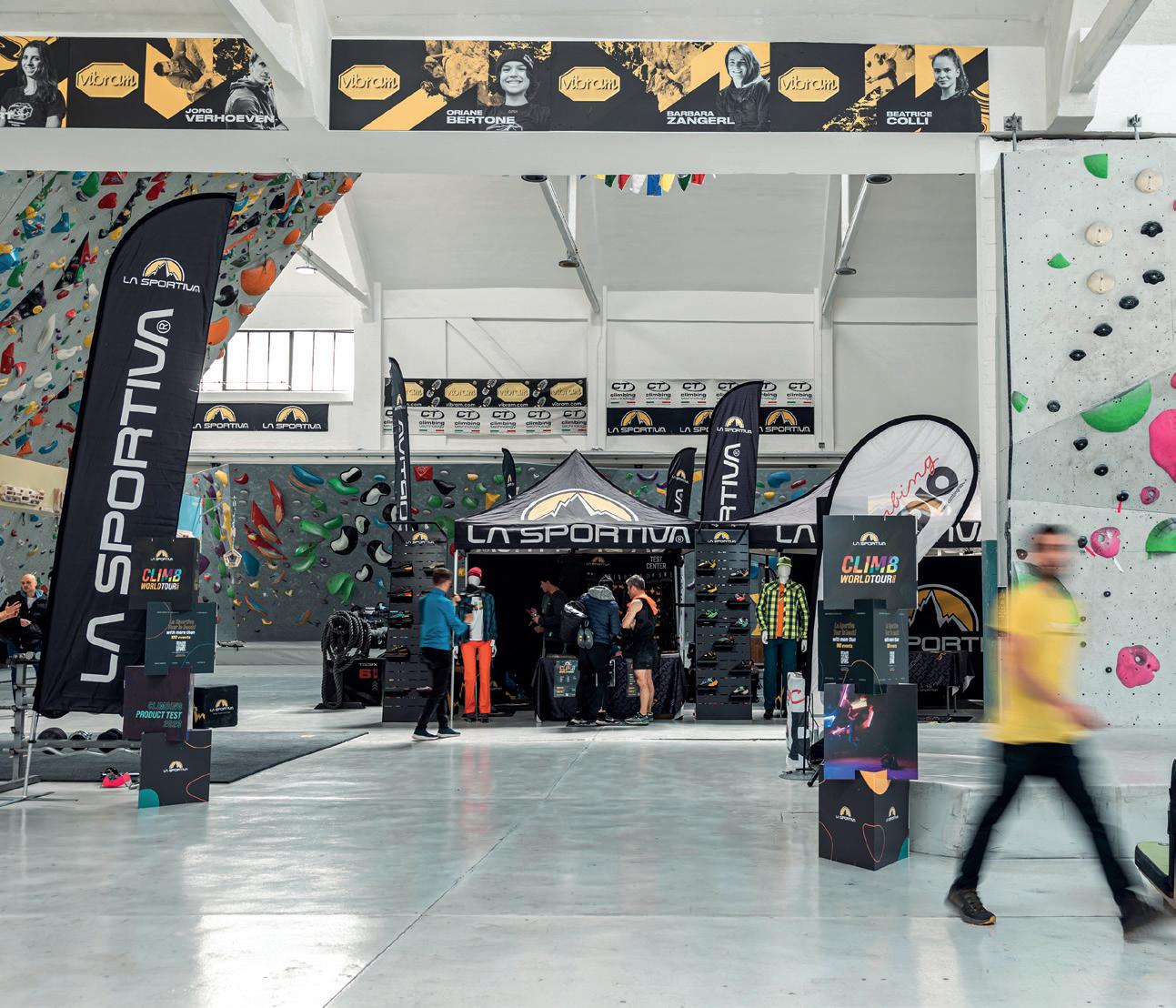
April from the 4 continents, and then it will continue with national tours until the end of November. So basically, this event is a networking event. We try to connect and put things happening in places not so close to each other on the same platform. The success of the event depends on the commitment of each local distributor in its organisation. Our main role is to coordinate efforts, ensuring uniformity in the design, vision and quality of event presentation.
What will be the main theme this year? The central theme will be No Edge technology, which reflects the identity and innovation of our company and has been part of our DNA for about a decade. No Edge represents a bet on the future of climbing, standing out for its innovative approach compared to traditional toe climbing shoes. This year, we plan to renew all four No Edge models, updating three of them and introducing a new one. The aim is to enrich our offer with a No Edge capsule collection that meets a broad spectrum of needs, from the
less structured Mantra model to the Genius, which is decidedly more defined and suitable for outdoor use.
Not only testing but also workshops and meetings with athletes Our remarkably technical and high-performance products are designed to last. In this way, even a re-soldered item can offer performance comparable to, if not superior to, a new product, while maintaining customisation of the fit. This is why we have introduced the concept of remanufacturing to the climbing world, promoting it at our events and to local communities.
The presence of athletes is not only symbolic but represents a bridge between the past, present and future of the sport. Free climbing, with its innovations and evolution, owes much to the community of athletes, who have helped to define its identity and growth. During the Tour, athletes share their experiences and their journey with the public, enriching the event with their unique perspective.
38
THE PILL EVENT
BY ELENA BENASSI

39
BY ELENA BENASSI
Garmin fēnix 7 Pro Beyond the beaten track
Garmin takes another step towards meeting the needs of athletes and those of us who love impossible challenges. The fēnix 7 Pro series has been specifically designed to meet the needs of trail and ultra runners, offering specific training tools, improved navigation and detailed fitness monitoring, ensuring constant support and precise analysis of physical parameters at all times.
Let's look at the new fenix 7 in detail.
fenix 7 Pro brings even more battery life to the table: solar charging technology is now extended to all models in the range, in both Power Sapphire and Power Glass versions. Thanks to this impressive piece of technology, battery life is extended to up to 37 days in smartwatch mode and up to 139 hours with GPS activated in Expedition Mode: an incredible duration that further extends the time between charges (battery life varies depending on model and settings).

The new generation MIP display significantly improves readability in different lighting conditions, thanks to redesigned pixels, higher contrast and black saturation, optimised backlighting and a more efficient solar panel. These improvements ensure superior visibility without compromising display quality even in bright sunlight.
The led torch, now standard on all models, offers several blinking modes, a red LED for safety and a strobe mode, improving visibility and safety
during night-time activities. The Cardio Gen5 sensor takes performance monitoring to a new level with advanced optical sensors, sport-specific algorithms and improved sensor layout, making physical activity monitoring more accurate and reliable.
Particularly noteworthy are the functions dedicated to mountain running, including the Endurance Score, which assesses endurance over long distances and at high intensity, and the Hill Score, which measures uphill running ability, offering a rating ba-
40 THE PILL PRODUCTS
BY ELENA BENASSI

sed on power output and progress over time.
Hill running is an activity that requires more energy and power than running on level ground, as it involves pushing one's body weight forward and upwards against the force of gravity. This type of running uses a higher percentage of muscles and has significant biomechanical differences, such as higher stride speeds and more power required at the joints. The Hill Score emphasises the importance of training on climbs to improve ove -
rall running ability, highlighting how specific training can turn climbs into a competitive advantage.
Finally, the Endurance Score provides a dynamic assessment of the ability to sustain high performance for prolonged periods, reflecting the influence of various physiological adaptations to training. In fact, tracking VO2 max alone is not sufficient to establish an athlete's true physical condition: the same value can lead to different performance between athletes due to various training-induced physio -
logical (metabolic, neural and muscular) adaptations. Tracking VO2 max, in combination with activity monitoring, gives a complete picture of physical endurance and motivates continuous improvement, making the fruits of hard work visible.
41
THE PILL PRODUCTS
BY ELENA BENASSI
LaMunt: a story of women, mountains and Me-Time
In a world that often moves at a frenetic pace, there is a place where women's voices resonate with strength and clarity, weaving together stories of passion, innovation and authenticity. This place has no geographical coordinates, but can be found wherever there is a desire to explore, to push boundaries and to embrace the majesty of the mountains with an open mind and heart. It is here that LaMunt was born and takes shape, not just as a brand, but as a living manifesto of 'by women for women’.
The magic of the Crew is not exhausted in the paths traversed or peaks conquered, but is renewed and intensified in the LaMunt Crew Events, where time is transformed into #MountainMe-Time, quality time to share, experience and grow together. Each Crew member with his or her own story can be a source of inspiration, which is why we decided to tell you the stories of Tiziana, Lisa and Dagmar.
When the mountain is the first thing you see when you open the door, from as early as you can remember, it is inevitable to establish a unique and special relationship with it. Tiziana, born and raised in Val Camonica, has experienced just that. Her dynamic nature reflects what she studies: glaciers. Their continuous transformation fascinates her so much that she has chosen to combine her passion for the mountains with her research work, studying the effect of climate change on glaciers and
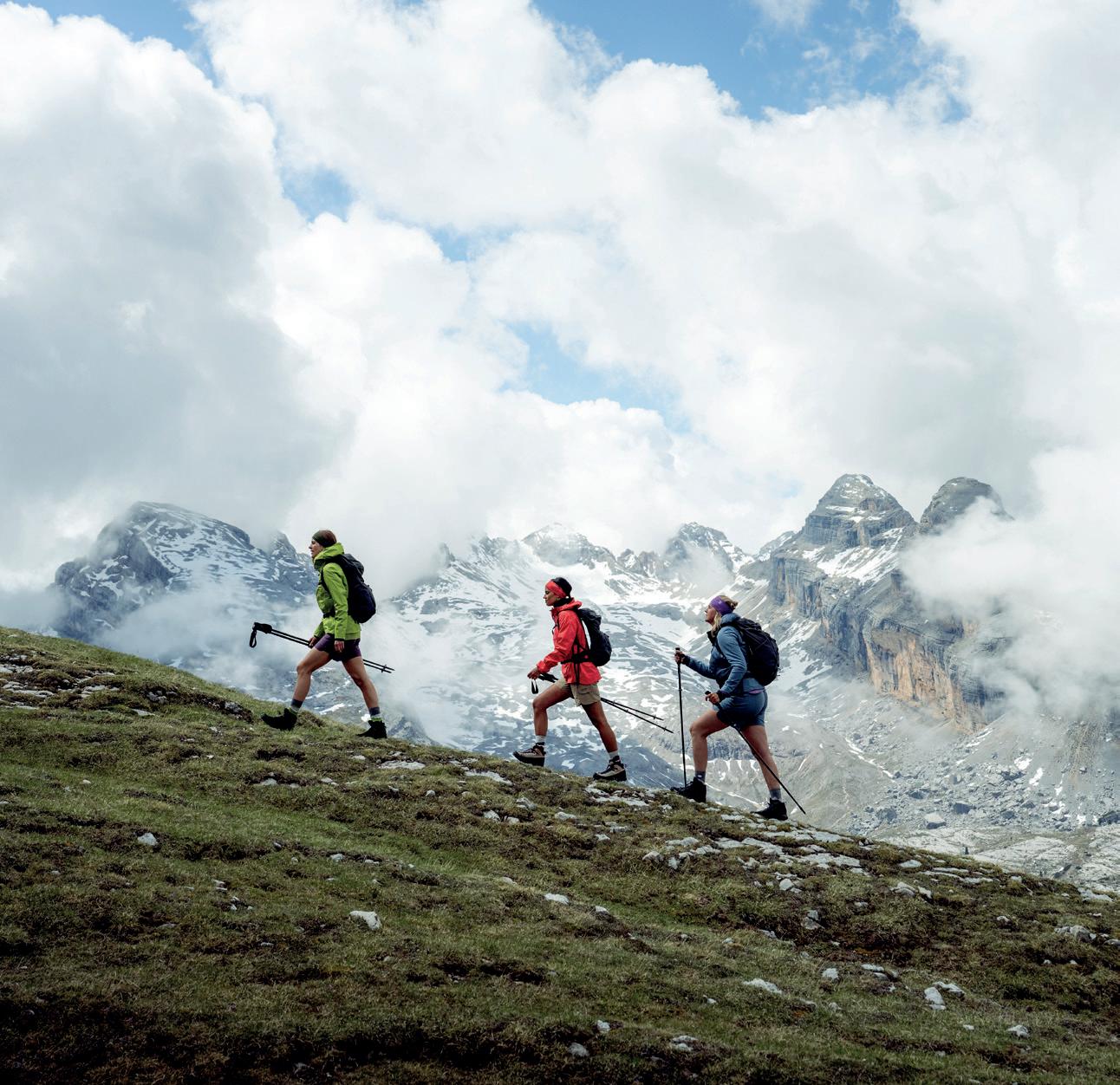
trying to understand how to safeguard the place where she feels most at home. "Experiencing nature is an opportunity to get to know myself better, without filters, to connect with myself and my roots," he explains passionately. "When I am in the mountains, I can really value the path, more than the destination. And this is a great lesson that I try to put into practice in my everyday life, being able to appreciate more the commitment I put into what I do".
Lisa and Dagmar, both from South Tyrol, have always been surrounded by mountains and have developed a unique relationship with this environment. Lisa is the third daughter of a very sporty family and has been used to mountain sports since childhood: for her, thinking of a life without mountain activities is not possible. "Mountain Me-Time for me means taking a break from everyday life, for myself or sharing these moments with others, enjoying the silence, the view and more
generally the here and now, finding serenity and wholeness.”
Dagmar, on the other hand, discovered a passion for the world of outdoor sports while travelling from the places where she grew up, driven by the contagious enthusiasm of friends and colleagues. It was while living in Innsbruck - during her first job - that her passion for ski mountaineering and mountain hiking was born. "Experiencing the mountains is synonymous with quality time, a break from everyday life and a return to appreciating the silence but also pushing your limits. Whether it is during the fatigue of the ascent on skis, in the quietness of the arrival at the summit, or in the thrill of freedom of the descent; whether it is in solitude and intimacy, in the bursting joy of a group of friends, or in the complicity of a couple's outing, the essence of the mountain is one, and finding contact with it is a journey to be savoured and enjoyed, each at his or her own pace."
42 THE PILL WOMEN
THE PILL WOMEN
BY ELENA BENASSI
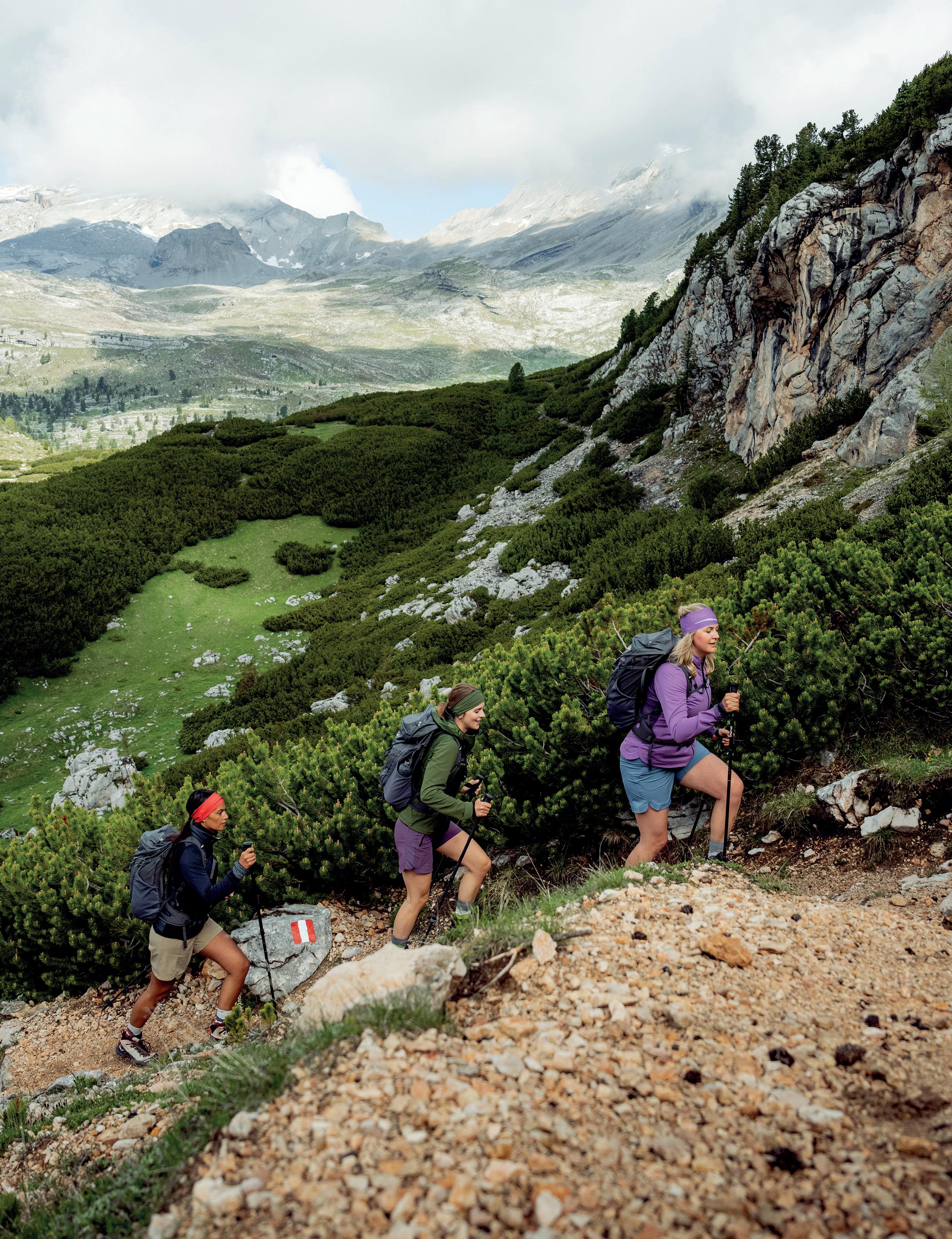
43
BY ELENA BENASSI
Salewa We_ar* Nature Embracing nature wherever we are
In the outdoor world, evolution continues unabated. Today, more than ever before, we are witnessing a transformation in the needs and lifestyles of those who love to venture among the peaks and trails. It is in this ever-changing context that Salewa presents its latest creation: the Salewa Puez SS24 line. It stands out for being a fresh and innovative interpretation of outdoor clothing, perfectly adapted to the needs of a younger generation, eager to combine adventure in the mountains with a modern and cosmopolitan lifestyle. This generation is not only attracted to the mountains for their wild beauty, but also experiences them as a dynamic and multifunctional environment, where adventure merges with everyday lifestyle. This is where this collection finds its raison d'être, offering a versatile wardrobe that adapts to every situation, from the city to the highest peaks.
In this interview, we retrace the creative process and the making of this new collection with Leonardo Fumagalli, Salewa's Designer Coordinator.
Tell us about the creative process for making these new products The first step was to look at the consumer
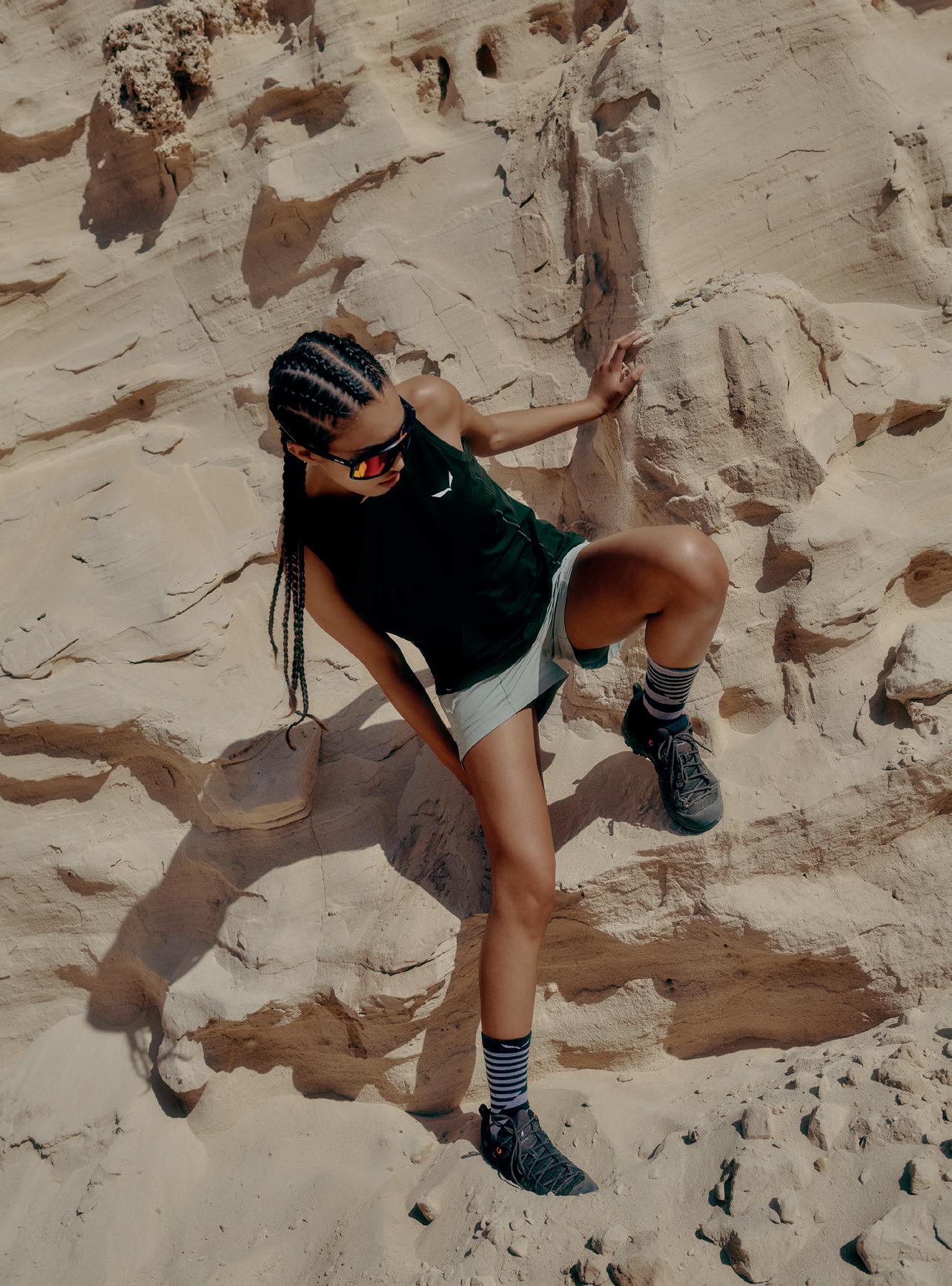
and study the needs of today's young people who, along with our traditional consumers of course, are precisely the target audience for this campaign. With the generational change taking place, we have noticed a different approach to sport, with a greater emphasis on the experience linked precisely to experiencing the company, experiencing nature, experiencing the mountains, and less on the purely sporting aspect. This change may also have been influenced by the pandemic, with many young people rediscovering nature after having been closed off for so long and, above all, appro -
aching this world without following the, let's call them, more classic rules linked to sporting performance and the achievement of set goals. Now, in my opinion, these aspects for many young people have taken a bit of a back seat, focusing more on wanting to have an experience; therefore, wanting to maybe just go with friends or at least with people they have a relationship with. They want to get away a little bit from what is everyday life, everyday work life or everyday life simply of the city, of studies, they want to experience this outdoors in a slightly different way.
44
THE PILL INTERVIEW

45 ITW TO LEONARDO FUMAGALLI THE PILL INTERVIEW
BY ELENA BENASSI

How did this analysis translate into the creation of the new products? Our product is positioned as a lifestyle element, responding to the demand for style and urban wearability. The influence of the 'Gorpcore', a movement that fuses simplicity and technical details such as fluorescent down jackets, has directed this perception. Functionality, often secondary in lifestyle but crucial in sportswear, is now integrated with inspiration from the outdoors. Our collection follows this line, offering urban, comfortable garments in natural colours, in line with the expectations of a young audience that wants versatility. Inspiration also comes from the East, especially Japan and Korea, where style is also essential in the outdoors. This fusion of Gorpco -
re, oriental elements and a functional design approach characterises our offer, making it ideal for a dynamic lifestyle while maintaining the technical qualities of outdoor clothing.
How do you think this new direction will be perceived by outdoor purists? There will certainly be a certain amount of scepticism on the part of outdoor purists, but we believe there are also advantages for them. The products still offer the technical performance required for outdoor activities, but with a more urban and versatile aesthetic. We are convinced that this new direction will make our products accessible to a wider range of consumers, while maintaining Salewa's quality and integrity.
The claim chosen for the campaign, 'We Are Nature' and 'Wear Nature', is very evocative The claim is the result of super work by our marketing department. Here at Salewa we are very fortunate to have people who are really strong in this respect and who are able to enhance the product and make its essence understood.
'We Are Nature' represents the consumers' desire to completely immerse themselves in nature during outdoor activities and to live the experience all round.
'Wear Nature', on the other hand, refers to the fact that we wanted to bring this strong naturalistic component into the product, because the main technologies we find in these garments are hemp, Alpine Hemp and merino wool.
Merino wool has established itself as a widely accepted option in the outdoor world due to its universally recognised advantages. Salewa decided to adopt merino wool in its first layers of clothing, including t-shirts and fleece, because of its excellent thermal, odour and antibacterial properties, which allow it to be used for extended periods without the need for frequent washing. On the other hand, hemp, although less widely used due to cannabis-related restrictions, is gaining ground. In recent years, several brands, including more lifestyle-oriented ones, have started using it, following the path traced by Salewa three years ago. The characteristics of hemp are undeniable: it is durable, handles moisture well and requires less water for cultivation than other fibres. It is important that consumers appreciate its value, as it is a sustainable and long-lasting alternative to synthetic materials, with a lower environmental impact.
46 THE PILL INTERVIEW


47 THE PILL INTERVIEW ITW TO LEONARDO FUMAGALLI

Saxifraga
The New Capsule Collection by Dolomite
BY LISA MISCONEL
Winter is coming to an end, the snow is beginning to melt, giving way to the colors and scents of spring. The yellows of the cold months make room for new shoots, and among the rocks emerges the Saxifraga. From the Latin "saxum," meaning rock, and "frangere," to break, it is a plant with delicate petals capable of withstanding the high-altitude winds and breaking through the rock to settle in cracks. White and pinkishred are the tones that match the typical gray rock of the Alpine territories, their saturation diminishing as evening falls and the first rays of morning arrive.
Saxifraga: this is how Dolomite, an Italian brand with over a century of experience in developing and producing footwear and clothing for the mountains, has named its new capsule collection created in collaboration with the design studios Temp Studio and Rayon Vert. A rebirth in the new season with cutting-edge style and the use of nature as a central theme. The continuous innovation and exploration of new aesthetic and communicative codes is what allows brands to keep up with the times, and combining
this with centuries-old tradition is certainly a bold move by Dolomite. The resilience of the Saxifraga is accompanied by the theme of dualism found in "From Dawn till Dusk." Light and warm colors for the beginning of a new day, then darkening towards moss tones as dusk approaches. These colors, along with Saxifraga red, are the protagonists of the collection pieces: a 3-layer jacket in big ripstop waterproof fabric, two t-shirts in organic cotton drirelease, 4-way stretch shorts with pockets, and technical socks.
49
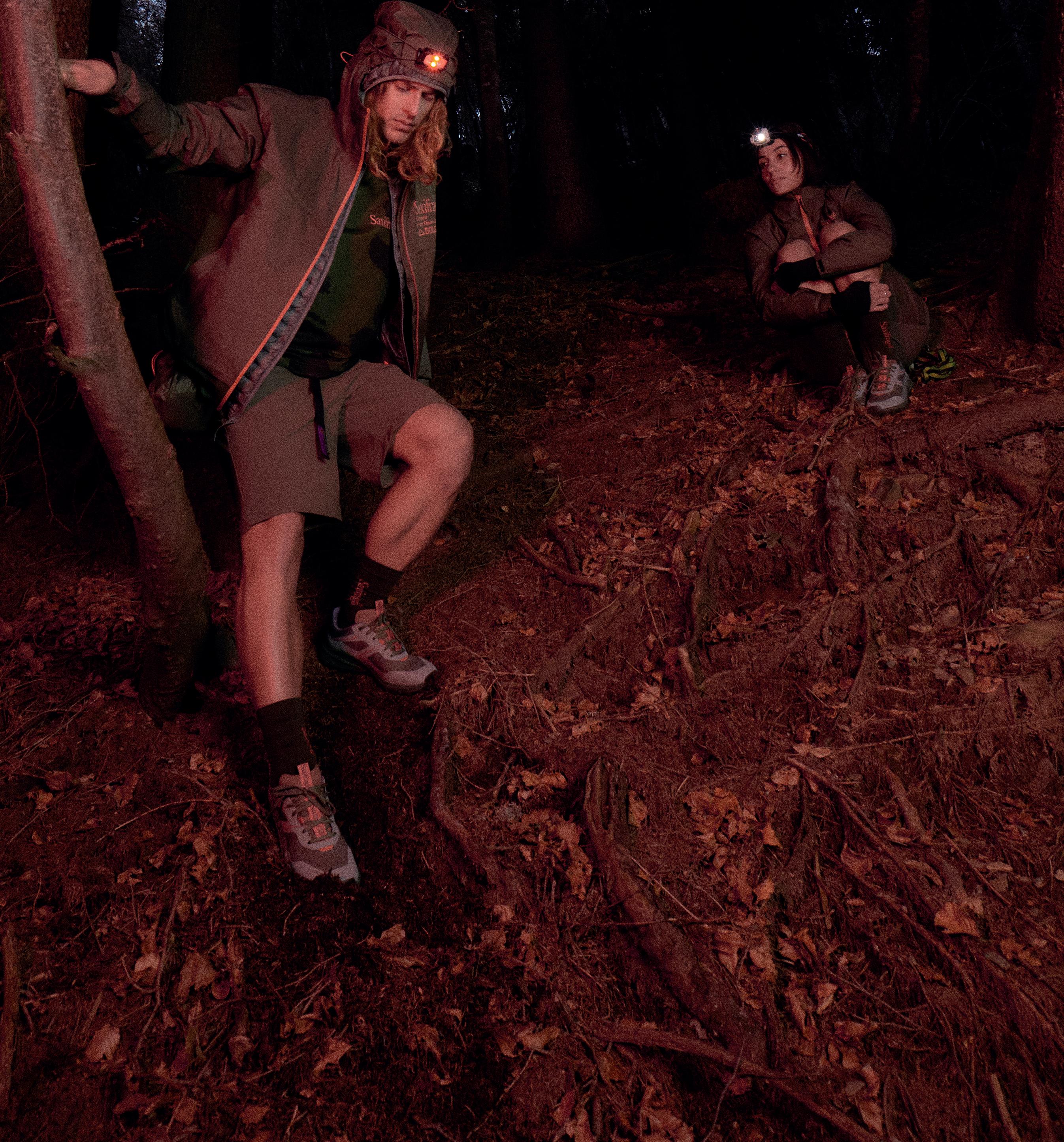
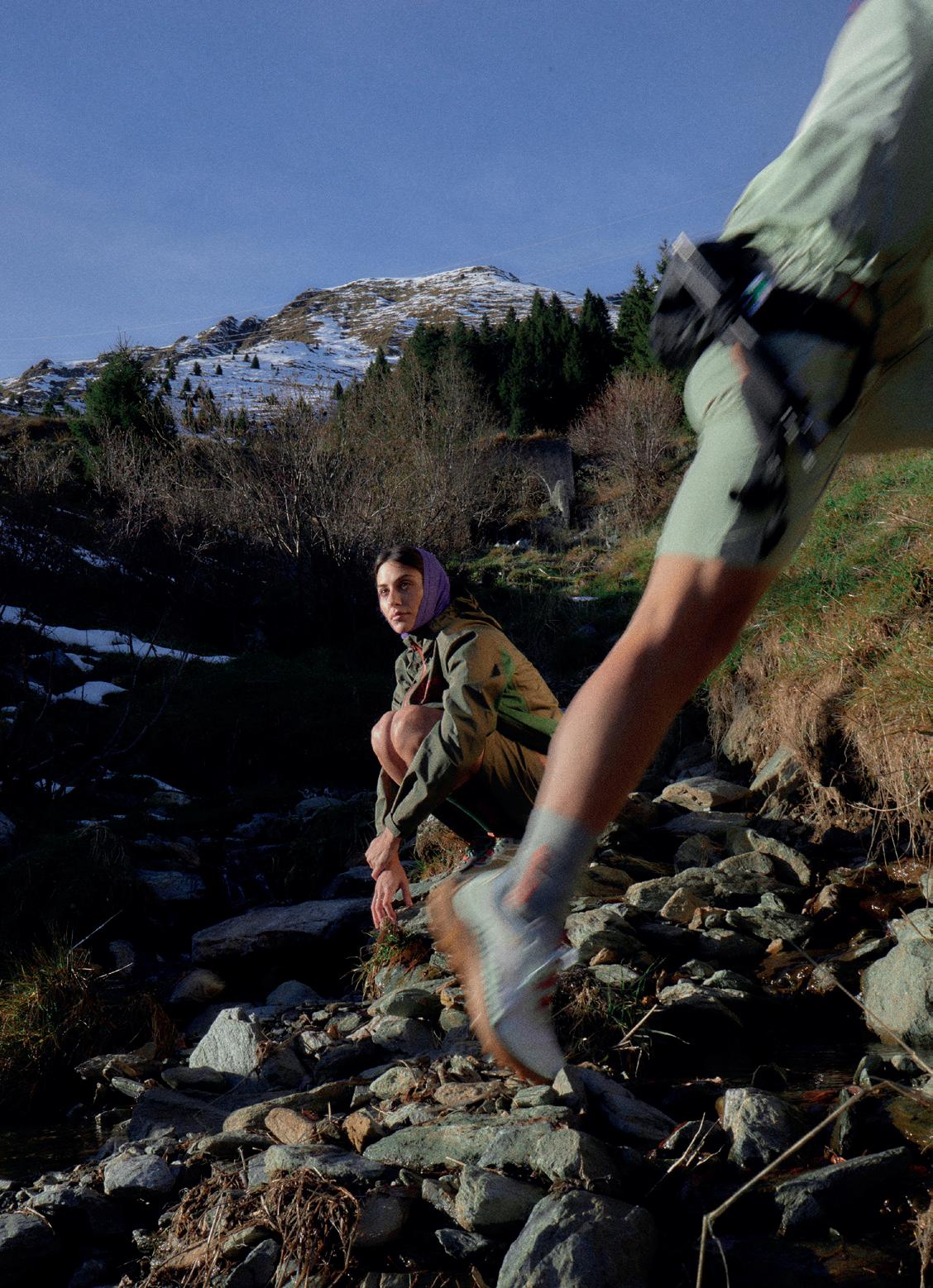
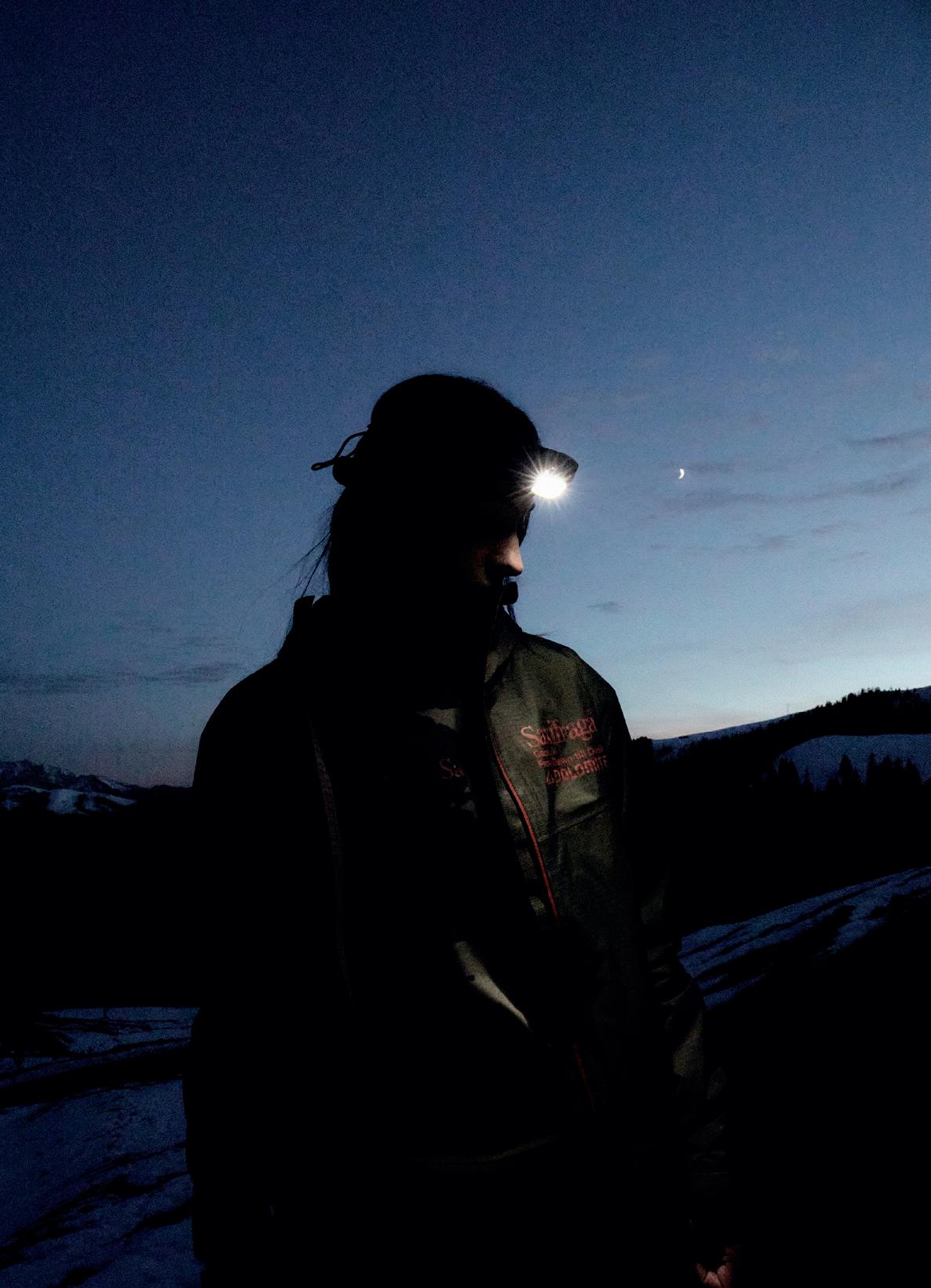
50

Saxifraga GTX is the shoe that characterizes the footwear side: designed for fast hiking and all its requirements, from the Vibram sole with Traction Lug Technology to the Gore-Tex Invisible Fit membrane. Extensive research and high performance in a shoe capable of ensuring maximum comfort during activity while remaining suitable for accompanying urban looks in everyday life, with the option to choose from two different colors.
This project is supported by Rayon Vert, a European agency specializing in consultancy and design in the outdoor clothing sector, distinguished by the high standard of product testing.
The third player in the Saxifraga capsule is Temp, a graphic design studio based in Bergamo, which handles visual identity, creative direction, digital identities, and websites.
The result is a very interesting communication concept, with high-quality images and an excellent balance between the narration of the theme and the product. A type of content and product that is increasingly appreciated by young trail enthusiasts. The barrier between daily life and days in the mountains is gradually being eliminated, and outdoor activities are becoming increasingly accessible to new users from all backgrounds.
51
Women2Women
A cool project by Blizzard-Tecnica
BY LISA MISCONEL
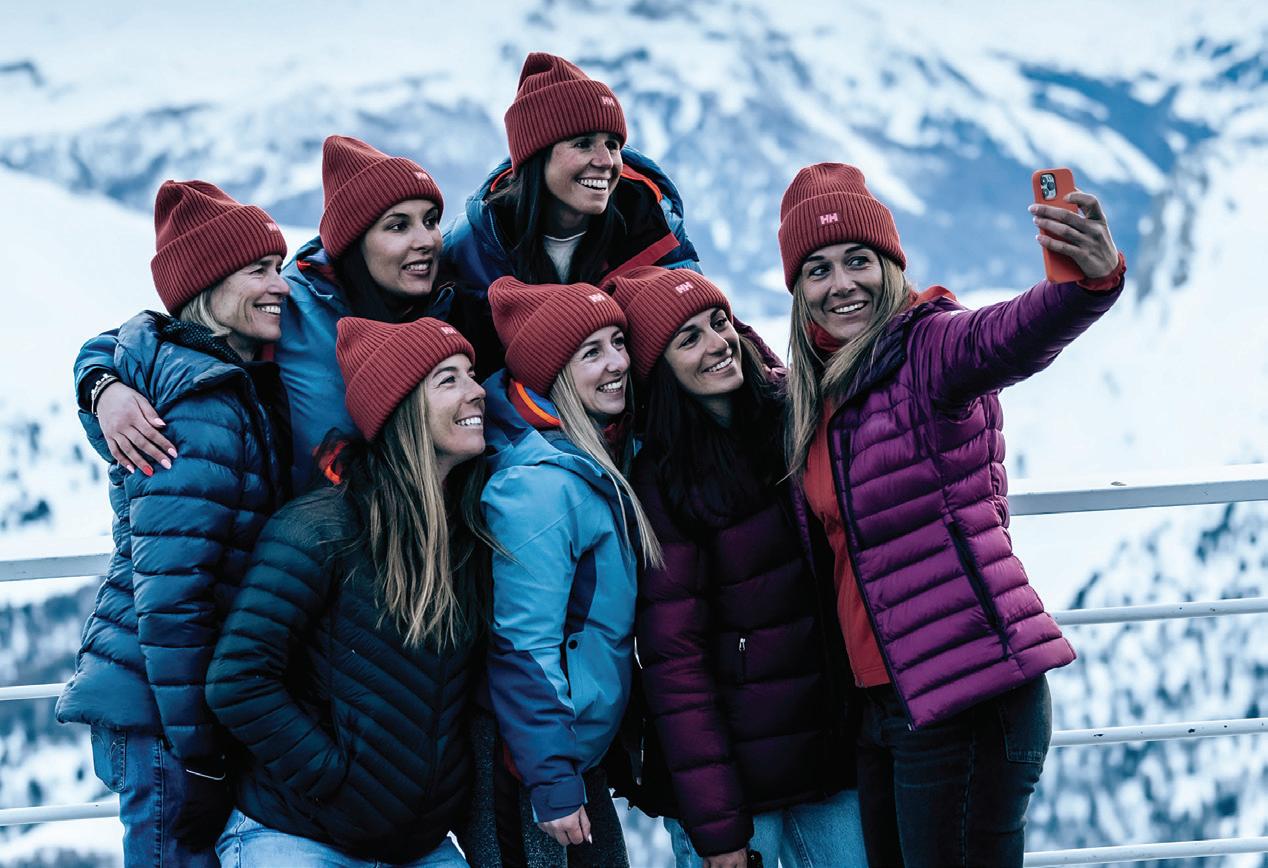
Lagazuoi. Twenty-four hours from dusk till dawn in the heart of the Dolomites with a group of women from diverse backgrounds, professions, and locations. The goal? Skiing. The real goal? To kickstart a new Italian focus group for Blizzard-Tecnica's global Women2Women program. The origins of this project date back to 2015 when the first focus groups were established in the USA and Europe, bringing together women with diverse backgrounds and interests who shared the same passion for skiing, freedom, and the mountains. Spending time together helps create synergies, where shyness gives way to empathy and the sharing of thoughts and life stories. The pandemic unfortunately interrupted the Italian meetings and so, in March 2024, thanks to the work of Community Manager Elisa 'Sisa' Vottero, supported by Giulia Pintarelli, Digital Content Coordinator at BlizzardTecnica, the story began again. Leslie Baker-Brown, Global Leader of the W2W program, flew in from Vermont to participate in the launch of the new focus group.
52
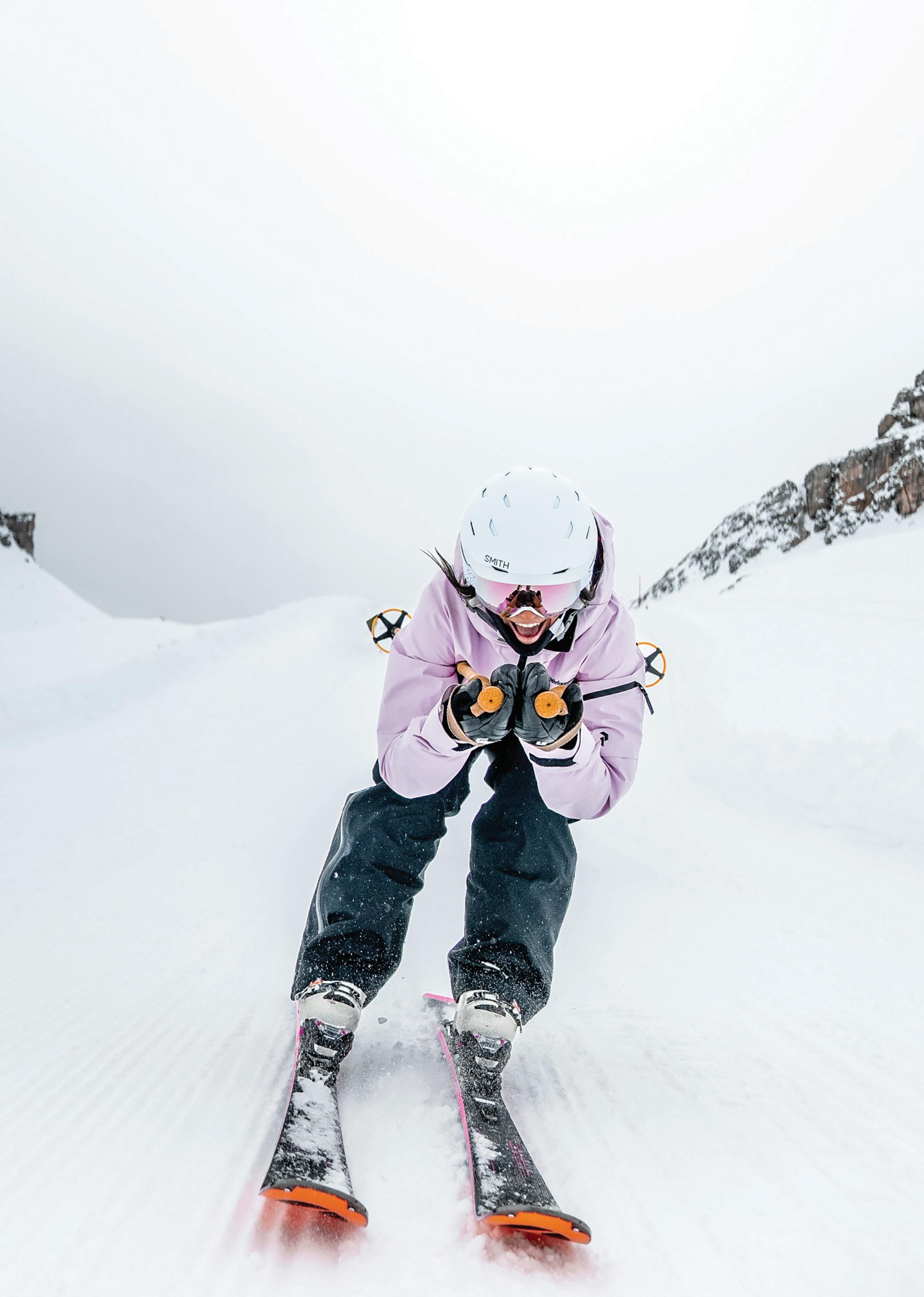
53
Among former skiers, coaches, teachers, and enthusiasts from diverse fields, there’s also me. While carving on the slopes may not be my daily terrain, I know how to move on the snow, and telling stories is something I can do, or at least I enjoy doing it. Solidarity among women is a theme that deserves more emphasis: as a gender, we can be overly critical and insecure, often preferring conflict over support. This was one of the key takeaways from my time in the Dolomites: having relatable peers, working alongside those who share our goals, and talking to those who share the same fears are things that strengthen and motivate us, and this is what the Women2Women program aims to achieve. It's not just about the product, hooks, and fitting comfort. In fact, sitting around the table with the soft light of the lamps in the Lagazuoi refuge and the moon high outside the small windows, Leslie told us about the four pillars of the program: product, education, inspiration, and community building.
Col Gallina. The product
7:00 am Lagazuoi refuge. This is where the product testing begins: the Phoenix and Black Pearl, in various widths, paired with the Cochise and Mach are the main characters for the day. The slopes of the Dolomiti Superski area are in perfect condition after the cold night, and the first turns are made on the pristine slopes at the foot of the imposing rock cathedrals before ending up on the Col Gallina slope reserved for testing. Like here, also in Aspen, Portillo, Kaprun, Mittersill, Leck, Alta Badia, and Jackson Hole, top products on the market are tested and evaluated, and brainstorming is done for future ones. Innovations such as the CAS Cuff Adapt, Thermic-IC heated liners, and Celliant fibers, designed to keep girl skiers' feet warm, are just some of the outcomes of these testing sessions. The latest achievement of the W2W program, the new Black Pearl, tested multiple times by W2W teams worldwide before the final version was defined, which today has sold 8-10,000 pairs in the United States alone. The groomed slopes of the early morning hours are ideal for
testing, especially for the Phoenix, which dazzles with its black-pink contrast at every turn. A few hours later, it's Black Pearl's turn to shine, providing great fun on the slopes and dreaming of backcountry days.
Rifugio Averau. The Community
Everything that happens before and after the skiing is what we call community. Seventeen women, nearly strangers at first, but within just 24 hours, bidding farewell like lifelong friends, supporting and respecting each other. It may sound like a cliché (and who knows how long this idyll will last given our natural inclination for small daily dramas), but what does it really matter? Among us are women from marketing, sports, communications, as well as mothers, new mothers, and non-mothers alike. Yet, as Sisa remarks before dropping into the final run of the day amidst a heavy snowfall, "there's no greater strength than the support we offer each other," capable of fighting any hint of envy. Whether you're a ski instructor or an influencer, whether you document every moment of your life or prefer the airplane mode, in the end, aren't we all the same when we gaze out the window at a snowfall? Or when we're met with raised eyebrows for discussing rocker and sidecuts, not allowing others to control over our own decisions?
As I drive down the sharp turns from the Falzarego Pass, I remember that I don't really know how to adjust my ski bindings, and I don't even know what to answer when asked if I'm a good skier. But one thing I do know is that the fear I had when driving up those turns and the sense of inadequacy of not being a "real skier" have disappeared, making room for names that I can now connect with friendly faces, the idea of new projects together, and yes, of course, some good as carving. Women2Women Italy is called Sisa, Giulia, Camilla x3, Anna, Baba, Annachiara, Daniela, Silvia, Maria, Viola, Valeria, Valentina, Ludovica, Sara, and the journey has just re-started.
54
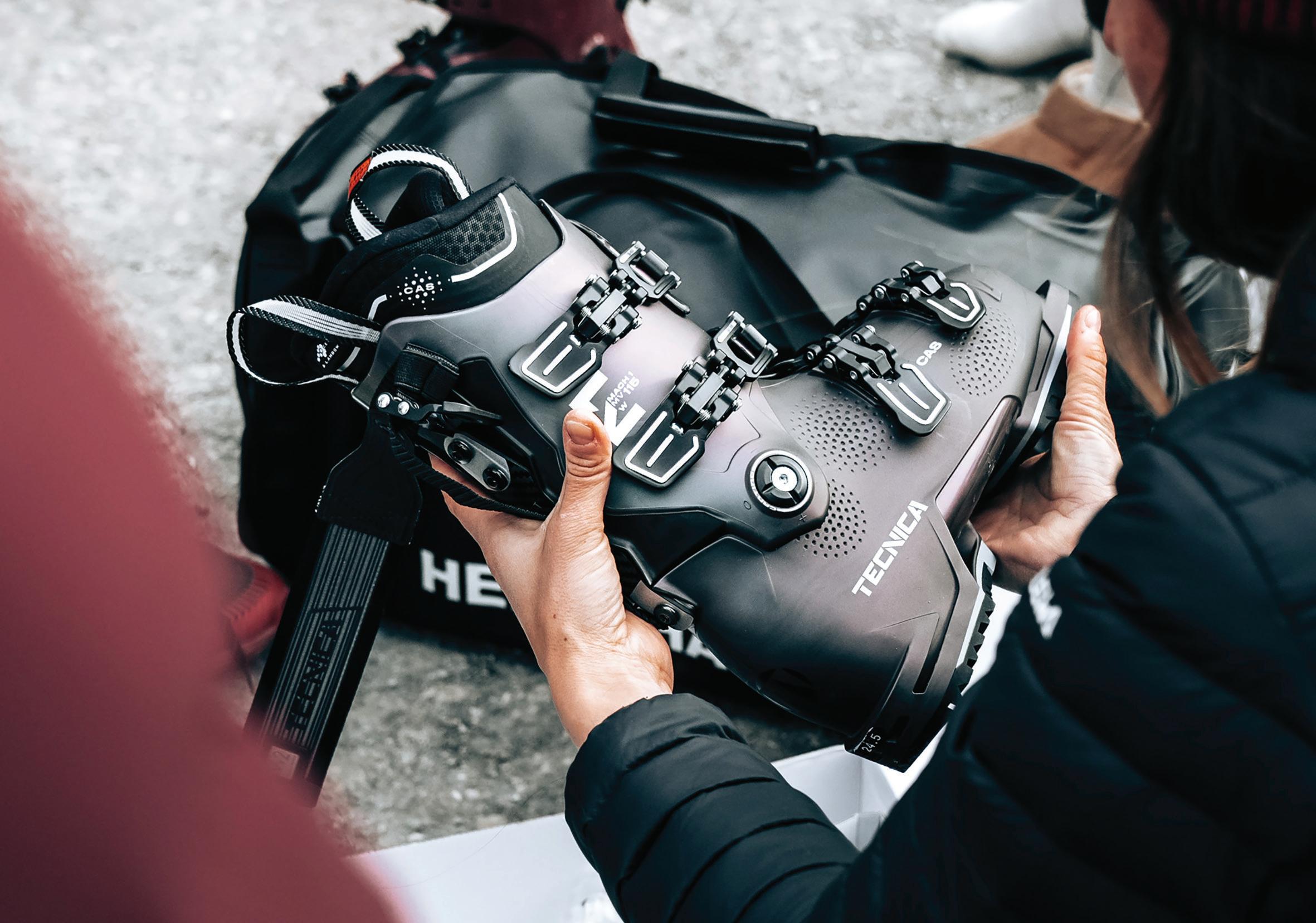
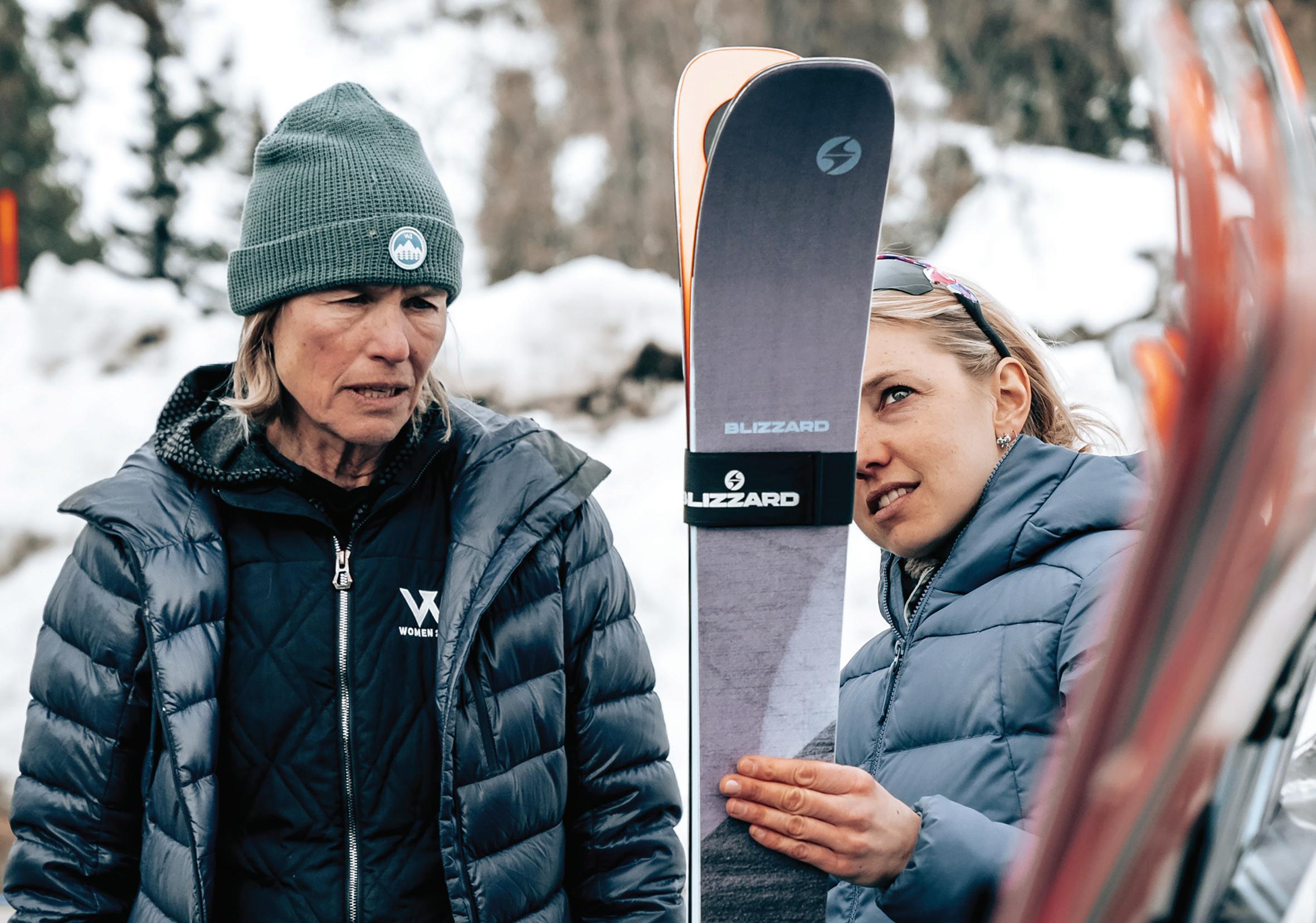
55
New Balance Fresh Foam X Hierro 8
From dusk to dawn
BY STEFANO LIONETTI
A chat with Riccardo Borgialli about the year's objectives, the UTMB races, his joining the New Balance Trail Team and the new Fresh Foam X Hierro 8
It's been a while since I had a chat with Riccardo. We always meet at races but then we are both in a hurry and he - of course - is already at home eating a pizza when I finish. I'd had the new NB Hierro 8 in my hands for a few days and after testing it for a few kilometres I was happy to compare sensations with someone whose leg was much faster than mine. But basically it was an excuse to talk a little about everything.
So how is this New Balance trail camp going? Good, I'm having fun, we're also doing a bit of team building with the other athletes.
You're in Liguria, right? Yes, near Spotorno. For me it's perfect because I can already train on the Mare Montana trails, with Davide [Cheraz] we had some nice climbs yesterday.
Right, so let's get the questions about the 2024 season out of the way, so first Mare Montana goal? That's right, usually the first race is the selection race for the Italian championship, in this case
selection for the Europeans. It will be a good opportunity to jump into the fray and to test my condition ahead of the LUT120 and UTMB. The classic summer combination that I would like to try to interpret to the best of my ability.
Are these races where you feel comfortable? I'm very charged up. You know in these races the night makes the difference. When dawn comes one way or another you bring it home: it can be in Cimabanche, as in La Fouly. In my opinion it's like in a Quentin Tarantino film: you have to grit your teeth from sunset to sunrise and then when you see the sun come up it's gone, for better or worse. Long races or short races the moment of difficulty is always there, but knowing how to hold on is what distinguishes one runner from another.
Tell me about the last race in Chianti (Ultra Trail). Chianti good, I'm happy. Actually more for the management than in terms of performance. Let's say it was the race I had planned: a steady race and a crescendo in the last few kilometres in which to work on the approach, to work on the nutrition, to fine-tune a few things that hadn't gone quite right at Transgrancanaria.
56
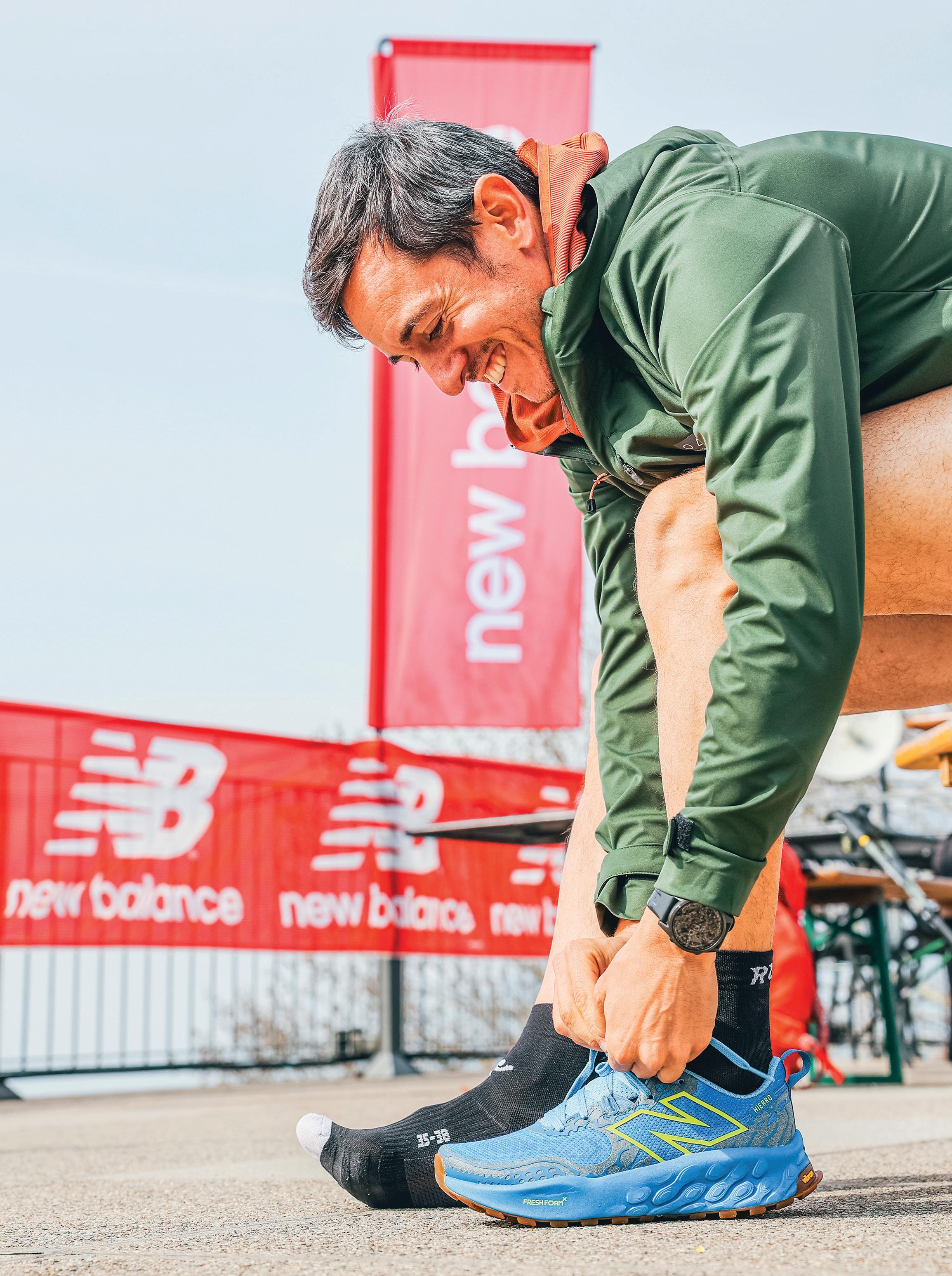
How much did you feel the presence of UTMB? Well, the participation parterre was of another level with elite athletes looking for Running Stones and tickets to compete in the direct qualification finals. On all distances they lowered the record, but not just the first: I came sixth and was still under the previous record by about ten minutes. That's fair enough, it's the sport that grows.
Your experience with Trail Team New Balance started recently. What differences do you see compared to Team Salomon in which you were in for many years? With New Balance, unlike the time in Salomon when I was part of the local team, the approach is more international. We only have the European team and you can compete with all the international athletes. The Trail Camp includes product development workshops: we train in the morning and in the afternoon we work with the Boston team to discuss needs, pros and cons, and improvements to the products we test, from shoes to clothing, adapted to the distances we run. The difference in approach can be felt in the little things, in the desire and opportunity to experiment. Here you have the feeling that you are helping to build something, as well as simply being an athlete with your performance. What I perceive is the fact that it is a common growth process. Athletes and shoes go hand in hand.
What shoes did you run in Chianti with? I used FuelCell SuperComp Trail shoes, the ones with the carbon plate. It was a fast race anyway and I feel very good in them, so I used a marathon-style approach: if I do less fatigue and go
fast enough, I am more efficient. It's obvious that if I had been planning to do 10 hours I would have had to think about another strategy and another shoe, like the Hierro 8.
So here we are. I used them for about ten days and I felt quite a difference compared to the previous model, I'm curious to know what you think as a professional athlete. For the first races of the year I used the Hierro 7, shoes that I felt good in because they were very stable even on uneven terrain like at Gran Canaria. Perfect for a slightly technical mix. The new Hierro in my opinion has more propulsion, it helps you more on the fast run in terms of stack and roll. In addition, the Fresh Foam X foam is very comfortable and makes a difference when the hours and kilometres on your legs increase.
Could this be the shoe to do Lavaredo Ultra Trail? It's definitely among those I'm considering, along with the FuelCell Venym which, however, are made for pushing and there we come back to the question of how many hours you think you'll be on your legs.
You might think about changing them mid-race, is that something you're used to doing? Usually not, but over a distance like this it might make sense. It also depends on how the race is going, changing shoes will still lose you a couple of minutes, maybe it's worth it and you still have 60 kilometres to make up for it. I like it, it's a good idea.
Talk to you soon for another chat? Gladly, but at least over a pizza
58
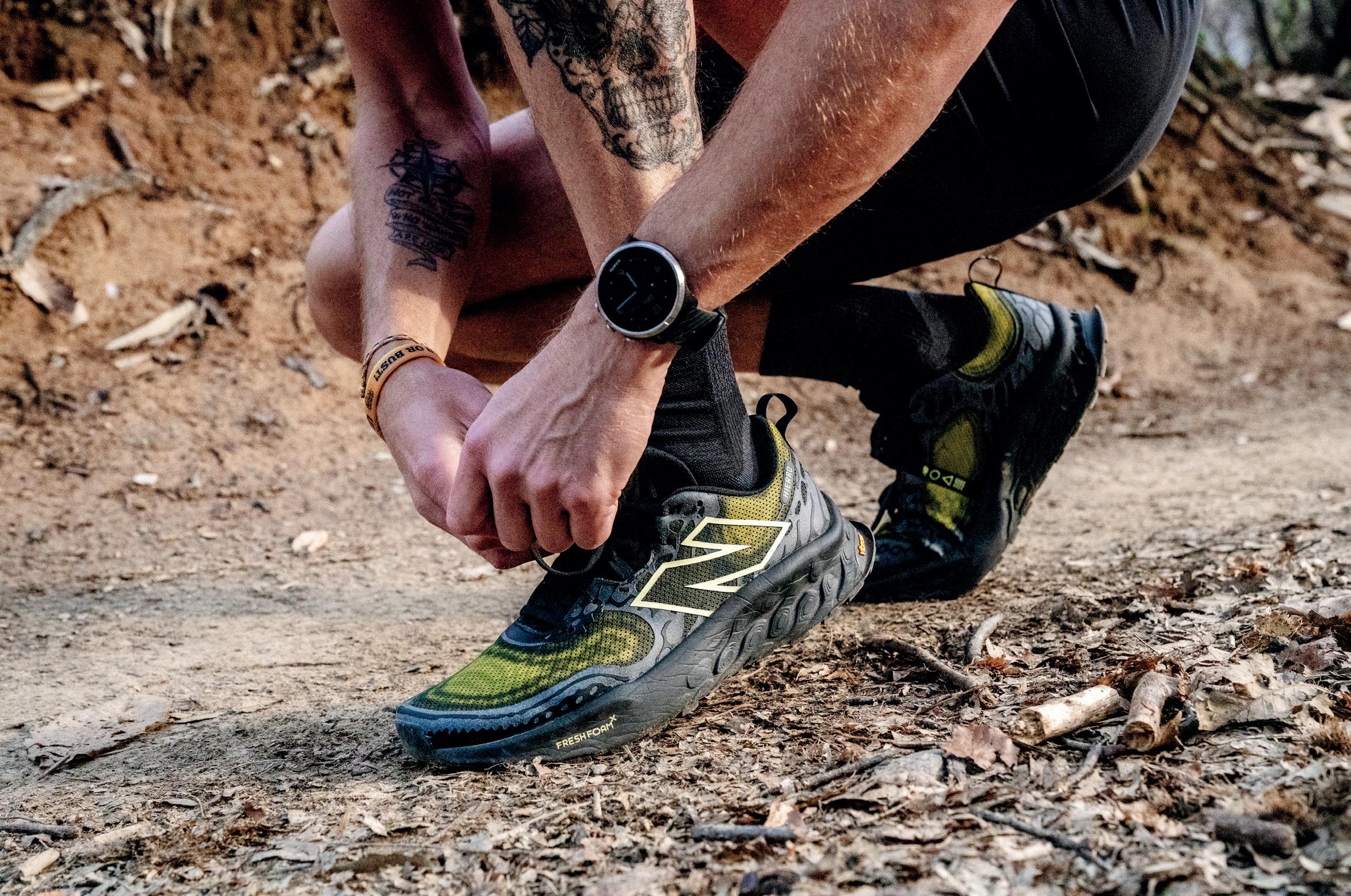
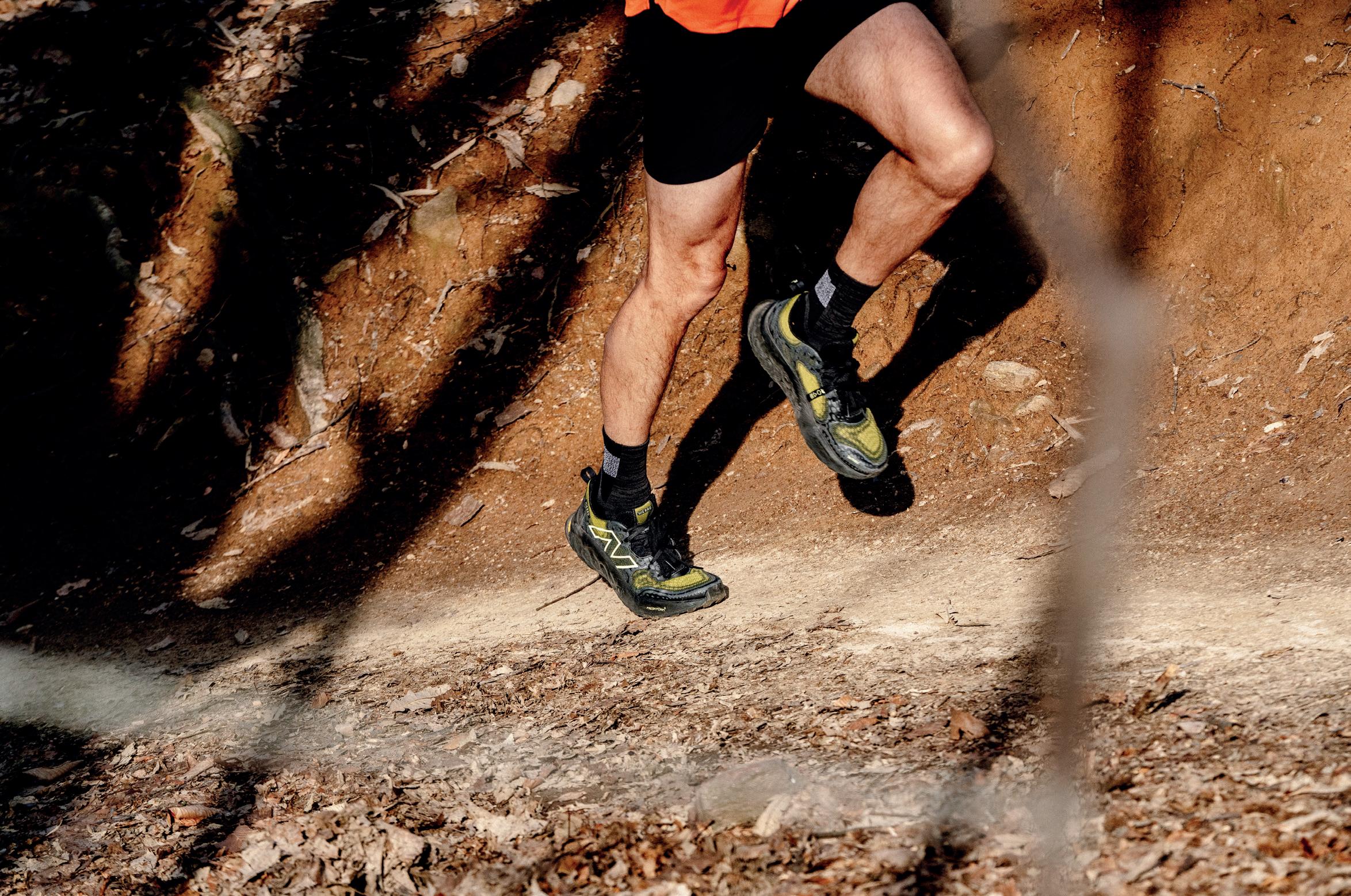
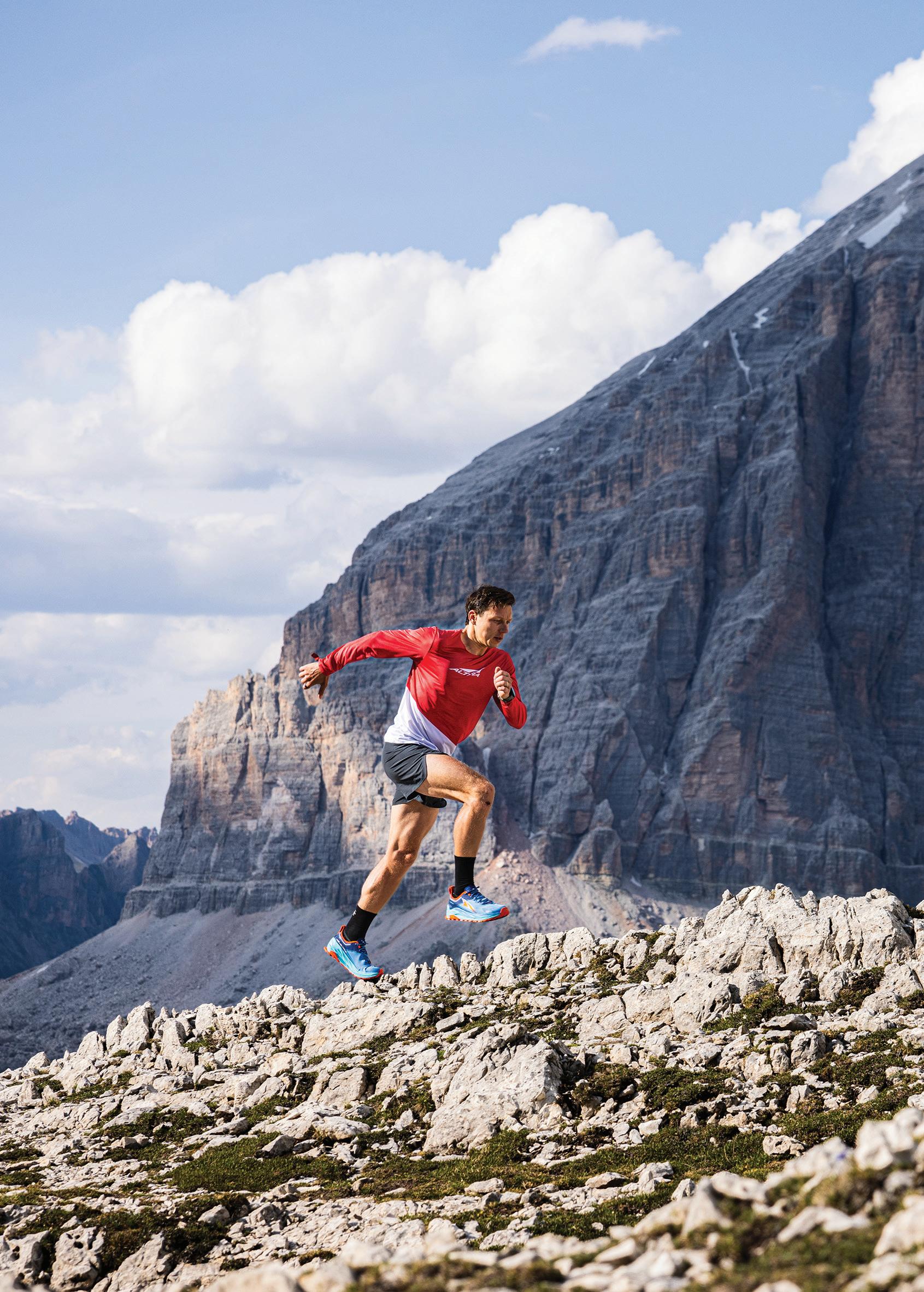
60
The humidity of Cimabanche, the canyons of the Western States and Robert Hajnal
BY FILIPPO CAON
Cimabanche must certainly be one of the wettest places on the planet. The refreshment point is located along the state road leading to Dobbiaco, under a large tent of those used at village festivals, balera style. We can't go inside, so we stand outside, four of us on two camping chairs, covered in dew, counting the minutes until the sun sets, staring like a sundial at the already illuminated east face of the Croda Rossa. We are dressed too lightly, as we are every year. When the first runners start to arrive, we manage to revitalise ourselves by applauding their arrival. A few minutes pass between one and the other, enough to review our statement that Cimabanche is now without doubt the wettest place on the planet. Then a third runner arrives. From a distance he is dressed in the typical red and white and we realise that it is Robert. He is running in a t-shirt or perhaps a tank top, dripping with sweat and, once at the refreshment post, he swallows a flask of water, pouring half of it into his
hair. A cold shiver runs down our backs and so we decide to start cheering again. He leaves the tent and sets off on the path to Ra Stua. Robert seems like a nice guy.
You got the golden ticket to participate in Western States in Thailand, but without coming first in the race. Were you there for that? How did it go? I would be lying if I said I didn't want the ticket, which was awarded to the first two. Before the race I had asked Gediminas Grinius, who would later come second, if he would accept the ticket if he won it. He said no, so I told myself that it was enough for me to come third, in case he came before me, because the ticket was awarded to the first two, or to the third if one of them refused it. In the end, I came fourth: Grinius second and Marmissole third, but he also refused the ticket so I got it.
The first time I saw you was in Cortina. What is your relationship with LUT and why have you come back so many times? Are you doing it for the experience? For the result? To improve the time? Is it an obsession? LUT was my first good result in a major race. I ran it for the first time in 2016 and finished fifth. When I started running in 2012 and after I participated in my first ultra, a 100k in Romania, which I won, I started wondering what the most important race in the world was and what I had to do to get to the podium. So my goal became to do a great result at UTMB. Then I discovered that there was a whole circuit of races around UTMB, which at the time was the Ultra-Trail World Tour. So I ran Transgrancanaria, Cape Town, and of course LUT. Cortina is very convenient coming from Romania: you fly into Venice and then take the bus to the Dolomites. The mountains are beautiful and it was quite natural to participate in the race. The first time I finished fifth, but I saw that the first three received a big bottle of prosecco. I would come back for that, and so many other times.
61
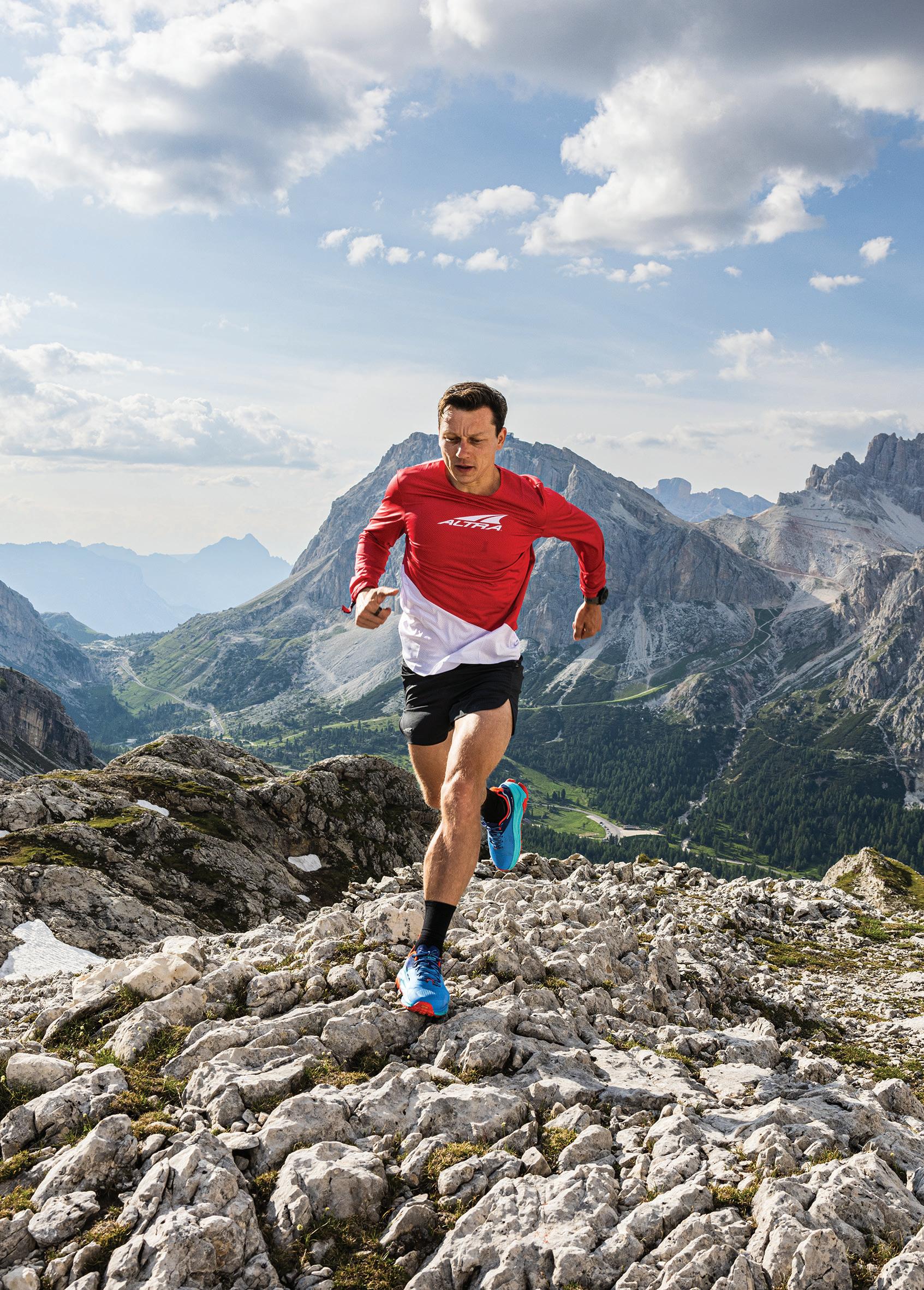
62
In 2017, you finished second at UTMB behind Thevenard, a result worth a career. Didn't you ever think you were set with this race, and that it could be the best result you could achieve? I want to finish UTMB ten times. For the rest, I never think about failure or DNF. I've finished UTMB three times, and I've dropped out three times as well, always at the same point, in Trient. I think the race is the culmination of many months of preparation, and that the great result is the preparation itself. It's as if the race is the tip of the iceberg. By withdrawing, I may lose the race, but I can use that preparation for other events. Then, I like meeting people, visiting places; it's time well spent regardless of the result, and this somehow compensates for possible disappointments.
Every race has its iconic spots. At LUT it's Cimabanche, at UMTB, they are Courmayeur and Champex-Lac, or Trient in your case. At Western States, it's Forest Hill. How do you approach these places during the race? Western States is the race I've read about the most. Especially in Eat&Run by Jurek, where he talks a lot about the race and these places: Forest Hill, Rucky Chucky, Robinson Flat. But they are just names to me at the moment, I have no memories of these places, and I have no feelings attached to them. I have a feeling for Courmayeur, I have a feeling for Cimabanche, which I carry with me, but I don't have a feeling for Western yet, and that's why I want to go there a month in advance, to see the route, to start imagining myself there, during the race. And to associate emotions with those names.
Perhaps that's also the beauty of running such legendary races. During the preparation, we imagine ourselves running through these iconic places. For amateurs, it might be the most beautiful aspect, I
don't know if it's the same for professionals. I think for 80 percent it's the same, in terms of emotions.
I'm interested in understanding how a professional experiences these kinds of things. What it feels like to participate in a race for the sixth or seventh time with the goal of running fast. I think every race is unique. That's why I choose three a year and try to focus on them, trying to run them well and absorb the culture behind the race and the organizers' vision. Then yes, I want to run as fast as possible, but it's more about everything that surrounds it.
Why Western? Because it's hard to get in. I had tried with the lottery for the last three years. Then I wrote a message in a group of athletes I coach, advising them to put their name in the lottery. One of them got in and was the first Romanian to finish the race. I couldn't be the first anymore, but I wanted to be the first Romanian to win a golden ticket, and maybe make a top-10. Besides, I want to see what I can learn from the race and its tradition.
What's the running scene like in Romania? We have the Carpathians, which are very diverse, and we have races all over the country. I must say that now it has become a popular sport, sponsors are starting to come in, and in general, we have good ambassadors.
Do you think you've played a role in the growth of the sport in your country? I think so, actually, because I tried to compete at the level of other professional athletes internationally. In our country, there's a bit of a tendency to stay within one's own country, especially for elite athletes. There's a bit of a lack of desire to run abroad, even though we have great athletes. I think looking more outward will help future generations of runners.
Cimabanche must certainly be one of the wettest places on the planet. The refreshment point is located along the state road leading to Dobbiaco, under a large tent of those used at village festivals, balera style.
63
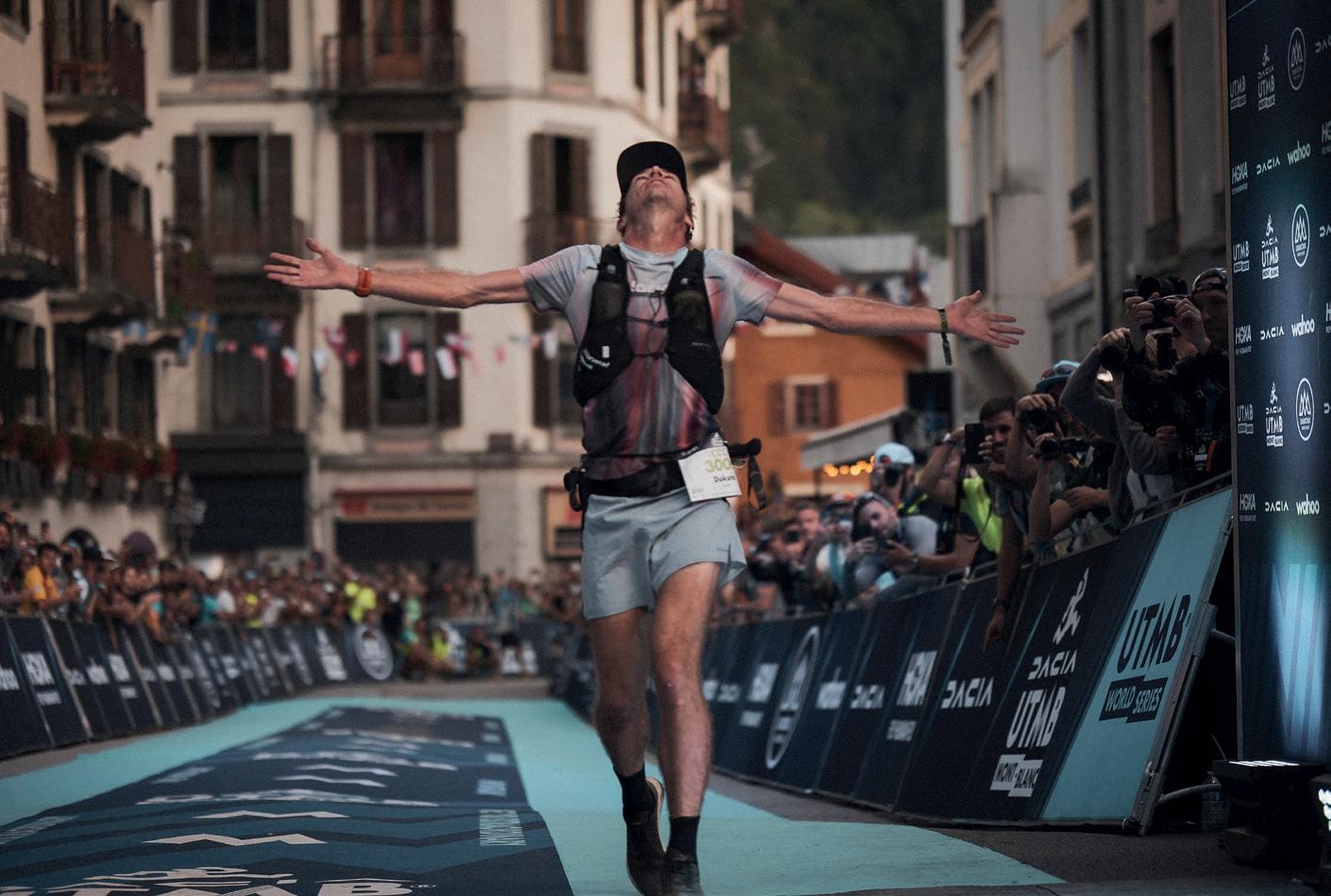
Dakota Jones
The Polluted Air and the Bench in Chamonix
So, there's this photo that was reposted on Instagram a few months ago which I saved, certain that one day it would come in handy. It shows three people on a bench in Chamonix Mont-Blanc along the bike path. Their names are Scott Jurek, Geoff Roes, and Dakota Jones, and all three had just withdrawn from the Ultra-Trail du Mont Blanc 2011.
They are sitting on that bench waiting to see Kilian Jornet win his third UTMB. They are young—one of them still is today, while the other two already belong to the Olympus of ultrarunning. Reposting the photo a few days after making the podium at CCC in 2023, Jones wrote: "In my recent post I mentioned sitting on a bench in Chamonix after dropping out of UTMB 2011. Scott Jurek sent me the photo! This is from that day! I can't re-
BY FILIPPO CAON
member who these two other people are. They probably aren't important to the history of trail running... I look such an idiot in this picture".
Thirteen years, geological eras, and generations of runners separate us from that bench, but some have managed to cross them unscathed, ending up better off than when they started. Not many, to tell the truth, and of the three in that photo, only one. In the meantime, Jurek has become a deity, Roes has been semi-forgotten (perhaps because he lives in Anchorage, Alaska, on the edge of the known world), but only Jones has continued to run at very high levels, perhaps even higher than before— this and others are the advantages of starting to run ultramarathons at 18 years old. Here is a brief report of his career, testified in hagiographies
and available on UltraSignup: Jones ran his first 50 kilometers in 2008 in Moab, the town in Utah where he was born. The following May he ran his first 50 miles, and in 2010 his first 100 miles at Bear 100, finishing in seventh position in 22 hours and 15 minutes, and winning the Bear 50 miles ten days later. On the day of the photo on the bench in Chamonix, Jones is not yet 21 years old and has just run his first Hardrock 100 (second in 27h10'). Since then, he has run every race that any conscientious runner would dream of running, and today he seems to have been in this sport forever, despite being barely 34 years old and having just reached the best phase of his career. This alone explains, at least for those sensitive to these kinds of things, why he is enveloped by a certain charm. One has to count and recount,
64
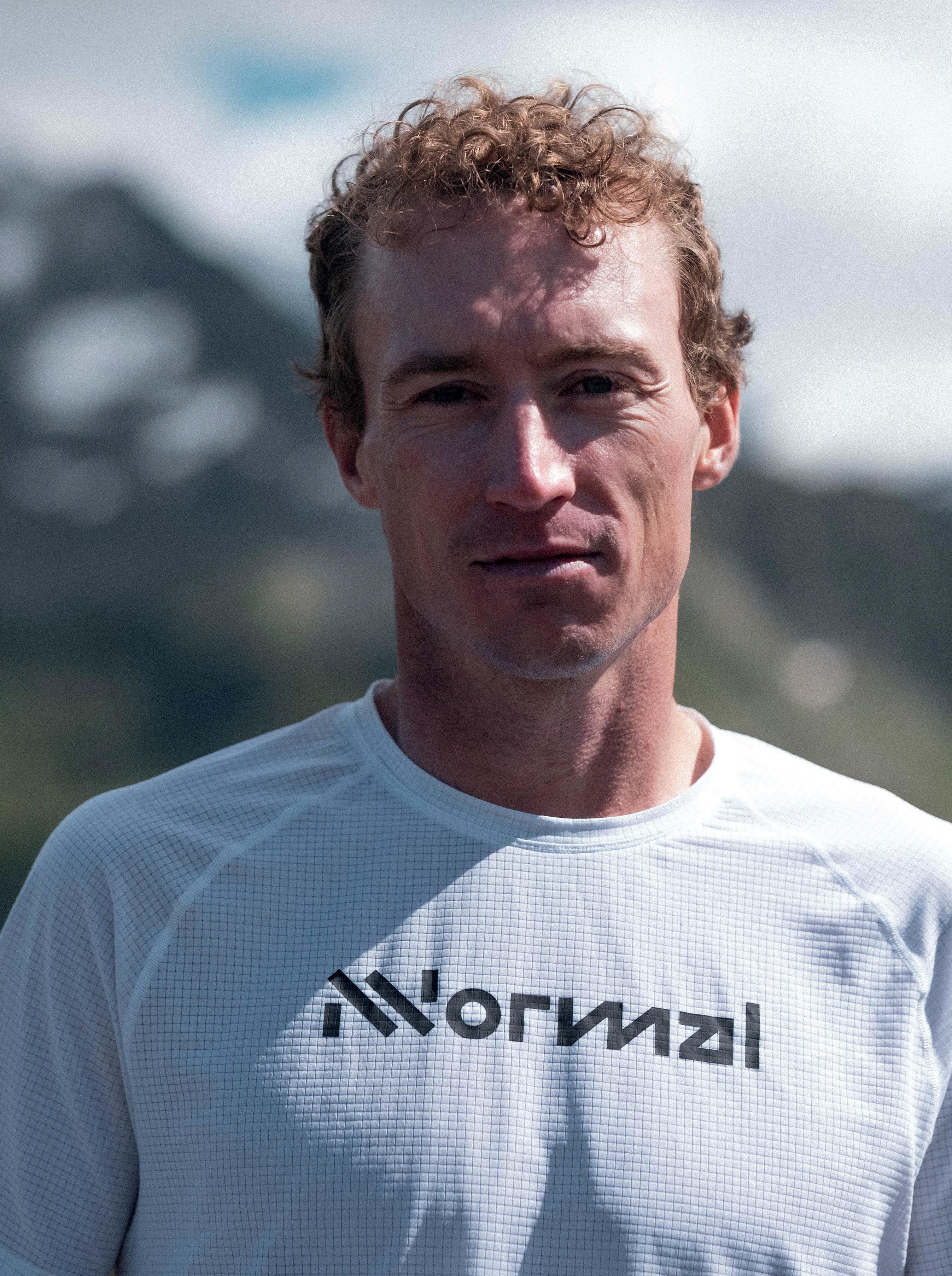

using fingers to convince oneself that only thirteen years have passed, so much have this sport and its flavor changed.
Flash-forward. It's a February afternoon, and for a few days now, #inquinamentopianurapadana has replaced #palestine in the trends on X and Instagram.
For a week, very colorful geographical maps have been published everywhere, although all a bit different from each other. Data incomprehensible to most, but with a clear meaning to all. For the empiricists and skeptics, for a few days now, a dense layer of haze that covers the valley floor even on clear days can be distinguished from the eastern hill of Trento. Therefore, another photo destined to remain in the annals of the Trento Running Club: Martina Valmassoi is standing on a panoramic bench on Marzola at sunset with a yellow and blue sky and the classic late winter summer clouds, and below in the valley, that tongue of fine dust covering thousands of people. We eight—I, Pass, Micky, Marti-
no, Tommy, Mario (his dog), Martina, and Dakota—are on the other side of the camera at 900 meters and in short sleeves (not Mario, he's a dog). Dakota is learning Italian and has a clear phrase: "giovedì merda" (shit Thursday). The Italian's fondness for periphrasis is well known, but that is too clear, so we take advantage of the last day of good weather to take them to Marzola, above the sickly haze that shadows the valley.
I had seen Dakota Jones for the first time in the middle of the desert while he passed me a meter and a half off the ground on the third lap of Javelina Jundred. The second in Chamonix, a few meters from the now proverbial bench, waiting for his passage in the last kilometer of CCC; in my company, a wild Francesco Puppi and a moved Dylan Bowman, for the love of the athletic gesture the first and for patriotism the second. Martina—already well-known to the most assiduous readers of this magazine, but not only to them—I had only met in passing.
Excluding these fleeting appearances, the first surreal encounter with both was evidently to take place here, in a parking lot on Marzola above Trento, on an unremarkable February afternoon. The excuse, an evening to which we invited them about a month earlier with a prosaic message on Whatsapp, to come and tell their stories to the runners of Trento in front of a beer, squeezed in a room too small, with two cameras in their face and a recorder on their laps. Because epiphanies must be recorded and passed on and listened to on loop even in the form of an aphorism, like a reel that once finished starts over from the beginning. This is still one of the last things that deludes us into still living a niche sport, evoked by that photo on the bench: inviting an athlete to randomly tell things to random people in a random brewery and to run one day randomly in a random grove. And without sponsors or even accidentally mentioning the athletes' stables. This is why that amalgam of individuals that we call community (incise: physical community, not media) indivi-
66

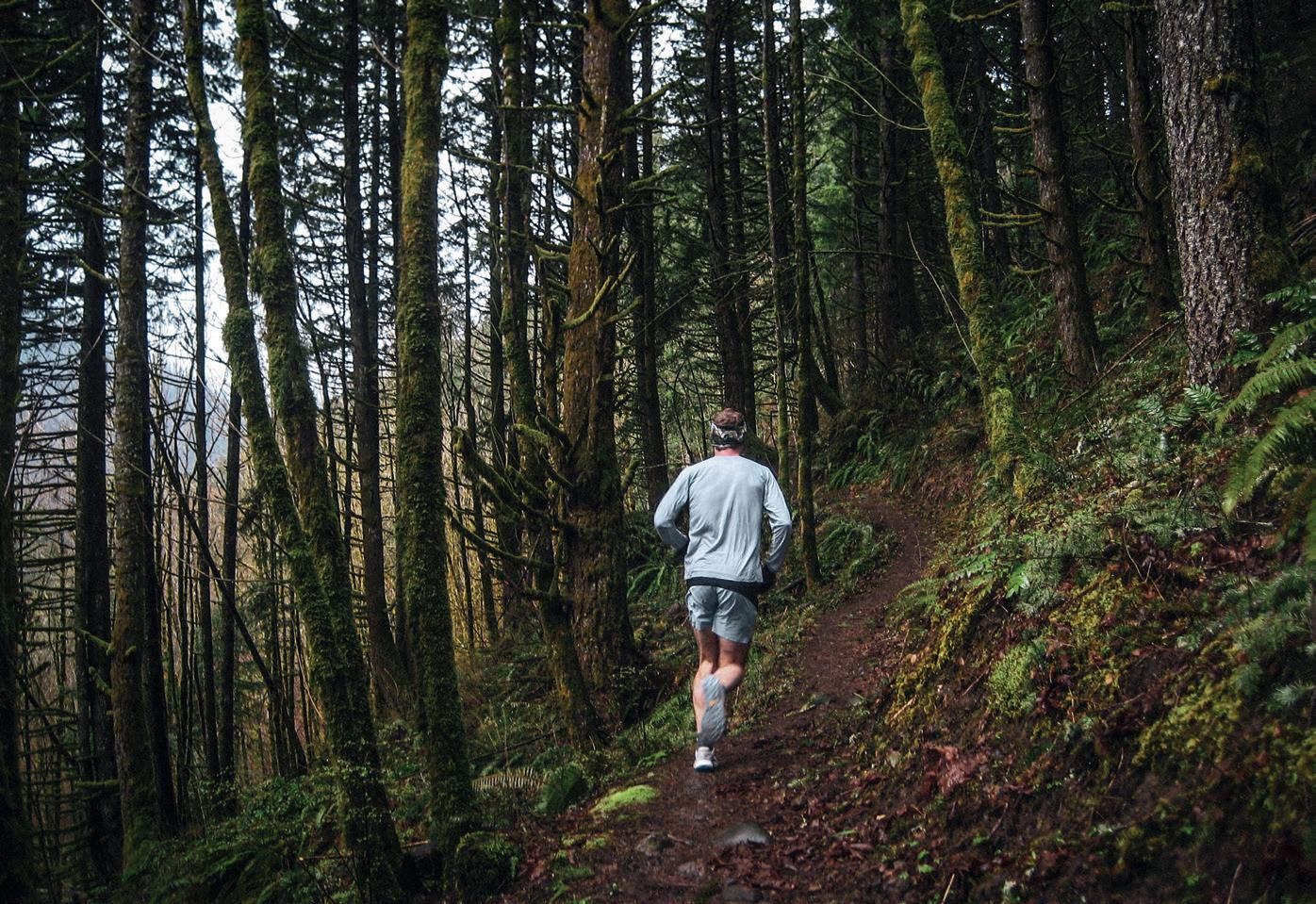
duals still too immature to abandon the plural pronoun (who will tell us in twenty years that that 'we' was just an illusion?) will continue to be grateful and devoted.
"But what matters most is the effort, the journey we make training every day, the routine, and above all, sharing this journey with people who understand, people like you. This is how to embrace this community. We are not practicing an individual sport, even if technically when we run we are alone, but we race to be with other people and because this way we can share our goals and our passion with other people. And it's something I don't fully understand, it's kind of an unanswered question: why does it mean so much to me? But being able to travel thousands of kilometers and meet a group of people like you, who probably feel the same thing I feel for this sport, is something powerful."
A bunch of madmen. This, at least, must have been what anyone passing outside the venue and looking through the windows thought, seeing that small crowd listening to these words.
All mad, idealists and dreamers, which in the end are the same thing.
There's this beautiful and violent scene that in a few minutes sweeps away any adolescent dream with a sponge, any dream of mine and yours; it's the moment we become adults, when we discover that everything we believed in was just a game. It's the last scene of Franc Roddam's "Quadrophenia" (1979) which, like many films that talk about these things, became the manifesto of a movement even by tearing it apart. So there's this Jimmy on the cliffs of Dover who, after finding in the mod counterculture—but put in there what you want—the meaning of his adolescent life out of place and after tearing apart job and family in the name of that lifestyle, sees his pillars collapse one by one, discovering that for everyone else—his friends, the mods—it was just a game: a way of dressing, a way of behaving; nothing existential.
Thus, Jimmy returns to Brighton, the place where for the first time he had felt he belonged to something and in which he had believed in the highest way he was born for that. Here he di-
scovers that his rebel idol Ace Face works as a porter in a hotel, and disappointed, he steals his Lambretta and throws it off the cliffs.
The end of 'us'.
We all have our Brighton, and sooner or later Brighton dies. But there is something that is renewed from time to time, something of which we continue to carry the illusion, a 'we' that are then people with names and surnames, certainly not abstract entities with which we share the process or at least moments, moments that maybe have no meaning, words in the wind that in twenty years we won't even remember, but which are still real moments. And we are willing to tear apart our lives in the name of this and to sacrifice our time, our money, our pains, and to a certain extent, also some pieces of our happiness. Anyone who runs 100 miles is willing to do so, at least in part; it's a form of deprivation. A madhouse. These are ways to survive all together and to give meaning to something that doesn't have it.
Masks, perhaps, and then give us another, another mask still.
68


Vegan as… Possible
I look around, feeling somewhat disoriented as I often do in these situations. People, murmurs, lights. The background music playing from the speakers, catchy tunes I don't recognize. The event seems to be a success, and probably, well, definitely, the issue lies with me not being able to "keep up" in such urban settings anymore. It's like I'm missing a horizon to gaze at, even if just for a moment. A small escape route that would make me feel safer, looking beyond.
I attend events, gatherings, screenings quite often, but sometimes I find myself succumbing to this "lack of a natural escape route" syndrome due to contexts that are too flat for my now-established habits. So, I focus on the location hosting the event, the Vibram Connection Lab, which I must admit is truly interesting for the sense of reinterpretation and creative interpretation it conveys. I observe people and the details of each one, searching for points of connection in their glances, attitudes, and even their words, even if merely circumstantial. I take a sip of beer from the chalice handed to me very kindly by the guy
at the bar who said, "All in chalices tonight," with a smile. I look around for someone I know to exchange a few words with. Nada, everyone already engaged in conversations.
So, I decide to approach one of the attractions of the evening: a shoe creatively and aesthetically impeccably positioned on a pedestal. It's dissected into multiple parts to make explicit the care, research, and process underlying the development of each component. Personally, I struggle to muster enthusiasm for "innovations" regarding technical products, unless they are truly revolutionary or serve to convey specific
and well-defined values. I find that unfortunately, in most cases, the concept of "novelty" gets lost in a consumeristic whirlwind where the need to launch something new precedes the actual necessity of developing a new product. This is true in the outdoor market as in any other market.
I stand for a few minutes in front of this blue shoe (an Aku Conero GTX Limited Edition with Vibram Fuorà sole, for the curious), a limited edition of a model that has been part of the company's collection for thirty years now. For this reason, they decided to celebrate it with a limited edition in three versions (a blue one dedicated to environmental respect, a brown one dedicated to preserving manufacturing tradition, and a yellow one dedicated to technical expertise in collaboration with Vibram). As I observe this shoe, my mind wanders, reflecting more broadly on how wonderful it would be to find a real balance between tradition and innovation. I think about the urgent need to imagine and create truly sustainable products in this
71
TEXT LUCA ALBRISI PHOTOS ELISA BESSEGA
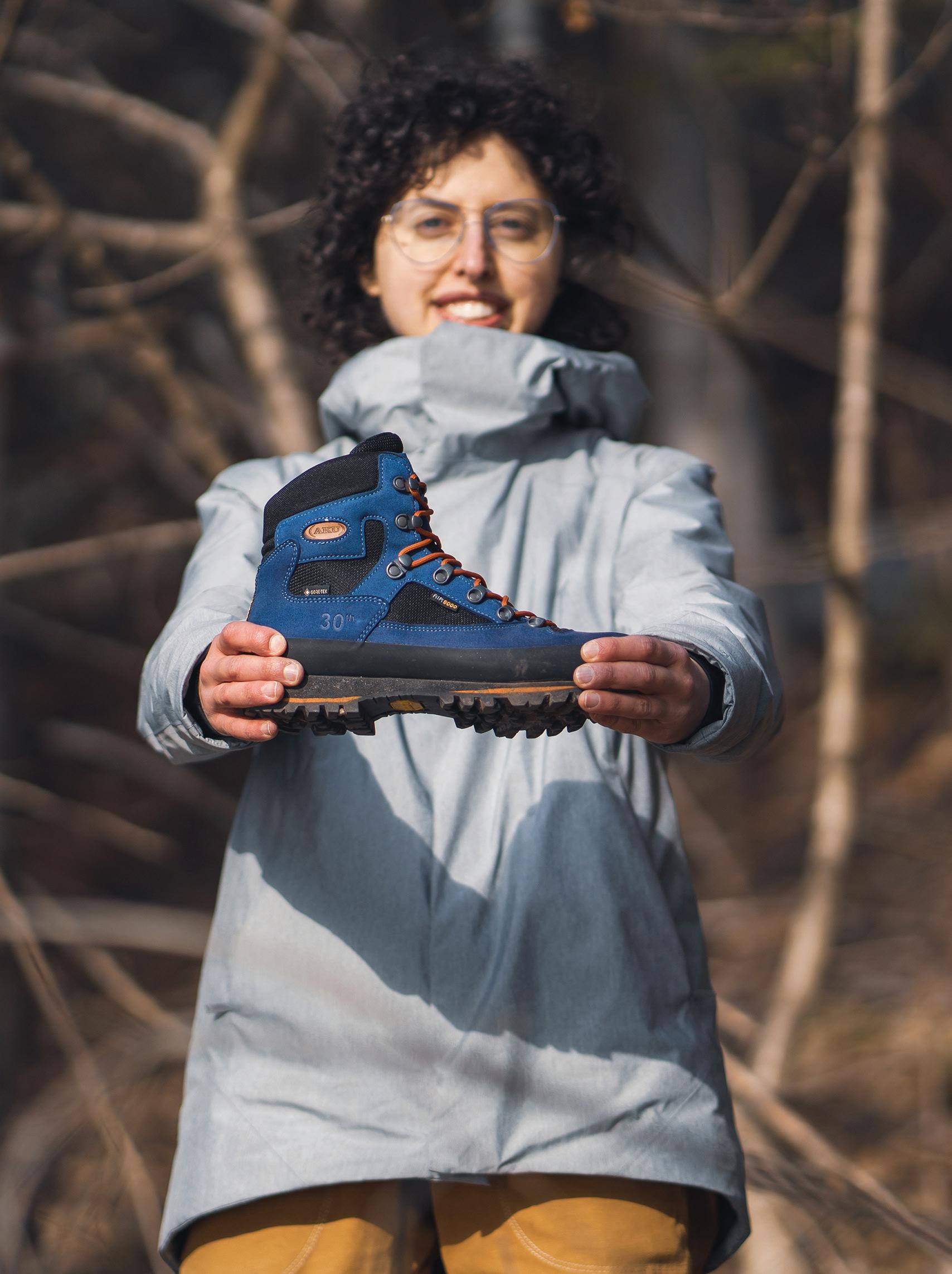

small yet significant outdoor world. And then, as often happens when I fantasize about "ideal" products, I think about my personal and constant struggles as an ambassador, practitioner, outdoor enthusiast, in short, a human being and consumer, who has opted for a vegan lifestyle for years now.
Vegan not for health, athleticism, or trendiness, but to approach, as much as possible, a "Cruelty-Free" existence. And if already finding valid and durable vegan products is very difficult, within the outdoor market, it's even more complicated, especially when it comes to footwear. Already, it's not always easy to find the right shoe for our characteristics; imagine then if you add the vegan variable. And so, here I am, entranced by what has now become an indistinct blue blur floating between my eyes and my thoughts, when a guy approaches me and kindly says, "If you have any questions, feel free to ask..."
I try to shake off all that idealism to give a decent response, but I realize I'm still observing him with my gaze fixed on my thoughts. "Ah, yes, thank you... Thanks a lot." My response is more of an automatic one; in fact, I rarely linger to discuss materials because usually, as soon as I express my vegan choice, the person in front of me begins to show hesitation and confusion, either due to a lack of preparation on the topic or because they think they're facing someone who's judging them ruthlessly (for the record, I don't judge anyone's choices, although I believe that those in certain business roles should at least have some knowledge on the subject). So, to avoid unnecessary embarrassment, I've gotten used to avoiding the topic beforehand. But the guy kindly adds, "We imagined and developed the blue version of our shoe as representative of the future. Future meant as the future of the planet, of mountaineering, and of our company." Okay, here we go; at this point, I
can't refrain from delving deeper: "Hmm, tell me more..." and with a shy smile, I add, "But I warn you that you're talking to a vegan." - "Curious," he says "because this particular version of our shoe doesn't feature any leather components at all. Everything you see resembling leather is actually microfiber." - "Ah," I respond, somewhat taken aback, "really? Okay, now you have my full attention," I add, smiling more than pleased with that information. So, he proceeds, adding, "Our company has a manufacturing history linked to leather because leather is a material with characteristics that are perfectly suited for use in the mountains. Its use is historically linked to high-altitude work first, and then to mountaineering as a hobby, for which the shoe had to protect and last. If you take care of a leather shoe," he concludes, "it can easily last fifteen or twenty years, and for us, that's enormous value."
"And what encouraged you to experiment beyond leather?" I ask.
73
PAGE
EDITION
YEARS
SX AKU CONERO 30 GTX SPECIAL
30TH
IN TRENTO
CHIARA FREDIGOTTI ECOLOGIST AT THE MUSE
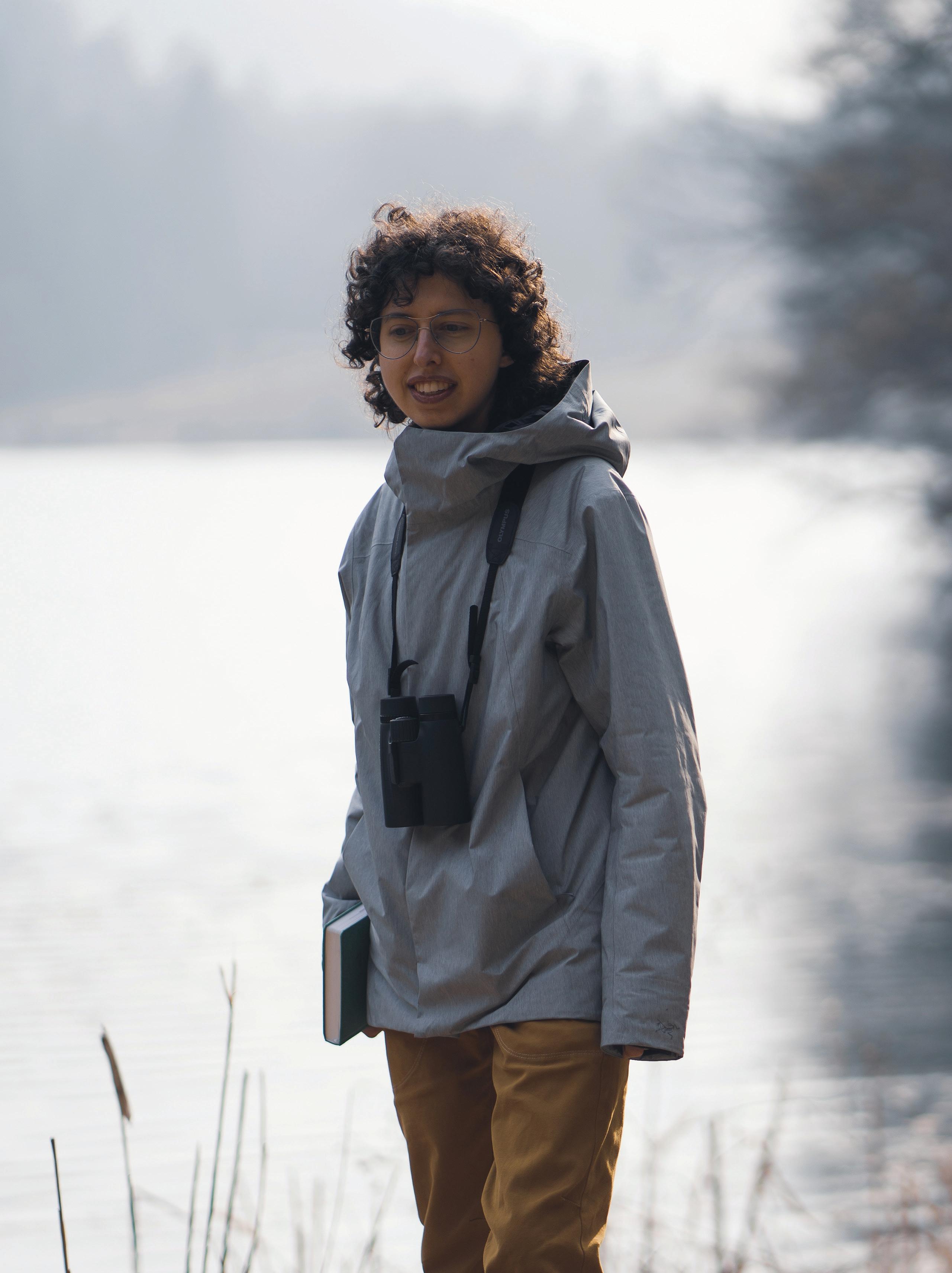
"Over the years, we've embarked on various paths, including the E.P.D. (Environmental Product Declaration), to truly grasp the environmental impact of Aku footwear production across different stages, from raw material sourcing to component transformation and, finally, end-oflife processing. The findings reveal that 80-85% of the impact originates from raw material production, setting a clear goal for us to minimize our footprint by focusing on the materials used in our shoes." I instantly realize that the person speaking to me has a genuine understanding of their words. There's none of the superficial "green" talk that often pervades such discussions; instead, I detect a clear-eyed awareness navigating the environmental contradictions of our era. I'm drawn to individuals who've reflected on past steps, aiming for increasingly refined choices. Intrigued and encouraged by this encounter, I encourage them to elaborate further.
"Diving deeper into each production step's impact, we've found that leather production carries significant CO2 emissions due to its association with livestock farming, a notably polluting industry. This prompted us to explore alternative materials, with recycled options proving particularly effective in reducing our production footprint. Our discovery of a microfiber comprising over 50% recycled materials led to promising prototypes and, after extensive field testing with hikers over a year, yielded highly satisfying results comparable to suede."
This experimentation birthed the V-Light line, encompassing leisure, hiking, and backpacking models.
'Light' signifies both environmental impact reduction and weight reduction, as microfiber is lighter than leather, resulting in a lighter end product. The 'V' designation underscores its vegan quality, as leather is entirely omitted from any component. Regrettably, further investigation revealed that certain additives in membranes and rubbers couldn't be certified as vegan. Therefore, for the time being, we disclose the absence of leather in this line while actively seeking suppliers to fill the remaining gaps with vegan alternatives."I realize, perhaps for the first time in this sector, that I'm conversing with someone addressing me not merely as a consumer, but as a conscientious user seeking informed choices. Being vegan, vegetarian, or environmentally aware entails navigating numerous daily contradictions. An ethos of transparency, coupled with scientific rigor, on the part of a company, whether in the outdoor industry or otherwise, serves as a vital compass for aligning choices with our personal values. "Anyway, delighted to meet you, Luca," I offer belatedly, extending my hand. "Pleasure's mine; I'm Giulio Piccin," comes the reply from the Aku product & CSR Manager. As I move away, I glance down at my well-worn canvas approach shoes, faithfully resoled by my valley cobbler on numerous occasions. Unsure if these soles contain animal derivatives, I reflect on my purchase over a decade ago when veganism wasn't yet my lifestyle choice, nor was I as informed on the subject. I had simply opted for leather-free shoes, embarking on an exploratory journey. Perhaps therein lies the true essence
of change, sparking genuine innovation, both in our personal lives and within companies: the courage to experiment, drawing from our past while fearlessly charting new, albeit imperfect, paths. Step by step, I finish my beer from the chalice, returning the empty glass to the smiling waiter. Expressing gratitude, I set off once more, in pursuit of mountains.
75
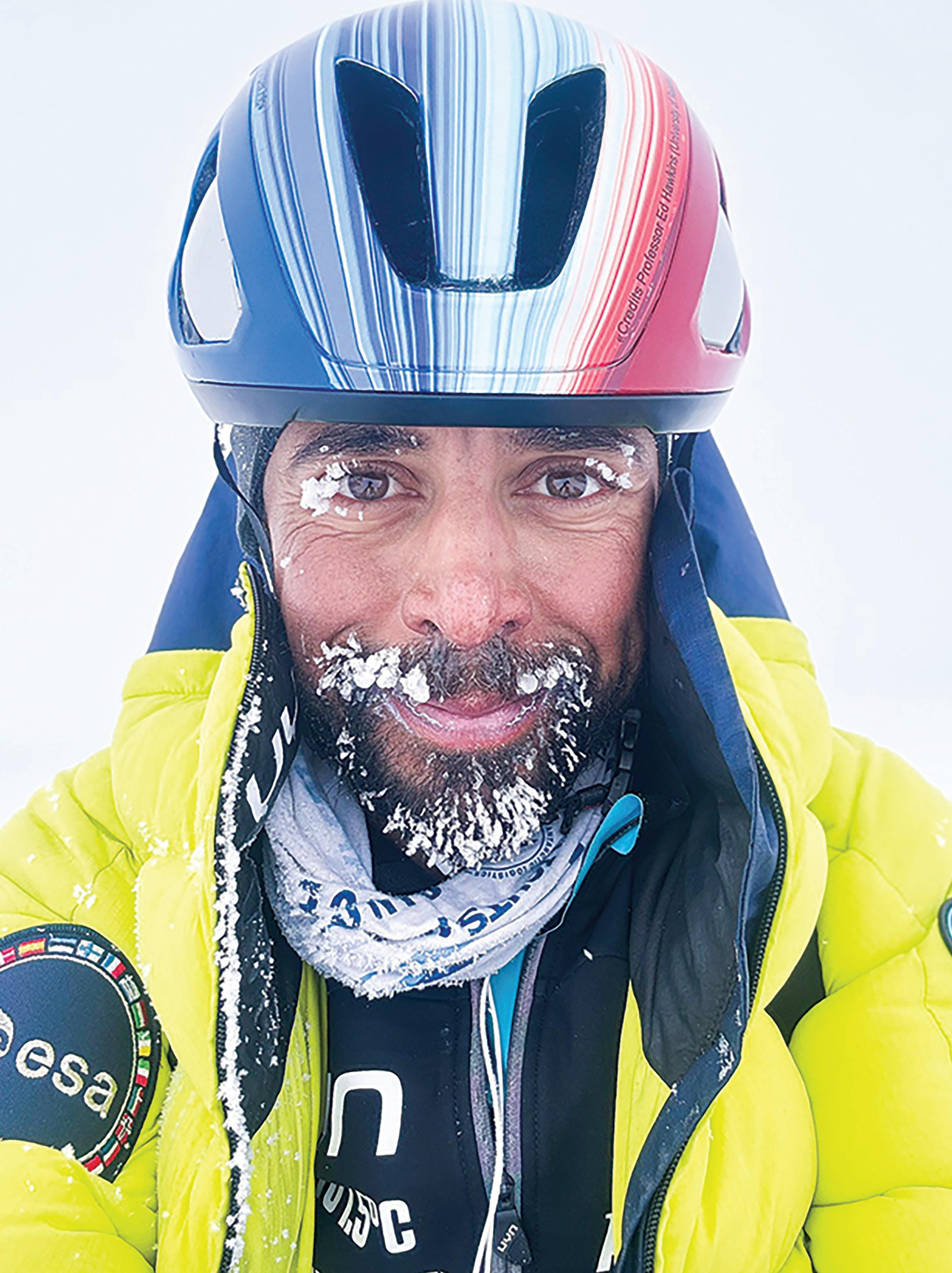
Beyond the boundaries of the unknown together Omar Di Felice
BY ELENA BENASSI
In the world of cycling, Omar Di Felice is not just a name, but a symbol of endurance, adventure and overcoming human limits. Known as the titan of Ultracycling, Omar has cycled through the most remote and unforgiving lands on the planet, turning each turn of his pedals into a narrative of courage and discovery. From the harsh cold of Antarctica to the arid expanses of the desert, his exploits are not just physical challenges, but journeys into the human soul, where every kilometre covered is a story of determination and passion
We were able to have a transoceanic chat with Omar a few days before the starting ribbons of the Indian Pacific Wheel Ride, an extreme race of 5500 kilometres and over 30,000 metres of altitude difference on the Australian continent.
Hi Omar, how are you? No way you're staying at home quietly? No, absolutely for me it's a need, a call that's impossible to ignore. It has to be said that after 748 km in the total cold for Antarctica ∞ Unlimited, a bit of warmth was necessary...
(We both laugh)
Your love for sub-zero temperatures is well known, what was the trip that marked you? I have always had a predilection for the cold, ever since my childhood in Rome, finding it fascinating compared to the city's typically mild climate. This interest intensified with the beginning of my passion for ultracycling, pushing me towards adventures in cold and atypical environments. My first big trip in these conditions was to the North Cape in 2014, during winter, a time when the idea of tackling the extreme cold on a bike was almost unheard of. The difficulties were many, from studded tyres, only available in Scandinavian countries, to battling the bitter cold typical of cycling, to the challenge of stability on ice. Although fat bikes were an option, their limited range over long distances made them unsuitable compared to my choice of a road bike with cyclocross wheels. This initial experience strengthened my love for challenges in icy conditions and impossible goals, then technical and technological progress facilitated the evolution of cycling in cold climates, allowing me to explore the most extreme Arctic regions.
77

Let's come to Antarctica ∞ Unlimited. How did the idea for this expedition come about? Antarctica has always held a special fascination for me, a mythical and magical place that has populated my imagination since childhood. This extreme land inspired my passion for adventure along with exploration literature, from Shackleton to Messner. As I grew up and became an ultra-cyclist, the idea of an Antarctic adventure turned from a dream into a concrete project. Organising such a trip entailed immense challenges, from finding sponsors to technical and physical preparation to managing equipment in extreme conditions. My first expedition to Antarctica was a deeply formative experience, interrupted after one week for personal reasons, but rich in lessons. The return, after a year of further preparation and reflection, saw me
more aware and ready to face the immensity and isolation of this extreme environment. Nothing is like Antarctica, and I am not just talking about temperatures: here, the concept of distance and achieving a physical goal take second place to the vastness of nature and the struggle for survival and adaptation. Here I learnt that success is not measured in kilometres travelled or geographical goals achieved, but in the ability to endure, adapt and find a balance within yourself and with your surroundings.
Has anything changed in terms of equipment compared to the first expedition?
My bike remained basically unchanged, as it was already adapted to extreme conditions. The most significant change concerned the sled: I opted for a heavier and more structured model, which offered better load mana-
78
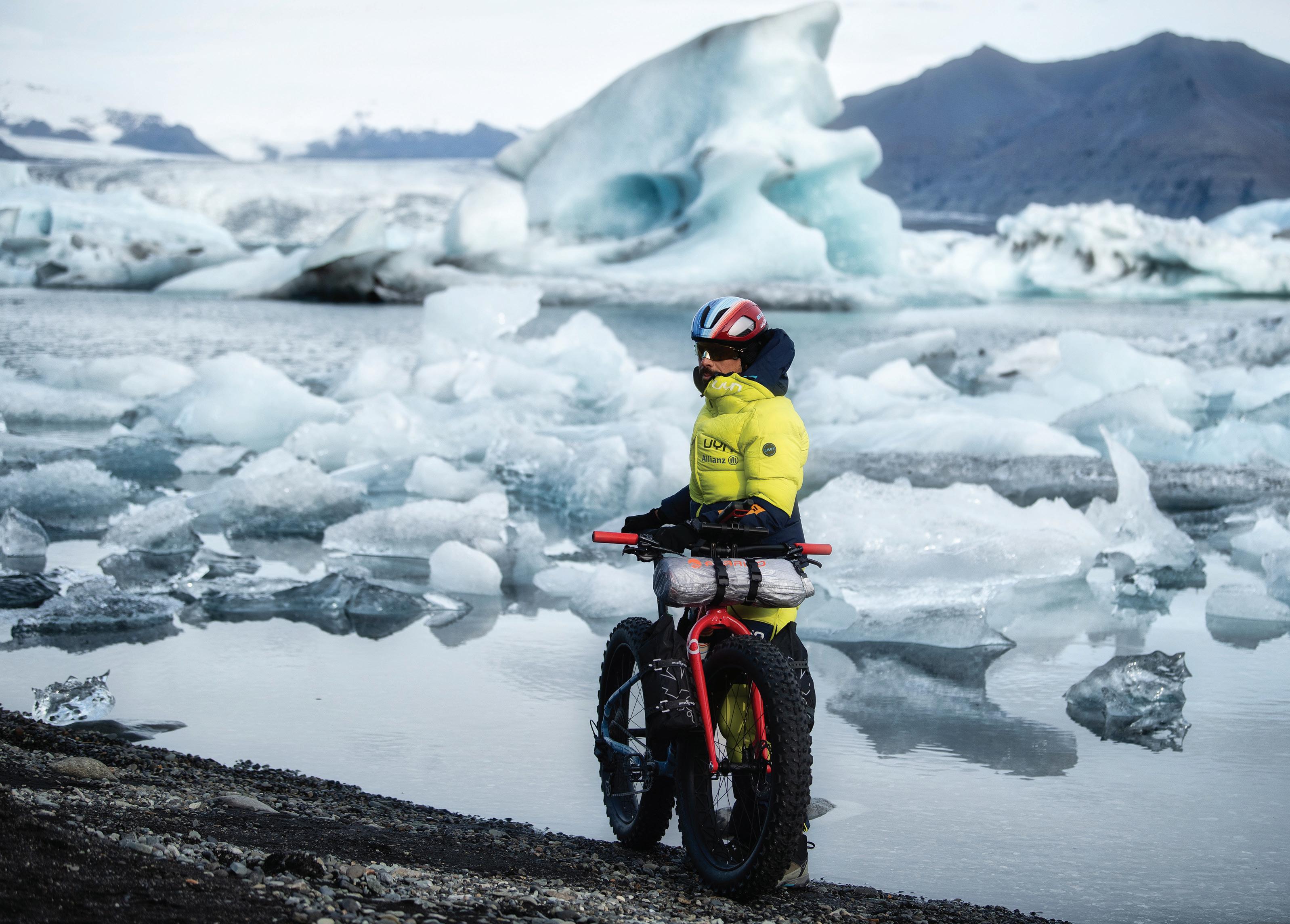
gement and greater stability. This choice was dictated by the experience of the previous year, during which the lightweight sled, although specifically designed for use with bicycles, had proved unsuitable for Antarctic challenges.
Another important change concerned the tent. This year I decided to take the Blizzard 2 model with me. This tent was designed to be lighter, thus favouring less weight on the sled, and more wind-resistant. The choice was also influenced by memories of the days I spent stuck in the storm during my first adventure, prompting me to favour a solution that offered greater safety and comfort in adverse weather conditions. Having a brand like Ferrino to work with to improve my equipment was crucial.
Ferrino that has been with you for several years now... The collaboration with Ferrino began in 2020, during my trip to Mongolia, and since then the relationship has grown steadily. Initially, the partnership was a gamble for the brand, as my profile as a cyclist did not exactly fit Ferrino's traditional target audience. However, as the bikepacking market has grown, Ferrino's support for my adventures has increased. Shared values, loyalty and mutual affection have then consolidated our relationship. Working with Ferrino has also given me the opportunity to promote cycling and bike travel to a wider audience, not necessarily limited to cycling enthusiasts. This aspect is particularly gratifying, as being able to involve and enthuse new people in the world of bikepacking is an additional success and personal satisfaction.
79
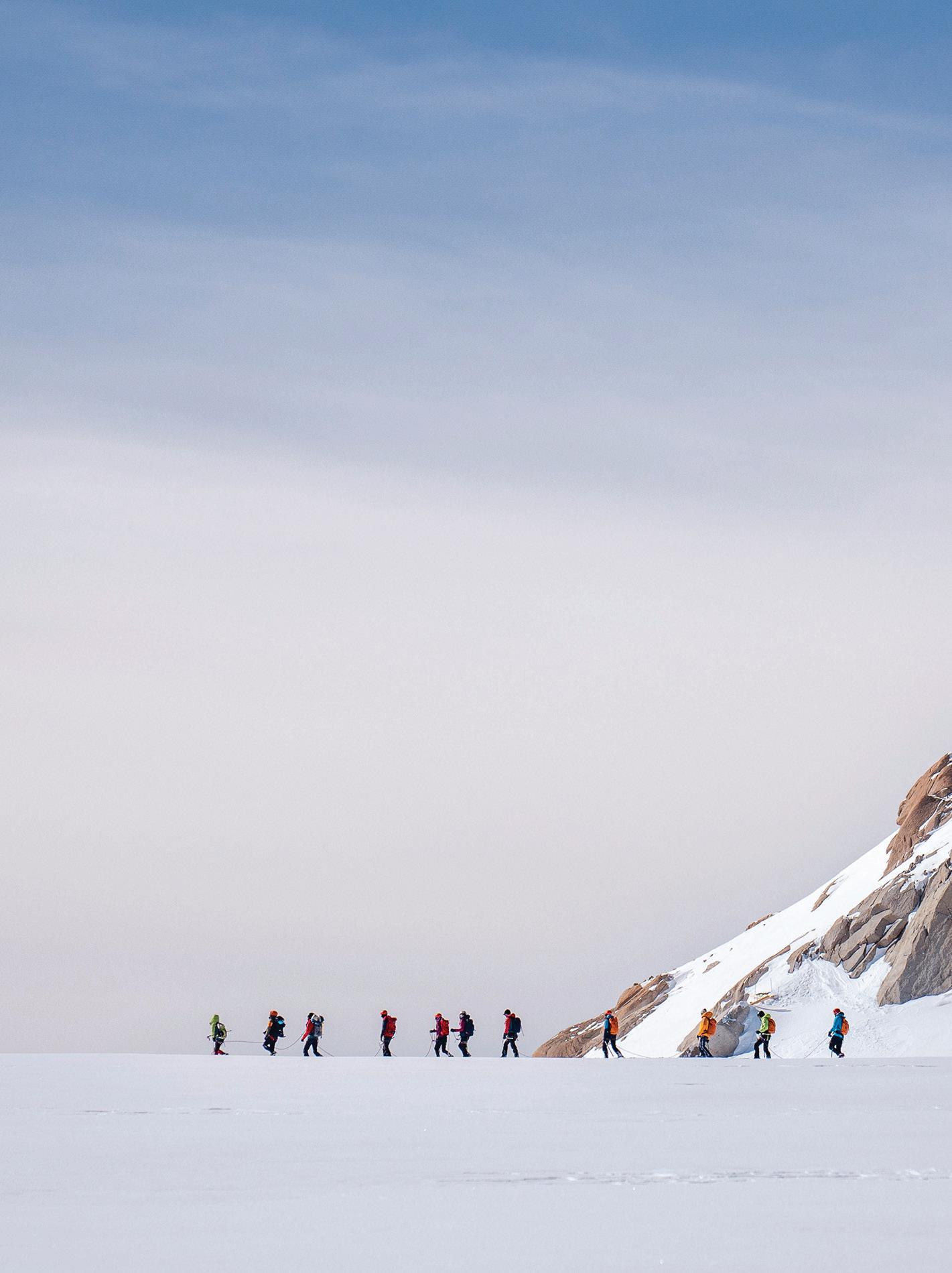
Millet Camp de Base Chamonix
Alpinismo, Innovazione e Impegno Ambientale nel Cuore delle Alpi francesi
BY ELISA BESSEGA

Originally from Annecy, in the heart of the French Alps, the Millet brand has been accompanying mountaineers and explorers for more than a century. In 2024, it kicked off a new project that promises to leave its mark for at least another hundred years, putting itself at the service of the mountain environment and those who frequent it, and celebrating its historic link with Chamonix, the world capital of mountaineering.
In fact, the iconic town on the slopes of Mont Blanc was chosen as the venue for the 'Camp de Base Chamonix', held from 19 February to 21 February to provide an opportunity for discussion and training on the changing mountain theme.
The gathering was an opportunity to present, together with the new collection, its new brand identity: the new logo is a clear declaration of intent to always look towards new challenges and the future while maintaining its DNA and historical heritage, with a refined design that reaffirms its uniqueness.
Safeguarding the future was the other major focus of the event: for several years, Millet has been committed to minimising its negative impact while maximising its positive contribution to society and the planet. From this vision was born the "Roadmap to 2030" 5-point programme that will guide the brand on its journey.
"Today, we are committed to the challenge of constantly adapting to a rapidly changing environment, with the goal of neutrality in our carbon footprint," says Romain Millet, General Manager and great-grandson of the brand's founder. "The evolution of our mountains with the retreat of the glaciers and the melting of the permafrost push us to adapt our practices and our products, to study new ones. Consequently, practice also changes, evolves. Low-carbon approaches on foot, ski-mountaineering, para-
gliding or cycling to access the foot of routes; faster, faster & lighter ascents, descents down steeper and steeper slopes."
Authenticity, awareness and adaptation to change seem to be the key words to define the direction the company intends to take for its future development. At the inaugural conference of the event, held at the Michel Croz Space, a stone's throw from the Aiguille du Midi cable car, the entire alpine ecosystem gathered, with a varied presence of specialised journalists, media, industry professionals, enthusiasts, ambassadors and athletes.
On one side of the stage, illuminated by spotlights, mannequins display the new Trilogy products, the most advanced and technical range in the collection. Benefiting from the collaboration and support of a network of experts and the main mountain guide companies - the Chamonix Guide Company, the Matterhorn Guide Company and the Grindelwald Guide Company - Millet has always channelled its expertise into creating reliable products designed to satisfy the most demanding users. The real added value seems to be the know-how acquired thanks to a historical and well-established presence in the sector.
"We have always supported those who have written the history of mountaineering. In 2024, we continue to support our athletes' projects and reaffirm our attachment to Chamonix, the
82
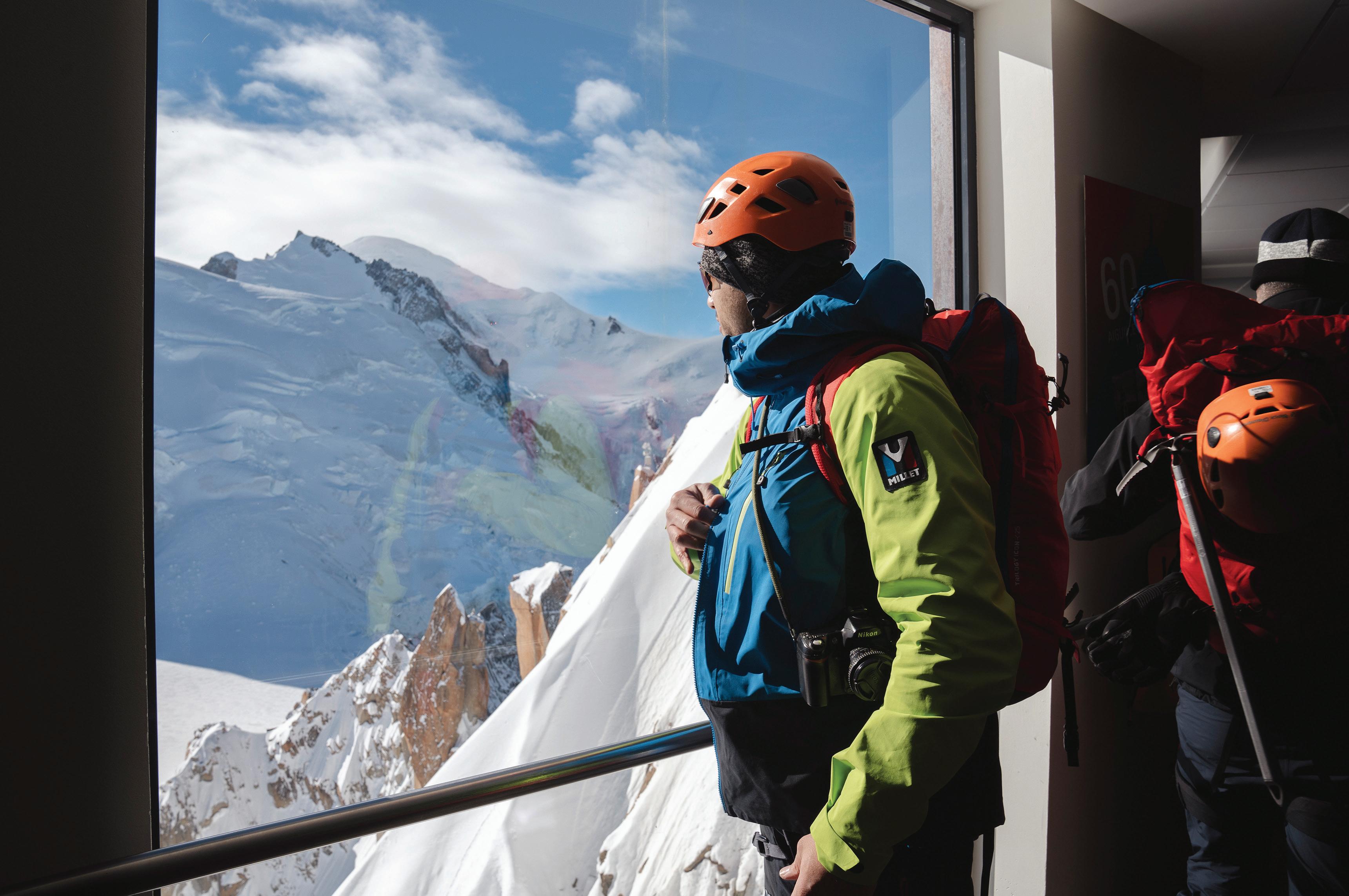

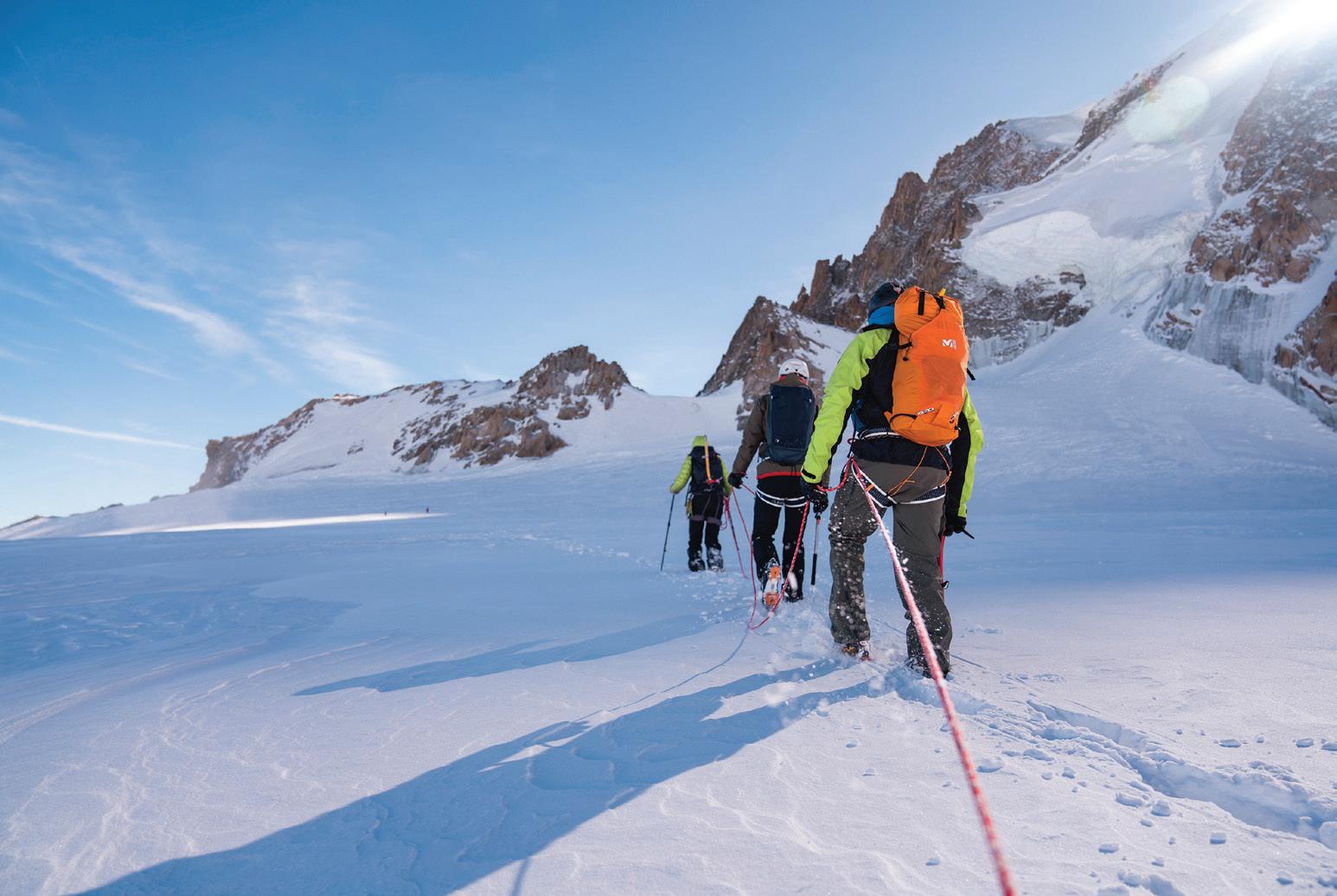
home of their greatest achievements and of world mountaineering" - says at the opening of the meeting Frederic Fages, Millet Global Brand Manager - "An emblematic place where we enjoy an ecosystem of passionate and committed partners, such as the prestigious Compagnie des Guides and the Groupe Militaire de Haute Montagne. Partners animated by a roped spirit so familiar to mountaineers, which inspires us every day in our quest for the unknown", just like the motto "Knowledge for the Unknown".
An essential component of the Trilogy Alpine Kit is the new Trilogy Jorasses Goro-Tex Pro 3L Suit, dedicated to specific use in mountaineering, north face and expeditions in extreme conditions; this is flanked by an innovative first integral layer in wool and polyester, the Trilogy Jorasses Wool Suit, and a very warm, highly technical and compressible down jacket, the Trilogy Jorasses Dyneema Down Hoodie.
The focus of the evening, however, was on the guests, key figures in the brand's entourage and spokespeople for the company's innovative vision. Among them were François Damiano, technical advisor and mountaineer himself; Olivier Greber, president of the Compagnie des Guides de Chamonix; Jean Baptiste Bosson, member of the French National Council for the Protection of Nature; Aurélien Vaissière, mountain guide; and finally Charles Dubouloz and Simon Welfringer, mountaineers of the Millet team, among the most famous French athletes of their generation. The latter were invited to present the trailer for 'Deep Freeze', a documentary produced by Millet that recounts their recent feat on the Direttissima Walker, the first winter repeat of a historic route on the north face of the Grandes Jorasses.
For the rest, the topics discussed concern the brand's commitment to the aforementioned 'Roadmap to 2030' and its five pillars: circular

products, renewable resources, responsible production chain, human beings at the centre of activities and cooperation with mountain communities. These are the cornerstones that will inspire policy in the years to come, principles that - in concrete terms - Millet applied by announcing the creation of an endowment fund to support educational, tourism, social, environmental and innovation plans. These initiatives include scholarships for young people, support for refuges and biodiversity, and funding for projects such as Ice & Life.
It is Jean Baptiste Bosson who, during the evening, is in charge of presenting to the public this innovative initiative straddling science and nature conservation, aimed at exploring one of the greatest current metamorphoses on our planet: the melting of glaciers. The deepening of knowledge of the glacial environment and its evolutions linked to the climate crisis will be the thread running through all the activities to come. The following day, base camp moves to higher altitudes, with a ride on the iconic cable car that takes visitors and mountaineers in 20 minutes from the centre of Chamonix to the summit of the Aiguille du Midi, the starting point for the exploration of the Mont Blanc massif, at an altitude of 3842 metres.
Participants were offered the opportunity to visit the Glacier du Géant together with Ludovic Ravanel, a geomorphologist and mountain guide from Chamonix, in order to observe at first hand the changes that the high altitude is undergoing as temperatures rise. We stop a few hundred metres from the top station of the cable car, at the centre of the glacier, where some control units measure its state. 'The speed at which we are losing Alpine glaciers is unprecedented in human history,' Ravanel said. "Global warming is causing rapid melting of ice and permafrost, with disastrous
consequences for mountain ecosystems and the communities that depend on them."
After an evocative roped hike up the slopes of the imposing Triangle du Tacul together with the athletes Symon Welfringer and Charles Dubouloz, the day ends at the Refuge des Cosmiques, at 3100 m, the largest and second-highest refuge in France, since 1942 a reference point for people who have made mountaineering history. The structure of the refuge is itself a witness to the complications of global warming: in 1998, 600 cubic metres of rock collapsed right under the foundations of the building, which miraculously remained balanced between the granite pinnacles and was subsequently secured with reinforcements and props.
Ravanel's in-depth discussion continues in the common room, in the warm atmosphere of a high-altitude refuge, and opens with an account of that very collapse. Like the Cosmiques, numerous other high-altitude structures have suffered the same fate - if not worse - in recent years. The collapse of the Periades in 2019, La Fourche and the Sberna bivouac in 2022 and the Meneghello bivouac in 2023 are evidence of a mountain destined to completely change its face over the next few years. To give a concrete measure of the extent of the change, it is estimated that only a very small percentage of the historic routes that traverse the spires of the highest massifs of the Alps will remain viable or the same as in the past.
Millet therefore chose to provide the participants of the Camp de Base Chamonix 2024 with concrete and easily understandable elements to measure the extent of change without neglecting to delve into possible strategies to prevent and - where not possible - adapt, both at the level of collective and individual action.
86

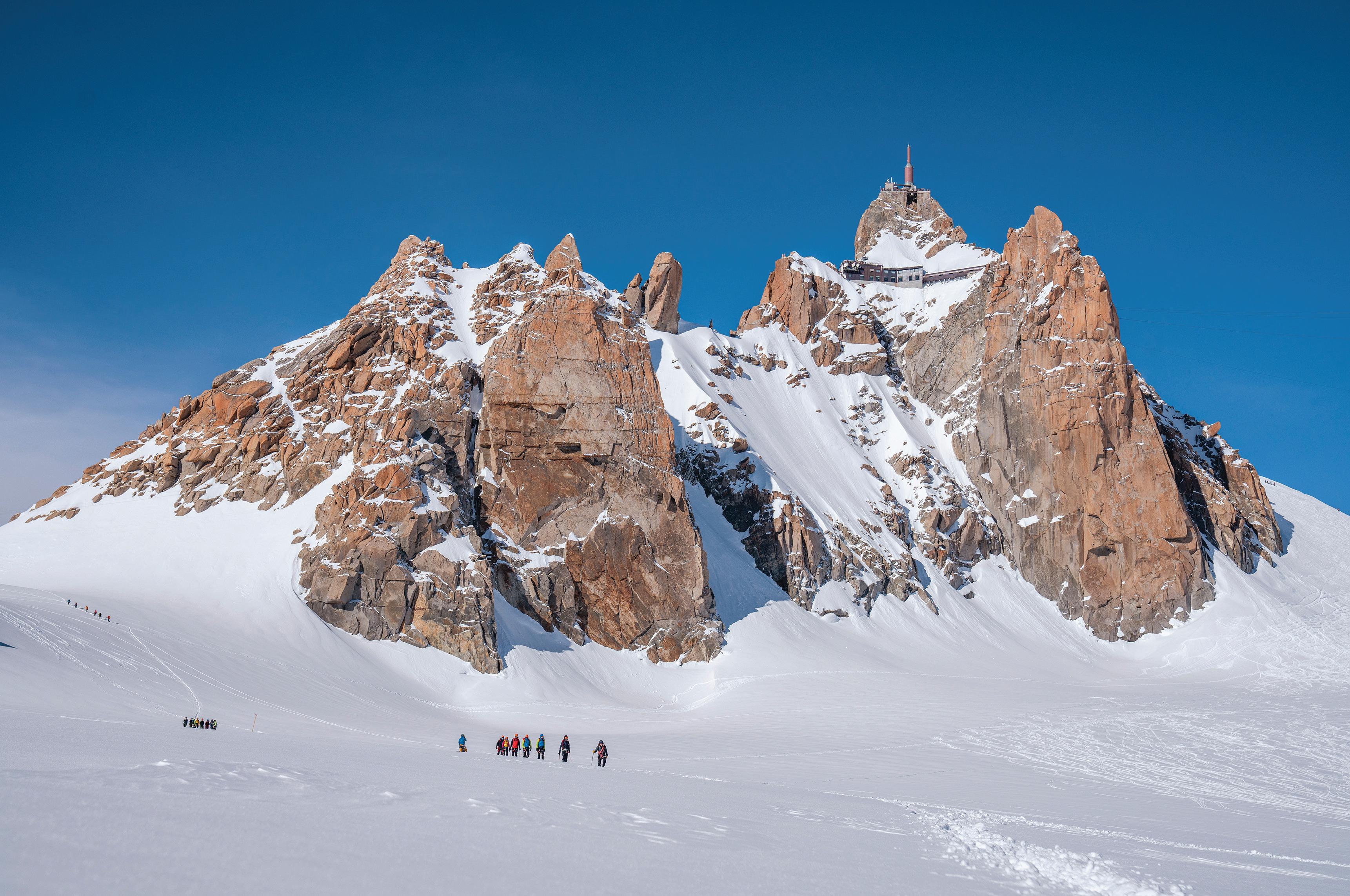
Snowboarding saving lives Victor Daviet
BY LISA MISCONEL
PHOTO PHOTOS PERLY, JEROME TANON
In the world of adrenaline-fueled sports, everything revolves around a few simple elements: aesthetics, the complexity of the project, the final editing. Music sets the mood, the right line, the impossible challenge. There's not much to explain about these sports; they're better told through images and sounds than words. That's why it's never easy to talk about riders and freeriders, to capture their uniqueness and make readers remember of them. However, this isn't the case for Victor Daviet, new snowboarder on the Arc’teryx team.
After a past in global competitions and about a decade in the filming scene, Victor's name is well-known in the snowboarding world. Competitions aren't his thing, and niche videos limit his need to
connect with a broader audience. So began his journey into web series, Trip Roulette being one of them. "With Trip Roulette, we had the chance to tell the story behind a video, a journey, an endeavor. We could use snowboarding as an excuse to travel the world, meet new people, and even take on ecological challenges." We are now talking about Trip Roulette - a format that involves randomly selecting a location, an eco-friendly mode of transport, and companions to complete a snowboarding project - because it plays a role in the stories I want to tell today. After providing a brief background, probably common to many of his colleagues, I want this article to focus on two specific themes: Victor’s role in safety education and the incredible life story that began from it.
88

89

Safety Shred Days – A new approach to safety education
In a rider's life, danger is ever-present. After a traumatic episode where Victor found himself having to personally save his friends, the need to prioritize safety was sparked within him. Thus began the story of Safety Shred Days, a mountain safety training event that speaks to snowboarders with the language and style that belongs to the community. "I liked the idea of making safety look cool; I wanted to create an event for young snowboarders that would require a lot of money. In fact, Safety Shred Days costs very little and includes lift tickets, meals and trainings. Not to mention the evening parties: the community comes together, meeting pro riders, industry professionals, and passionate enthusiasts, creating unforgettable moments (...) I feel like I've been much more useful with this event than in all the decades spent filming to inspire riders."
Trip Roulette 3 – In Pakistan on muleback
"One day, I was invited to participate in a project by the non-profit organization Zom Connection, with the goal of collecting as many snowboards as possible and taking them to a small valley in Paki-
stan where the nation's only community of skiers and snowboarders exists. Here, I also had the opportunity to organize the first edition of Safety Shred Days Pakistan." And so began Victor's journey to the Chitral Valley in northern Pakistan, specifically to Madaklasht. A small resort, the only one in all of Pakistan with a community of about 2000 skiers and snowboarders, where there is only one small ski lift and the skis are mostly wooden. "When I met the guys from the village, I immediately felt the desire to take them on an adventure. We decided to venture as far as possible into the valley, where they had never been with their snowboards. I wanted to give them a taste of what we experience in the Alps - riding down slopes in fresh snow, reaching unexplored places, and carving lines on the snow. We set out on mules, then continued on foot to reach the shelter for the night. To warm up, we lit a fire and spent the night chatting and dancing together. The next day, we kept on skinning up and snowboarding down with splitboards: the guys were exhausted, they had never snowboarded like that before. (...) Many don't speak English, but once you get on the board, it doesn't matter what language you speak, we bonded having
90
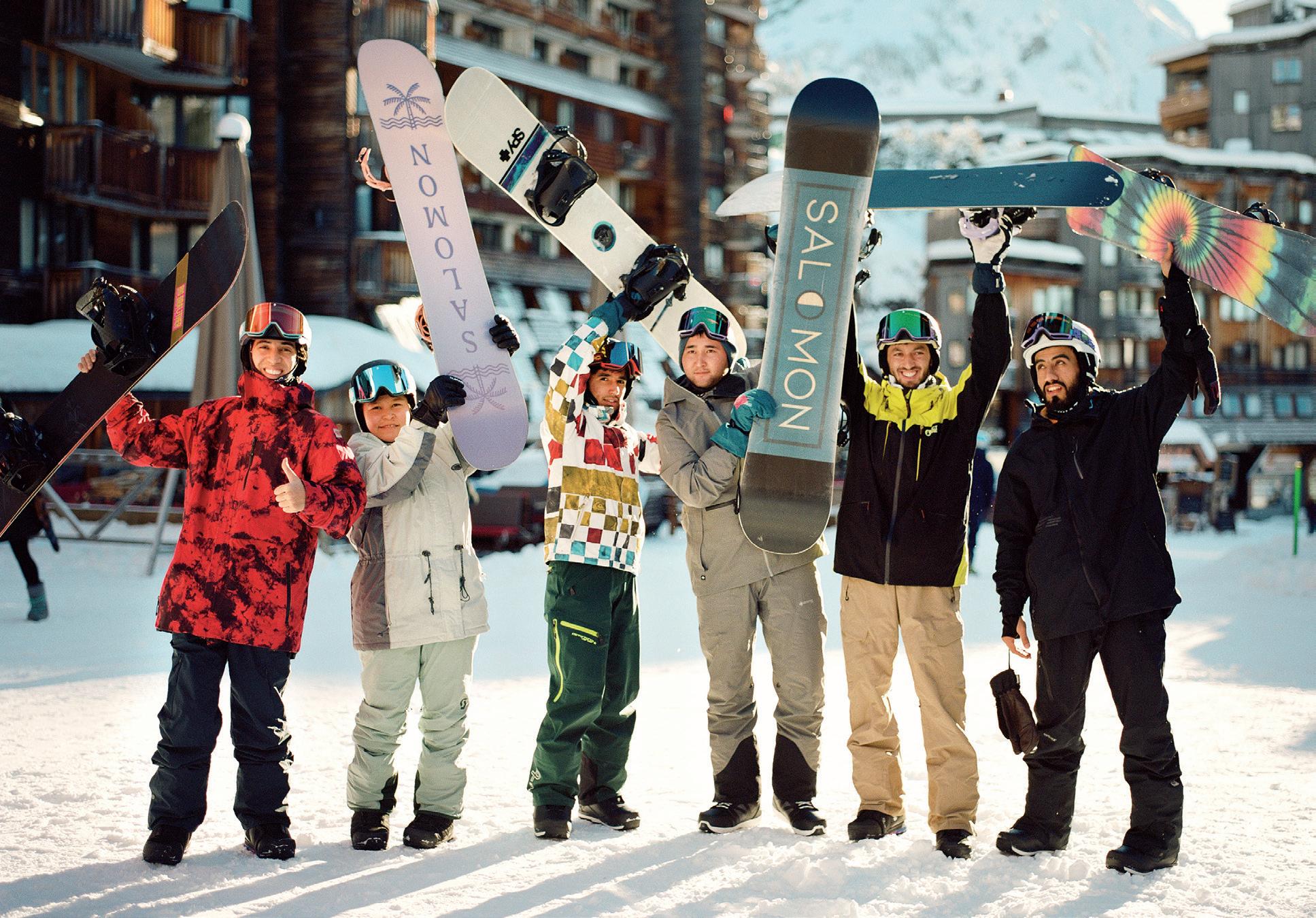

91
fun on the snow. For the safety part with Safety Shred Days, a local who spoke English well acted as our interpreter to ensure that everyone could listen, learn, and train with the equipment we provided. I couldn't take them to explore the backcountry without teaching them all the risks it brings!"
Afghan Snowboard Team: life-changing encounters
Before reaching Madaklasht, the French team from Zom Connection made a stop in Malam Jabba to participate in the Pakistani national championships. There, alongside national riders, was also the Afghan Snowboard Team. There are no resorts in Afghanistan, but the kids trained on mountain passes where there was some snow, and on desert dunes during the summer. There were only about 15 boards in the whole country, and they were the ones owning them! "This is what I get for myself for one season..." Victor laughs. As is often the case in life, curiosity sparks the beginning of new stories, and this curiosity led the kids to knock on Victor's hotel room door, drawn by the show of his tricks and jumps, which they had never seen before. From there, a friendship and a strong interest and curiosity developed on both sides, and Victor had already decided to travel to Afghanistan to tell their story. However, shortly thereafter, a call for help came from the president of the Afghan snowboard federation: with the Taliban's dominance, the kids were in serious danger just for being snowboarders. "I was in Paris when I received this call. I was full of hope and goodwill and very naive, so I grabbed my skateboard and went to the Afghan embassy. I hadn't realized that the problem was national in scope, that hundreds of people were in danger. I did everything I could to help my friends, telling everyone that they were special as snowboarders and nee -
ded help." They were so similar to him and yet caught up in such an absurd situation. Dying because you love a sport is a concept that's normally abstract, but in that case, it was more real than ever. Thanks to the massive media coverage on social media, newspapers, and blogs, the issue became a matter of common interest, leading to the formation of a team of professionals eager to save the 15 Afghan kids. Thanks to numerous fundraising efforts, some kids were transferred to France in no time, while others spent some time in Pakistan before arriving in Europe. Their lives were saved and changed. Far from danger but also from their lives, they started over - some in the Alps, some overseas - with one certainty: snowboarding. "Some live here in the city, they're like family. I spent Christmas with them, and just a few days ago, we had lunch together. (...) Last year (2022, editor's note), we took them to a luxurious Frencg resort; they were amazed. They confessed to me that they did more snowboarding in that single weekend than in their entire lives."
We can talk about tricks, lines, and slope grades. We can add the most adrenaline-pumping music to the most impressive video we can create. But when you save lives, that's a whole other story. Victor's story, and what has happened to him from 2021 to today, starting from a simple trip for a good cause, is definitely one of those worth telling. And to be honest, it's not even difficult to hear it from him in person; you just have to attend one of the Safety Shred Days events! It reminds us how our passions can serve as a vehicle for experiences that go far beyond the single theme of snow, filled with a thousand meanings and leading us on paths we never would have taken, and who knows, maybe even save lives.
92
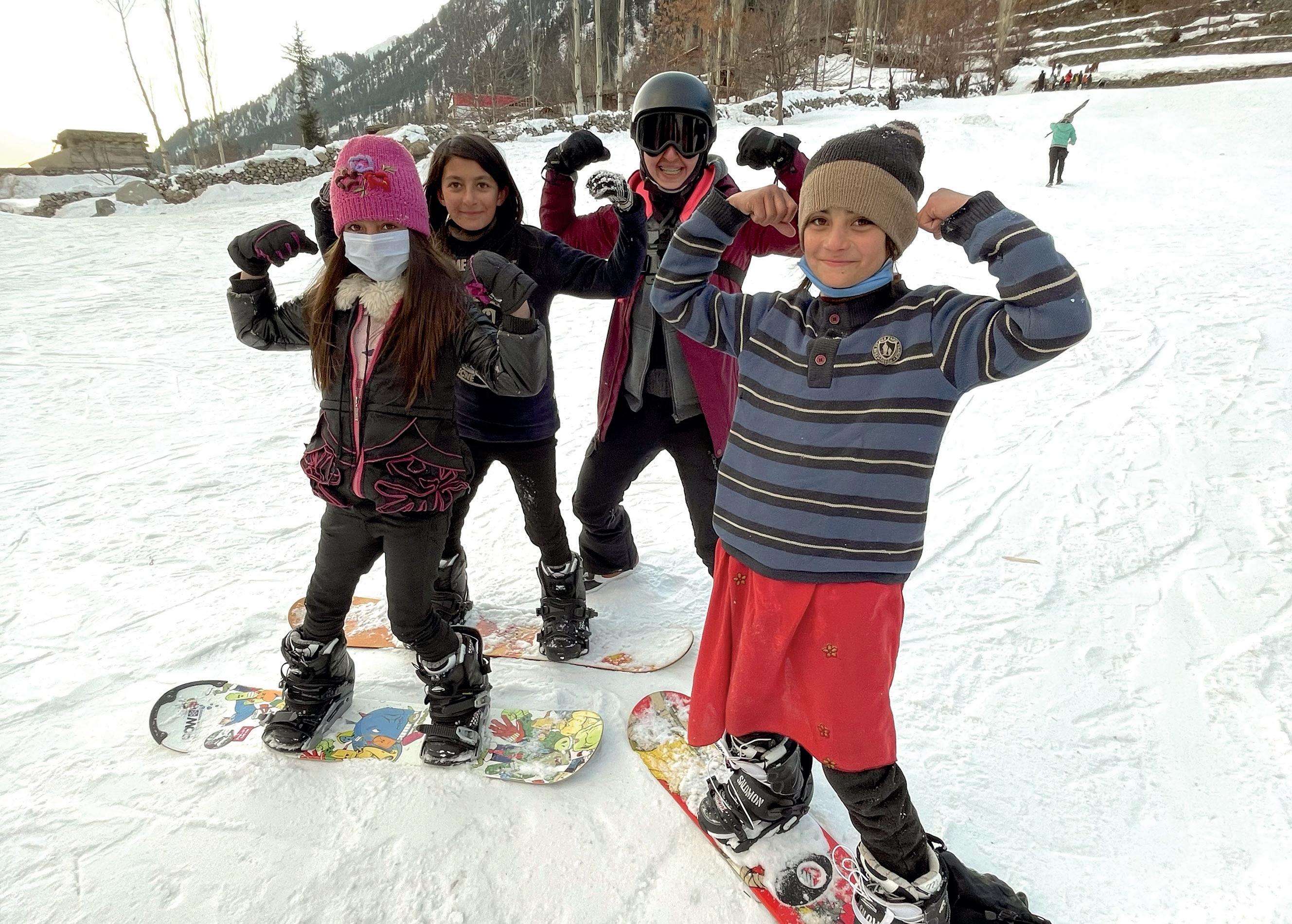

93
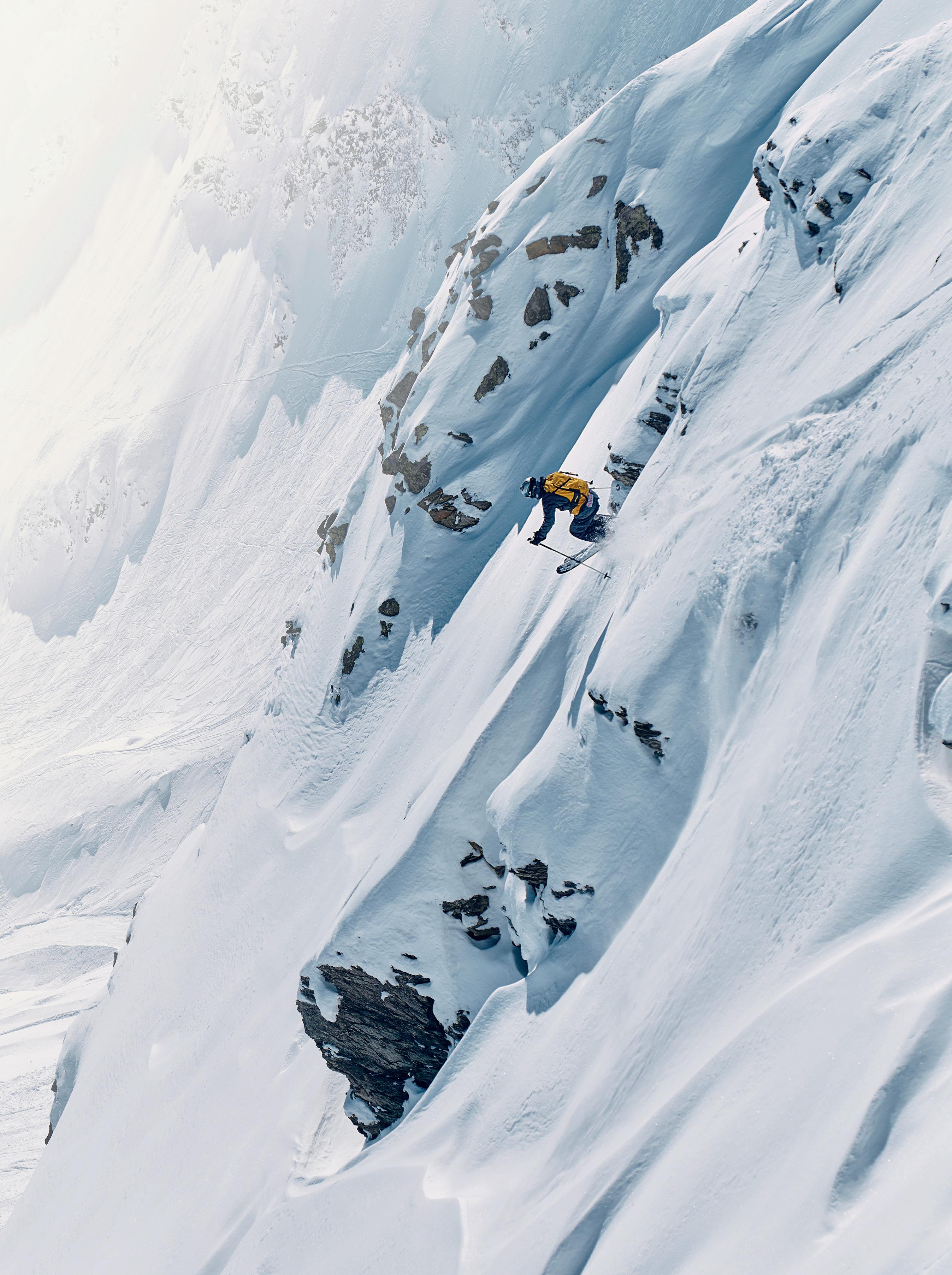 BY CHIARA GUGLIELMINA
BY CHIARA GUGLIELMINA
A true story
Preface:
The shots were taken in the Pennine Alps borderlands, during the only noteworthy snowfall of the current season, back in March 2024.
It was March 5th. Linda was the first to open her eyes. A soft pink light illuminated the room while outside, the sun slept behind the mountains. Beside her in the bunks, Smilzo and Formica lay motionless, one of them wheezing softly. Dust rose from the old floor, hanging like an upside-down snowstorm. Linda got up to add a piece of wood to the fireplace. The trio had called this house home for a decade now, sharing the sole chamber. And the stove, named "Fiammetta," served as their only warmth. The bathroom was a shack made of frost-marked wooden boards. The roof had collapsed under the weight of the snow, and the front door was barred by a rusty latch. Once seated on the board, the view of the north face of Corno Bianco was unparalleled. But you were fifty meters from the refuge, and during winter you had to shovel snow for two hours before reaching it. Up there, in that distant world, silence was broken only by the wind through the larches and Fiammetta's crackling.
Formica was the smallest, no one remembered his real name. Perhaps Niccolò, or Nicola. For the entire village, a thousand meters lower, he had always been "Formica." He carried backpacks larger than himself on his shoulders, never complained, and was the best skier. Smilzo, on the other hand, probably exceeded one hundred kilograms. He was big, not fat. He ate polenta every day, and when the corn ran out, he walked for over four hours to go to town and restock. He was the strongest of the group and knew every corner of Monte Rosa. Linda was the only woman, with two ice pearls for eyes and a long blonde braid down her back. She took care of the kitchen and the chickens, while the men took care of the wood and the cows: Bella and Daisy, two red piebalds with sweet, fatty milk.
Linda, Formica, and Smilzo spoke little, had few possessions, and detested any form of waste. For them, every day represented a new opportunity to be creative. They found sustainable solutions for
95

everything. The wood, collected from the forest, was not just the fuel for the stove that warmed them, but a way to prepare a nutritious meal with simple ingredients. Potatoes, cabbage, onions. The hot water for showers and laundry did not come from any external source, but from a wood-fired boiler. And even reading a book after sunset was possible thanks to "Lucciola," the oil lamp always fueled by wood. Wood was used for everything up there. For them, having less had nothing to do with poverty. In those humble days, they found an unknown peace compared to the village below. And they would never abandon it. Linda put the moka pot on the stove and woke up her friends with two steaming cups of coffee. It had snowed relentlessly for sixteen hours, but now the first sun was illuminating the peaks. They had to go outside.
The cold bit their cheeks, while the skis cut through the fresh snow. The sharp blades were soft brushes on a white canvas. Every movement of their bodies was free, as if the world had shrunk beneath their feet. And the only things left were the wind through the branches and the air that woke up their lungs. They were three insignificant points in a mountain of snow, three young creatures in the wild nature. They skied through the valleys and the ridges, immersed in the cruel beauty of an enchanting yet ephemeral landscape. For a moment, they forgot everything. What was their name? Where did they come from? They were part of the mountain now. They were alive in the present and capable of feeling an idea of
eternity. It hadn't snowed like that for five years now, and even that season, except for those sixteen hours, had not seen a single flake throughout winter. Just a few days after the ski, indeed, the sun melted everything away. The meadows turned green again, and the skis, dry, were stored in the refuge. Only high up, beyond 3,000 meters, something resisted.
Smilzo, who had been the plumber of the village, proposed using the glacier meltwater to generate energy. Formica, who had once been the most famous blacksmith in town, began to draw designs and diagrams, planning a visionary plant; capable of harnessing that resource in a unique and sustainable way. After weeks of hard work, trials, and failures, the three friends completed the project. A zero-impact conveyor belt was born. A system that, using the water gushing fiercely from the seracs of the Glacier, would take them to the highest peaks, where the snow resisted. Where skiing survived. And freedom awaited them. The word spread like the echo of a whisper in the alleys of the village, downstream. That small spark of genius became the main topic of conversation at the bar and under the arcades. It began as a secret whispered among intimates until it spread loudly throughout the Alps. The idea born up there, in the midst of nature, became a success. Linda, Formica, and Smilzo were appreciated not only for their courage and ingenuity, but rather for their perseverance in seeking innovative solutions to the environmental problems threatening their mountain. Everyone's
97
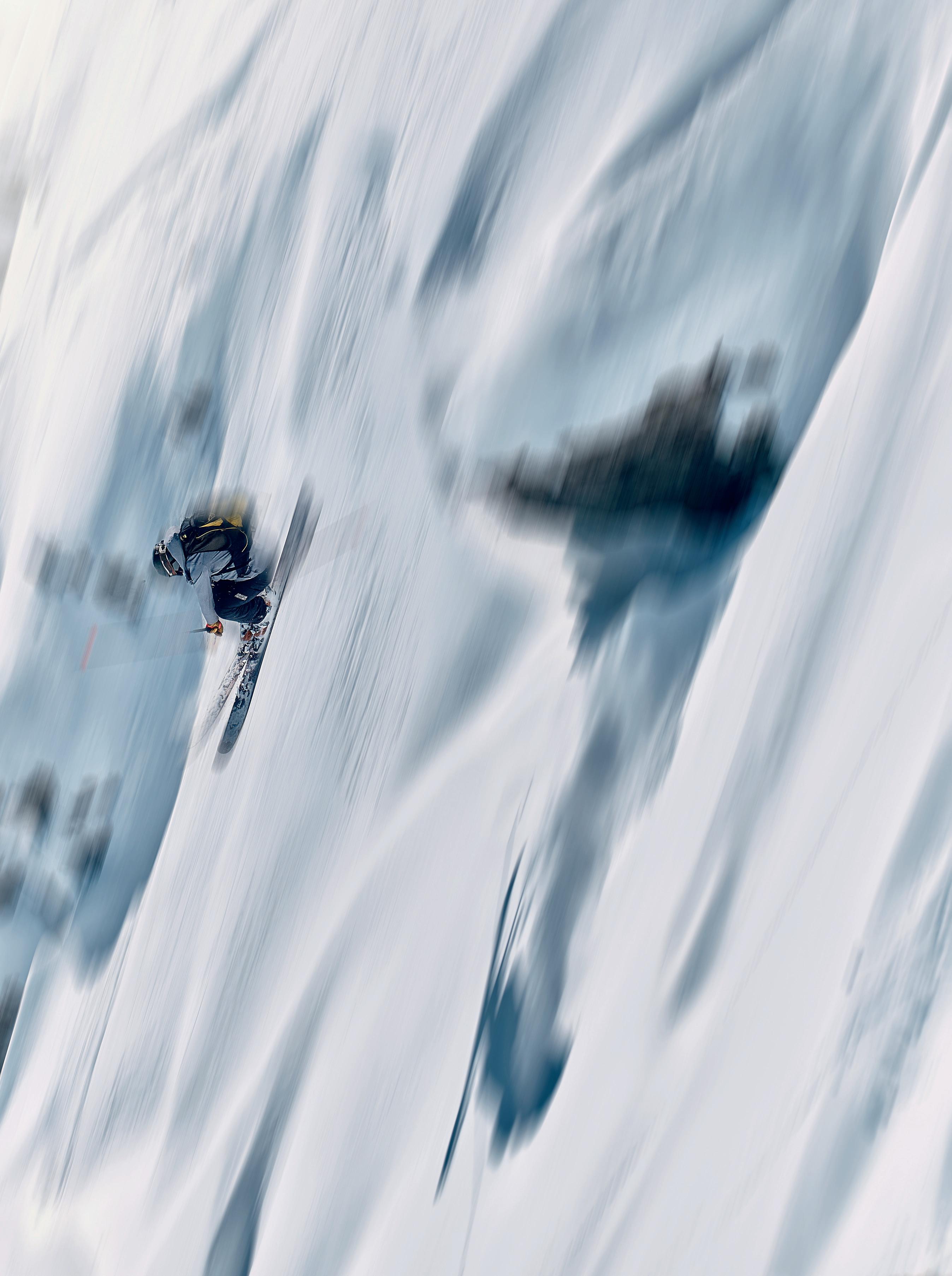
mountain. From that day on, the lives of the three youngsters did not change a bit. They continued to explore the mountains, facing challenges with strength and hope. The three youngsters showed the world that it is sacred to face obstacles seriously. But it is pointless to focus on the problem without seeking a solution. Every idea becomes possible if you stop believing it is impossible.
This is not a true story. What is true is that Monte Rosa is one of the main mountain ranges in the Alps and that the accelerated melting of its glaciers threatens the stability of the water reserve that nourishes these lands. We will be thirstier and have less water. And when thirst becomes greater than water, you understand how precarious the balance in the mountains is. Like climbers on the crest of Lyskamm, on a day of strong wind. What is true is that glaciers are losing mass at an accelerated rate in many parts of the world due to global warming. It is also true that the Indren Glacier, on Monte Rosa, has retreated 60 meters in two years. Just as it is true that where skiing was possible up to 25 years ago, there is now a desert of rock. Another true story is related to the temporal trend in glacier mass loss rates. And their disproportionate increase in recent decades. Data collected from satellites, probes, and field measurements in-
dicate a trend of decreasing glacier mass in many parts of the world, including the Alps, the Andes, the Himalayas, and the Arctic. This other true story only highlights the impact of climate change on the ice resources of our Earth.
Finally, the truest story of all is the one we would prefer not to know. The ice melting like an ice cream in August, disappearing gram by gram, represents an additional challenge for our planet. The Earth is sweating, trying to rid itself of the weight that oppresses it. Like when at 4,000 meters, in July, we would like to tear off our skin. Our eyes can only see a part of this yet another true story. But our minds comprehend the gravity of the situation.
And now maybe you want to know about the future. You wonder how this true story will end? We are at a crossroads, and a choice is necessary. We can continue to tell it to ourselves, speaking of eras, cycles, and normalcy. Believing in untrue stories and ignoring the dangerous change. Or we can raise our heads, face all these true stories, and seek solutions that can save our planet from ruin. And our skiing from the end. Because this, think about it, would be the saddest true story to tell our grandchildren.
You wonder how this true story will end? We are at a crossroads, and a choice is necessary. We can continue to tell it to ourselves, speaking of eras, cycles, and normalcy. Believing in untrue stories and ignoring the dangerous change. Or we can raise our heads, face all these true stories, and seek solutions that can save our planet from ruin.
99
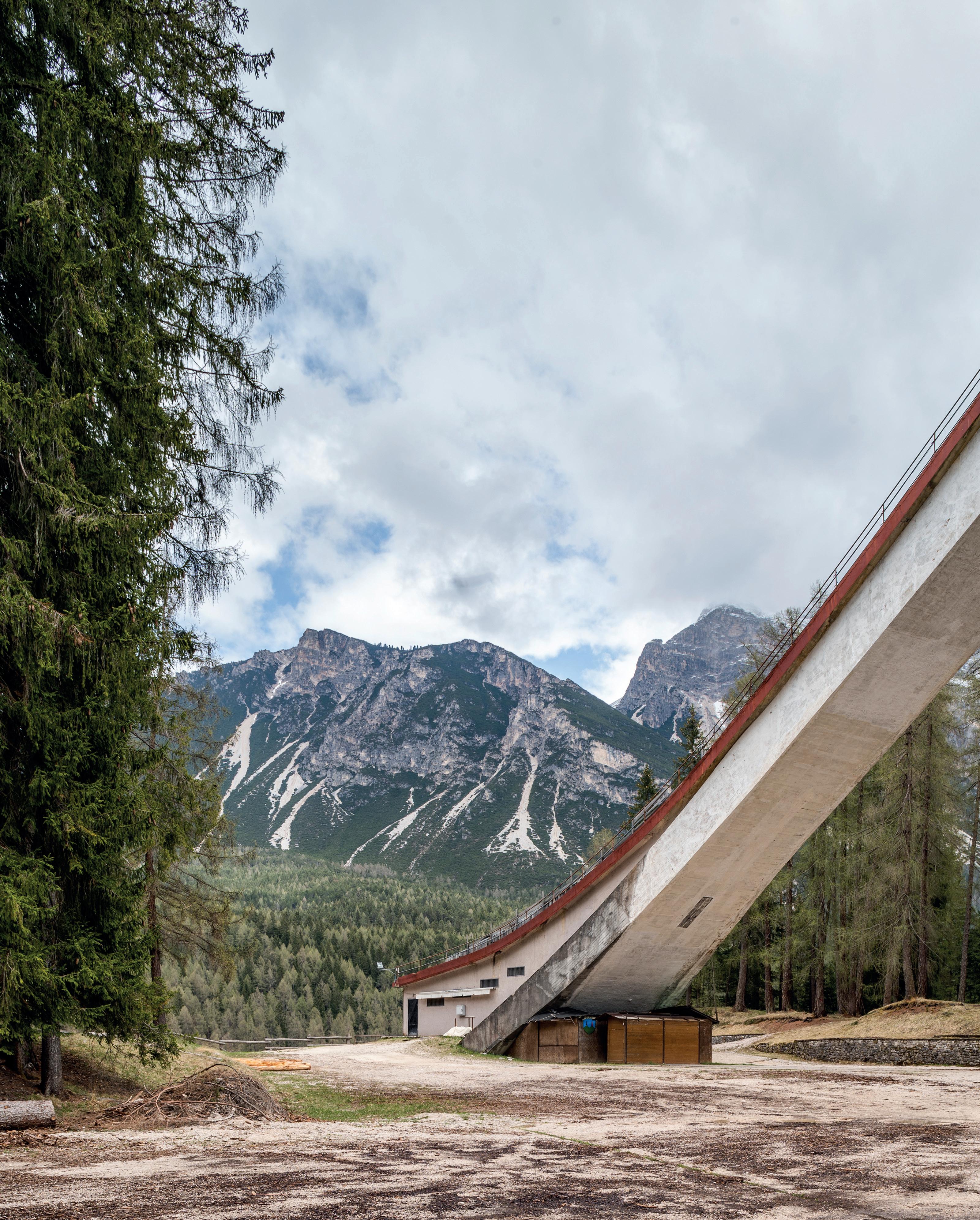
100

Altered Dolomia
When the Spotlight Fades
BY CHIARA BERETTA PHOTOS GIORGIA ARCHETTI
Power lines, concrete pylons, electrical cabins, ski lifts, more or less decaying infrastructures. We're so used to their presence that we hardly notice them anymore, yet these constructions remain a terribly discordant note in the mountain landscape that surrounds them. Documenting the indelible footprint of humans on the Dolomites is the project Altered Dolomia by photographer Giorgia Archetti, born in 2000: a series of shots that draw attention to what remains between the UNESCO heritage peaks when the peak season ends and the crowds disperse.
101

102
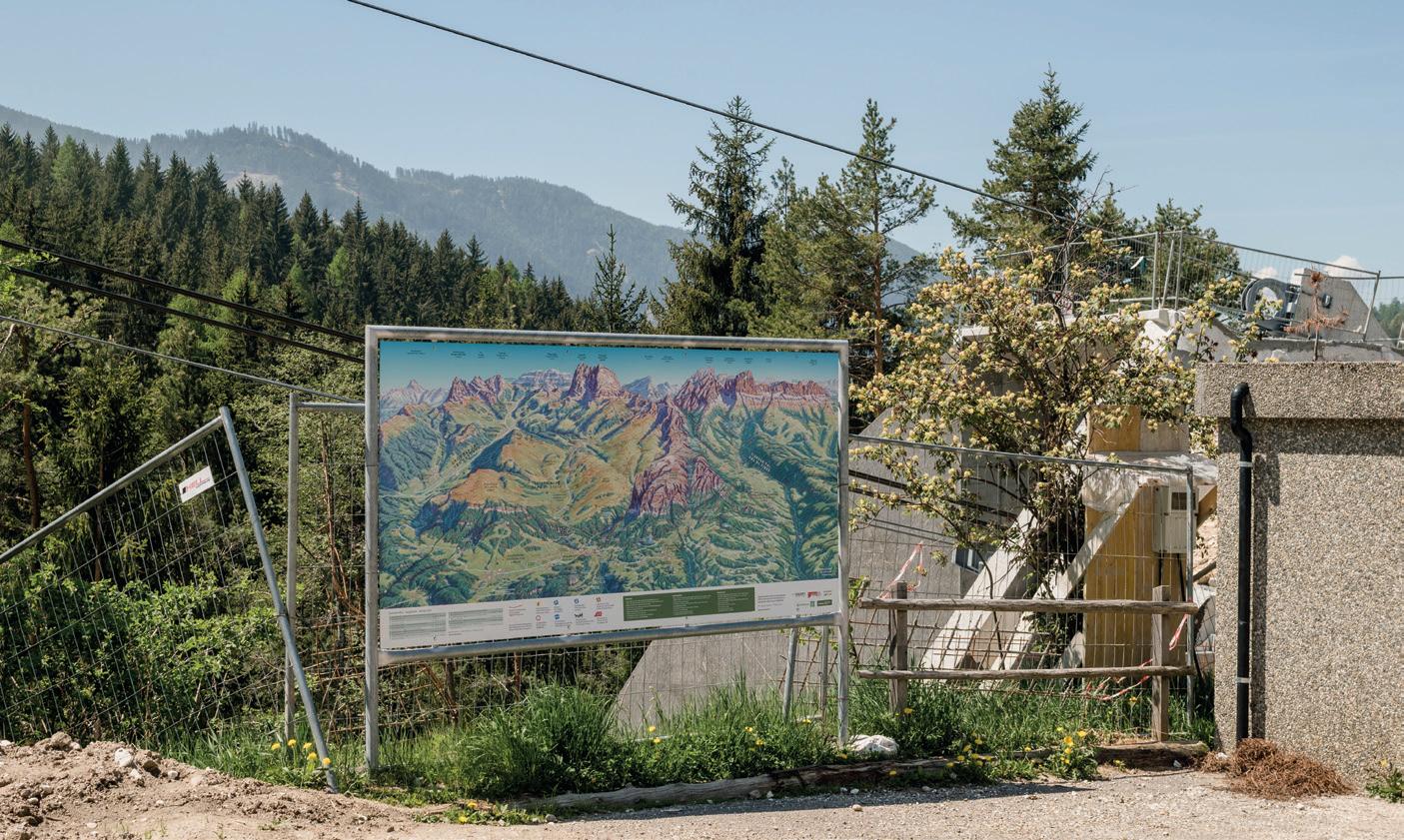
Hi Giorgia, how did you get into photography and how did the idea for Altered Dolomia come about? I'm originally from the province of Brescia, and initially, my studies were of a scientific nature: my passion for photography only emerged towards the end of high school. I then decided to study photography at IED in Milan, opting for the international course to expose myself to stimulating perspectives further from my own. During my three-year course, I had the opportunity to experiment with various types of photography, but I found myself very comfortable with landscape and architectural photography, two aspects that combine in Altered Dolomia, which was my thesis work.
Why specifically choose the Dolomites? The Dolomites hold a special place in my heart, having frequented the area since childhood - skiing in winter and hiking in summer. However, as I grew older and continued to visit, my perception of the environment and mass tourism evolved. I began noticing the human interventions reshaping the mountainscape to accommodate mass tourism. Thus, Altered Dolomia aims to document and analyze this anthropogenic impact on the landscape. In each image, I strive to juxtapose archi-
tectural elements with the natural landscape, emphasizing the incongruity of human structures within the pristine mountain scenery.
Is the project finished, or are you planning to add more? While the project is currently on hold, I’d like to expand it in the future. Rather than producing a traditional book, I opted for a website (www. altereddolomia.com) to showcase Altered Dolomia. This format allows for a dynamic and continually updated archive of photographs, including an interactive map. In the future, I hope to explore the eastern regions of the Dolomites, particularly towards Friuli, where tourism may be less pervasive compared to other areas.
An interesting aspect of Altered Dolomia's photographs is that there are never any people: the infrastructure is either abandoned or closed, but still deserted. The result is alienating, almost post-apocalyptic. During the off-season, tourist resorts often resemble ghost towns, with infrastructure intended for tourism lying dormant. Some facilities remain closed even during the summer months, operating for only a fraction of the year. Additionally, certain structures I've
103
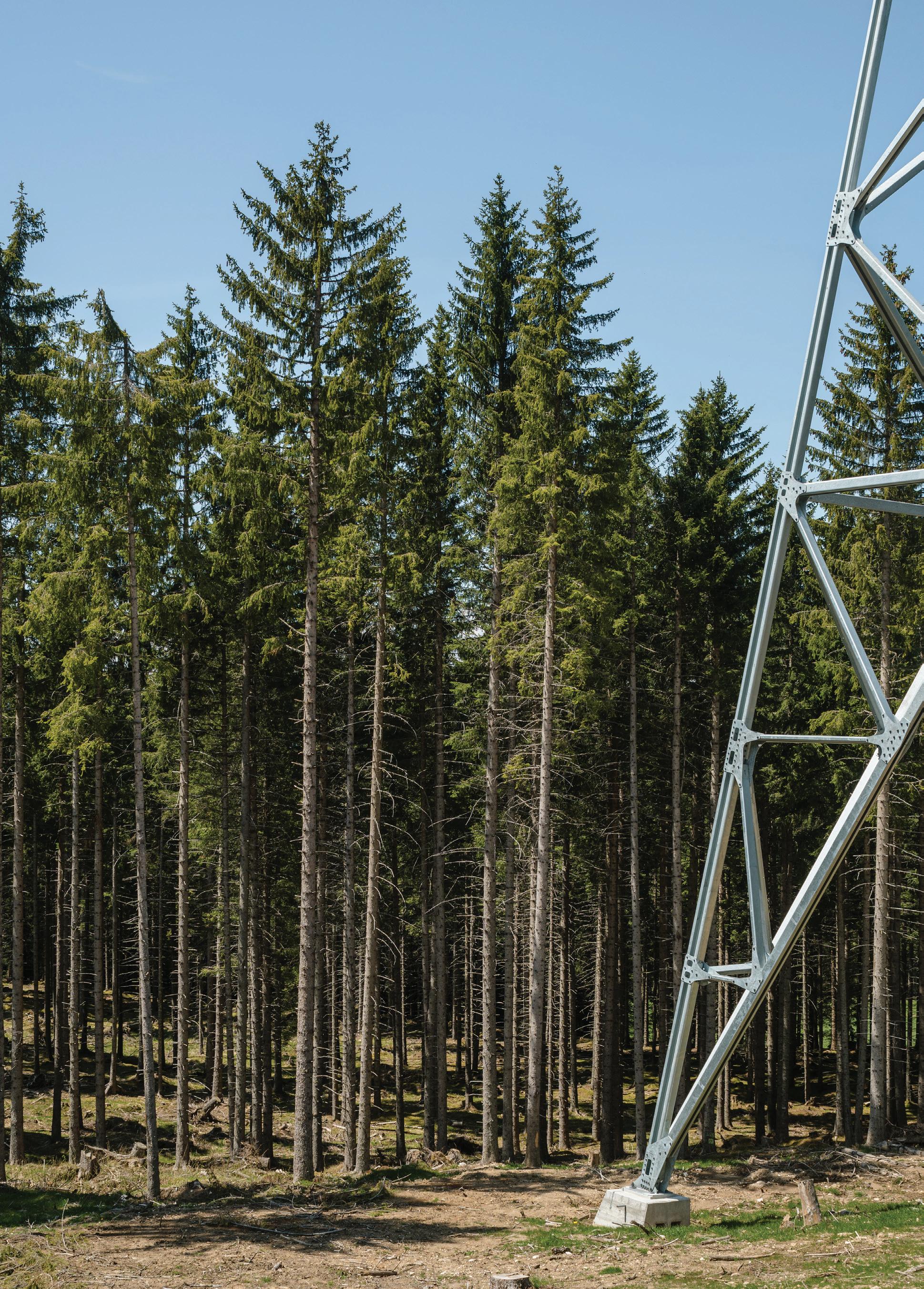
104
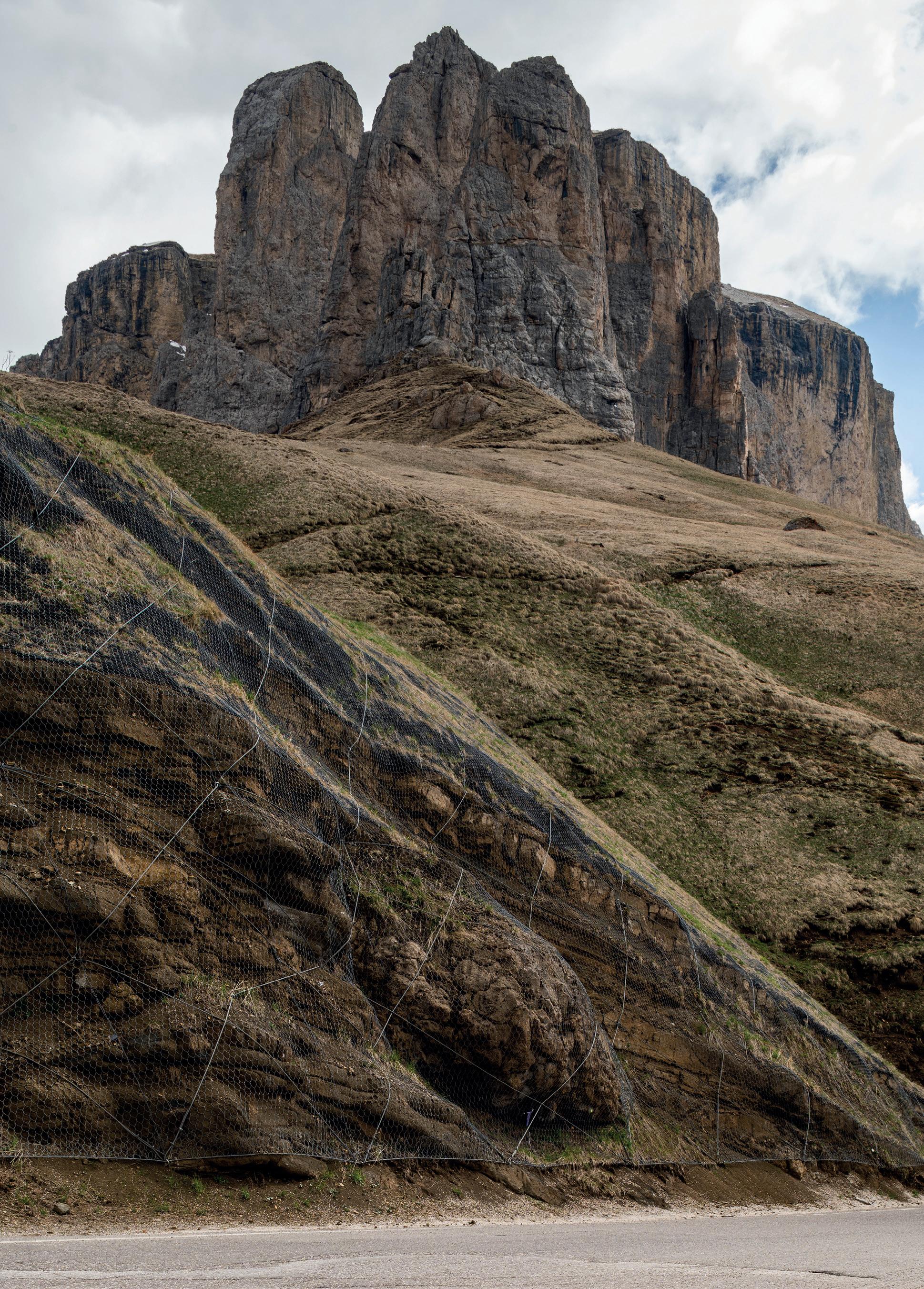
105
photographed are completely abandoned, such as the sports facilities in Cortina, where there is now the building site for a new bobsleigh run.
In light of ongoing discussions surrounding human impact on mountain environments, how does a photographic project like Altered Dolomia bring to the discussion? Photography provides a visual narrative that resonates more directly with viewers than data or written texts. By presenting tangible evidence of human intervention in mountain landscapes, Altered Dolomia prompts viewers to confront the often-overlooked consequences of tourism development. While promotional materials may highlight picturesque landscapes, my images reveal the complex relationship between human activity and the natural environment in mountain regions.
How did you find or choose the places to photograph? In May 2022, I moved to the Dolomites area, in the province of Belluno, for about a month. With my base near Col di Lana, I would take long drives every day. Sometimes, I'd simply decide on driving routes and then, looking around and exploring a bit, I'd find things to photograph. Other times, I'd set out with a specific goal in mind, which I had identified through research. For example, this was the case with the abandoned Olympic track in Cortina.
During your stay, did you have the chance to talk to locals about the theme, maybe even to get some suggestions on places to photograph? Actually, no. A few months earlier, I had spoken to a guy from Bolzano who had complained about how the trails in the woods had been modified to accommodate e-bikes, becoming quite unusual. This insight helped me develop the project idea. However, during my stay, it was really like living in and passing through ghost
towns, or nearly so. I saw very few people, and it was strange to drive for an hour without encountering almost any other cars. In Cortina, a place that we usually imagine as bustling, I had to walk for half an hour before finding the only open bar and being able to eat a sandwich. The only place where I found tourists, despite the low season, was Lake Braies, which, by the way, was terribly dry.
Is there a particular shot that has stayed with you for some reason or that you particularly like? I particularly like a photo I took in Nova Levante; it's one of my favorites. It depicts a part of the forest, with gigantic trees, and the "paw" of a tower from the new Tires cable car. It captures the scale and the difference in sizes well; you can't even see the whole tower, but you can sense how much bigger it is. I read that the cable car poles were purposely designed to be so tall to avoid cutting down a larger area of forest. It's a shot that, in my opinion, translates well the intention of balancing the landscape and human impact, which in this case is very recent since the cable car was still under construction and not yet open. Other structures are older, like the arrival station of the Sass Pordoi cable car, which opened in the 1960s. In the photo that portrays it, you can see it "perched" at the top of a majestic rock wall.
Photography provides a visual narrative that resonates more directly with viewers than data or written texts. By presenting tangible evidence of human intervention in mountain landscapes

106
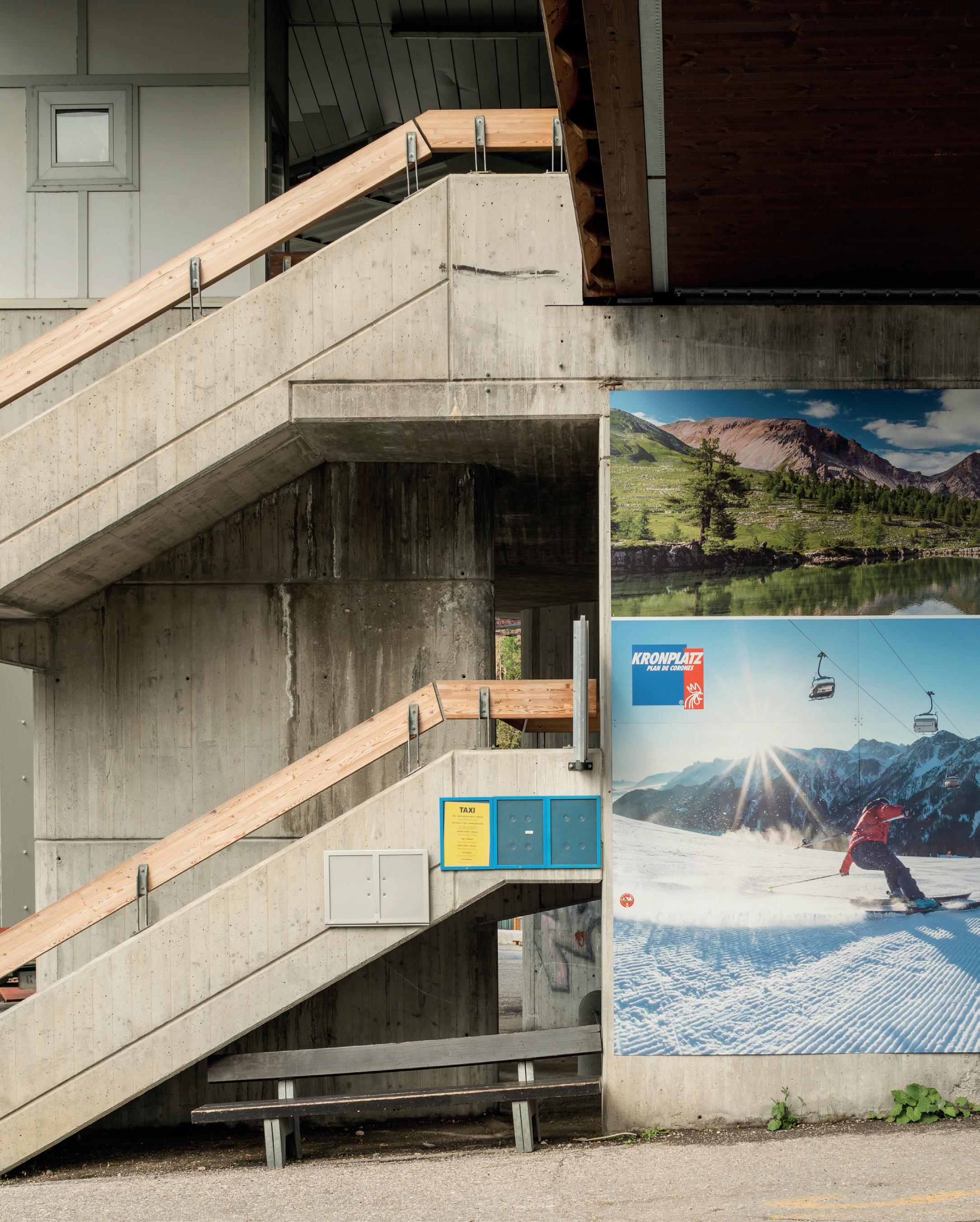
107
Amore che vieni, amore che vai
BY MATTEO PAVANA
It's wrinkled, bent, rough. These are adjectives that certainly do not refer to the standards of a beauty contest; not even among plants. The juniper tree though is truly nothing ugly. Its being wriknled, bent, and rough fully represents its unyielding soul. An invincible beauty. Of suspension. If the juniper tree has a soul, it stands tall and knows the feel of the wind. And if you were to carve its wood, it would turn into a climber.
I've heard that a great sculptor can shape the wood as it needs to be shaped, honoring the spirit inside the trunk. They say that the birch tree, graceful and tall, is perfect for carving dancers, pretty women, or acrobats; it doesn't work for carving hardworking farmers – that's what hornbeam is for. Maternity lives in the Swiss pine, ceilings in the larch, babies in cherry wood, and the Virgin Mary in maple. Consider the olive tree: it cries out pain with its drooping trunk and branches stretched out in utter despair, like arms reaching for the sky. I really do believe that if you ever carved a juniper, it would come out as a climber.
I can't stop looking at this juniper here on this rocky ledge. I've been staring for five minutes now. Salty photons strike it, and in contrast with the deep, deep blue sky,
it stands out like a jagged black flame. I imagine the endless wind it has faced, making it look like the very essence of life itself. I think about the people I love –Ale, Pierin, Aldo, Paco, Filo, Tullio, mom, Sarin. I'm happy. It's not about missing them; it's just pure happiness.
In the foreground, at the edge of the wall, there are Fede, Andre, and Micky. And behind them, two black dots ride the warm sea winds without a care for gravity. Lucky eagles.
This is a postcard-sized thank you. Pure and stunning. “We have to protect what's left,” Pierin told me before I left. And he said, “These days, climbing just needs people who want to climb and to listen to climbing. That's all.” From up here, I really get how much we need to protect
108

this place, somehow. Especially from climbing itself, these days; in an age where we feel we have to share everything, show everything. Silence and anonymity aren't in style these days. Talking and writing about mountains, especially climbing, has become weird and hard lately. Climbing has turned into shapeless movements, a jumbled poem, like a cow staring blankly while a train speeds past a green field. I didn't get to know climbing in its heyday; it wasn't something I needed for myself. Lux took me to Bindesi, outside town, to taste the joy of rock climbing; or at least we tried. Only later, after many years, I started to live in the mountains every day, thanks to my job as a mountain photographer – and I dislike the term outdoor photographer as much as I dislike coriander. By then, mountain photography was already a career for some. People like Levati, Felderer, Gimenez, Chin, just to name a few. It was the start of the rise of the outdoor market (there you go again), back when Ferragni knew as much about Instagram as I did and Honnold had only won an Oscar for "the guy who'll probably kill himself". Those were the days of Progression, Dosage, Pilgramage. Climbers climbed (meaning the athletes did their thing) and nobody knew about Influencers.
Inspired by those photographers mentioned earlier, me and a few others tried to carve out our own little piece of the world to live in through our photos, through our stories. It's been a beautiful time of personal redemption, after what I've forever shelved as a lackluster university career. But if ten years ago this lifestyle felt like a dance to a Spanish version of Bocelli's tunes, now I'd say I'm living it as a tiptoe on Fabergé eggs, as Tesson put it. Being a promoter of mountain imagery and climbing is getting trickier for
me, almost like a non-lifestyle. "Do you think I will ever experience that kind of climbing, the one you went through?" I asked Pierin, in what was no longer a phone call, but a veritable existential crisis. "Sorry to say, Pavi, but I really doubt it." I already knew the answer.
With climbing, all you need is to have read a few stories and seen some old pictures in equally old magazines to sense and understand that something has changed. And it has changed forever. That things change is already history, a fact of life. I'm not aiming to wear those old crappy clothes, for goodness’s sake. But it's how they change that's always worth giving a second thought. I wonder: "What's so special about climbing?"
To me, climbing means tapping into an otherworldly intuition disguised as a biological instinct, feeling the thrill of a shout into the void. Nothing like what's being peddled or sold nowadays. Nowadays, climbing is seen and labeled alongside mundane activities like padel. Seriously? What do the translations of the concept of precarious balance into dance and the slip of dignity with a few paddle strokes have in common? Spoiler alert: nothing. Climbing has much more at stake: at the mercy of the masses, stripped of its history, and its identity tampered with. Its culture? Overlooked. Sadly, that’s world's history too.
I believe true climbing still lurks in the crevices and cracks of the mountains. And I trust it resides in the hearts of rebels: curious souls who aren't easily satisfied. It'll be the rebels who'll save the mountain because they're the only ones who, in a world where everything has got a label and a price, will hold on to the true and unique Concept; something not entirely buyable yet (not entirely, not yet).
110
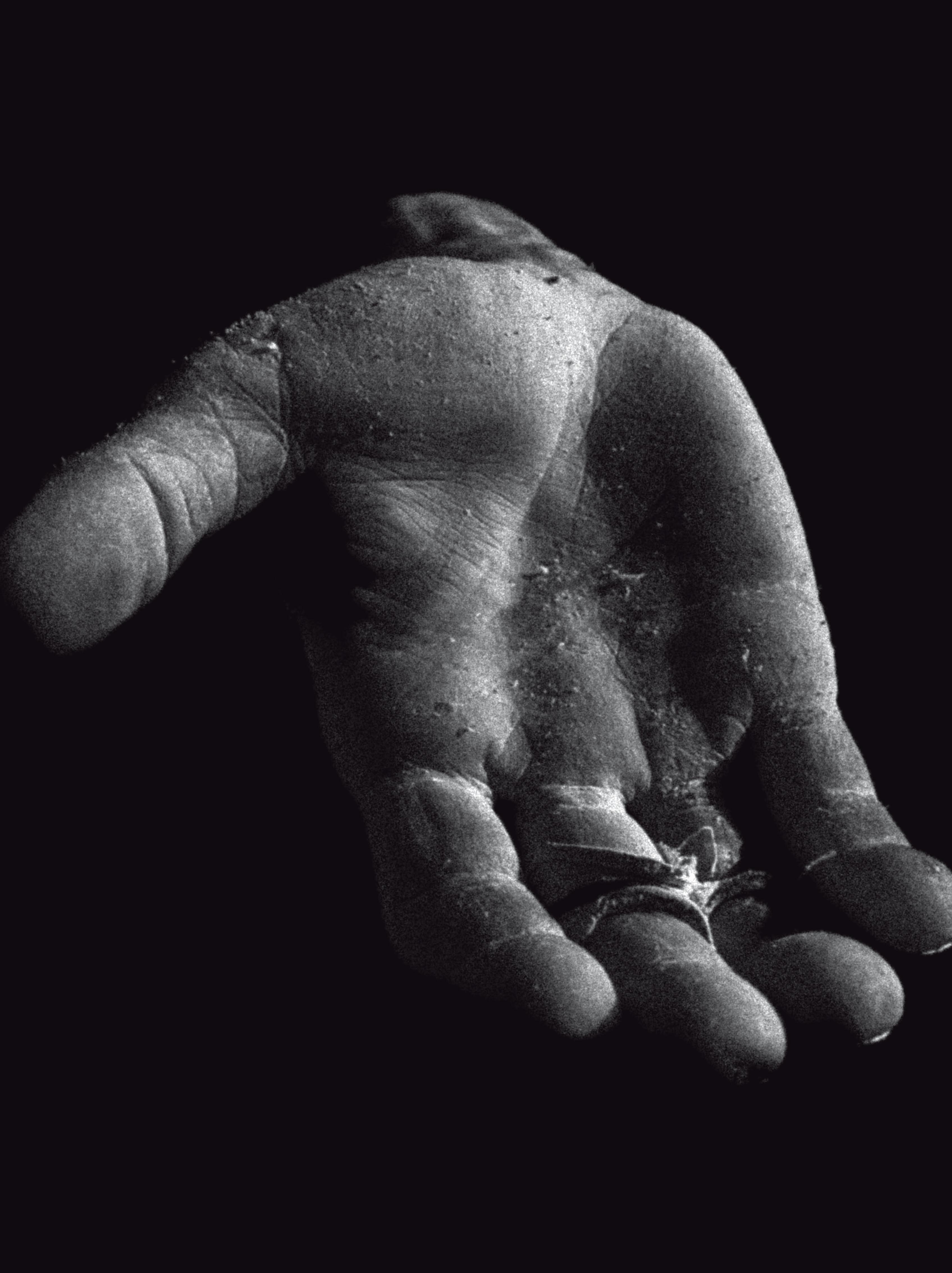

112
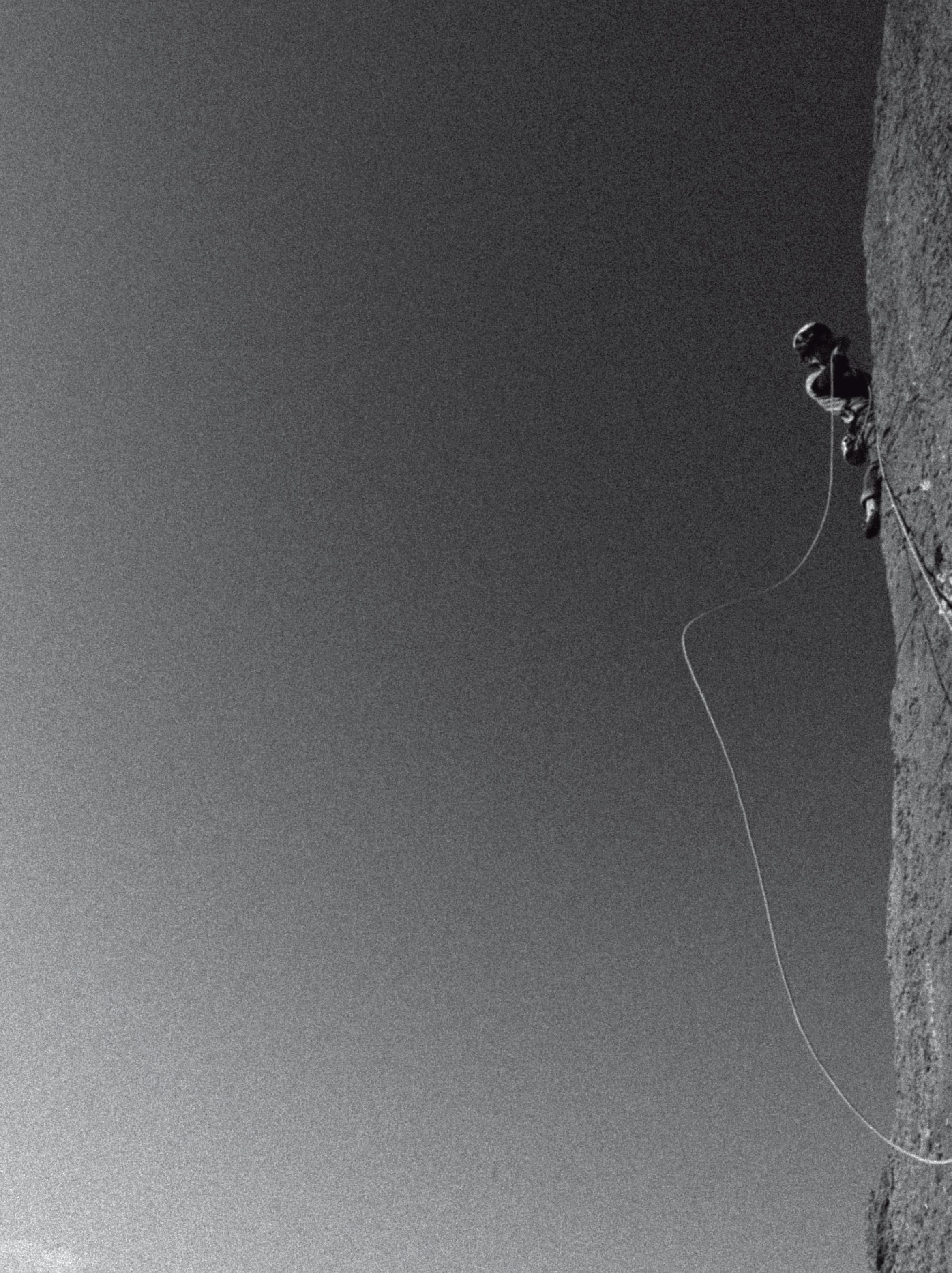
As long as climbing remains its own reward, I'll be safe, I’ll be happy. It doesn't matter if I'm wrinkled, bent, rough. I will have been, at least, truly free.
I'm talking about freedom.
I grasped the meaning of freedom after my father's passing, after realizing that time is "the air I breathe as long as I breathe it." Because death is an invisible suggestion, a shaky orchestra in eager anticipation. Then, emptiness. Nothingness.
I'm looking at this juniper again. Only now do I feel this damned melancholy blowing, like the thermal against the wall.
Once back home, I'll have to tell you all about it: a travel experience, the opening of a new route, friendship; enriching it all, making sure to convey how cool it is to climb, sleep in a van, have a glass of wine in the evening, be together, and bla,bla,bla. I really fear I might fall short of all my obligations this time. I truly wish I could sit down and share with you the experience of being here, what I've learned, the people I've met. About what we did and how we did it. About how the rock looked as coral-like to the eyes as it felt primitive to the touch (pure bliss). About what Fede, Andre, Micky, and I said to each other. The raw energy pulsating through every climb, every shout, every snapshot.
But what would be the point without telling you in person? I picture us chatting over a drink, the soft glow of a local bar casting light on your eyes, capturing the essence of our journey. It would be quite something.
Let me assure you, it was all real. So real that I want to go back soon to live more memories and let them linger far away. I can't speak for my companions, but for me, the permanence of these memories teaches me to live fully, to appreciate the present, and to strive for improvement in a world that sometimes falls short.
For once, I hope you'll forgive me for not sharing every detail. It's about reflecting on what climbing means to us now, recognizing the changes we need to make within ourselves. I would like to do it just this once.
One last breath before starting the descent, nostalgia creeps in, mingling with the eagles soaring above. As long as climbing remains its own reward, I'll be safe, I’ll be happy. It doesn't matter if I'm wrinkled, bent, rough. I will have been, at least, truly free.
As De André once sang, what was it again?
114

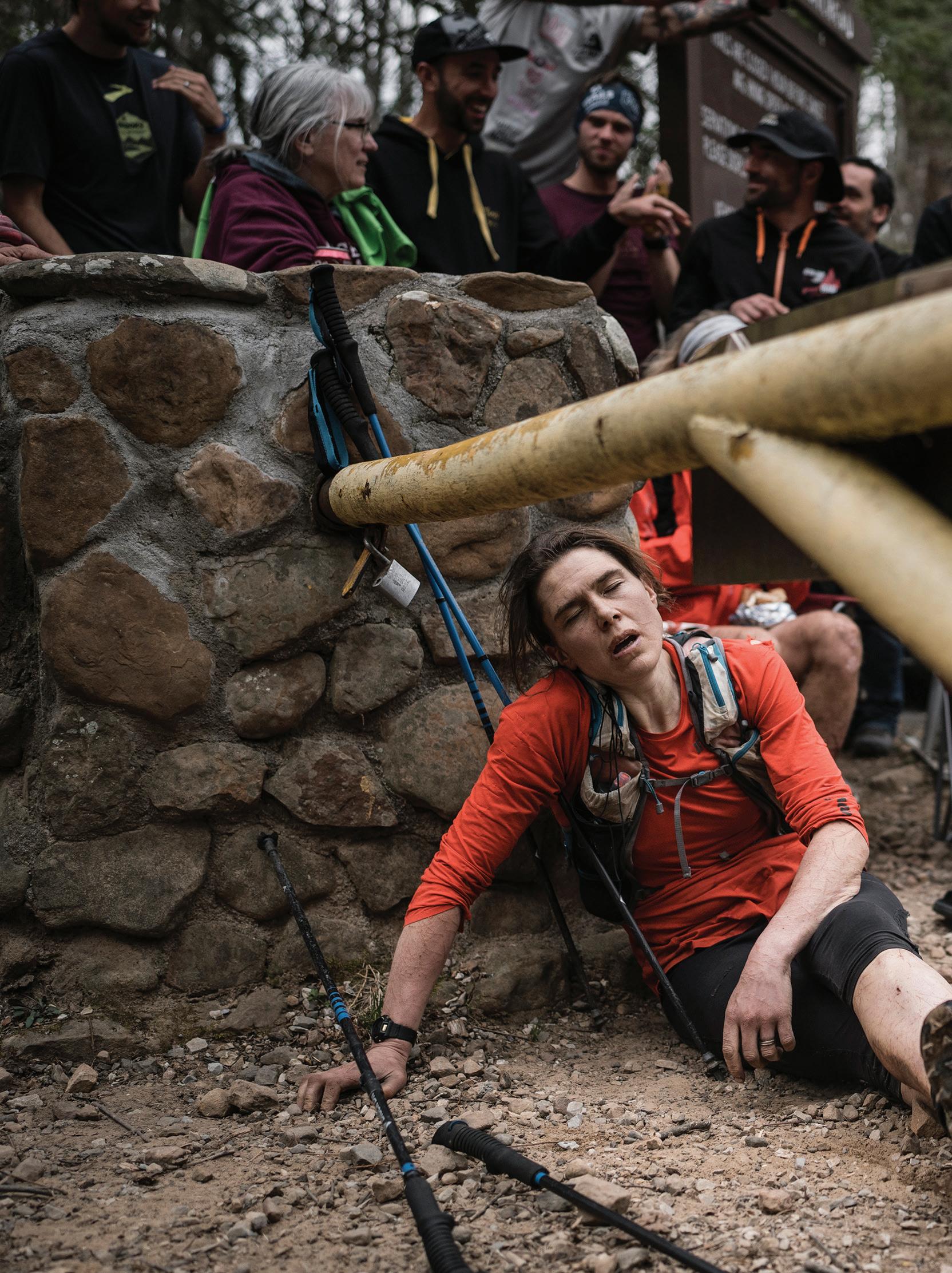
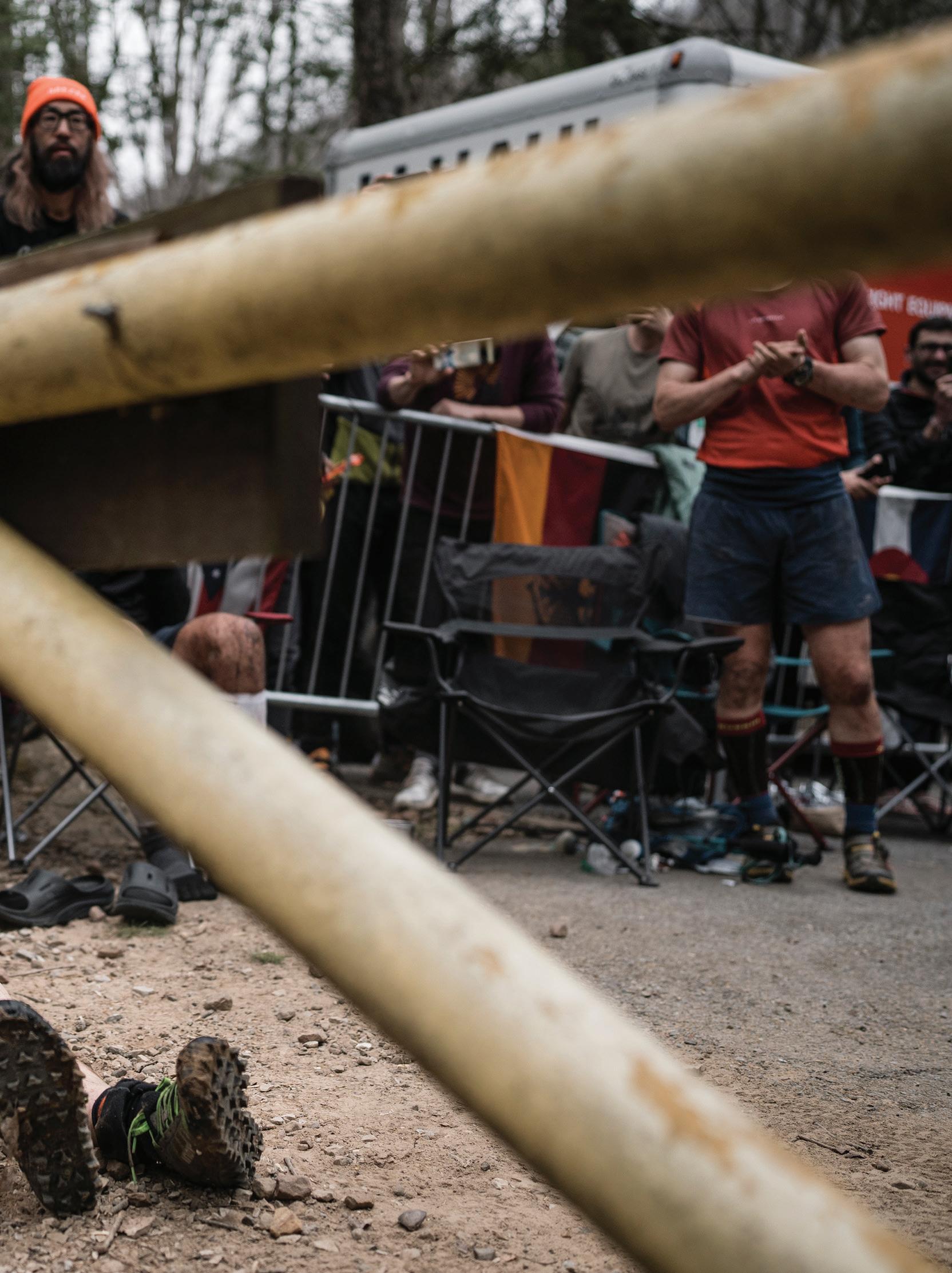
La Barkley ha la sua regina
TEXT SIMONE LUCIANI
PHOTOS JACOB ZOCHERMAN
My journey to the heart of Tennessee was born from a precise ambition: to document the third feat of Harvey Lewis at the Barkley Marathons, a living legend in the universe of ultrarunners with a fresh world record in the Backyard and two-time winner of the Badwater 135. On this mission, I anticipated crossing the trajectory of an exceptional athlete, scrutinising the extreme boundaries of human endeavour, but never thought I would be documenting the birth of a new Barkley queen.
Inside Frozen Head State Park, the gateway to a reality where nature imposes its rules and human challenges reach epic levels opens up before my eyes. The Barkley Marathons turns out to be more than just an ultramarathon; it is a test of mental and physical endurance, a pilgrimage for daring souls from all corners of the earth, ready to challenge themselves and their environment.
The Barkley is an invention of Gary Cantrell, aka Lazarus Lake, described as a sadist by many, but having met him I can say that he is a visionary who has built a veritable playground for those in deep pursuit of human limits, creating something exceptional unparalleled in the world.
The Barkley Marathons features a course of over 100 miles of wild terrain, revealed only the day before the event through the 'Mother' Map on which athletes can copy their own.
Every year, 40 participants start, who have to pass a rigorous 'secret' selection process engineered by Lazarus to enter this competition. Few people know how
to get into this selection and the secret remains guarded since the beginning of this project.
The Barkley is distinguished by being two-thirds off-trail with an almost inhuman difficulty, but also by its elevation gain of more than 20,000 metres. This is not just a race; it is a duel against the unexplored, where competitors rely on map, compass and compass to get their bearings. The weather is almost always impassable, except this year, where the Barkley Gods have been merciful. In its almost 40-year history, there have to date been only 17 athletes able to complete the five laps, no women. For several years, the race has seen no one finish the scheduled laps in the 60-hour time limit.
The starting ritual, signalled by a seashell used as a blowing musical instrument, at 4:17 a.m., announces that the adventure is about to begin in less than an hour. This moment, unpredictable to the last, underlines the unique nature of Barkley. Excitement and tension build as the athletes prepare for a mysterious start.
Without modern technology, the 40 participants face nature with traditional navigation tools and a $10 watch, looking for pages of books scattered along the route as proof of their passage. This year there are 15 of them, to be found on each of the five laps, run in opposite directions each time. They will have to tear out the page with their bib number. The bib number will be changed on each lap.
My role as witness allowed me to immerse myself in an event where endurance meets adventure and mystery, in a con-
118
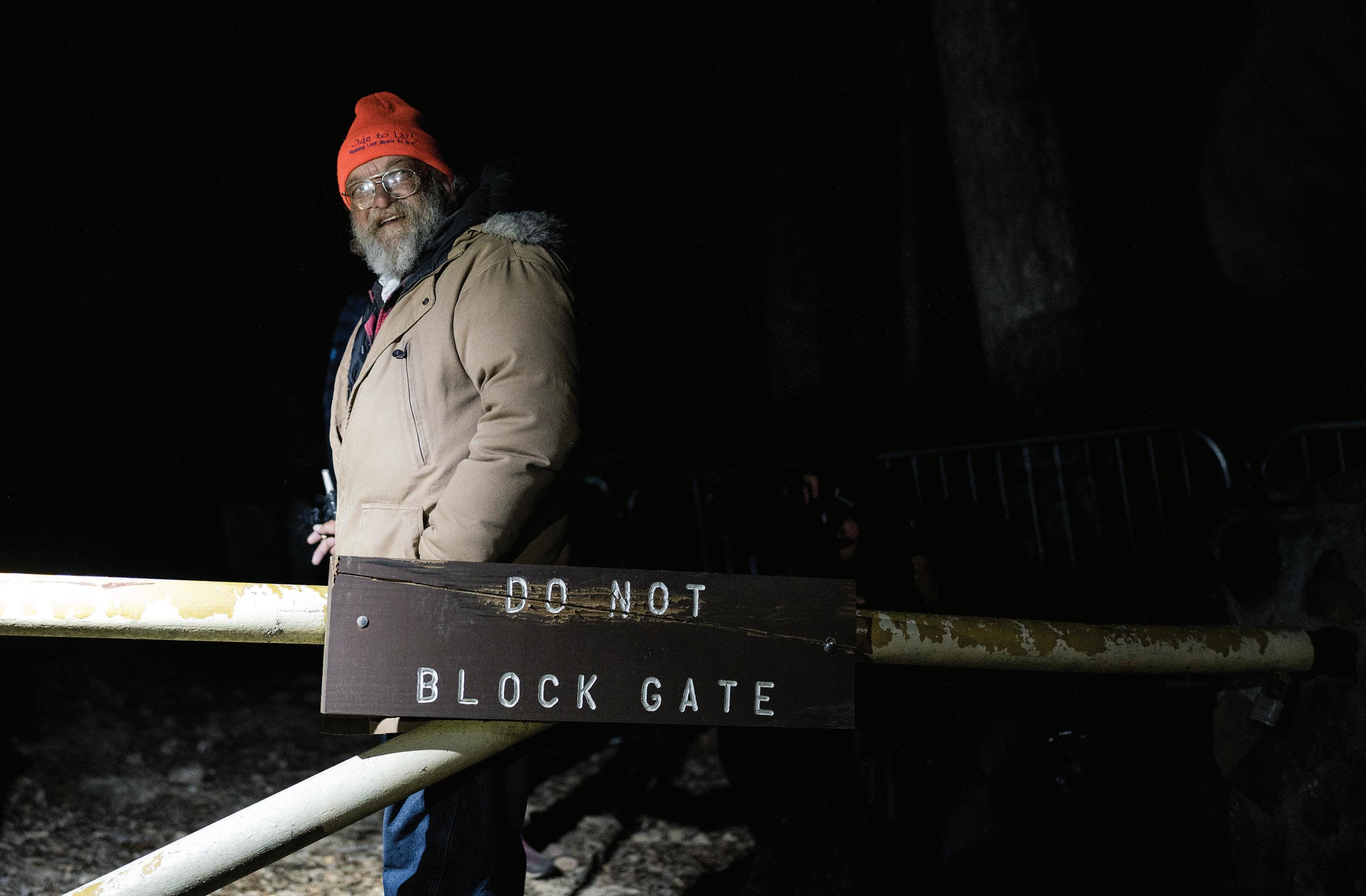

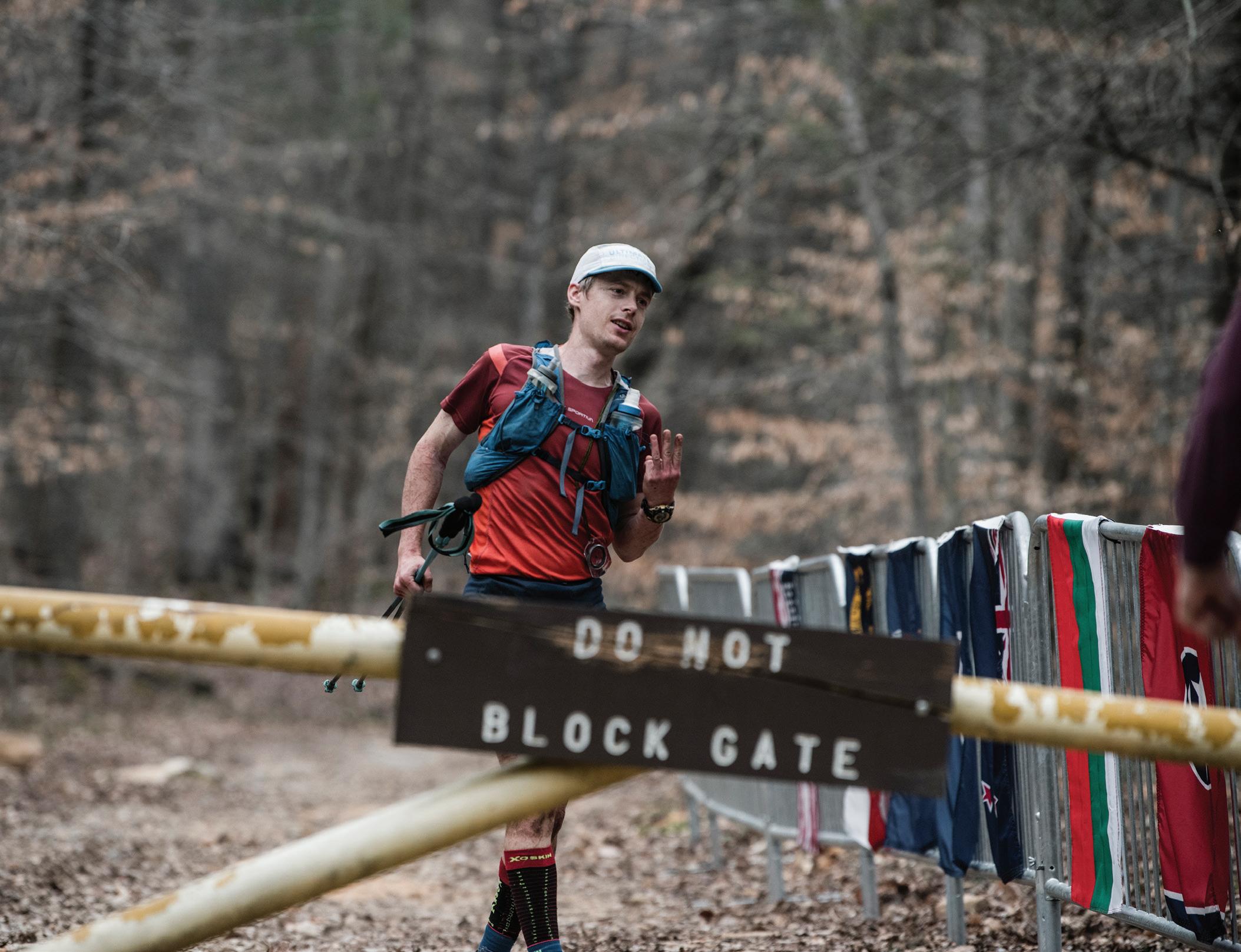

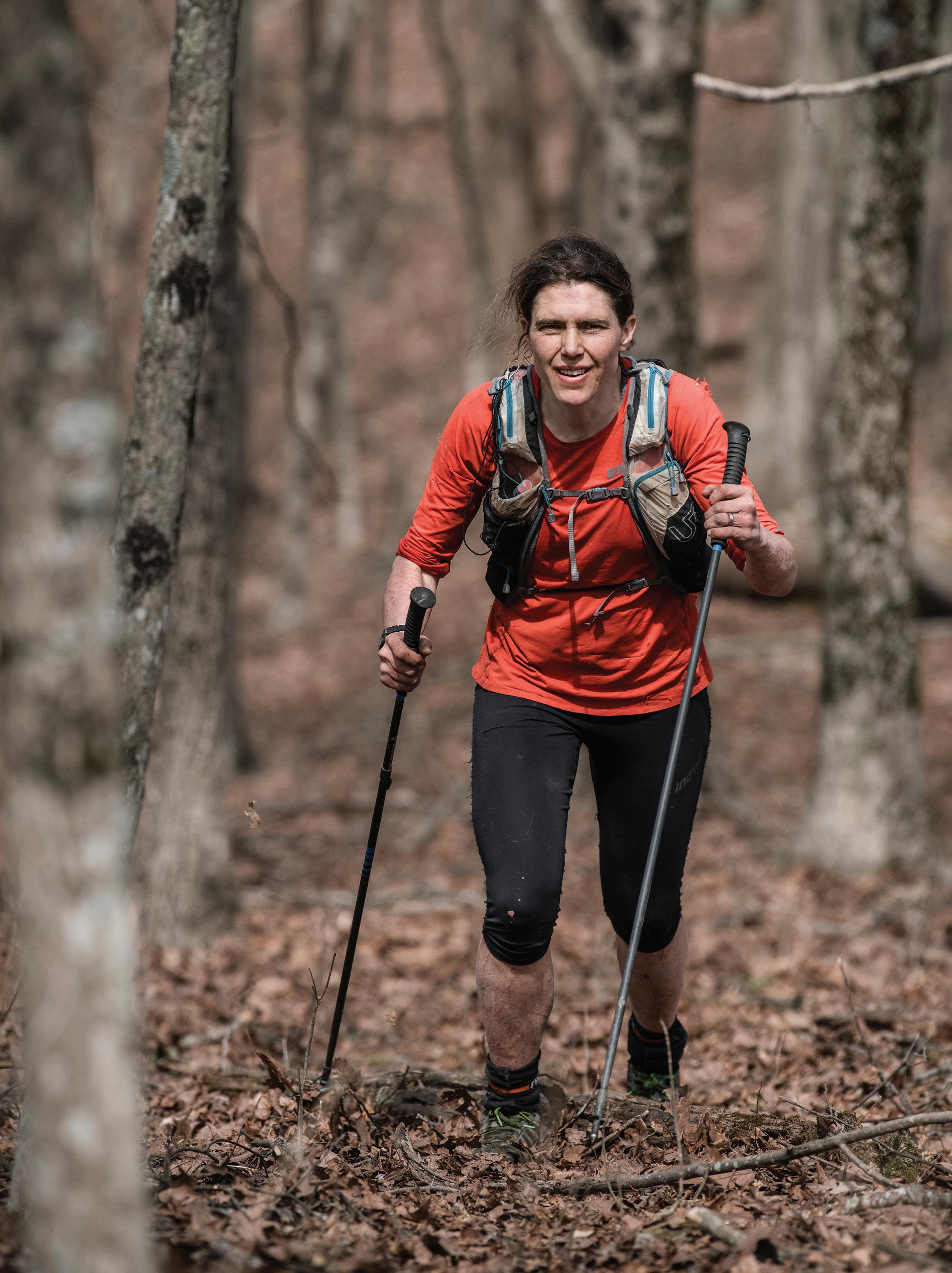
text of mutual respect between athletes, organisers and nature.
Amidst the challenges and surprises, the story of Jasmin Paris, an internationally renowned British ultra trail athlete, emerged. She broke every previous record, becoming the first woman to complete the Barkley, with just a 99-second margin over the time limit.
The competition has in the past featured such outstanding talents as Courtney Dauwalter, but no one had ever finished the Barkley. Her last lap was even faster than her penultimate lap, an eloquent testimony to her inexhaustible willpower.
During the passage to the Tower, the only point accessible to the media along the route, hopes of seeing her finish within the time limit seemed to fade: Jasmin had 40% of the lap still to complete in a time that would have required record-breaking performances. However, in the brief moment at the water refuelling point, the intensity of her determination shone in her eyes, defying all expectation. The general belief in her failure began to waver, and what seemed improbable began to turn into a historic ultra trail reality.
Jasmin crossed the finish line on schedule, lifeless, collapsing to the ground soon after, causing an apprehensive silence among the spectators. That silence then turned into a thunderous roar of approval and celebration when the page count was taken and, as she got up, we witnessed not only her physical recovery but also the birth of a legend.
This edition also saw Ihor Verys, a Ukrai-
nian/Canadian rookie who crossed the legendary yellow gate first, marking the start of a string of successes. Alongside him, veterans such as John Kelly (USA), on his third finish, and Jared Campbell (USA), who set an all-time record with his fourth finish, demonstrated the unwavering Barkley spirit. Greig Hamilton (New Zealand) also finished the race, bringing the total number of finishers to five, an unprecedented record.
The Barkley community came together in a spirit of mutual support and respect for nature, with competitors tackling one of the world's toughest trails. These stories of personal tenacity and triumph convey a message of universal inspiration, reminding us that, despite difficulties, determination can carry us beyond any obstacle.
As I watched the race, I collected moments of defeat and realisation, witnessing how body and spirit can cross unimaginable boundaries. In particular, Jared Campbell's act of generosity in giving Jasmin Paris the choice of direction on the last lap is a shining example of camaraderie.
Surely you ask, were there any Italians among the participants? Unfortunately not, and we have only had one in history to date.
The Barkley Marathons proves to be much more than a race: it is a lesson in the human capacity to face and overcome the impossible, inviting us to reflect on the true meaning of challenge, community, victory and defeat.
122
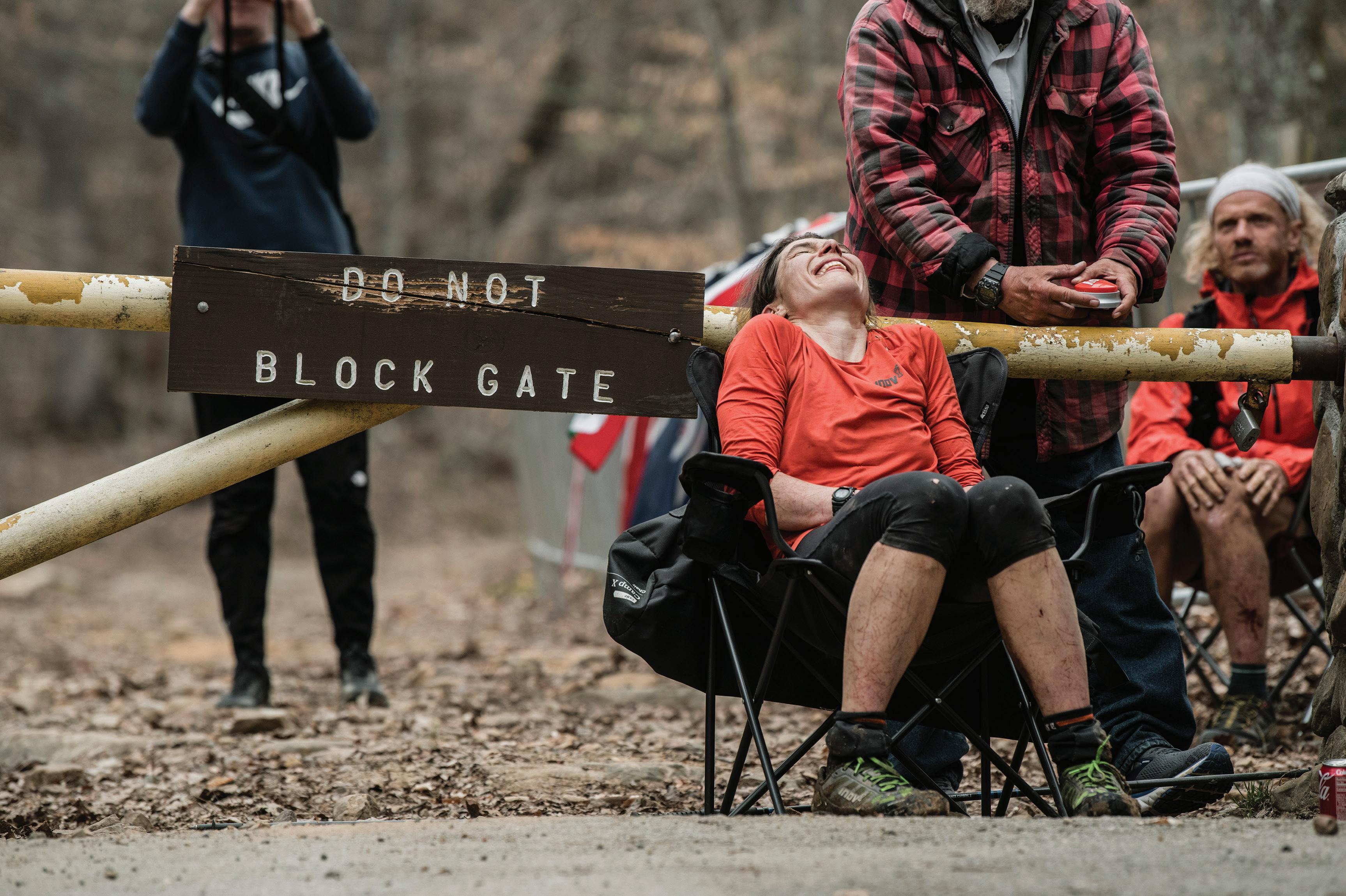
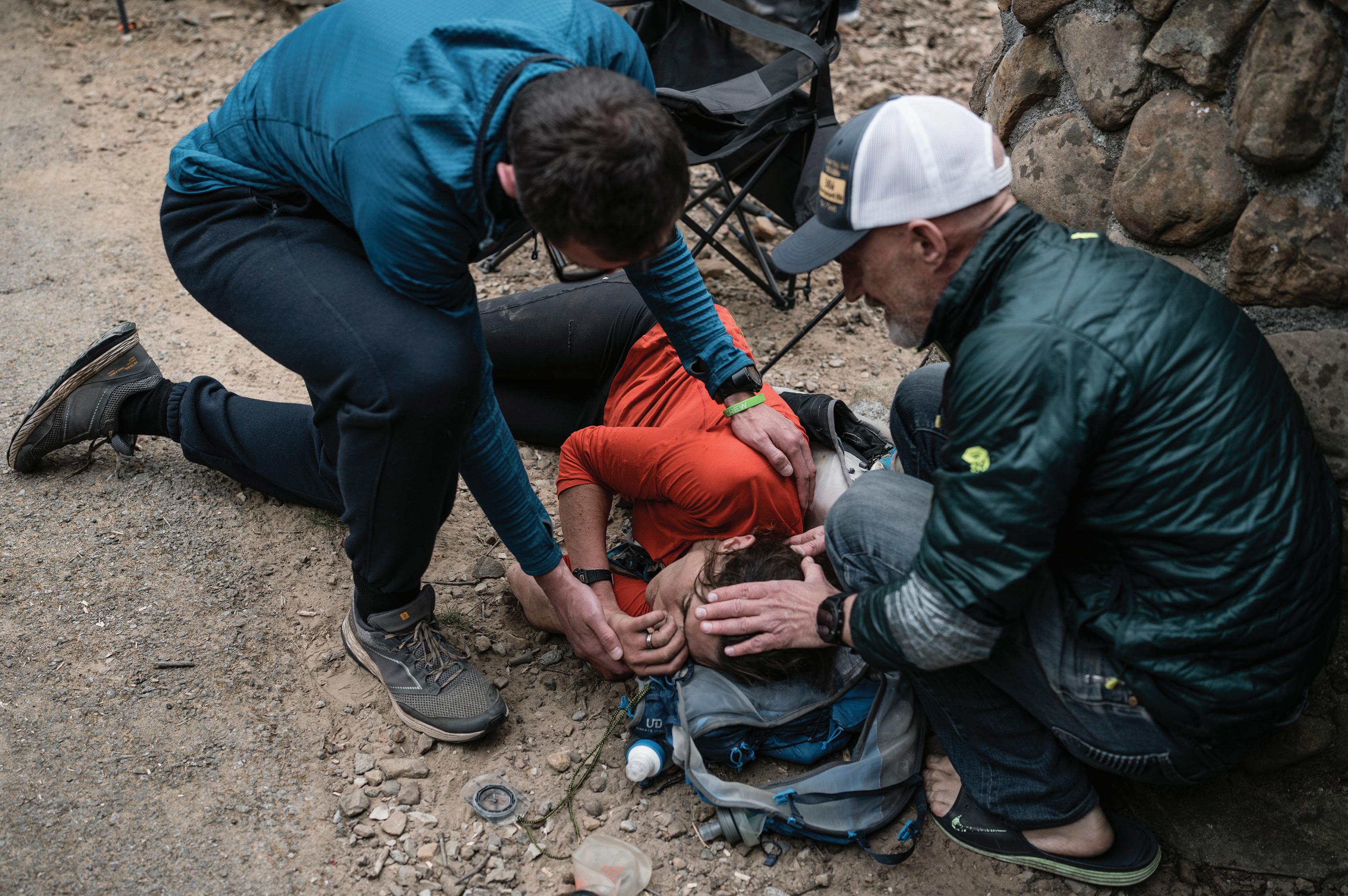
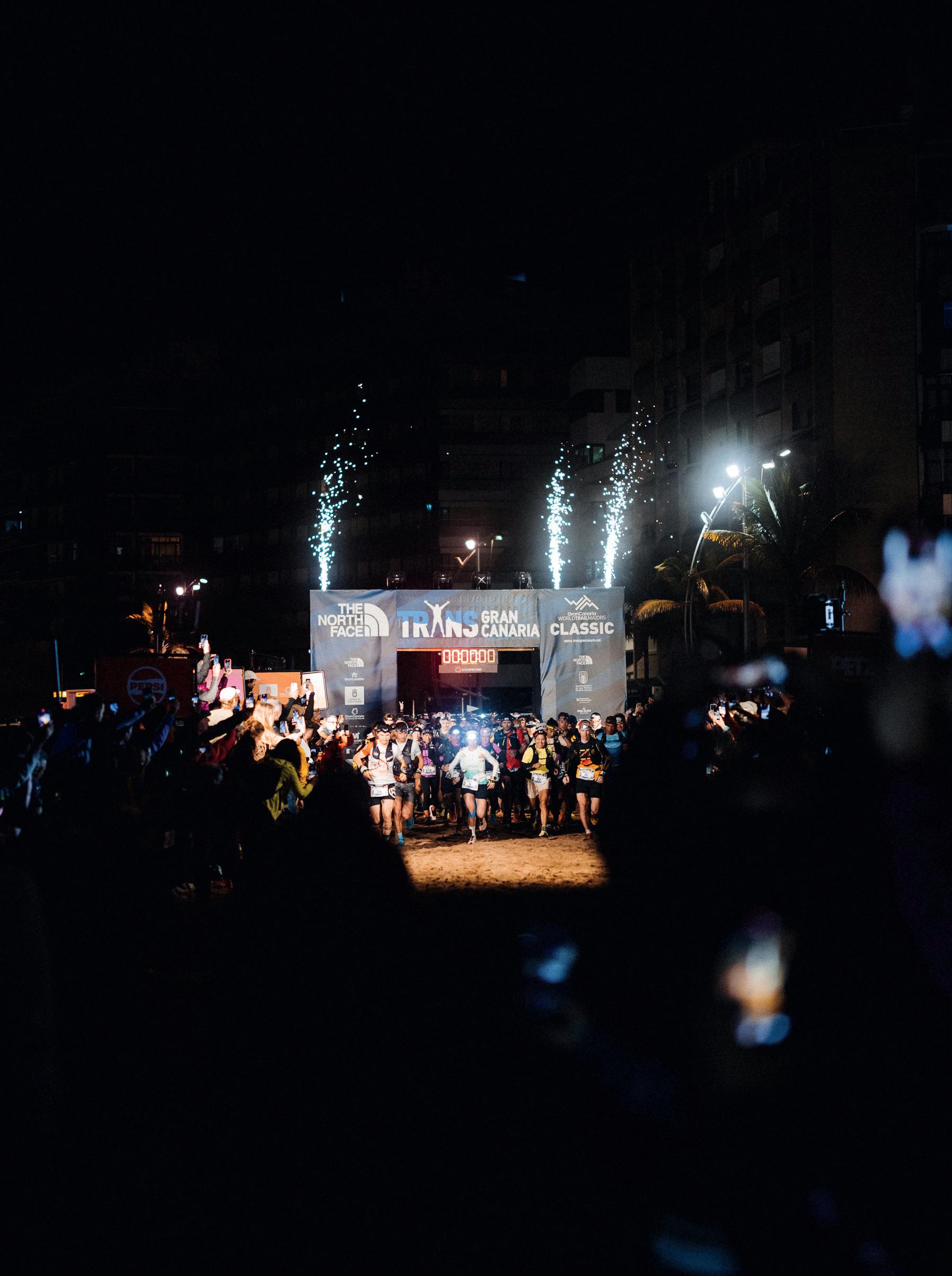
Dentro una bolla Transgrancanaria
BY FILIPPO CAON
Then there is this new racing circuit, yet another one, announced on 13 November last year and officially started in Hong Kong on 18 January. In chorus, the first thought, like a background noise: another one?! This circuit is called World Trail Majors and has been desired and conceived by some race organisers with the declared intention of uniting in a single series ten races from all over the world, five of which come from the defunct Ultra-Trail World Tour; and who knows that in a year or two we will not also be using the same adjective for this umpteenth attempt to universalise a sport that finds its identity in eclecticism.
The ten races: Hong Kong 100, Black Canyon, Mt. Fuji 100, Swiss Canyon Trail (whatever that is), South Downs Way 100, Quebec Mega Trail (eh?), Grand Raid Des Pyrénées, Ultra-Trail Cape Town and Transgrancanaria. The name World Trail Majors winks at the World Marathon Majors, which bring together the best marathons in the world in terms of level, history,
beauty and importance; denoting the need-but whose? But when? -to have a counterpart in trail running (there is this thing of dreaming of a trail that looks more like athletics than itself, at which point one wonders if it wouldn't be worth going straight to the jumps).
The main difference with the Marathon Majors, however, is that the Trail Majors were born with the desire to counteract the monopoly of UTMB, and therefore already at the start orphaned of races which would fully deserve the title of 'major', but which have the sole defect of belonging to the team of the bad guys. This pretense of universality therefore goes to hell before it is even born, in the name of far more pedestrian idealisms, due to the frustration of excellent race organisers who see their sport changing at the speed of light behind the wrong headlight. The result is that out of these ten races, some justify the effort, the others make up for it. But those that deserve the title, really deserve it (the second race in the circuit,
125

Black Canyon 100k, organised by Aravaipa in Arizona, has been called the most competitive American ultramarathon ever), and Transgrancanaria proved it.
Of the three big island races on the Atlantic Ocean, with Transvulcania and Madeira Island Ultra Trail, Transgrancanaria is the most historic and has been organised every year since 2003, which is a long time for the European trail scene. The event includes races of different distances, but the main ones are the 126-kilometre Classic, the 84-kilometre Advanced and the 46-kilometre Marathon. In recent years, the sports community has become increasingly fond of Transgrancanaria, reconfirming it as one of the most important events of the first part of the year.
The races. What you need to know to have topics of conversation during races with friends. Let's start with the photos. There are several scenes captured by photographers on the cour-
se that have gone viral in the days since (viral, whatever, we get it), including: Zach Miller in a wheelchair after the finish, devastated, after finishing the race in seventh place; the embrace between Miller and Jiasheng Shen at the finish, it remains to be seen whether before or after the wheelchair scene; finally, a video this time, of Miller and Shen running along a paved road in the middle of the night in the midst of a rainstorm and wind.
Of the three big island races on the Atlantic Ocean, with Transvulcania and Madeira Island Ultra Trail, Transgrancanaria is the most historic and has been organised every year since 2003, which is a long time for the European trail scene
126

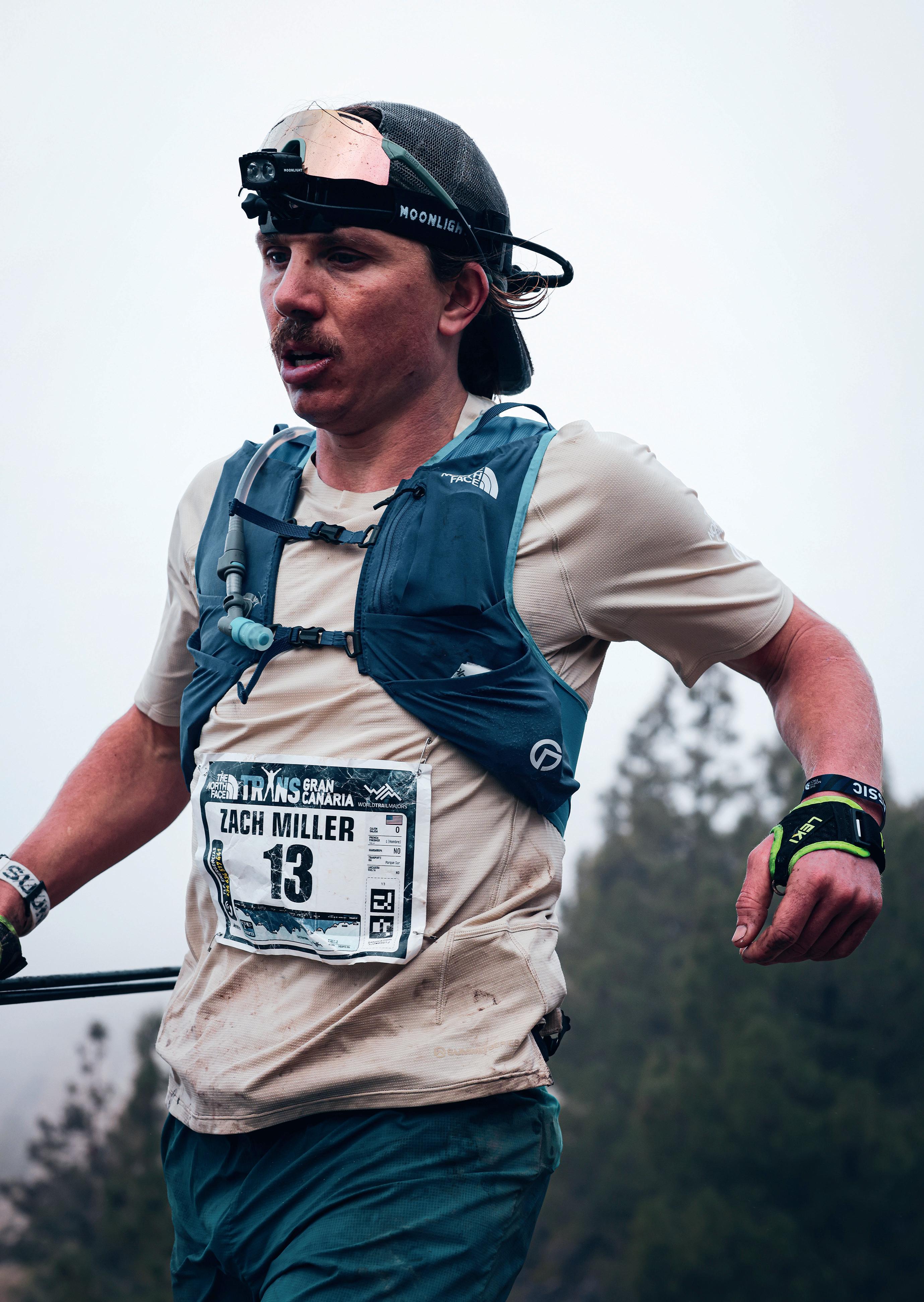
128

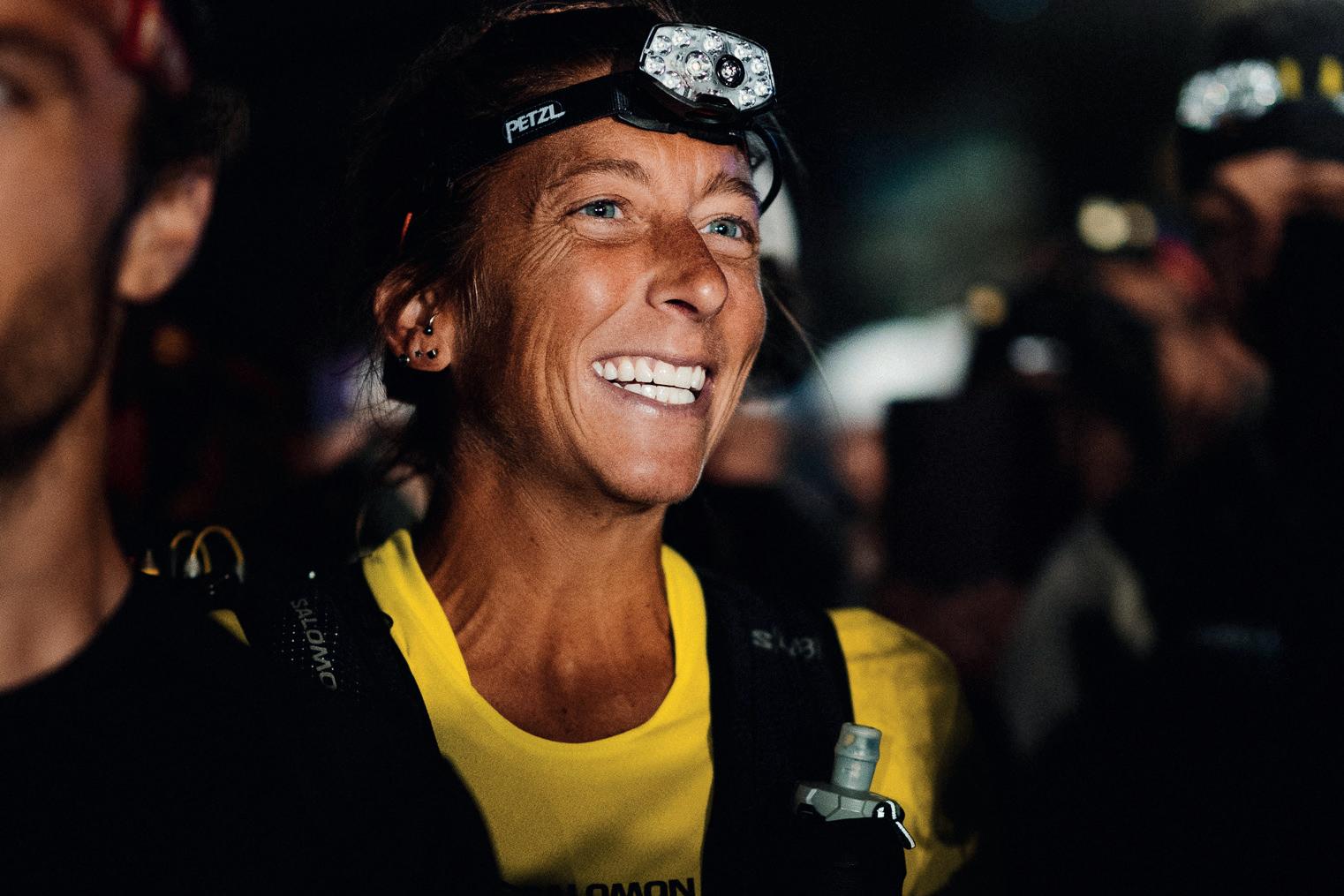
Neither of them ran the race in great shape, proving that Transgrancanaria is too hard and too long to be run as a summer training runrewarding those who prepare it in the heat. The men's race was won by Raul Butaci, while the women's race (we are talking about the Classic) was won by Courtney Dauwalter, who prepared it on cross-country skis in the freezing winter of Leadville, Colorado-what about those who train in the sun? She didn't break her own record, but she always ran in the lead, mostly alone.
During the same week, The North Face, title sponsor of Transgrancanaria, organised a camp for its athletes on the island, inviting them to participate in the races and raising the average level of the parterre (here are Miller, Shen, and Katie Schide). Random last thoughts on Transgrancanaria. There is this thing, which does not require a pedestal to observe. From year to year, it is as if there are pilgrimages that change destination from time to time. We don't know why, but according to Instagram, it's as if one
day everyone wakes up and decides, without agreeing, to all go and do that thing. It happens with mountains-there's the year everyone does the Breithorn, and then the year of the Gran Paradiso, and then the year of the Matterhorn-and it happens with races.
This thing reminds us that we all live in bubbles, that the trail is a bubble, and it is such a small bubble that in one year we can know ten or so people who don't know each other and who all go to run the same race, maybe on the other side of the world, but you don't know anyone who is going to run the race next week behind your house. It's a curious phenomenon, I don't know what it's called, it must partly have something to do with statistics, or the six degrees of separation, I don't know. The fact is that last year they were all in Madeira and for a week my mobile phone was invaded by photographs of black beaches. The year of Transgrancanaria? Done that too, put a tick. And whoever goes next year is a loser.

130
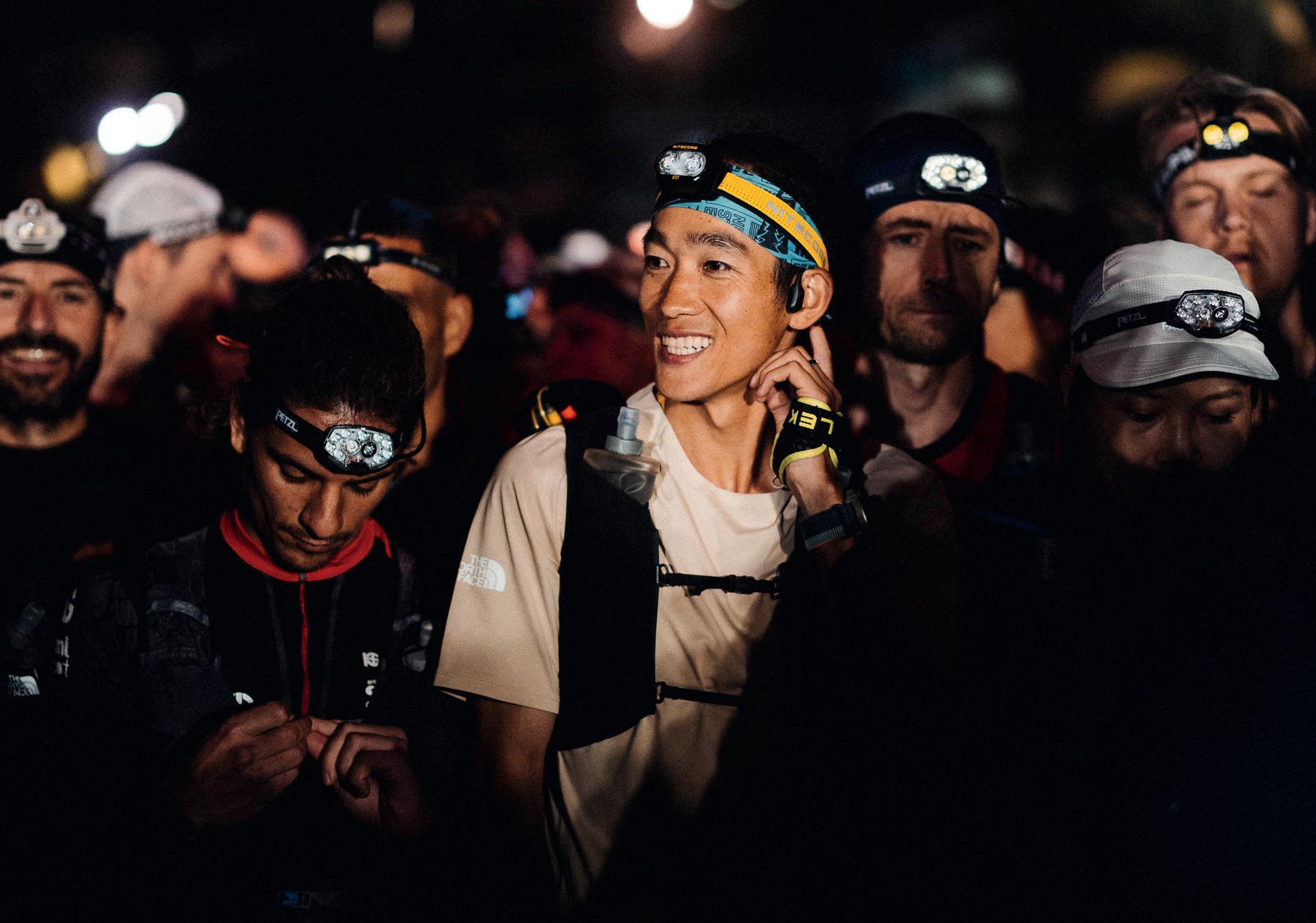
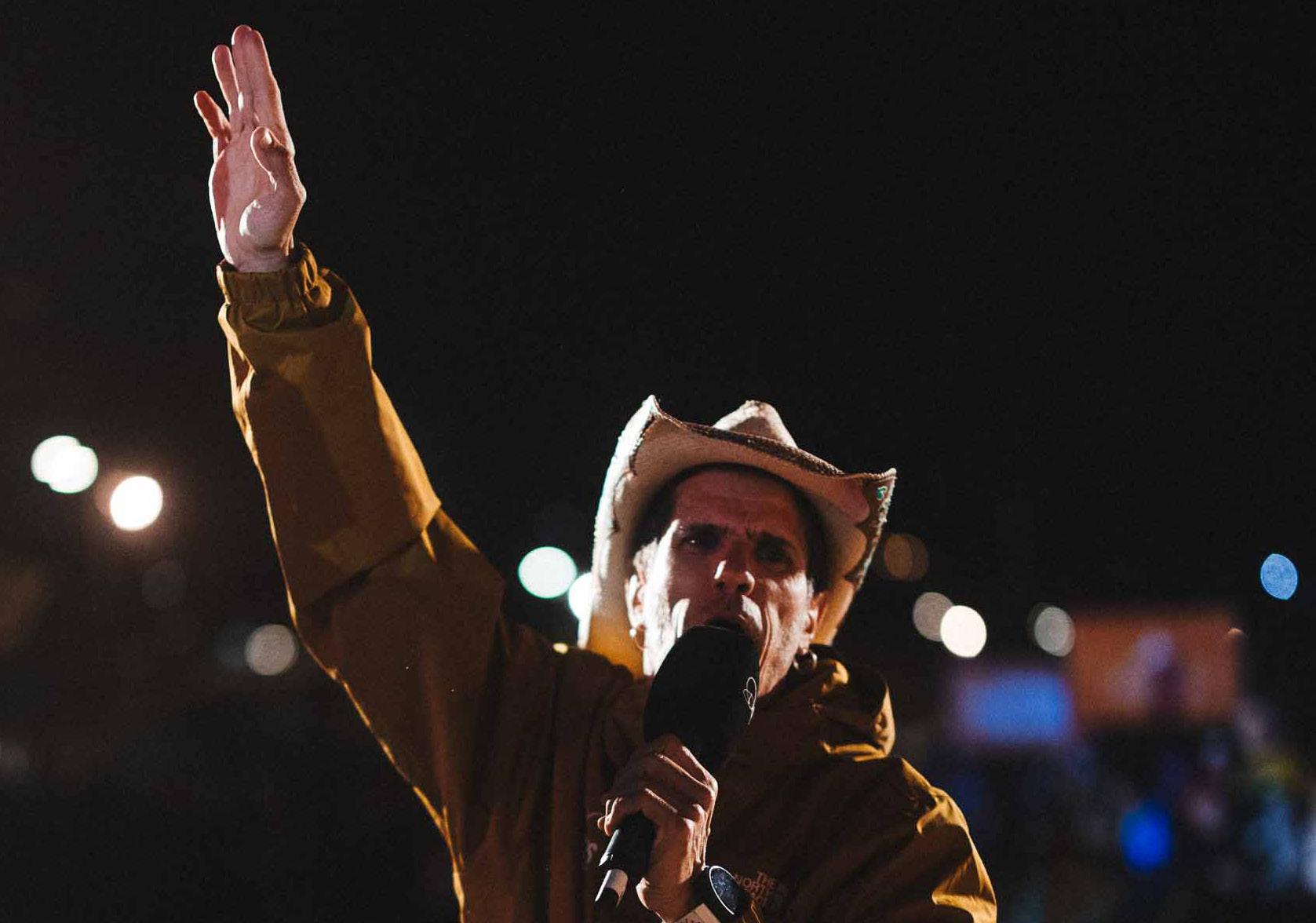

James, where are you?
The Speed Project Atacama
BY LISA MISCONEL PHOTOS JORDAN MANOUKIAN
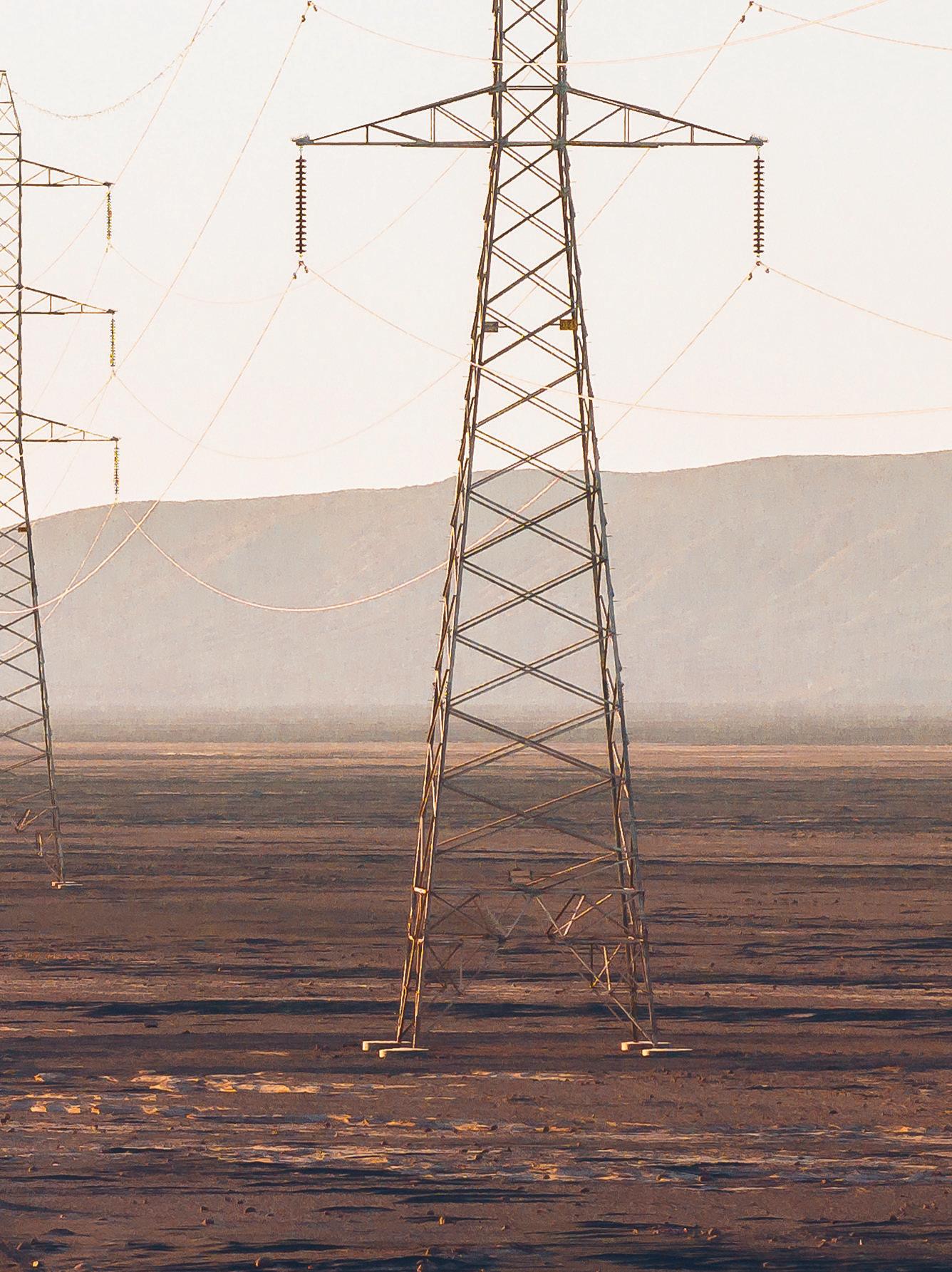
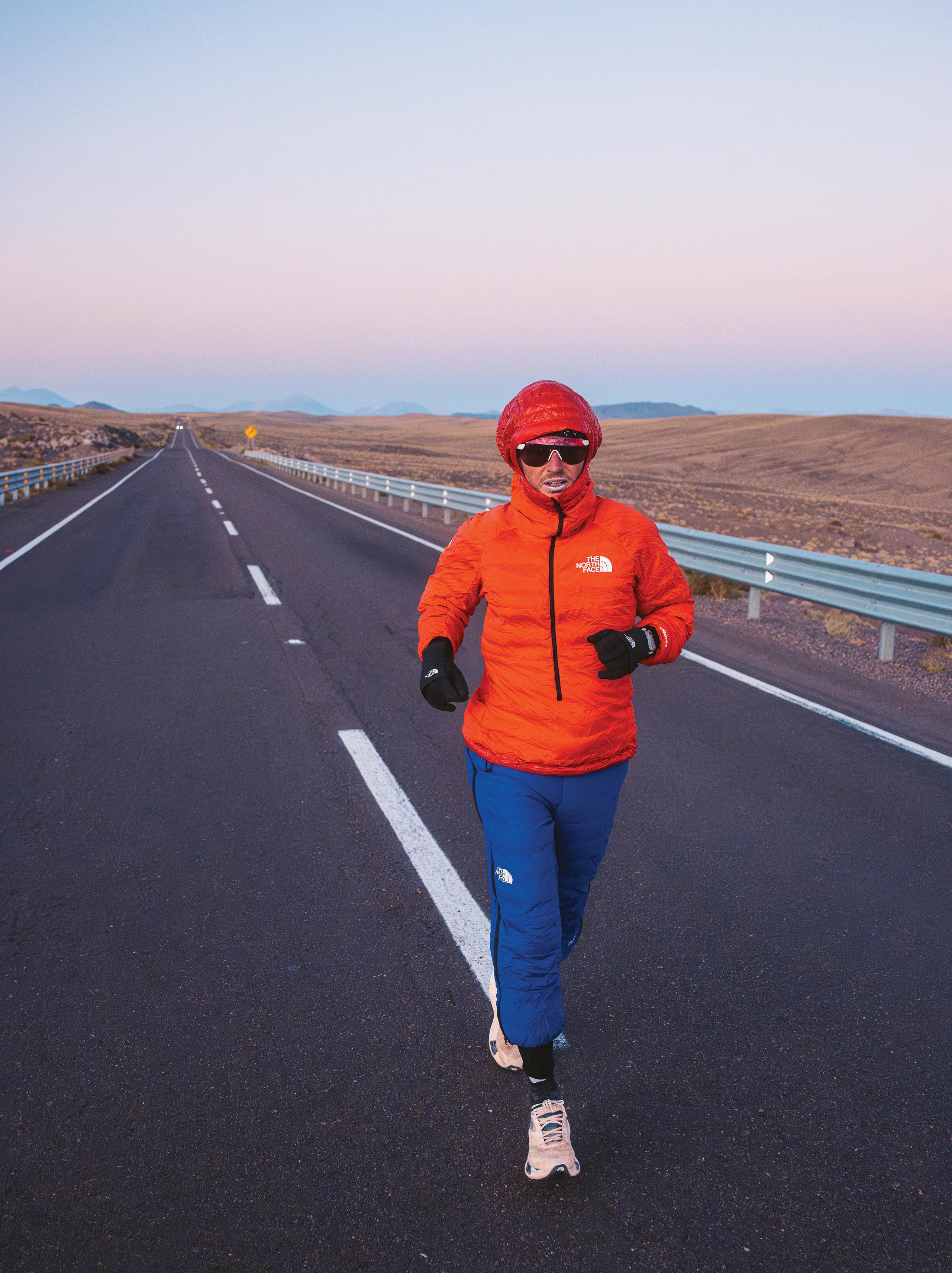
This article revolves around a subject and an object. Who and what. The who is the London ultrarunner James Poole, and the what is The Speed Project Atacama.
If you're like me and one article doesn't cut it for your curiosity, you have a couple of options. You can either prepare yourself for the reading or wrap it up by trying to understand better who James is and what The Speed Project is all about by watching "Solis," the film about James' first The Speed Project solo from Los Angeles to Las Vegas. It's rare to find a movie where the protagonist talks to you throughout, sharing their story. And while the visuals show you the locations of the race, James verbally elaborates on both the race and himself.
Ultrarunning is a sport that has recently expanded in Europe, reaching incredible numbers. It involves running a distance greater than a marathon, but much more commonly exceeding 100km. Competitions have grown significantly in every corner of the planet, featuring various styles, more or less eccentric, and differing levels of participation. Controversies have arisen regarding the commercialization of the sport through competitions where brands, numbers, and media take center stage. Consequently, more runners are distancing themselves from this scene. Niels Arend is one of those. One day, he and his friends decided to embark on an adventure: running from Los Angeles to Las Vegas for the sheer joy of it, far from rankings, spectators, and advertisements. This experience was so impactful for them that they felt compelled to share it with other enthusiasts, not just throu-
gh photos, videos, and stories but by immersing them in it. Thus, The Speed Project was born: a 500km race from Santa Monica to the Las Vegas billboard, characterized by its lack of rules and official website. There is, however, one rule: to run from one point to another, choosing the preferred route. There are no aid stations, medical support, or security. Originally run in relays of six runners, but some also tackle it solo.
"I've always dreamed of running TSP (The Speed Project), and when the opportunity arose to try a DIY version at home in Chile, I didn't think twice. It would be the test to determine if TSP was something for me or not. So, we attempted a Chilean version of TSP through the Atacama Desert, and only then did we fly to Los Angeles to participate in the original one. That's where we met Niels, and the story of TSP Atacama began," says Max Keith, Chilean ultrarunner and one of the minds behind the first delocalized edition of TSP. The Atacama Desert in Chile is known as the driest place on Earth, reaching heights of 3600m above sea level. As with any respectable TSP, there are no registrations. A WhatsApp message to the seven solo runners and the fifteen teams was all it took to get them to fly to South America and confront the wild, tough, hot, arid, and hardcore Atacama Desert. The start was scheduled for November 20, 2023 at 4 am local time, at the Iquique skate park, devoid of banners, spectators, or
135
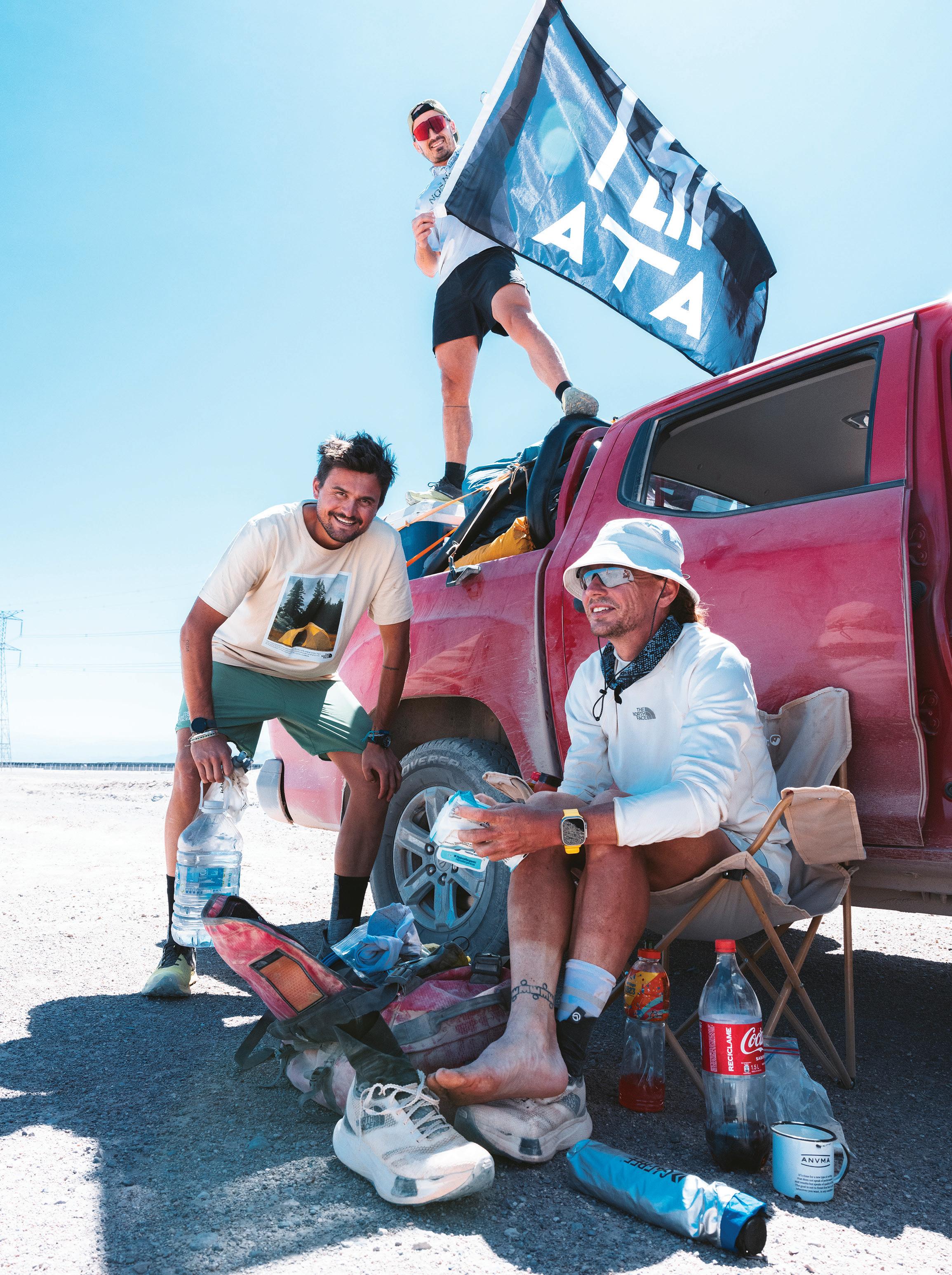
music. Among the seven runners who would cover the 500km solo, alongside Max Keith, of course, was James Poole. A video snippet found in the reels of the event's only communication channel, their Instagram profile, depicts him saying, "I can't wait to run in the deepest desert, far from everything where there's nothing but miles and miles of sand and incredible views. Just being out there and experience whatever happens to me; that's the best part of the race. The principle is very simple: me, my backpack, and 500km to run." After exactly four minutes, the seven set off from the skate park toward San Pedro de Atacama.
Documenting the entire course of the race is a friendly American host who, with a typical American slang and appearance, narrates the runners' progress day by day. Remember the rule "to run from one point to another, choosing the preferred route"? And remember James' desire to be in the depths of the desert away from everything? Well, unlike the other six runners who chose to follow the main road, he covered almost all of the 500km off-road. How did he do it? It's still unclear. I remember the host commenting on a wrong turn made by one of the runners like this: "Not all paths to San Pedro de Atacama are clear. If you stray from the road, you could fall into a hole and never get out." From the very first day, the recurring phrase for all those following the race is: "James, where are you?"
Meanwhile, James was running amidst the dunes, away from trucks and noise, but also away from his crew. "There
were a couple of occasions where the terrain was definitely too rough for the vehicle to follow me. Running for seven or eight hours alone without shade, only with water and a bit of food, was tough - all amplified by not knowing if and when I could reconnect with the crew. Let's say when I found them again, I was pretty dehydrated." Sand, dunes, heat, even some puma tracks. Hours pass, and the kilometers to the finish line decrease along with the energy.
Miles and miles away, the race report goes more or less like this: "Lucy in fifth place got lost for a short stretch this morning. Alberto in sixth place still finds the strength to dance occasionally. James...I'm not sure if James is now in fourth place or first... or if he's on a flight back to the UK. We have no news from him except the signal from his moving GPS. Where are you, brother?"
"I've always dreamed of running TSP (The Speed Project), and when the opportunity arose to try a DIY version at home in Chile, I didn't think twice. It would be the test to determine if TSP was something for me or not."
137
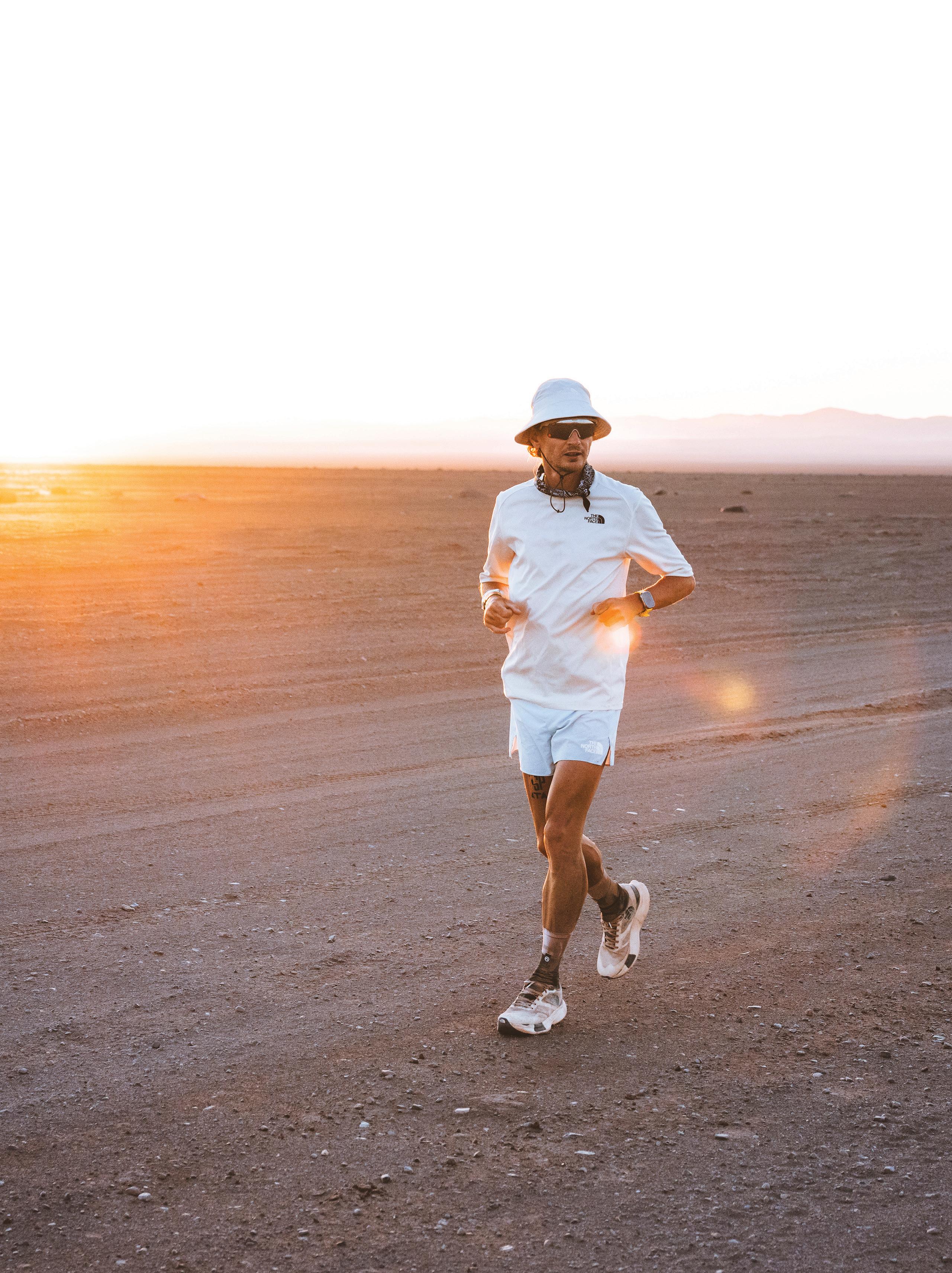
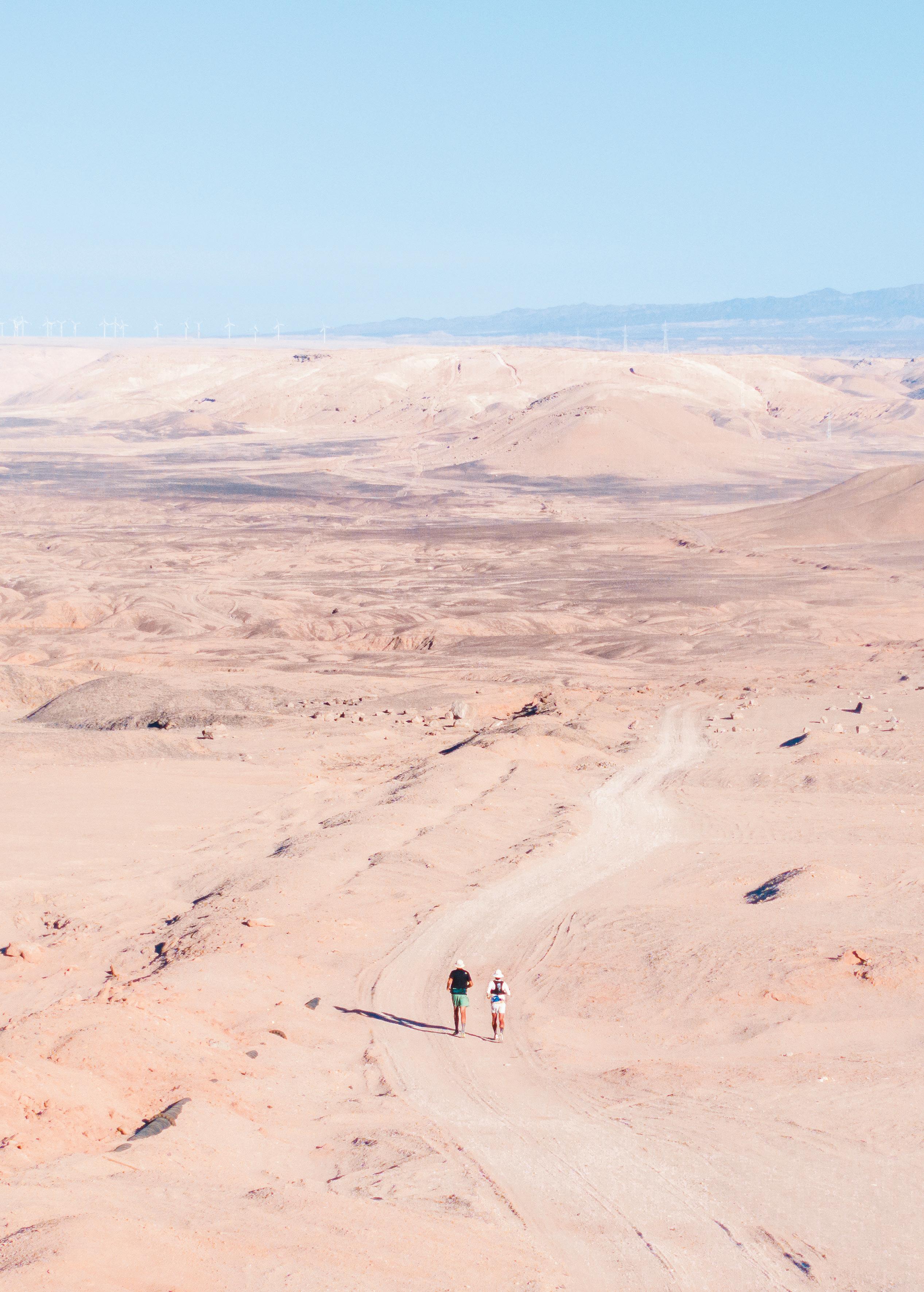
139

James was running along with his supporter Nicki. A theme he talks about referring to the American TSP and which will return in the Chilean story is that of the up moments and the down moments. In fact, he says, in every experience so long and intense, there will always be a series of lows, and they are an important part of the process. In order to fully live and enjoy the beautiful moments, it is necessary to accept and go through the ugliest, lowest moments as well. " “I always ask myself whether the good times would be so special if the bad times didn’t suck so much. There’s a balance.”
We're almost at the end, we're at the beginning of the fourth day, and as usual, the host reports on Instagram live about the situation of the ranking. "Alex, Max, and Lucy for fifth, fourth, and third place are ten minutes apart from each other. The second, we believe, is the Londoner James Poole. James recently sent me a message, and we believe he's second, but we have no news from him." The day draws to a close, and 87 hours after the start at the Iquique skate park, Rob Perez arrives in San Pedro de Atacama. Of course, there's talk of a record, being the first finisher in the history of TSP Atacama, and the time is impressive anyway. However, James is not far behind. He's 30km away from the finish line when
his supporter Nicki manages for the first time to connect live with the Instagram channel @thespeedproject. James makes his first appearance after three and a half days since the start of his adventure to congratulate Rob. "You smashed it!"
We see him for the first time near a road, tired but not too much. "These guys on these roads with the trucks… they are crazy! I haven’t seen a vehicle for two days until I got on this road. I wish I could go back into the dunes, to those 300km of Powerline in the middle of the desert. Now I'm just going to enjoy the last 30km. I'll arrive before midnight." The host compliments him on his sportsmanship, but the reality is that, James replies, it is more than a race but it’s a lifestyle, it's an incredible experience that is not based on who arrives first at the finish line but on how you live the journey, the adventure.
93 hours and 48 minutes. James arrives in San Pedro de Atacama after covering almost the entire race on dirt roads far from the streets. A real adventure that perfectly tells the wild and untamed nature of TSP Atacama, which fits perfectly with his own. And that's why the photos that tell of his race have nothing in common with those you will see of the other competitors. Atacama – What a (wild) ride.
It is more than a race but it’s a lifestyle, it's an incredible experience that is not based on who arrives first at the finish line but on how you live the journey, the adventure.
141
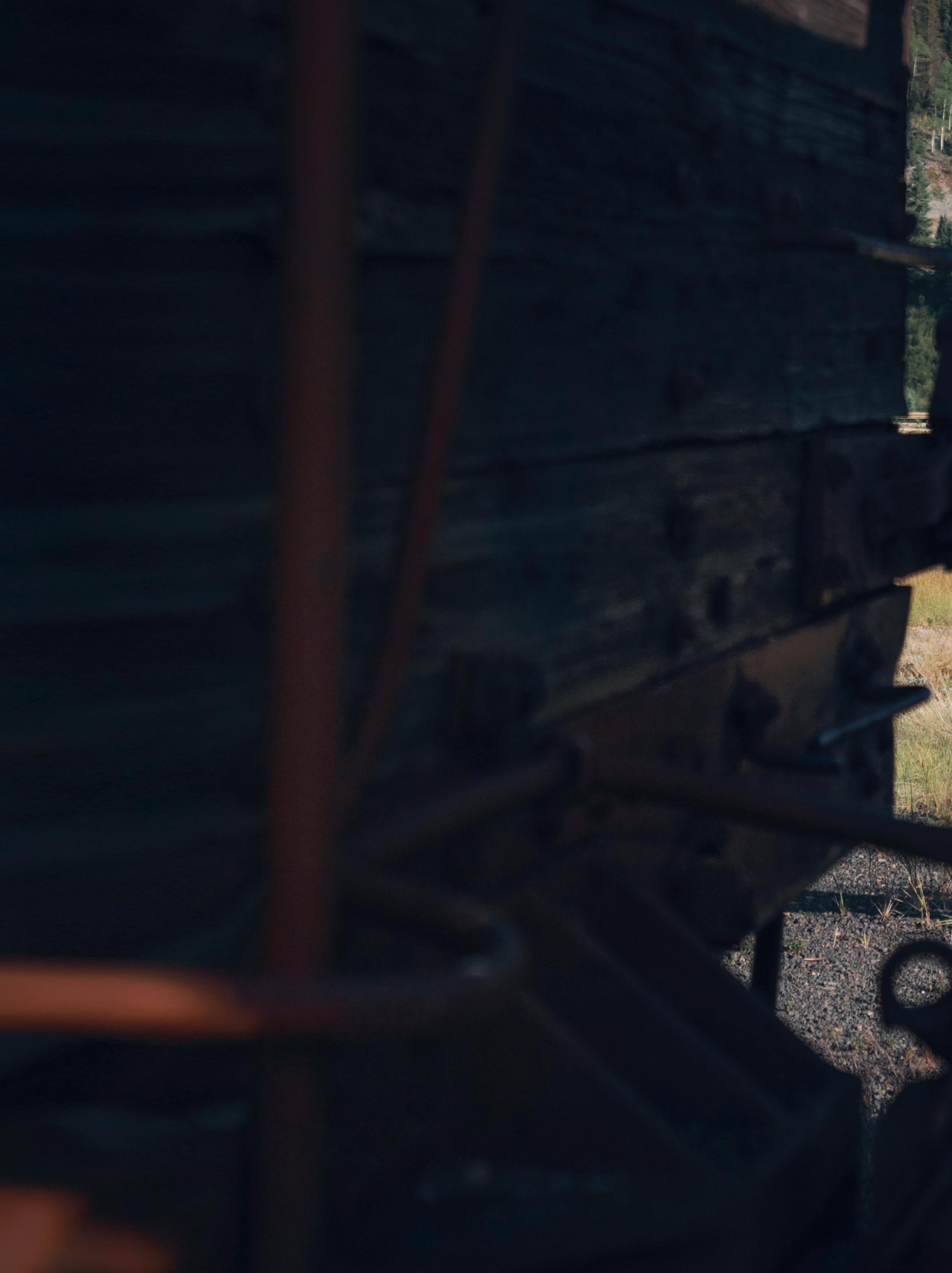
TEXT FILIPPO CAON PHOTOS ELISA BESSEGA REPORTAGE TRATTO DA "ULTRAWEST" IN COLLAB WITH RUNTRENTO
sparate al
Non
pianista

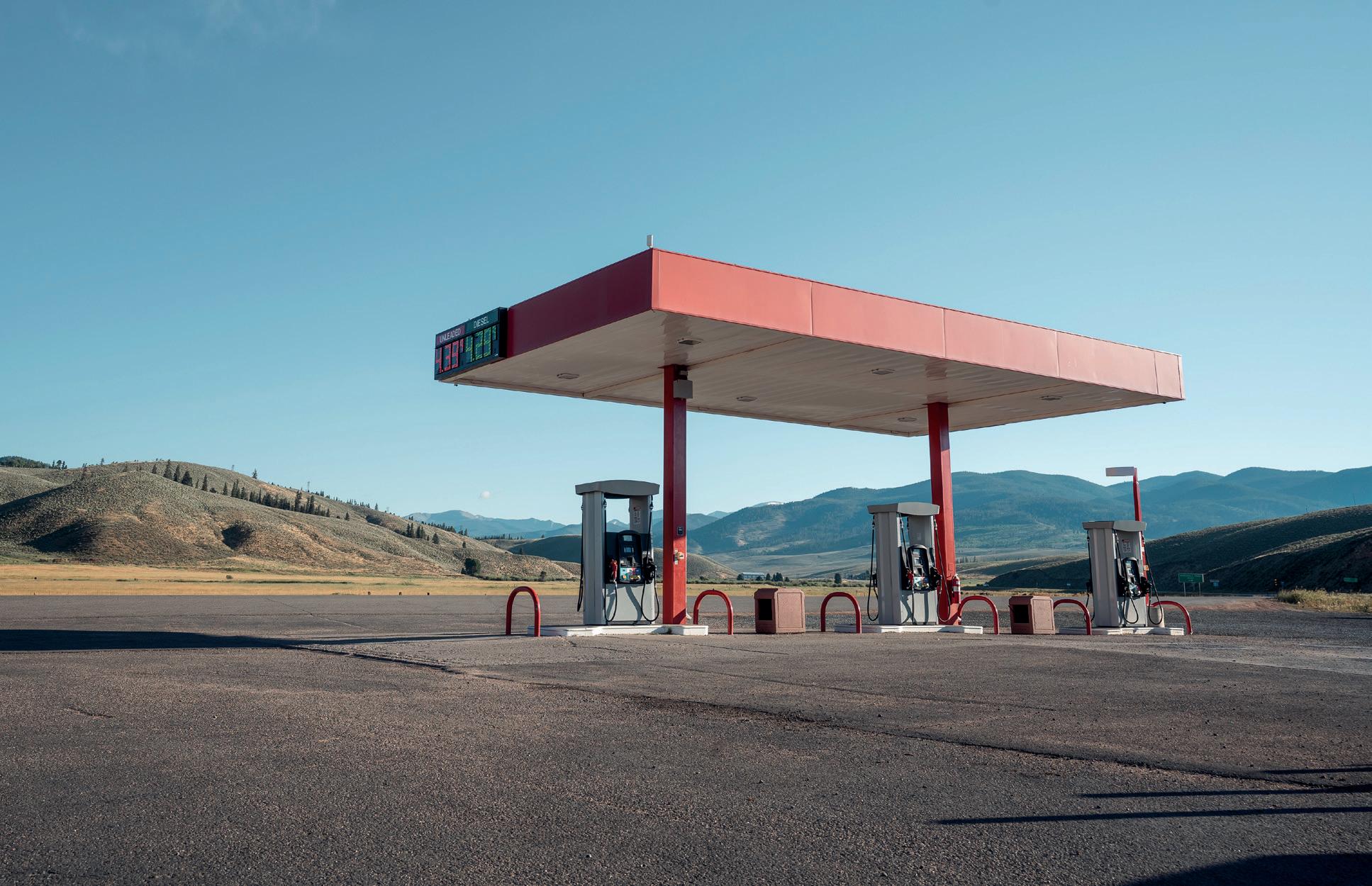
«Before it was a dream, now it’s a memory, which is almost the same feeling»
– Jim Walmsley
Only a few hours later, we find ourselves at the Tomichi Creek Trading Post in Sargents, Gunnison National Forest. It’s a solitary service station set amidst a vast prairie and surrounded by mountains. Consisting of a diesel pump, a general store and a dinery, it’s a significant presence in this part of the American West.
Historically, Trading Posts
served as landmarks for the early western pioneers – offering a place for trade and the only hint of civilization for hundreds of miles on the frontier trails. Today, these posts serve as crucial waypoints for truckers - the modern-day cowboys - providing a hot meal and fuel for the long road ahead.
Tomichi Creek sits on the Continental Divide Trail and has become a key stop for thru-hikers. They serve great coffee and the best - perhaps the only - huevos rancheros for miles around. Behind the store, close to the river, there's space to park your car, spend the night, and take a warm shower. It has the feel of a European campsite but with more to offer and a quicker turnover. The store features a complete range of Tomichi Creek-themed merchandise, including t-shirts, hoodies, stickers, and magnets. I leave $40 for a baseball cap and a Marseille soap.
These places, in a way, have preserved their primal essence: though the world has evolved a few kilometers out, and the faces and motivations of those who find their way here have shifted, the needs they fulfill remain remarkably unchanged from those of a century ago. Tomichi Creek represents a crossroads of diversity, attracting truckers,
hikers, families on holiday, and uspossibly the oddest of the lot.
The long shadows of the prairie cover everything with a soft summer flavor. The morning air is chilly and it would seem as if the sun could stay stuck there in midair forever, as a cloud of steam rises from the river and travels up the road to the gas station. The emporium features three wide windows overlooking a porch with two rocking chairs and a Coca-Cola dispenser. Two pickup trucks are parked in front, beyond, US 50 and then the prairie. Inside the dinery, wooden skis, a rifle, old photographs of the store from the 1800s and an American flag, respectfully folded into a triangular wooden case, adorn the walls.
We stop at Tomichi Creek for fifteen hours with no clear purpose. By eight in the morning the dinery starts getting crowded and two cattlemen in their seventies take the table next to us. One wears a pair of je -
144
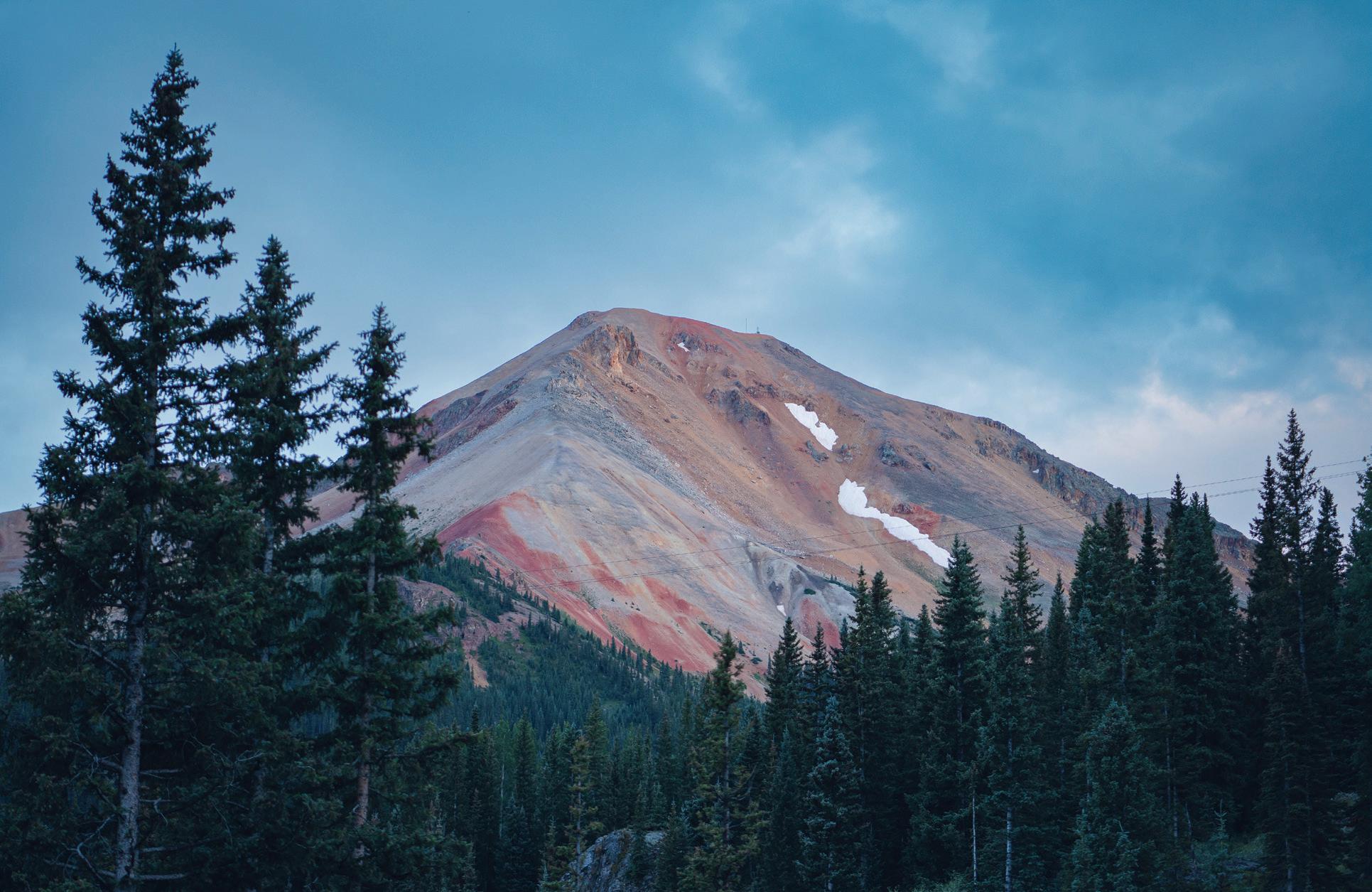
ans tucked into his rubber boots, a t-shirt and a mesh trucker hat. His cheeks are flushed from the sun, he had better order a salad; instead, he eats eggs and bacon and drinks a cup of cold milk, staring at the emptiness just over his companion's shoulder. The hum of passing trucks mixes with the rhythmic creak of the saloon-style swing door as waitresses deliver coffee.
I don't know for what reason life led me to Tomichi Creek or Colorado at large, yet somehow, when I first got there, I got caught up in it and ended up going back. Colorado is the essence of the West – not just geographically but in spirit. It embodies the Western dream, the place where dreams both flourished and vanished, and where they are reborn, amidst the streets of a mountain town, in the ruins of a deserted mine, or at a gas station like this. It is both the legend and the stark reality, embracing all its paradoxes.
If you are not familiar with the geography of Colorado, just picture a big rectangle with the longer sides horizontally. Now imagine cutting that rectangle in half with a line straight down the middle. That's your Colorado, and the line is Interstate 25: on the right side of that line, you have the Great Plains which stretch all the way east to the Mississippi River. To the left, you've got the mountains, known as the Colorado Rockies. At even distances along Interstate 25, you'll find the cities of Fort Collins, Boulder, Denver, Colorado Springs, and Pueblo. They sit one after another from north to south, right where the flat plains meet the mountains.
The plains of Colorado are just a small part of the American Great Plains, and the same goes for the mountains here – they're part of the much larger Rocky Mountains that reach up into Canada and down to New Mexico. The Rocky Mountains
found in Colorado are called the Colorado Rockies, and they are what we are going to talk about.
The Rockies split the continent's major watersheds, the Atlantic on one side and the Pacific on the other. So, all the rainwater and rivers that flow east from these mountains end up in the Atlantic Ocean, and everything that flows west heads to the Pacific Ocean. The line where this split happens is called the Continental Divide.
The Colorado Rockies themselves are broken down into smaller mountain ranges like the Front Range, Mosquito Range, Sawatch Range, Sangre de Cristo, Elk Mountains, Tenmile Range, and the San Juan Mountains. But these aren't all packed together like the sections of the Alps. In Colorado, these mountain groups can be a few hours' drive apart, and you might find hills, meadows, and even deserts in between them.
145

146
If you're looking at the mountains from the Great Plains or the cities like Boulder and Denver, you're seeing the Front Range. This includes big mountains like Pikes Peak, Mount Evans, and Longs Peak. The Sawatch Range is a chain that goes from north to south. It sits behind the Front Range and has some of the tallest peaks around. The most remote group, the San Juan Mountains, is located down in the southwest corner of Colorado about five hours drive from Denver, and it's pretty close to Utah, Arizona, and New Mexico.
Colorado's history began with the Pikes Peak Gold Rush in 1858. That was ten years after the big California Gold Rush that started the whole began the great westward migration and brought cities like San Francisco to life. But even though both ends of the continent had been conquered, what lay in between was still rough and mostly unexplored. The first towns along the Front Range were founded after gold was found in what was back then Kansas Territory. The big boom came in the 1860s, after the Civil War. That's when the U.S. government started pushing the West as the place to go for a fresh start, hoping to ease the tension off the former Confederate states and starting the legend of the wild West.
When you talk about ultrarunning in Colorado, its races and runners, you're talking moving among relics of old railroads, ghost towns, old mines, and wide-open prairies. Places like Leadville, Silverton, Manitou Springs, and Boulder have become icons of this sporting and cultural scene. They all share a past as wild and rich mining towns from the days of the wild West frontier. They went through tough times as that old life faded away, but right before they could disappear, they found a new life thanks to folks who started biking and running, someti-
mes a hundred miles in a day.
I came back to these places to dig into the roots of this story and to figure out what ties these old and new worlds together. And that meant ending up on the same trails that, over 150 years ago, were traveled by folks with picks on their backs and mules loaded with rocks, searching for something very different in these mountains than I am. So, I got on a place and returned to the place I'd left a year before: Denver, Colorado. After a night in a shabby Motel 6 just outside the Denver National Airport, with one and a half heart attacks behind us and our entire travel budget blown on a giant GMC that would be our home for the next ten days, we left behind the sprawl of suburban homes and head to Boulder. This time, it was Elisa and me: she came along to capture the essence of my words in images, and to film what we hoped would become the first Italian documentary on American ultrarunning – though, between just the two of us, we knew we'd barely touch upon ultrarunning. The truth is, the running was more or less an excuse: what we really aimed to do was shoot a western on a tight budget, and so we ended up here.
We spent the night in a campground near West Magnolia, in the Roosevelt National Forest along the Front Range. Last time I was here there was snow and the birch trees were orange. The campground, surrounded by a forest of short yellow pines, wasn't far from where three moose were having their breakfast beside a pickup that had met its end against a tree. The following morning, we found ourselves in Nederland, hunting for a slice of pie in a dinery made out of three old train carriages, a relic of the Union Pacific from 1872. On its long side was a mural proclaiming "The Big Show of the World. The Buffalo Bill’s Wild West. Circus & Train Owned by the Publi-
shers of the Denver Post 1906." This mural paid homage to a nomadic theatrical show that, from 1870 to 1920, brought the myth of the West to life through historical facts, stereotypes, and frontier clichés. It was the West depicting itself, a narrative matryoshka from a converted train convoy into a diner specializing in fried doughnuts – the very thing we were in search of.
The few hours in Boulder somewhat sidetracked Elisa from our primary objectives. Beyond the Victorian-style architecture of Pearl Street, she hadn't quite seen the West, and the romantic, hipster-filled college town, full of street artists, seemed quite different from the remote, lost landscapes I had bored her with. In short, it was more her kind of place. Yet, after a breakfast in Nederland and her third pair of cowboy boots, she too began to immerse herself in that whole West thing. And maybe only now, after losing and finding the passport on a Chipotle table in Denver, along with something even more important which we won't mention here out of respect for ourselves, maybe only now – I've lost the thread. Anyway, we were ready and that was all that truly mattered, once again.
To fully immerse ourselves in our western adventure, we hopped back in the car with our coffees, put on some Grateful Dead tunes, and drove west.
We left behind the forests of the Front Range and headed down into the wide, open plains, going back through the suburbs of Denver. From there, we decided to take the only road that made sense: the US 285 follows the first trail blazed by Westerners, which ventures west from the more civilized Colorado, through the Arapaho buffalo pastures, up to the mountains and beyond, to the most remote corner of the state, the San Juan Triangle From Denver, the highway leads to
147
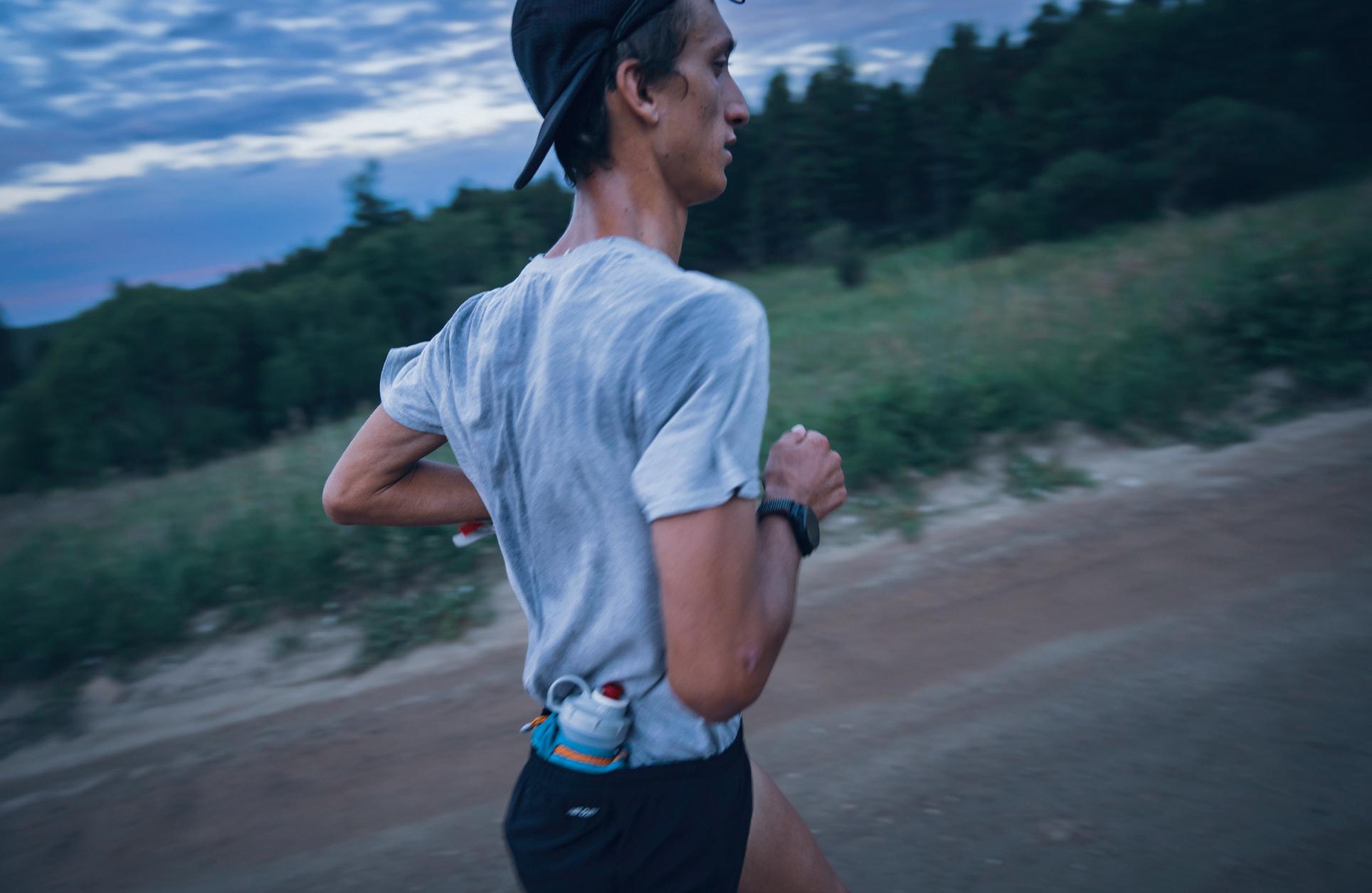
South Park via Kenosha Pass, on the old railroad that connected Denver to Fairplay, from where gold seekers would set off on foot or on horseback into the remote valleys of the Arkansas River. Now, it passes ghost towns and lonely ranches on a prairie that's big enough to make you think twice about crossing it. At Kenosha Pass, you come across the Colorado Trail, which stretches for 500 miles through the state's tallest mountains from South Denver to Durango. After that, the 285 heads down to Buena Vista, opening onto the Arkansas Valley and the Collegiate Peaks: Mount Yale, Princeton, Antero. Pyramids of rock over 4200m high, grey and immense, rising sharply from the valley's prairies. They are actually not much greater than many Italian mountains, but they are intimidating. The sky is grey with an impending storm, and nothing would encourage you to climb them.
I wonder how many of these peaks could be linked in 100 miles. Fred Vance posed this question to Jim Nolan in 1991. Vance had run his first 100-mile race, the Wasatch 100, the previous year, and Nolan had climbed all 54 of Colorado's highest peaks, the fourteeners, which are equivalent to the European” four-thousanders”—although, strictly speaking, 14,000 feet is 4,267 meters. In the 1990s, there was a hiking movement in the United States centered around these fourteeners, and the peakbaggers started recording informal records of their summit link-ups, which later became known as the fastest known times (FKTs). Some of these routes, like the New Hampshire 4000 Footers, the Adirondack 46 High Peaks, or the Colorado Fourteeners, gained national attention.
A few days later, Nolan answered Vance: fourteen. Nolan's route started from the Fish Hatchery Camp -
ground, followed the Leadville 100 trail, ascended Mount Massive, and ended at Mount Shavano, marking the southern end of the Sawatch Range, linking all the Collegiate Peaks in one push.
Soon after, Vance moved to California and put the project on hold until 1998 when he suggested to Blake Wood and Charlie Thorn that they should make the first attempt the next summer. The first self-organized Nolan’s 14 race took place between August 24 and 27, 1999. The rules were straightforward: no pacers or companions, the direction of travel would change each year, and there was a 60-hour cut-off. Also, those who didn’t finish were not considered to have withdrawn but were listed with the number of peaks they had climbed within 60 hours or until they quit. In that first year, nobody completed the full route.
The first editions of Nolan’s 14 were informal and unauthorized events,
148

so when the Forest Service Department found out about the race in 2003, Vance was forced to cancel it. Nolan’s 14 then fell into obscurity, and between 2004 and 2011, there were only a few solitary attempts. However, in 2012, Jared Campbell and Matt Hart returned to the course and completed it in 58 hours and 58 minutes, setting a new record for the fastest known time. Since then, Nolan’s has re-emerged in the annals of American ultrarunning and has become one of the most sought-after FKTs in the world.
From its establishment in 1999, Nolan’s 14 stats have been kept by Matt Mahoney on his personal blog, proudly in a retro HTML style – something of a paleo-computing relic for ultrarunning nerds. Nevertheless, Nolan’s 14’s original identity as a close-knit, community-focused event has been lost and has increasingly taken on the identity of a traditional FKT, also due to the gradual
growth of the website fastestknowntime.com. Mahoney's blog, like many others from the early 2000s ultra scene, has remained within a niche group of runners and hasn’t expanded, unlike the sport which has continued to grow. Perhaps Nolan’s is one of the few routes from that era of ultrarunning that has preserved the pioneering spirit of its origins. In contrast, events like Barkley, Hardrock, or Western States, despite their still intimate scale, have attracted more and more media attention. And as more European athletes move to the United States in recent years, partly because of the larger role American media plays in increasing the visibility of once-obscure events in Europe, Nolan’s and especially its story continue to be unknown to most. And when you gaze at these mountains from the bottom of the Arkansas Valley, you can see why: they are imposing and serve as a testament to the tectonic
forces that shaped them 70 million years ago.
We left South Park behind and headed south from Buena Vista, alongside the Collegiate Peaks until we reached Salida, then took US 50 toward Monarch Pass. Monarch Pass is located at an elevation of 3,448 meters, around the midpoint of the Continental Divide. The road was built in the 1930s to link Salida with Gunnison through a valley sprinkled with mines. At the top of the pass, there's a diner that's a tad too big and falling into disrepair; the building is quite ugly, but the view is the best in the United States, or so the restaurant wall claims; I myself can't deny it. Just before the pass, along the state highway, an old dirt road enters a sparse forest of Ponderosa Pines, ascending slightly to the Old Monarch Pass, the historical pass. There's a wooden sign at the pass that not only separates the San Isabel National Forest from the
149
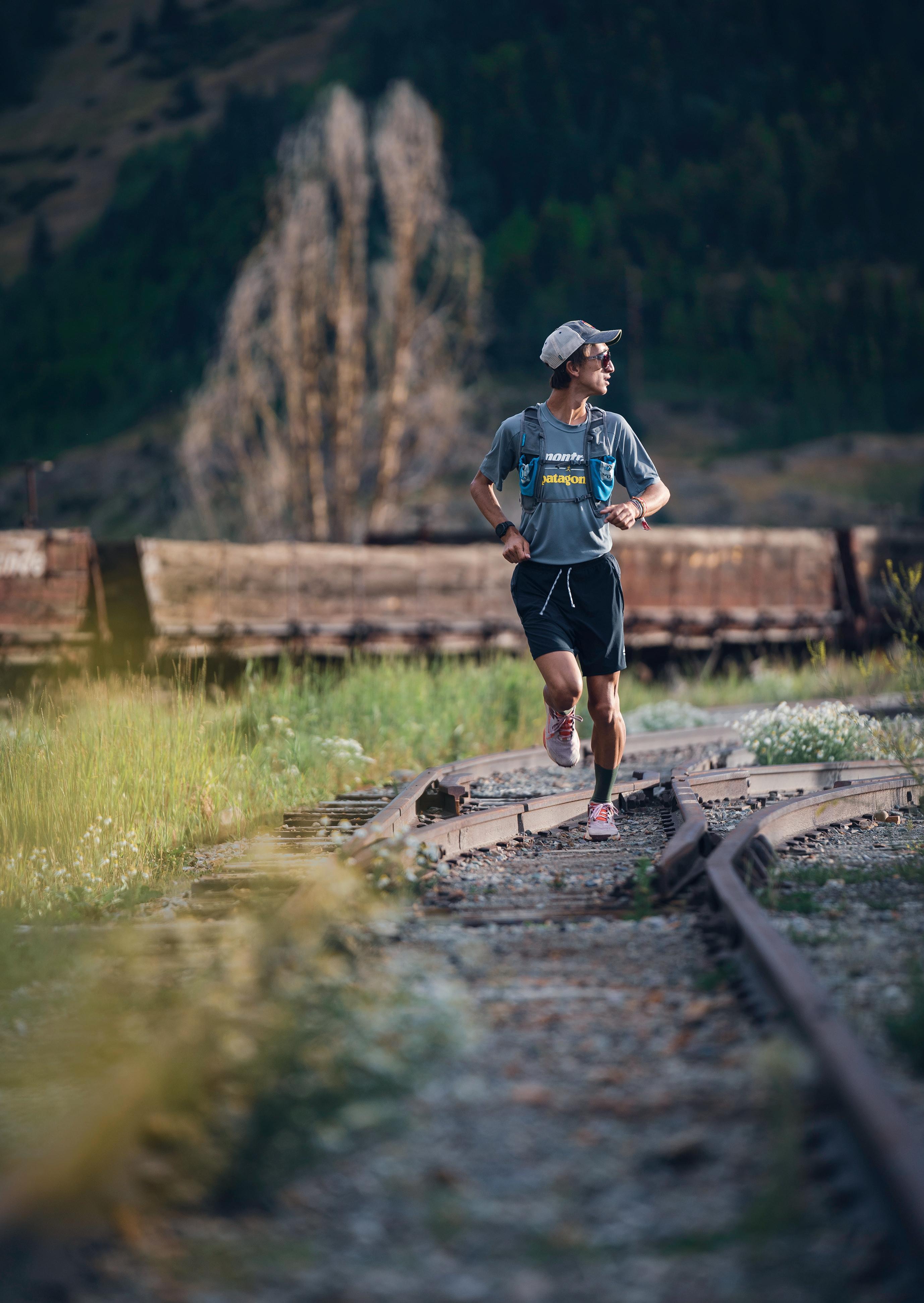
150
Gunnison National Forest but also, more sensationally, the Atlantic and Pacific watersheds.
We don’t really think about it. We're not used to the idea that the Brenner Pass separates the Mediterranean from the Black Sea, or that a raindrop falling in Austria will end up on the shores of Russia, while one falling just a few meters to the west will reach Morocco instead. But Americans tend to value such things so much they turn them into a source of local pride and a tourist attraction.
The Continental Divide, an imaginary line that splits the continent’s watersheds, is traced by the Continental Divide Trail, a 5,000-kilometer path that links the borders of Canada and Mexico. Along with the Appalachian Trail and the Pacific Crest Trail, the Continental Divide Trail is part of the Triple Crown of Hiking, a trio of epic American trails, and it's the longest and toughest of them all, as well as the least traveled. There's no real reason for its misfortune, other than its intimidating length. Nevertheless, the CDT becomes a constant presence in our journey through Colorado, reappearing unexpectedly, day after day, behind a bend or in the heart of night, hundreds of kilometers from where we last saw it: the trail's symbol on a white shield, hung occasionally on a tree trunk, reflecting the light of our headlamps.
Like the other roads crossing the Sawatch Range, the route to Monarch Pass was built in the 1930s to connect the various mining hubs of the region. Along the way, you may come across abandoned mines and crumbling buildings, witnesses of a lost world that haven't been replaced by anything else. It's hard to say what purpose these mountains serve today. Aside from the occasional ski resort and half-deserted trails, here, midway from everything, it seems that disuse has fulfilled the
dream of the most basic environmentalism. Nature appears to have reclaimed its space and, unlike the Alps, where depopulation has become synonymous with sloppy and uncontrolled abandon, here it feels as if the mountains have returned to an ancient calm, lost for a century amid the din of dynamite and railways. The Rocky Mountains today are much quieter than before, and crossing them on foot, especially for someone from the East, leaves one feeling vulnerable.
The trail linking Old Monarch to Monarch Pass cuts through a sparse forest of yellow pines where the light of the setting sun easily filters through. The surrounding peaks are windblown and from the east, a storm advances over the crests of Aetna and Taylor Mountain. To the west, the clouds and the earth create a narrow and deep fissure that seems like it could close at any moment. I am up high, where the air is thin and the valley below is low and fades into the horizon, bordered by a distant and bluish outline of mountains: that is the San Juan, on the state's edge, where we are headed. The last mountains of the West, before the desert.
How far is purgatory from Silverton, Colorado? It's one of the top search results when you look up the town on Google. Unfortunately, Purgatory is just the name of a resort halfway to Durango, but I'm left wondering: if this isn't purgatory, it can't be far off.
There are two roads leading to Silverton: one from the north, the Million Dollar Highway, undoubtedly the most grandiosely named road I've ever heard of; and a more accessible one from the south that leads to Durango, and then on to the desert. In local souvenir shops, alongside Bigfoot magnets, it's common to find merchandise proclaiming, "I Survived the Million Dollar Highway." The road itself isn’t heroic,
it's actually quite wide and barely climbs, but they believe in it deeply, and it's nice to let them have that. Needless to say, it too owes its existence to mining, especially to the Red Mountain Mining District, one of the most significant mining sites in the San Juan Triangle and the most enjoyable to visit. It should be noted that after fifteen hours of prairies, ranches, and mountains, it's hard to be surprised by another abandoned shack, but coming from Denver, each mile heading west feels increasingly more 'wild west,' and being the turning point of our trip, this is the climax.
When it snows, which is often, the Million Dollar Highway is shut, leaving Durango as the only route into town. Over a beer at Big Mountain in Chamonix, Bryon Powell once told me about a time a few years ago when a landslide blocked a tunnel exit on this road for the whole winter, leaving the town cut off until spring. In places like Silverton, people have different priorities, and those from lower elevations, or “flatlanders” as the locals call them, have little time to adapt.
A year after that conversation, I find myself on the porch of Bryon's house on Reese Street. He's in Alaska, but Meghan is there. Meghan Hicks, the editor-in-chief of iRunFar, is not only a formidable ultrarunner but also a board member of the Hardrock 100 Endurance Run. She and Bryon moved to Silverton in 2019 and now spend a good part of the year here. Between them, Meghan and Bryon have earned eight Hardrock 100 buckles, which they keep, much to my disappointment, at their cabin in Utah.
Their Silverton home is from 1985, painted in blue with red window frames and white cornices. It features a porch complete with a pair of rocking chairs and a pile of firewood for the fireplace. The front faces northwest, towards the hill of the
151

Christ of the Mines Shrine, offering a panoramic view of the town.
"Up there at the start of the hill," Meghan shares, "are public lands that are forever protected from development. In America, we have different levels of land protection. Some public lands can be used for oil drilling and cattle grazing, while others are completely off-limits, not even for trail maintenance."
Silverton sits where the valley widens and levels out, enclosed by high gray mountains. The trees here look like they struggle for chlorophyll, and everything seems a bit dull, except for the occasional purple wildflower and the rust-colored streams.
The town makes 600 residents and stretches across four main streets, with only one fully paved. Greene Street is home to a handful of businesses: the local craft brewery, the souvenir shop, the trendy café, and
so on. However, it's the second line of homes that really captivates – not that the main street is overly polished, there's no heritage superintendence here, it’s not prepackaged; it's authentic, unchanged over time - but the second row, with its delicate homes, flags on the porches, and snowmobiles in the yards, tells a story of a community that, although it welcomes tourists, has kept true to its roots. These aren't just holiday homes; people really live here.
To get a feel for Silverton, its past, and how ultrarunning became big here, the story of Kendall Mountain Ski Area says a lot. It's the only ski spot in town, just a short walk past the river from Main Street. Built in 1963 by the Grand Imperial Hotel, it kept winter tourism alive in Silverton for decades. However, in the 1980s and 1990s, it was shut down due to missing permits and when it reopened, the town was left with an outdated ski lift that could only
carry a few people at a time. For years, Kendall Mountain advertised itself as "The cheapest ski area in the West," appealing to families and casual skiers. Then in 2017, an investment group that owned Purgatory and other regional resorts considered expanding and updating Kendall Mountain. The idea seemed good at first but met resistance from locals concerned about the impact of expansion. In 2022, the Silverton town council told the Durango Herald: "We're looking at expansion options with our citizens' best interests at heart. Our goal is to improve life for all Silverton residents, not to turn the town into just another spot for second homes or investment opportunities. We don't want a big resort or the kind of large-scale property development that changes the place's character." 2
This approach to land and slow growth has caught on in other Colorado mountain towns like Ouray
152
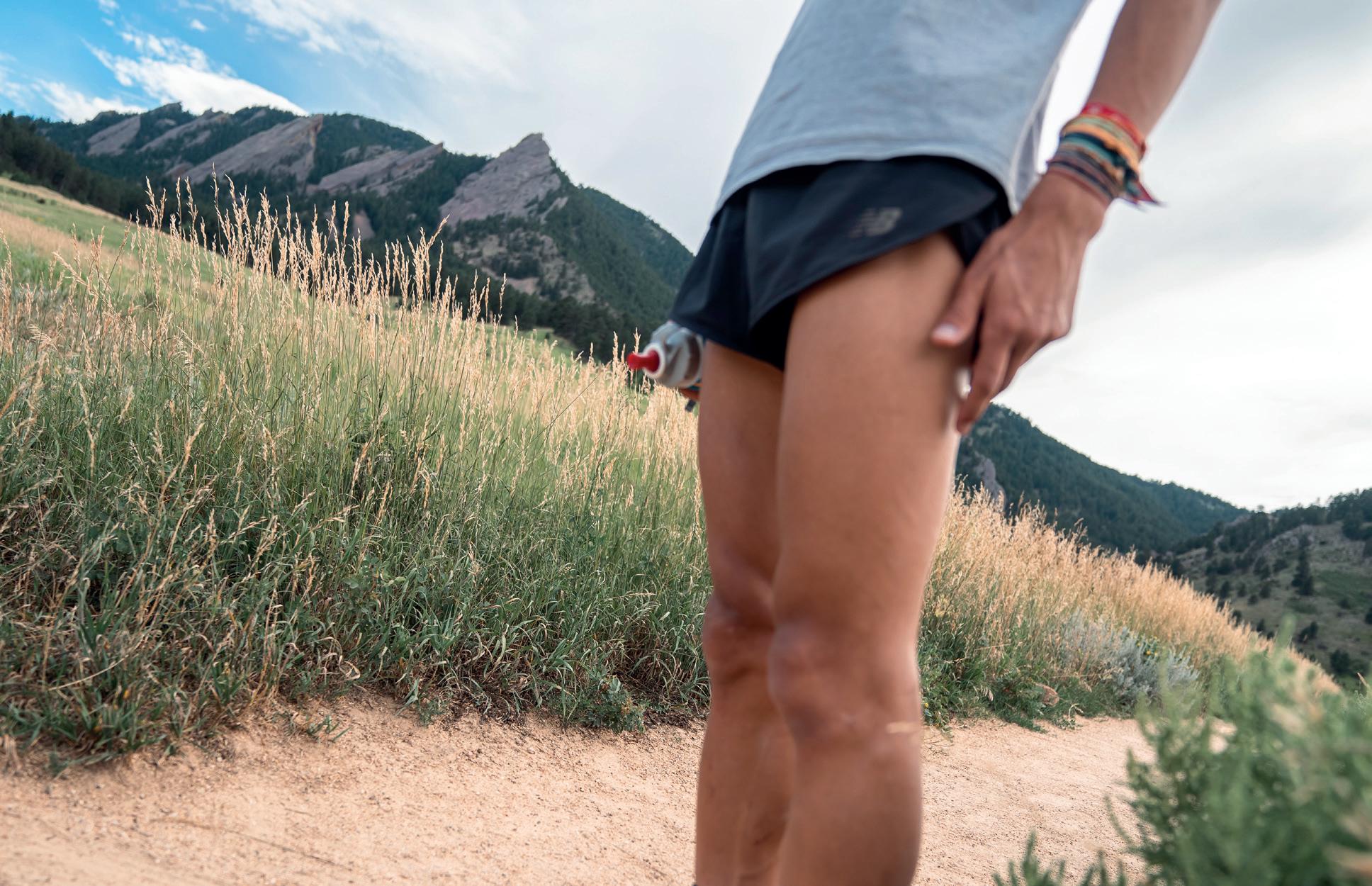
and Leadville, but not everywhere. Colorado is home to some of the wealthiest ski resorts in the country, like Aspen, Vail, Copper Mountain, Glenwood Springs, Winter Park, Steamboat Springs and Telluride, but also to places like Silverton that have taken a different path. Two development models have emerged here: one follows traditional alpine tourism, and the other seeks alternative sports and development paths. This wasn’t sparked by environmental movements or trends, but by locals themselves back in the 80s and 90s, long before "alternative tourism" was even a concept. Towns like Silverton became hotspots for sports like freeride, snowboarding, and mountain biking. And this last one, while started in California, really took off in the mountains around Silverton. It’s no coincidence that Specialized, a major bike brand, named one of their off-road models "Hardrock" after the area.
Yet, Silverton is also known for less environmentally friendly activities like off-roading and quad biking, which are major local businesses. But putting that aside, it is thanks to the alternative development model and a way of thinking that deviates from the norm in tourist development that in 1993, one of the most important ultrarunning races in the world was born, the very reason we have traveled so many kilometers to get here.
"Hardrock is a 100-mile foot race held annually in the San Juan Range, a mountain range in the southwestern corner of Colorado. Started thirty years ago by a group of locals, it was meant to connect the mining history of three areas and the four towns of the San Juan Triangle: Silverton, Lake City, Ouray, and Telluride. So, they took a map and connected these places with mining trails in a loop that made sense.
“The race is limited to 140 runners, a deliberate choice to keep things small due to public land regulations that limit the size of events, but also to preserve a sense of community. The organizers insist on a personal touch, knowing each runner and encouraging them to come back not only to compete but to help out or pace another runner.
“Every race has its purpose, and for Hardrock, it's the people: aiming to build a community that returns each year to keep Hardrock 100’s legacy alive.” 3
In Silverton, there's a collective understanding that rapid booms are often short-lived. Here, pride translates into hospitality, and that's reflected in the race: a limited-entry event with high standards, but with a welcoming, local feel. Big names in American ultrarunning today, like Dylan Bowman of Freetrail and Finn Melanson of the Singletrack
153
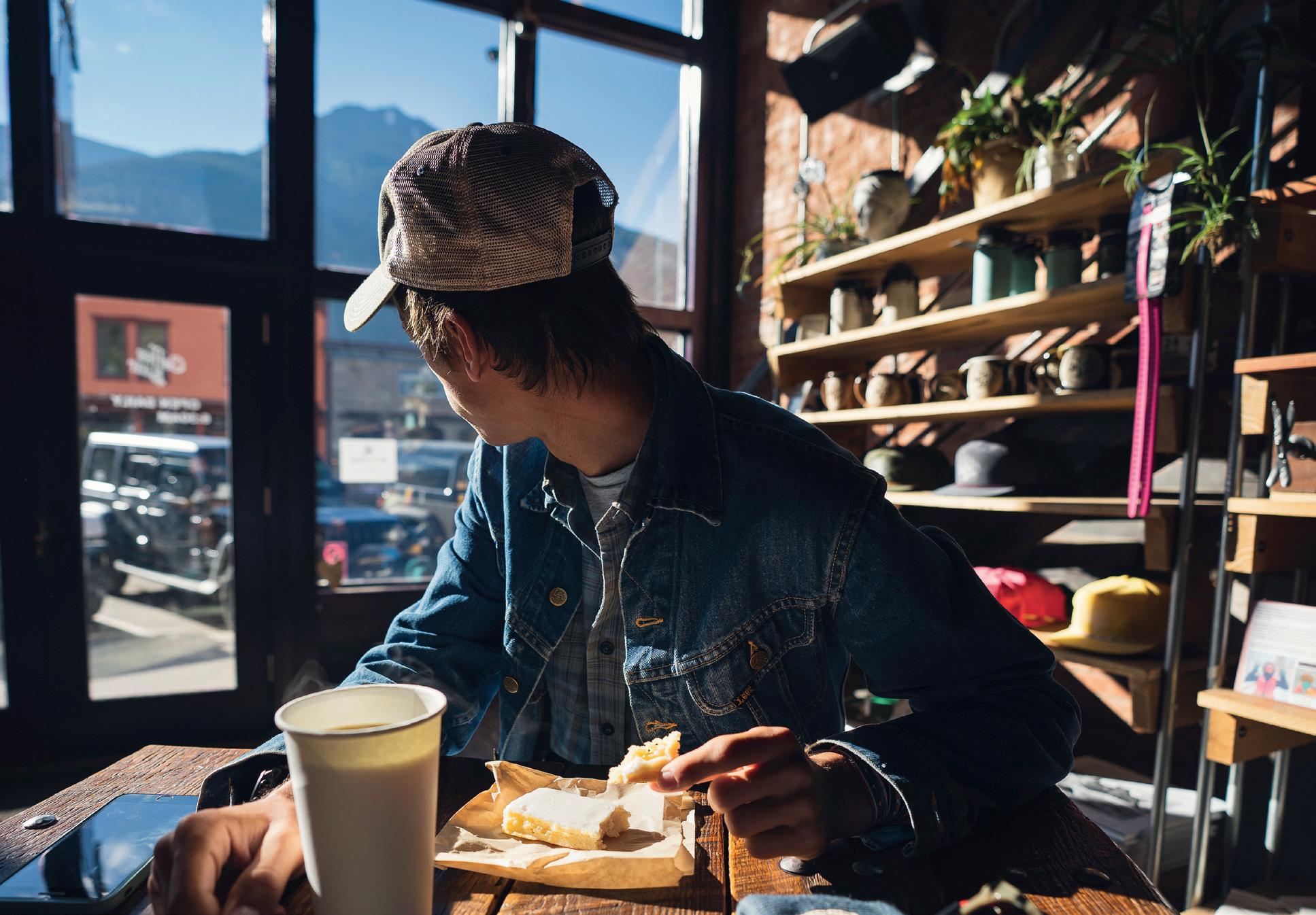
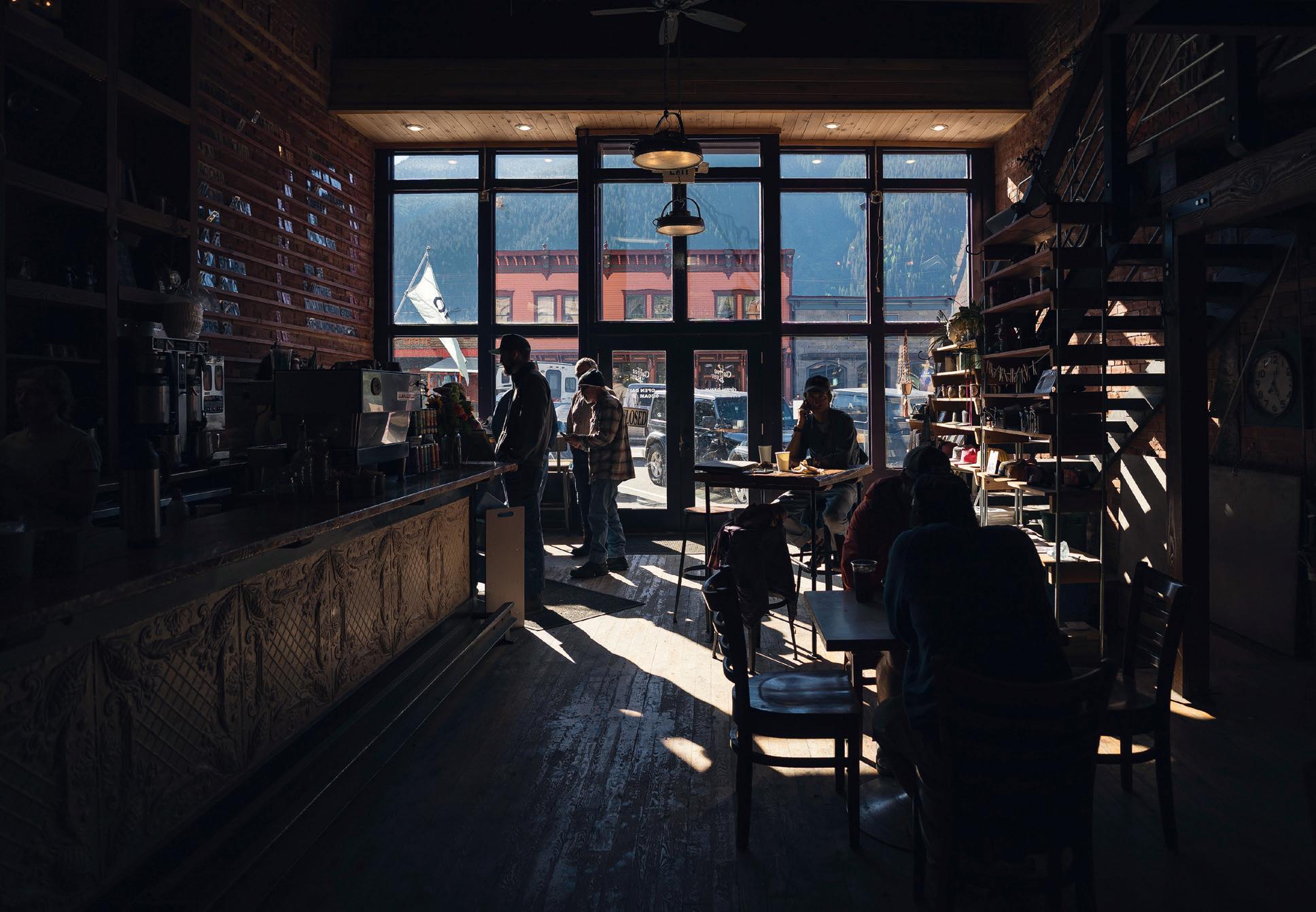
154
Podcast, dream of a major, international, and professional event in the U.S. like the big European events. But seeing a place like this one realizes that that dream will never come true: American ultrarunning, despite its increasing professionalism, isn't about scale or selling out. It's about a community spirit that transcends Silverton and the Rockies, resisting the flashy, commercialized sports scene often seen in Europe. Hardrock 100 Endurance Run and the work done by its organizers over the years is a demonstration of how the outsized growth of the sport can be tempered with disinterest. Disinterest in its growth, disinterest in its mythmaking, disinterest in its visibility. The reason Hardrock has become the race it is today lies in its organic, natural development, not in attention-seeking or even participation. If you're meant to be in Silverton, you'll find your way here, and if not, perhaps it wasn't meant to be.
The race's presence is felt throughout Silverton: from photos in eateries and along the main street, in a public park, where the iconic rock that athletes kiss at the finish line is kept, and which, during the year, is placed near Greene Street, only to be moved a little further away on race days, in front of the school, to the finish line. Bryon and Meghan live a hundred meters from the starting line. Signs of the race can be also found in Kendall Mountain, just out of town, to its original home at Kendall Mountain where the first edition started and where the old Hardrock, used until 2011, is preserved today, stored under a canopy about ten yards from the chairlift. The advent of ultrarunning has shaped the community around the city, and in turn, the city has shaped the identity of the sport.
We got a taste of the Wild West in Ouray, slapped right on our windshield. The local police station a little further on, shares a roof with the
public library. The three officers inside look tough, wearing bulletproof vests even while at their computers.
"Is parking in front of hydrants a thing in Italy?"
"We bury our hydrants in Italy, you yokel. Get out of your bubble, jeez." No luck getting out of the fine; we had to head to the courthouse to pay it off. It’s a quaint, three-story wooden structure, complete with a clock tower. It serves also as the sheriff’s office, and to get in we have to pass our belongings through the metal detector. The sheriff, or whoever the guy with the star pinned to his chest is, seemed more cheerful than his colleagues at the library. The inside vibe was surprisingly reminiscent of an Italian post office. Greeting us at the entrance was a life-size cutout of John Wayne as Rooster Cogburn. A cardboard John Wayne. In a courthouse.
"What were you saying about the western?" I muttered.
In this part of the West, it seems cash is king for any legal entanglements, and card payments are a rare sight. The courthouse clerk, heavy with child, let us in on a little secret – public services in Colorado are decades behind, which, strangely, made us feel a bit better about our own foreign confusion.
On the road, like nomads with no particular place to call home and wallets too thin for a motel, we spend the nights in the trunk of our car. It’s a huge GMC Terrain, but still a dwarf compared to the mammoth machines cruising the highways here. In Colorado and across the States, you’re not allowed to sleep in your car except in designated spots called campgrounds. These are often free-for-all, unpatrolled parking spots where it's first-come, first-served. Some folks even make a vacation out of it. Hence, come mid-August, you’ll see the highways
dotted with oversized pickups hauling equally oversized trailers. To the understated European traveler, it's a display of American excess –but here, camping is not just a patch of grass and a tent; it’s miles apart and fully equipped. People bring everything with them, and the great outdoors is a big deal. It’s not just about running ultramarathons or climbing mountains; sometimes it’s as simple as baking a pizza under the open sky, which explains the portable wood-fired ovens in many pickup beds. In short, while in Europe the concept of the outdoors has an almost purely sporting meaning, in the United States it is more of a lifestyle, limited in most cases to a specific time of year, the vacations.
After the centuries-long trauma of the conquest of the West, it seems Americans have decided that travel should come without surprises – at least within their own borders. They’ve crafted a country where you can have the same burger, sleep in the same type of bed, and wake up to the same piece of pie every single day, no matter how far you’ve driven. The only thing allowed to change, in short, is the scenery outside the window. It may seem dull to us, but to anyone who’s been to the States, this predictability is also strangely comforting. This quest for consistency permeates American life: every Walmart has the same inventory, every baseball team sports the same cap, and every town has its chain restaurants. There are local ones too, but if you don’t feel like risking, if you get the feeling that pizza place has cockroaches, there's always a Starbucks or a cafe around the corner. This love for the familiar even extends to the campgrounds – sure, sleeping under the stars is grand, but knowing you can whip up a homemade pizza in the middle of nowhere is not to be underestimated.
This has its upsides: many Ameri-
155

cans spend their holidays camping, and even their weekends too. In just 2021, it's believed that 50 million Americans took their vacations in a tent or camper, and the trend is rising. 4 This love of the great outdoors also shapes how they enjoy mountain sports; it's become less about performance and more lifestyle. This holds true for climbing, mountain biking, freeriding, and ultrarunning. Sure, it's a generalization, but it fits the picture. Even as these activities are hitting new highs in professionalism—sometimes even higher than in Europe—they still keep a laid-back vibe. Of course, in cities like Boulder, this laidback vibe might be a bit overdone, but step away from the Front Range, and it's all about community living. In places like Silverton, you can be yourself, not just another face in the crowd, in a community that's still small enough to be personal.
So much has this outdoorsy civili-
zation imposed its status symbols in cities like Bend, Flagstaff, and Asheville, that they too have begun to take notice. Homo outdoorsy has become a bit of a self-parody, and you'll find them all over Instagram: Every person who wears Rope Hats, Every person who goes Bikepacking, Every person with a Lightweight puffy jacket, Every Person at a Folk Concert, Every Person who climbs Colorado 14ers, Every person who moves to San Francisco, and my personal favorite, Your new roommate at Colorado University in Boulder (@mattslyon).
Maybe it's because is cut off, enclosed by mountains that are more rugged than picturesque, and a long way from any international airport. Or maybe it's because it's stark and sits at a breath-stealing altitude: gentrification is slowly coming here too, property prices are rising, and even a beer at Avalanche costs too much. But living 3000 meters up is
always going to put some people off, and places like Silverton will always be just within reach for a weekend getaway but just too remote for most to call home. No matter how trendy its cafes may be, the winters here are still too cold for your average Californian.
Over on the Front Range, summer had settled in, and the Great Plains were sun-soaked; but here in the west, on the mountains, the birches on the Boulevard were only just sprouting leaves. The night had brought rain, leaving a chill and a stillness in the air. To keep dry, he'd set up his sleeping bag under a tool shed with a wavy fiberglass roof. He read a few pages of Infinite Jest, listening to the rain's tap dance on the roof above his makeshift bed. Then he went to sleep.
The next morning, Harrison Street was quiet, and the Victorian buildings with their fresh paint, white
156
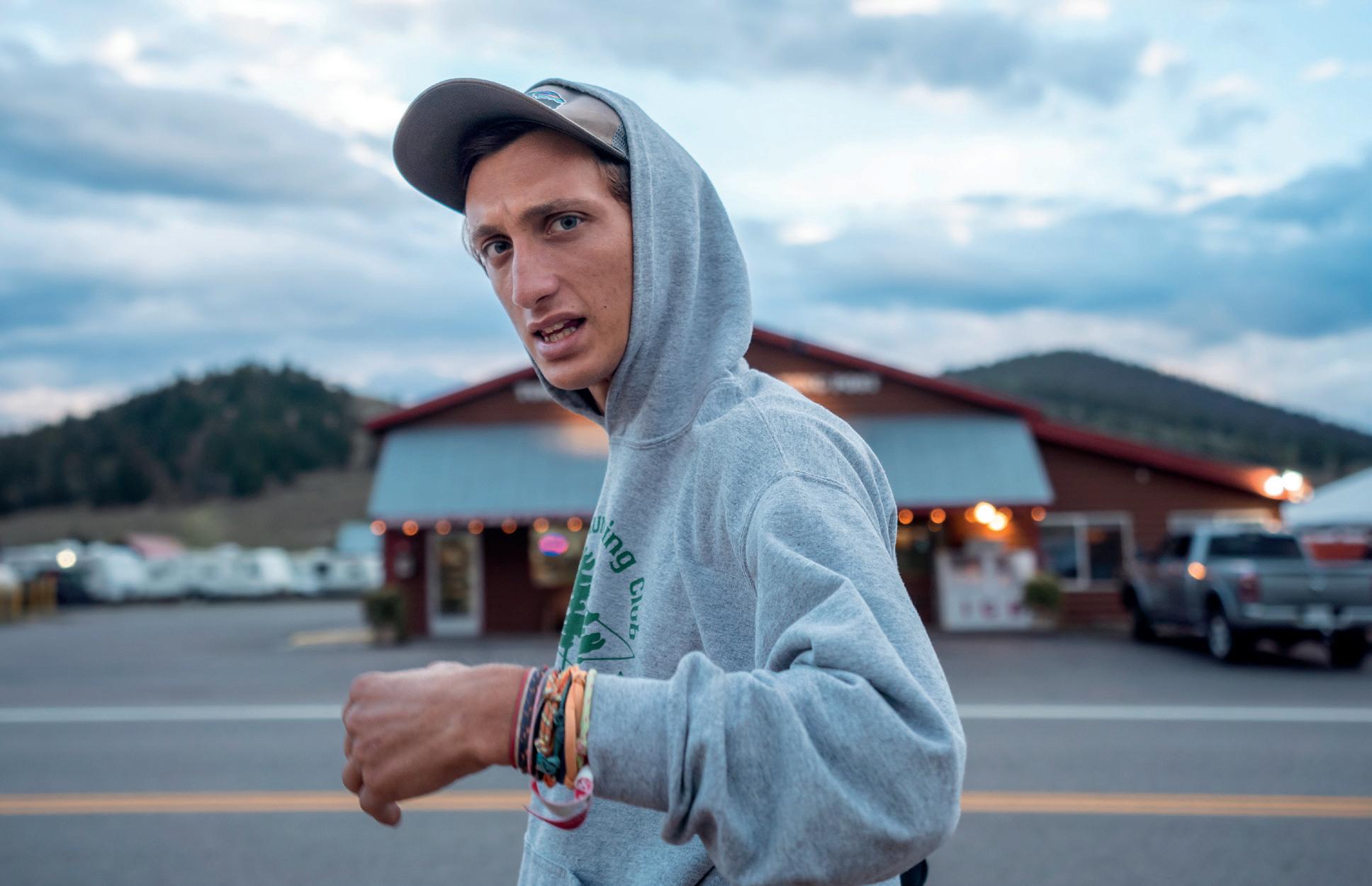
woodwork, and big windows. At 508 Harrison, there was a two-story green house with a sign reading City on a Hill. It looked like the perfect spot to duck into on a crisp early summer morning for a slice of cherry pie and the only good coffee from there to Salida.
He stepped in and took a seat at the counter overlooking the street. He laid his book down and placed his backpack by his stool. He pulled off his hood, rubbed some warmth into his arms, then walked over to the counter. He asked the lady with white hair for a breakfast burrito and a coffee. In the corner, hidden behind the Herald Democrat, a man in his sixties peered over the paper at the others in the cafe. He was wearing two shirts one on top of the other, a mesh cap and a pair of Levi's. He lingered there, elbow on the table, his gaze halfway between the page and the diner. The lady behind the counter handed over a mug and
gestured to where he could get his coffee. He'd been in Leadville for a solid five weeks.
At midday he laced up his shoes and headed west. The sun was high and the breeze had kicked up again. It was a mix of cool and warm, and the near Mount Massive was topped with a dusting of overnight snow. He followed the Boulevard to the railroad, crossed the Arkansas River, and then strode into the open prairie. If the wind was east, the highway's hum could be heard, but now it came from the southwest, carrying only the sounds of wild horses and and the fading memory of bison.
He reached the mountain's peak by afternoon, the wind was still blowing but the snow had gone. He paused to take in the view of the valley below before heading down a wild, rocky gully. He descended to the line of trees and continued
down through a birch wood to the trail and back into town. The next two nights he camped at the Matchless Campground. By the last evening, the place was bustling. He set his watch alarm for 2:30 am and went to sleep.
The next morning, he made his way back to town driving up County road and parked at the high school. The town was still quiet, shrouded in the pre-dawn darkness. Slowly, runners in shorts gathered at the intersection of Harrison and la Sesta. Right past the start line, a local had started a sidewalk fire outside his house and was rocking in his chair under a blanket, cup of hot coffee in hand. To warm up, the runner grabbed a coffee from the Mexican ice cream shop on Harrison, then sat on the sidewalk to wait for the race to start.
With the crack of a rifle, the race was on. The first mile dipped down
157
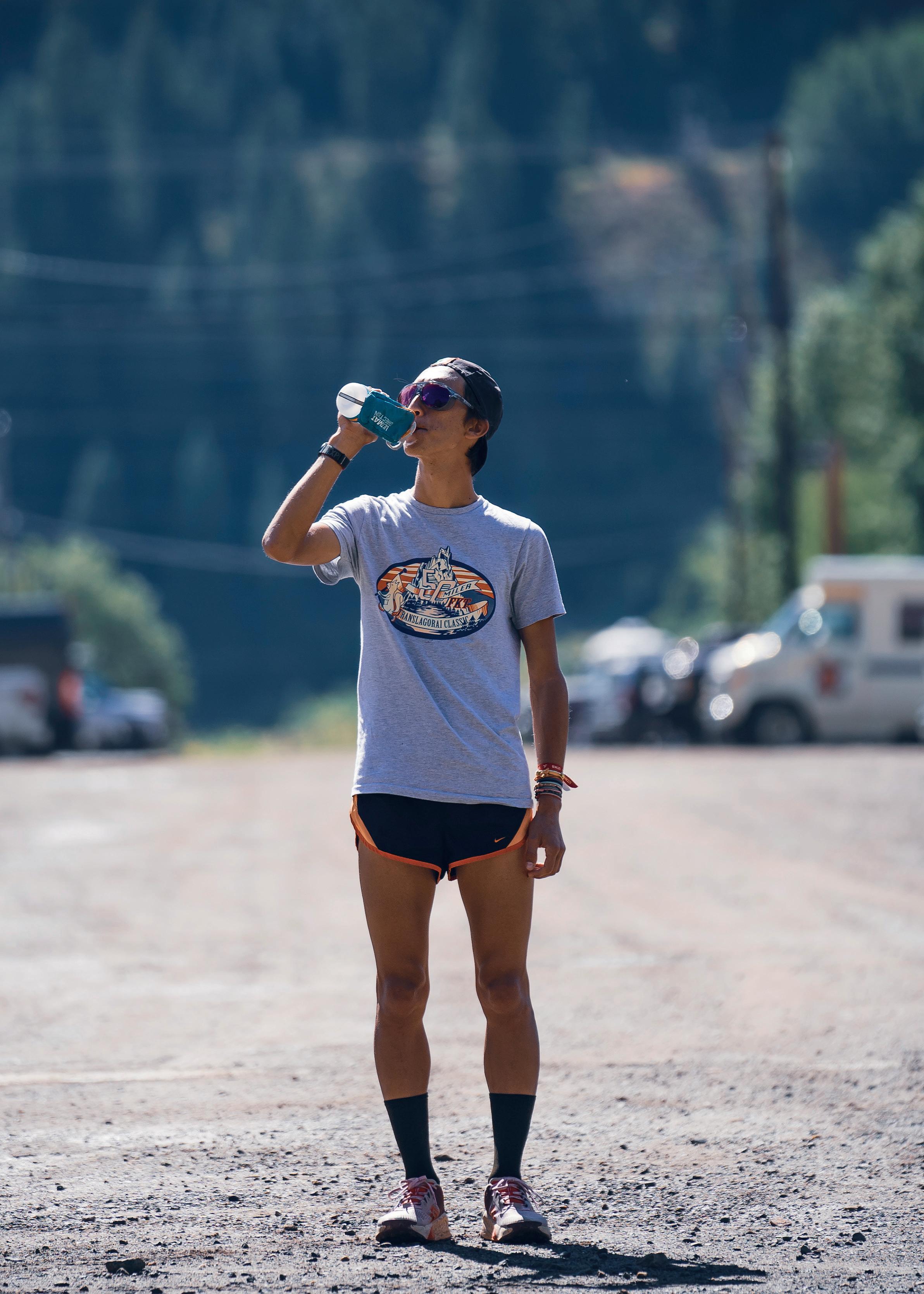
158

Sixth Street heading west, then onto the Boulevard. It was a gravel path winding through a dark pine forest, the only light coming from the headlamps that stretched all the way to Turquoise Lake. He ran by the lake, a line of lights reflecting off the water. Dawn was beginning to light up the woods, and he kept climbing to the pass following the trail. He reached the top as the sun's rays began to penetrate the pine needles against the light, dyeing Mount Elbert's summit red and leaving the prairie below in shadow.
He ran under the power lines towards Fish Hatchery, then onto the dusty Hunt Gulch road. The aid station was a simple setup in a fen-
ced meadow, the horizon obscured by a dust cloud stirred by cars, with mountain peaks peeking through. The plain stretched out, bathed in a gentle light, the dampness from the river lending a mystical feel to the surroundings.
Through the green, dewy forest and beside a stream, he followed the trail as it rose above the treeline and into a grassy bowl surrounded by the rugged peaks of the Sawatch Range. At Hope Pass, the wind whipped around him, but Arkansas Valley behind was now drenched in midday sun, with the turquoise Twin Lakes slicing through the yellow, parched prairie. He descended, reached the top early, descended the
other side and made his way back. He now had forty miles left to go, and at that moment it did not seem that long to him.
As the sun sank, it set the Mosquito Peaks on fire with color across the prairie from Leadville. The fields turned a deep red, the forests a golden yellow, and the mountains a fiery orange, as if the whole landscape had shifted hues. His beard and hair were dusty and the sunset air had begun to dry his sweat. He ran with his face tanned by the sun, against the red wind from the west. And then, night fell.
To be continued...
159
LAST WORD
BY DAVIDE FIORASO PHOTO JORDAN MANOUKIAN
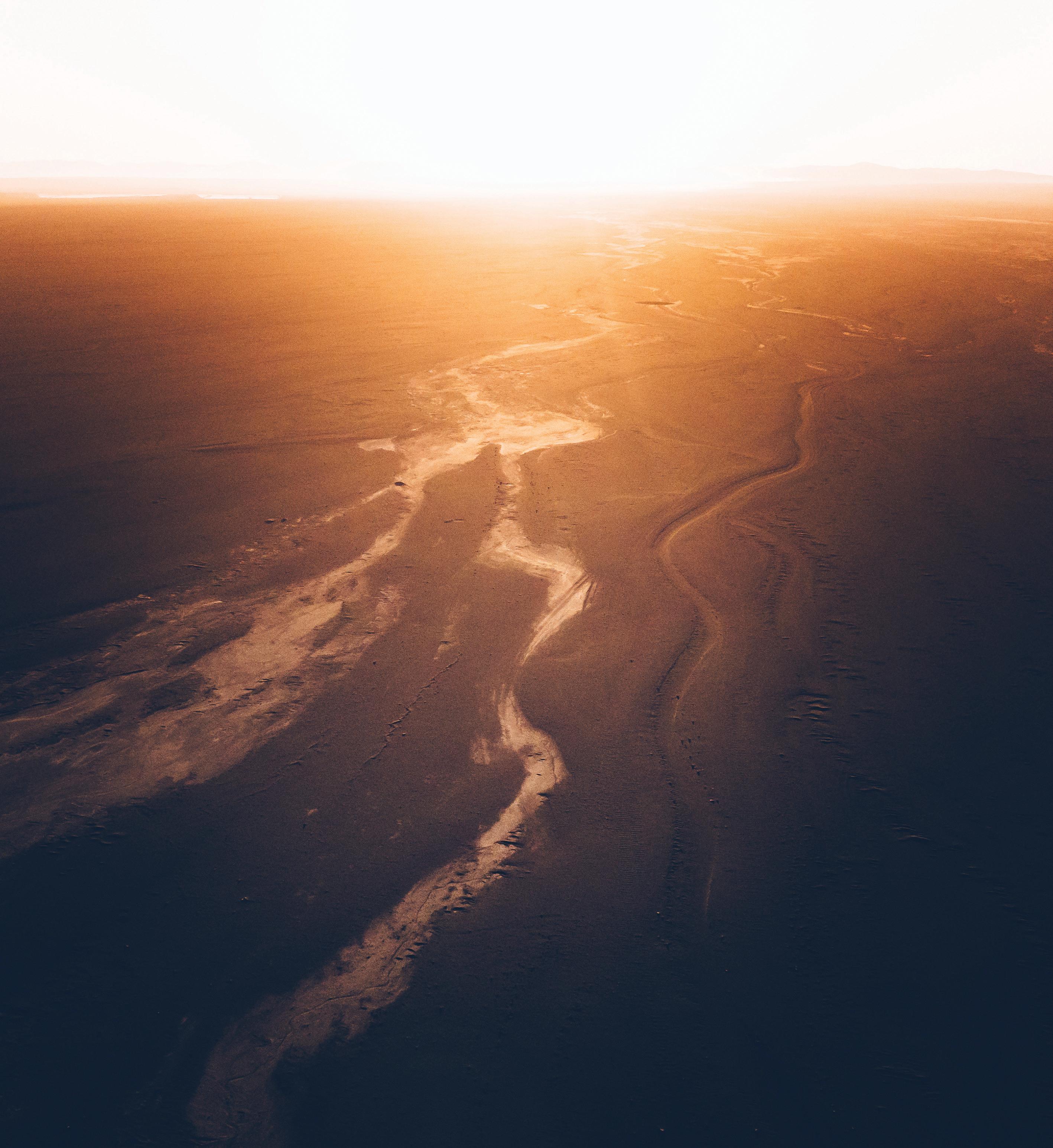
We have a key for the gate. We have a key for the front door and one for the front door. We have a key for the garage, a key for the car and even a key for the bicycle. There is a key to the office and a badge for entry. There is a pin, a puk, a security code, an ID and a password for everything. In
this world we have more things to keep us out than things to let us in. The internet is a technology created to reduce distances, and yet, we are increasingly alone and distant. But then the question is: have we closed ourselves in or has the whole world closed us out?
160








72. SOCI PATROCINI MEMBER OF MAIN SPONSOR Iniziativa realizzata con il contributo e il patrocinio della Direzione generale Cinema e audiovisivo - Ministero della Cultura
TRENTO 26 APRILE - 5 MAGGIO 2024
Artwork by Clorophilla Studio
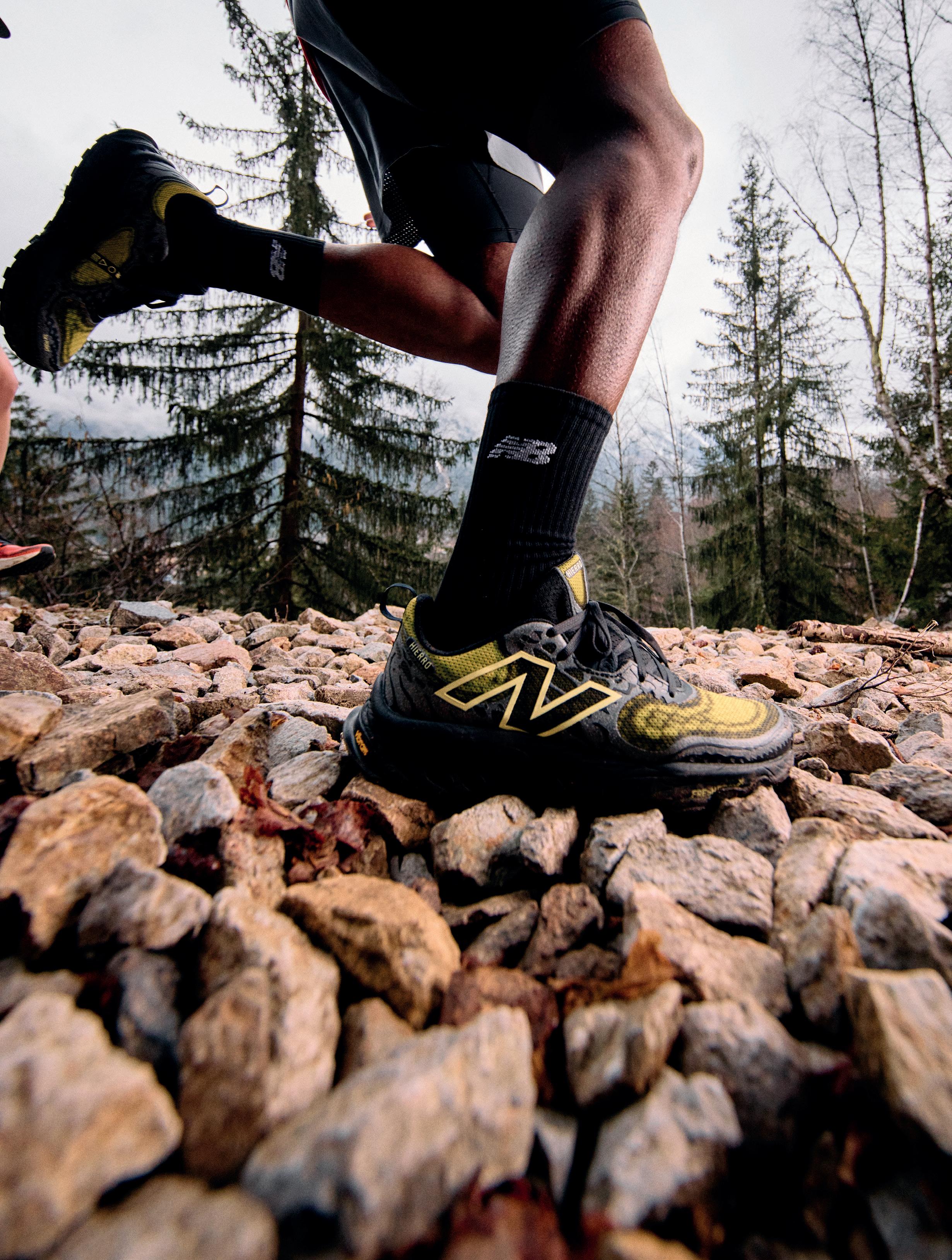 Fresh Foam X Hierro v8
Fresh Foam X Hierro v8


 BY DAVIDE FIORASO PHOTO JORDAN MANOUKIAN
BY DAVIDE FIORASO PHOTO JORDAN MANOUKIAN




 THE SALEWA TREKKING COLLECTION IS ENGINEERED IN THE DOLOMITES, CRAFTED FROM NATURAL FIBERS, AT HOME IN NATURE. ANYTIME, ANYWHERE.
THE SALEWA TREKKING COLLECTION IS ENGINEERED IN THE DOLOMITES, CRAFTED FROM NATURAL FIBERS, AT HOME IN NATURE. ANYTIME, ANYWHERE.






 GRANDES JORASSESPRIMA INVERNALE Parete NordDirettissima alla punta Walker Charles Dubouloz, Symon Welfringer, Clovis Paulin
GRANDES JORASSESPRIMA INVERNALE Parete NordDirettissima alla punta Walker Charles Dubouloz, Symon Welfringer, Clovis Paulin


























































 BY ANDREA PASSERINI
BY ANDREA PASSERINI





 BY ELENA BENASSI
BY ELENA BENASSI

































































 BY CHIARA GUGLIELMINA
BY CHIARA GUGLIELMINA

































































 Fresh Foam X Hierro v8
Fresh Foam X Hierro v8